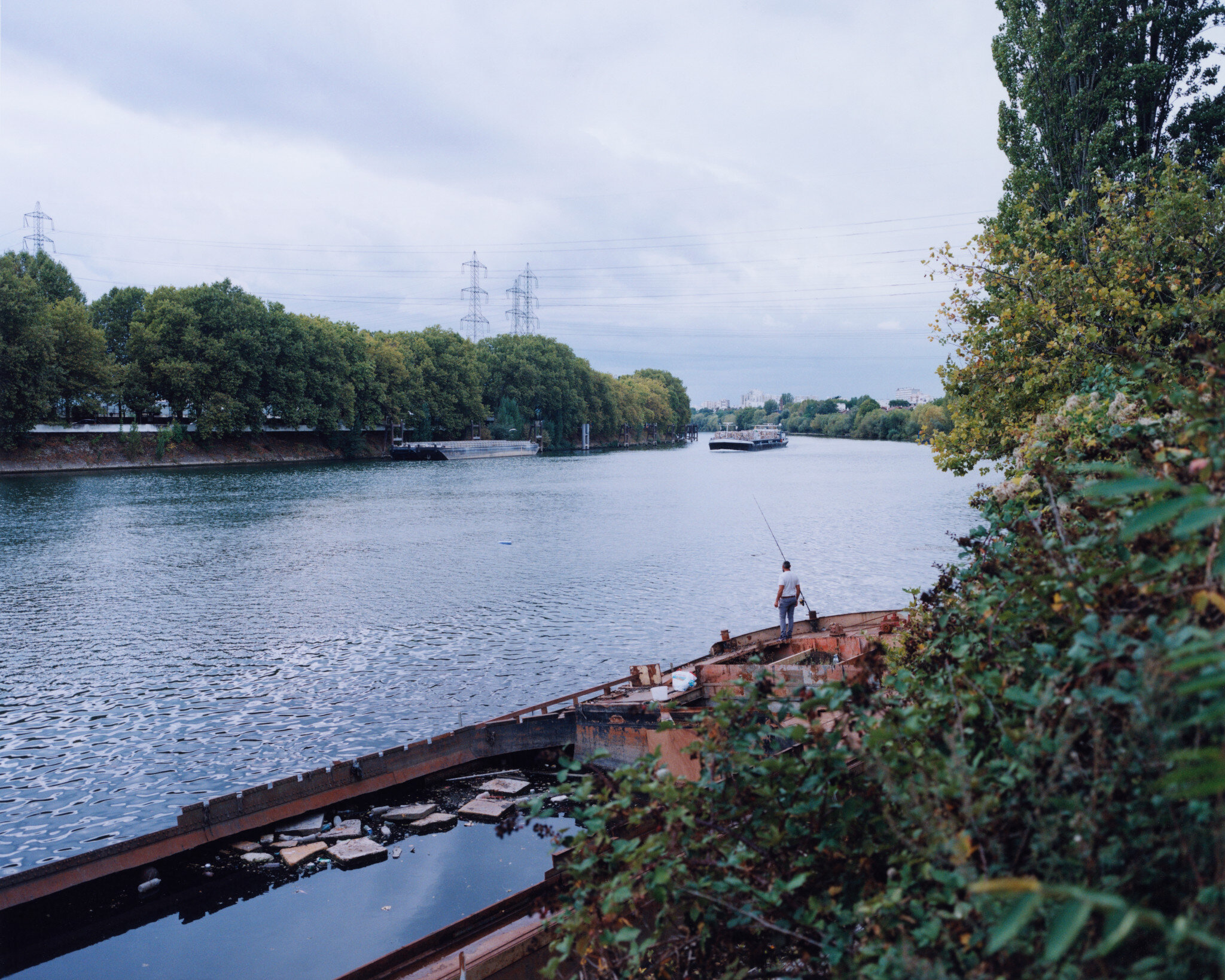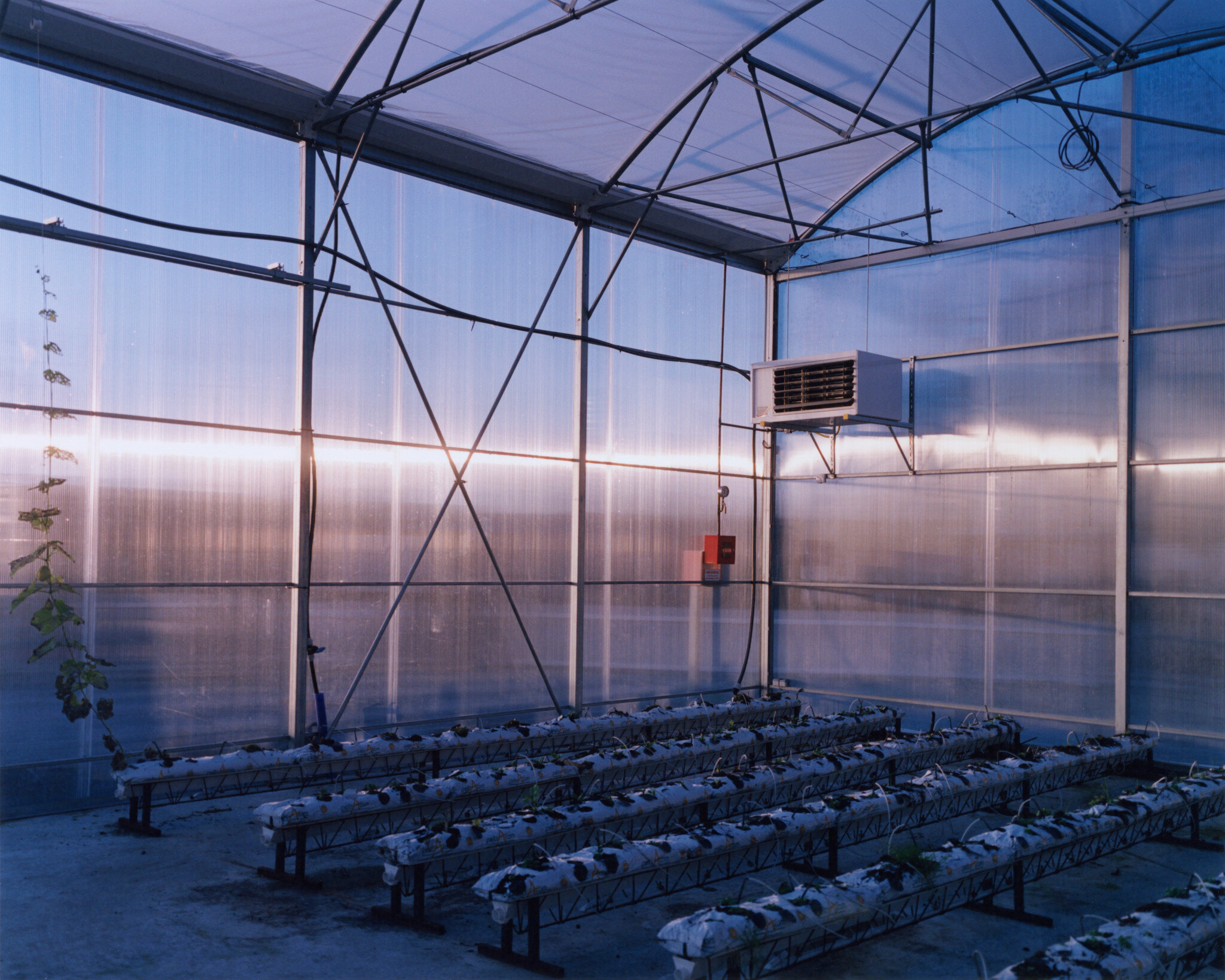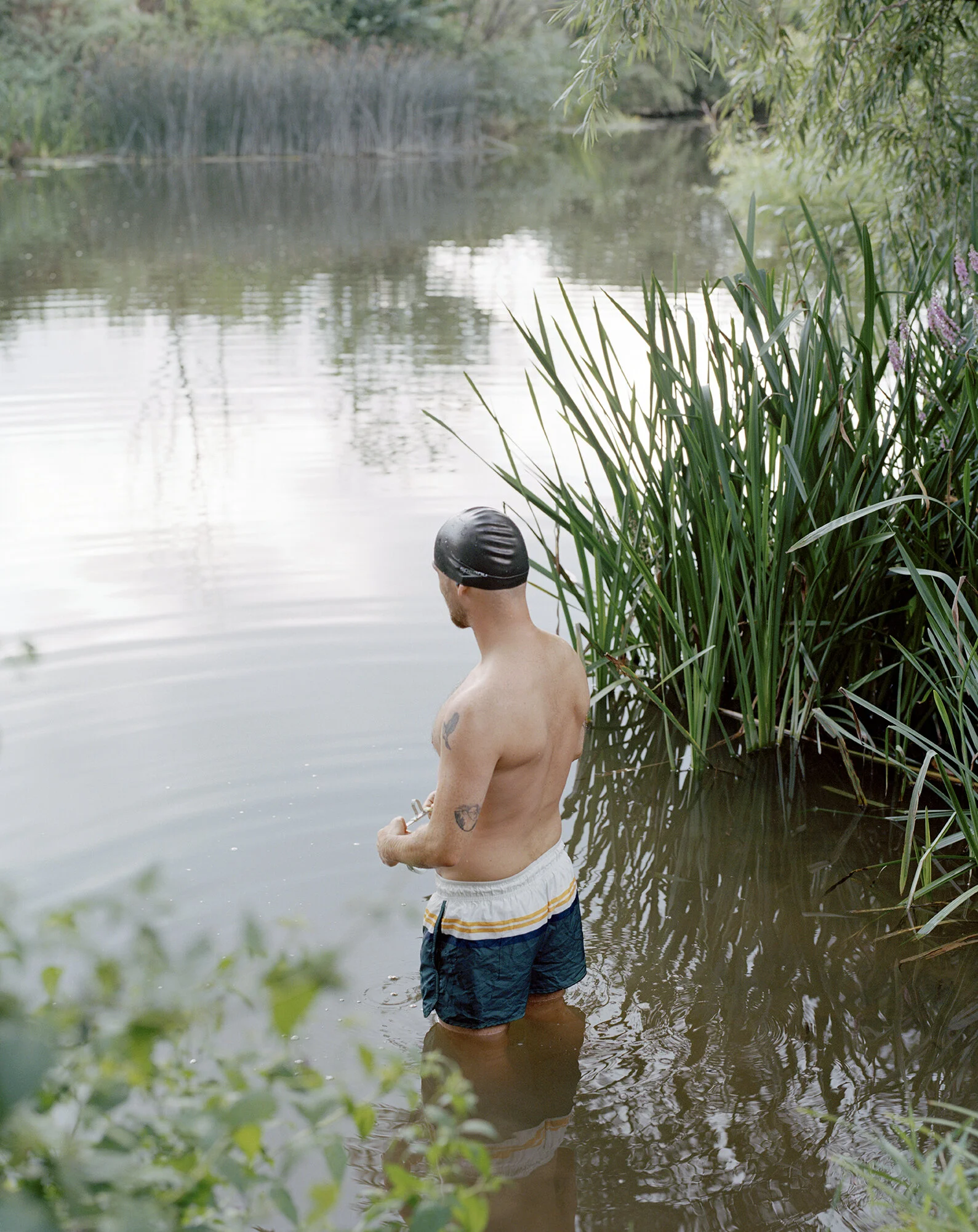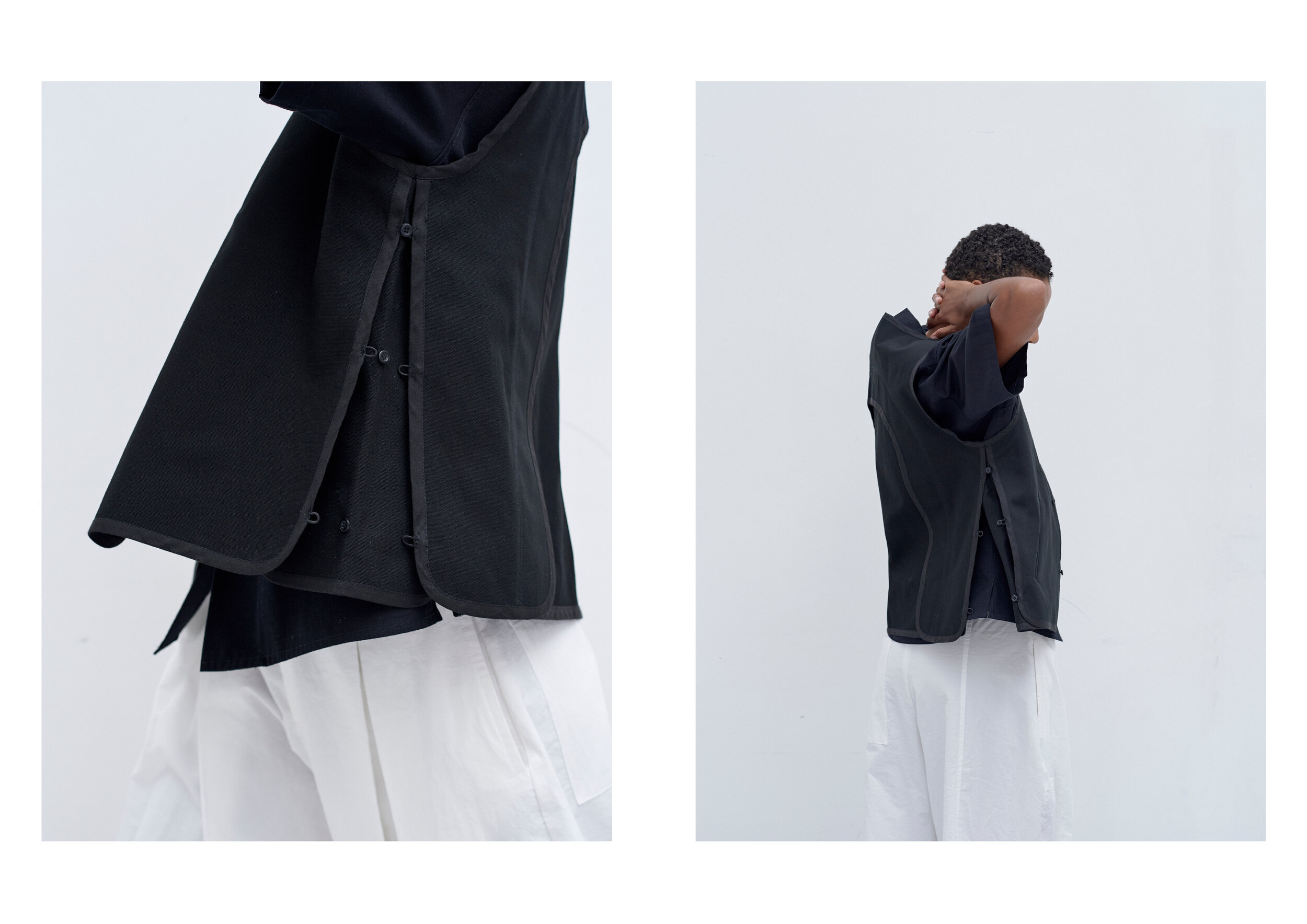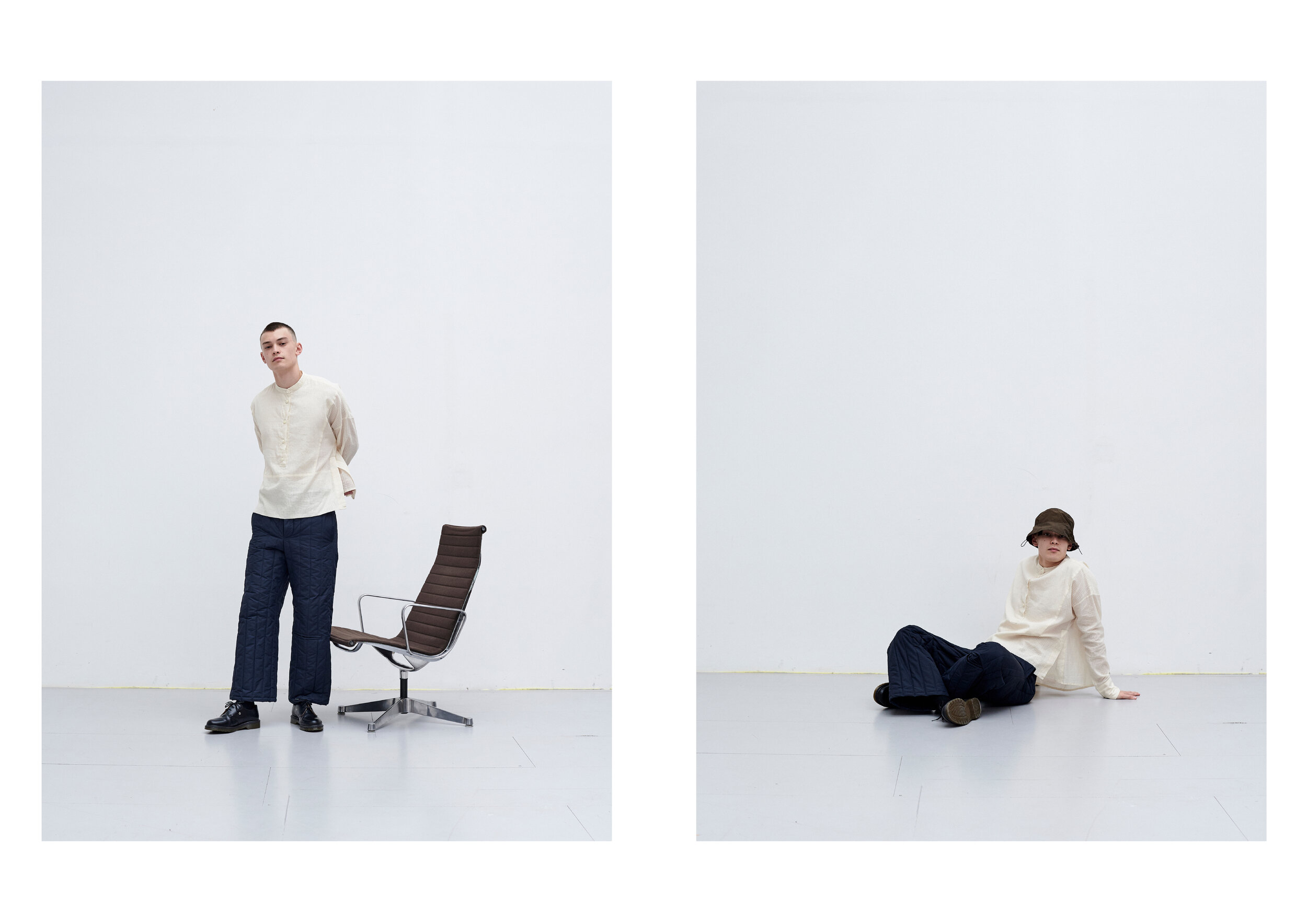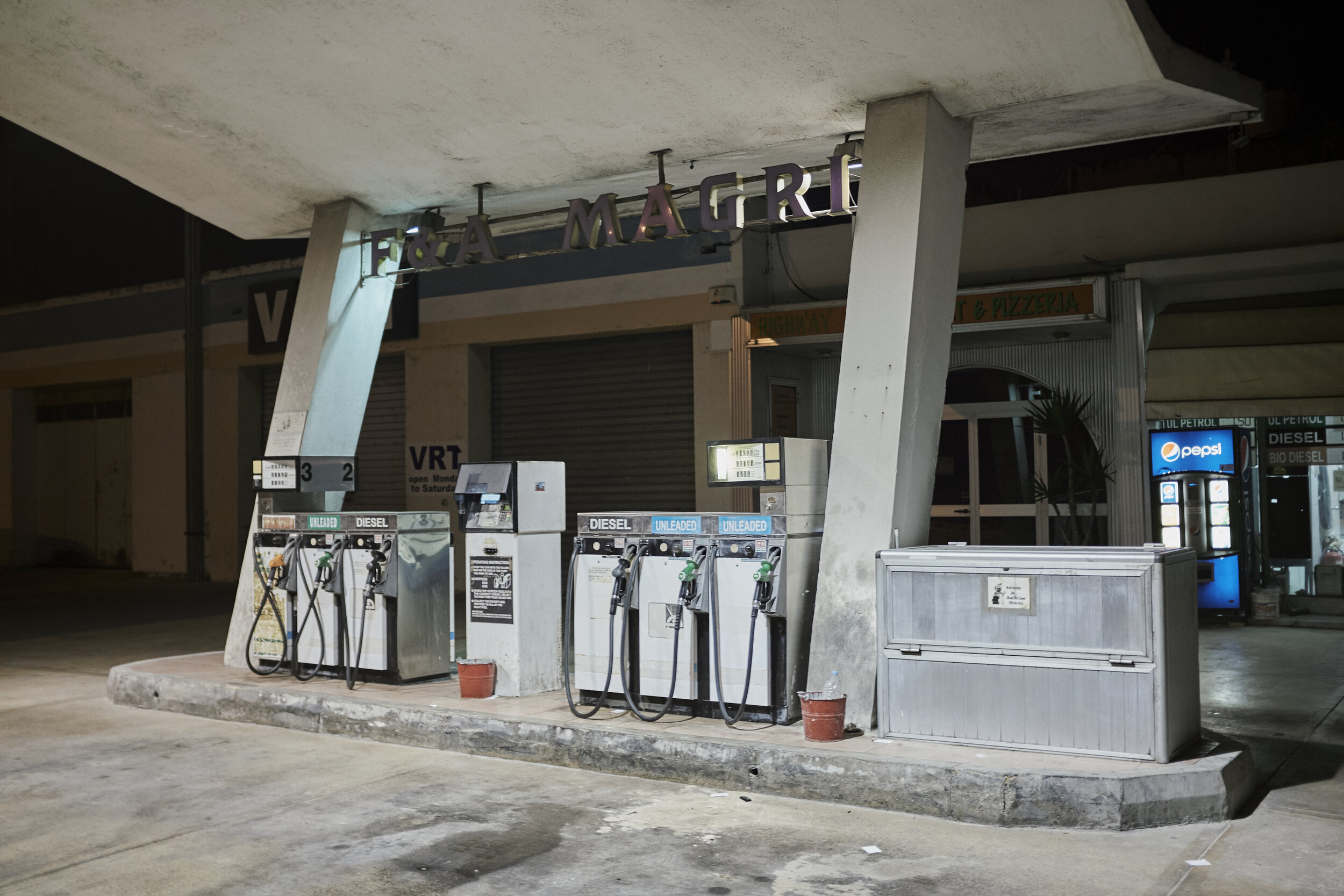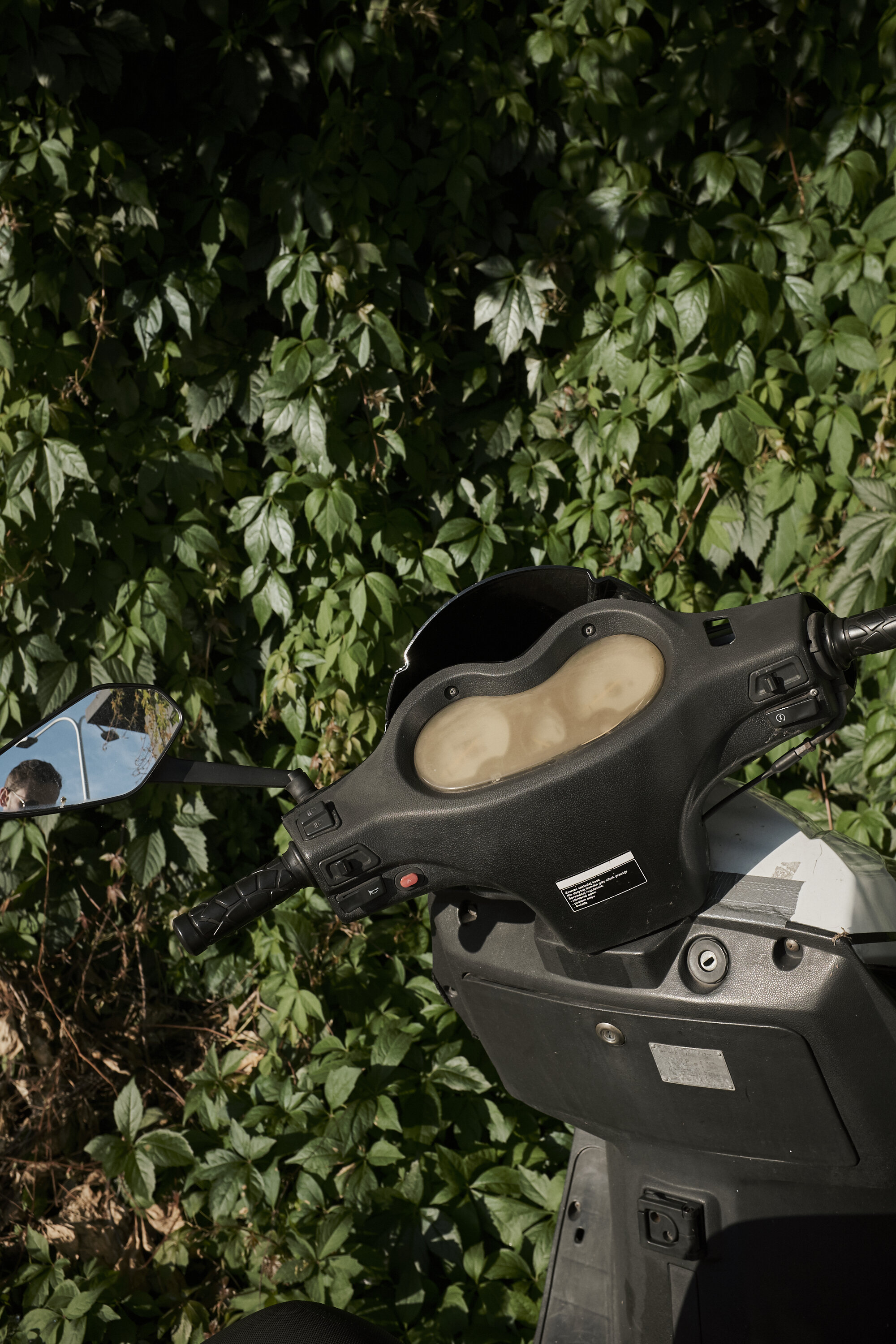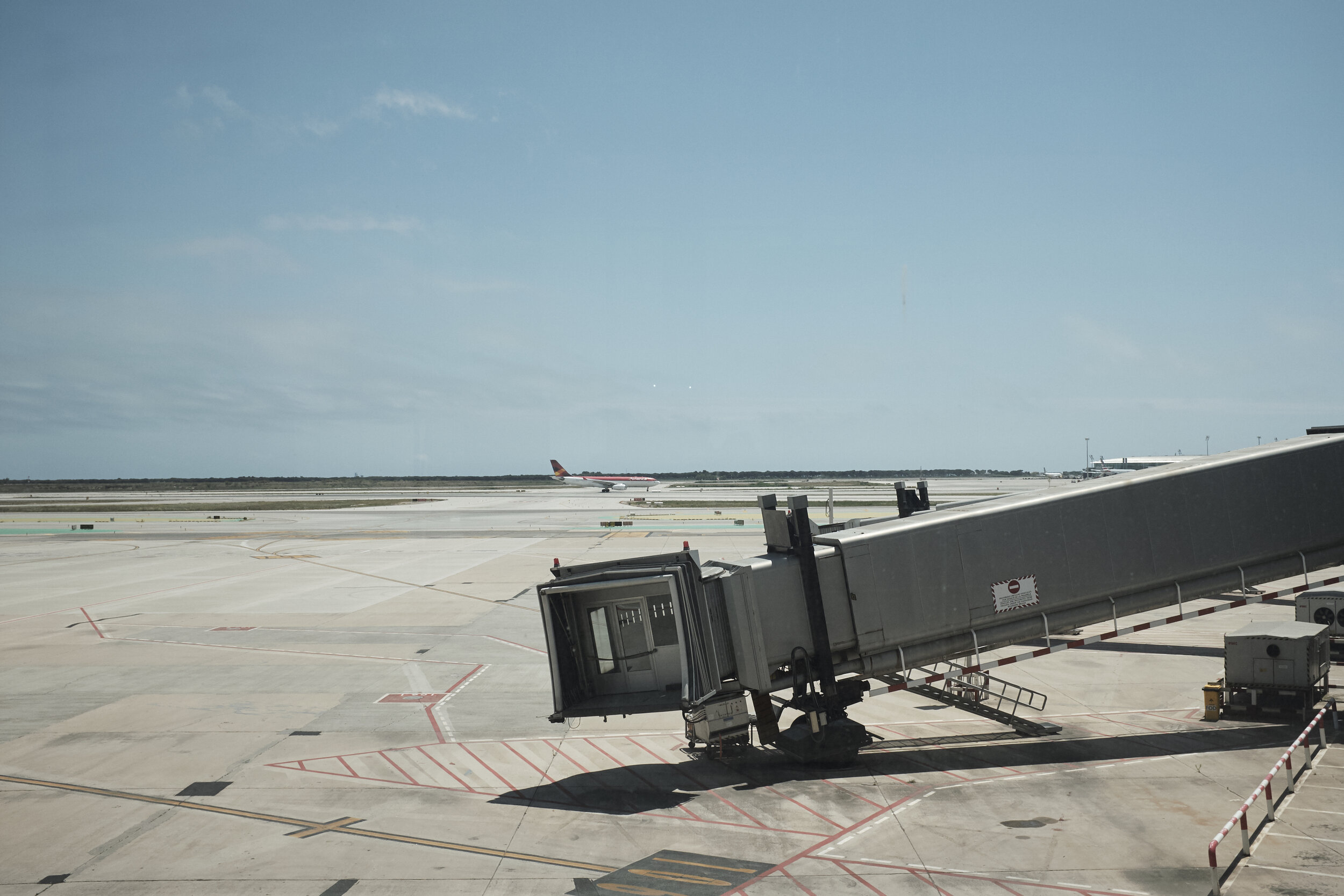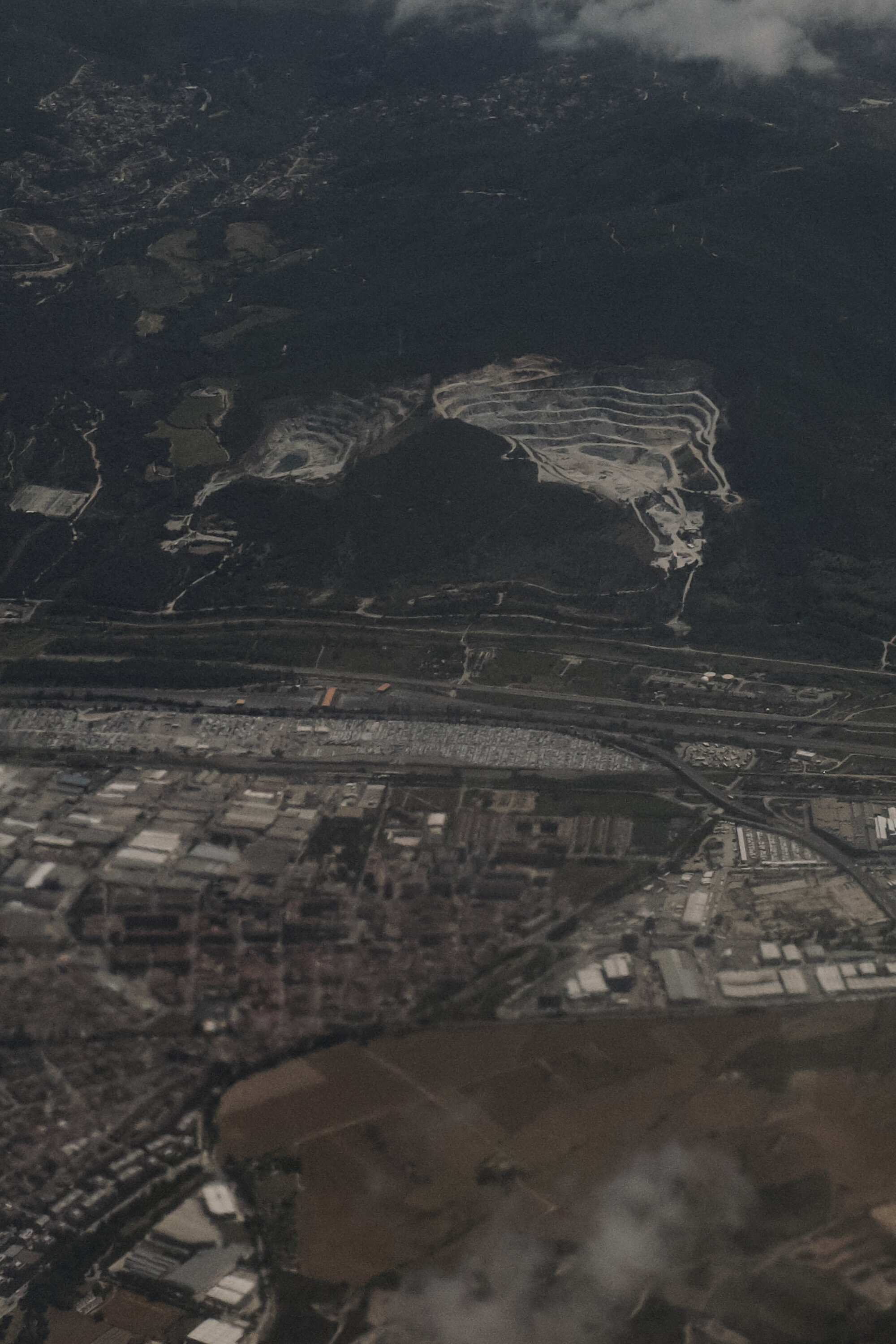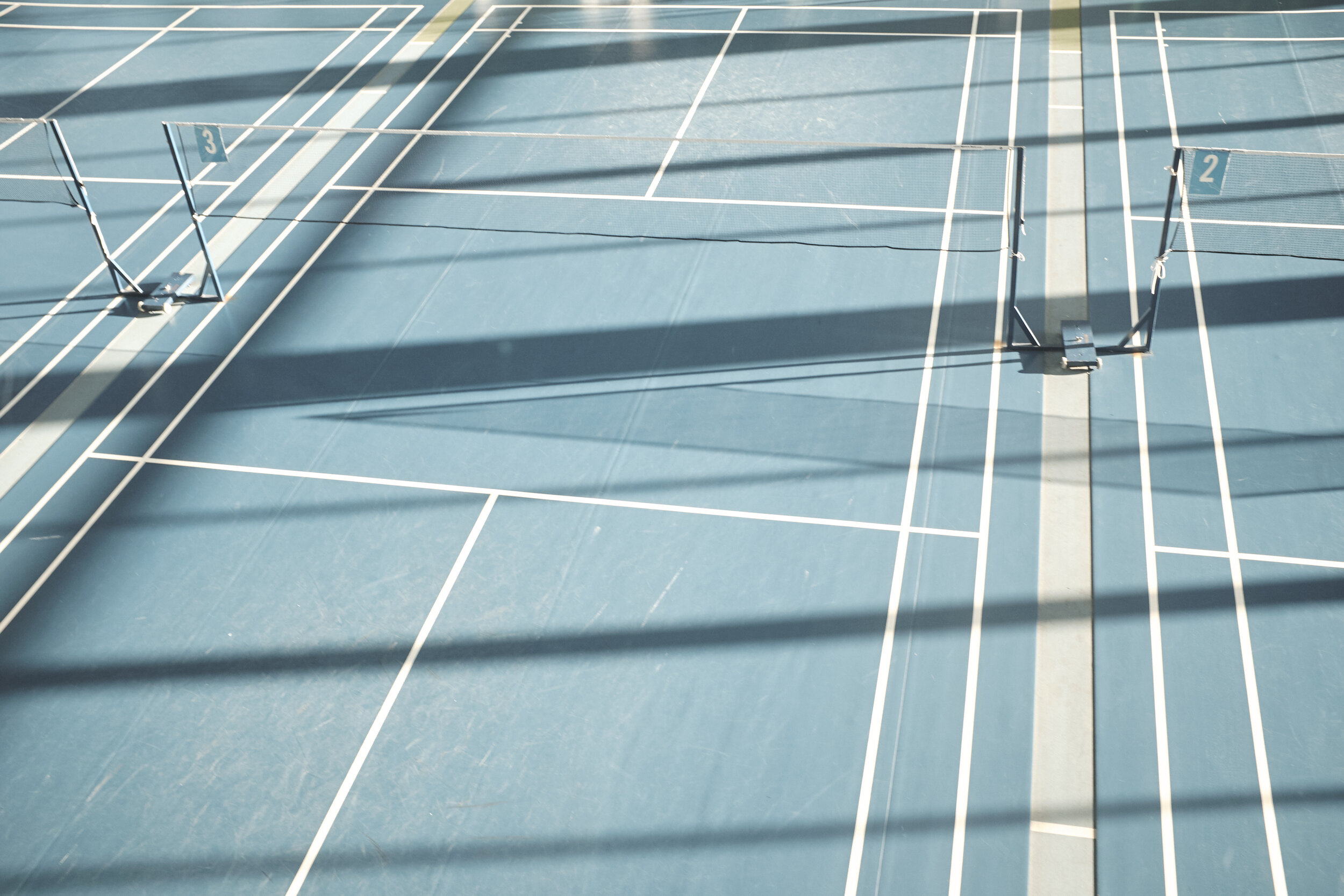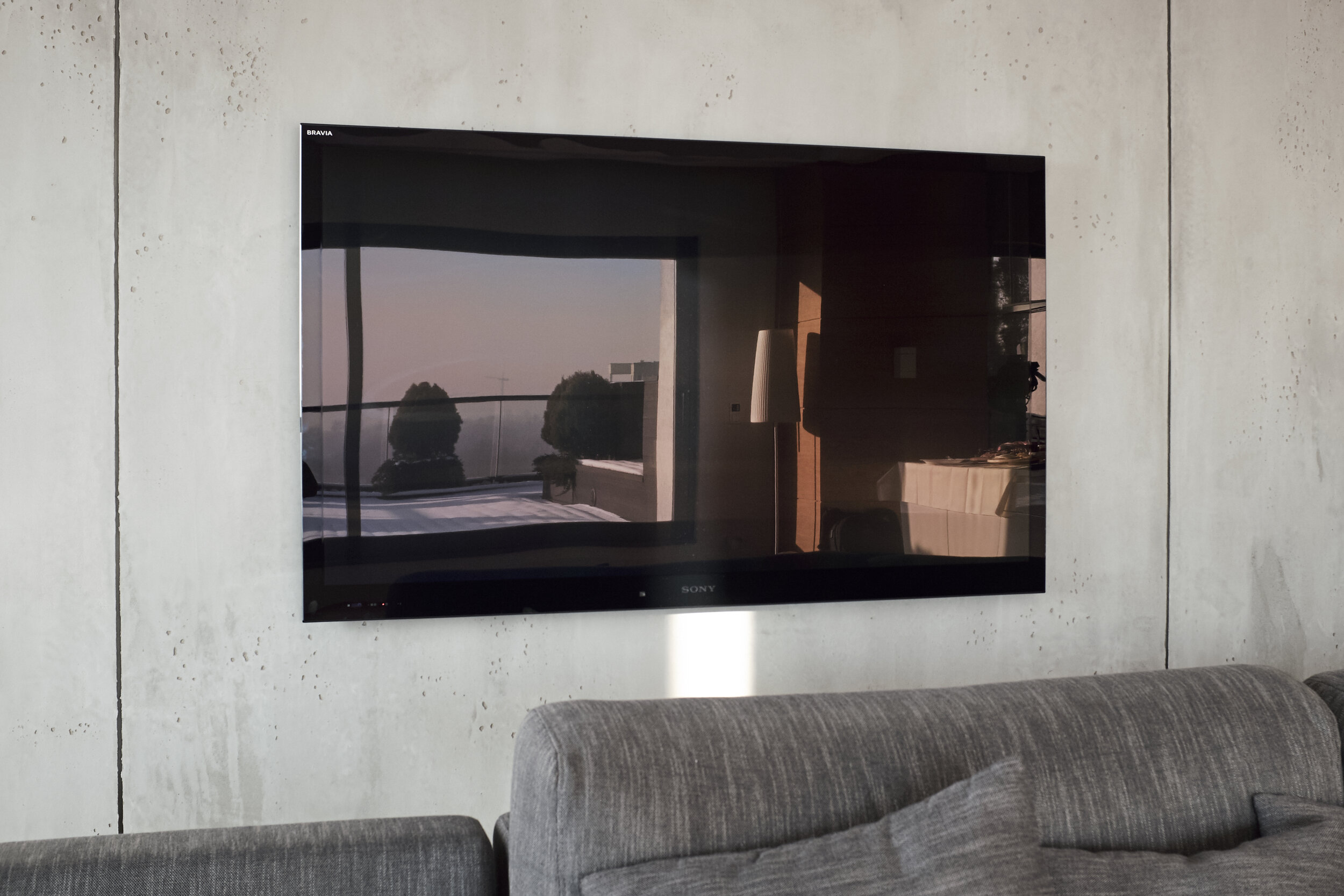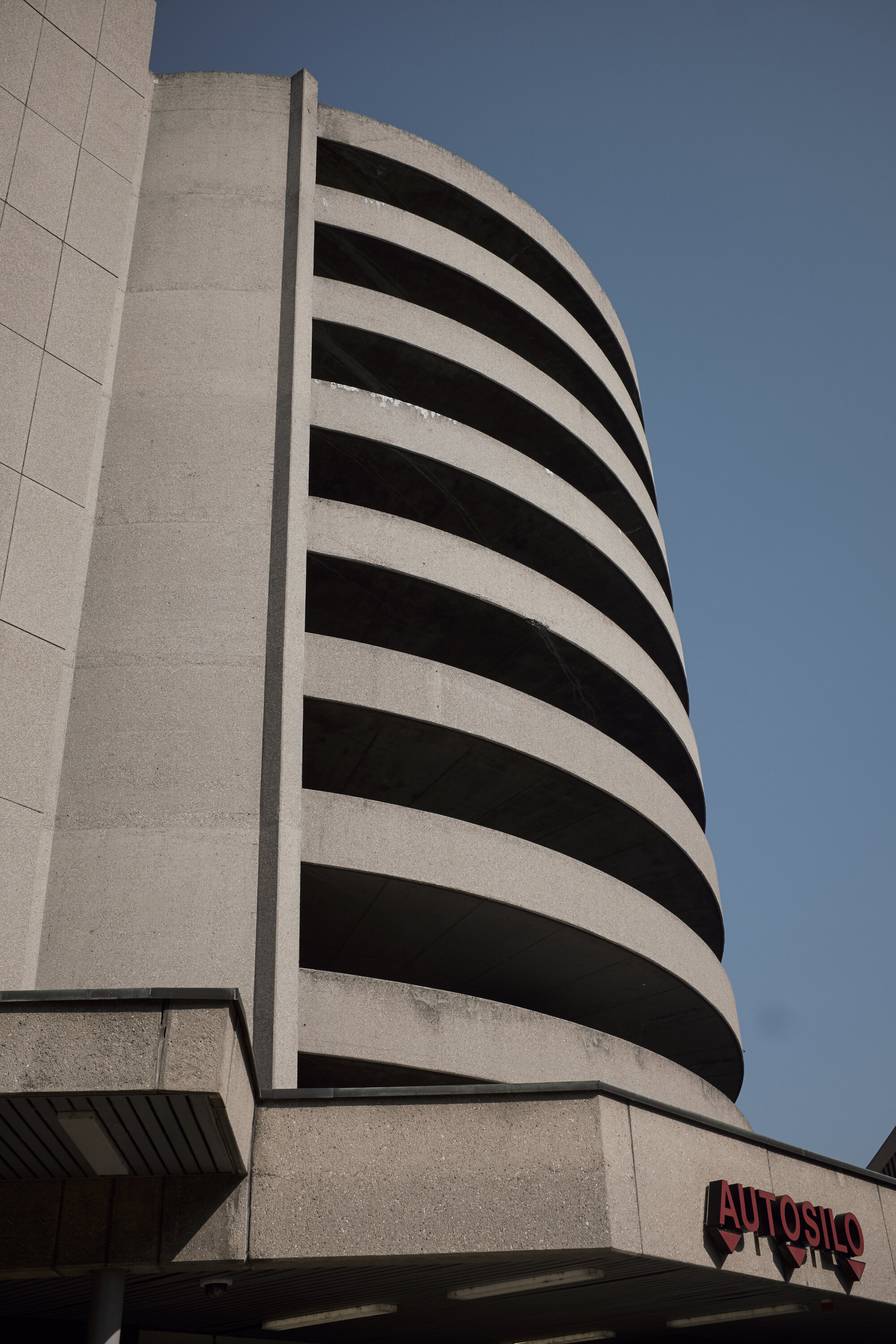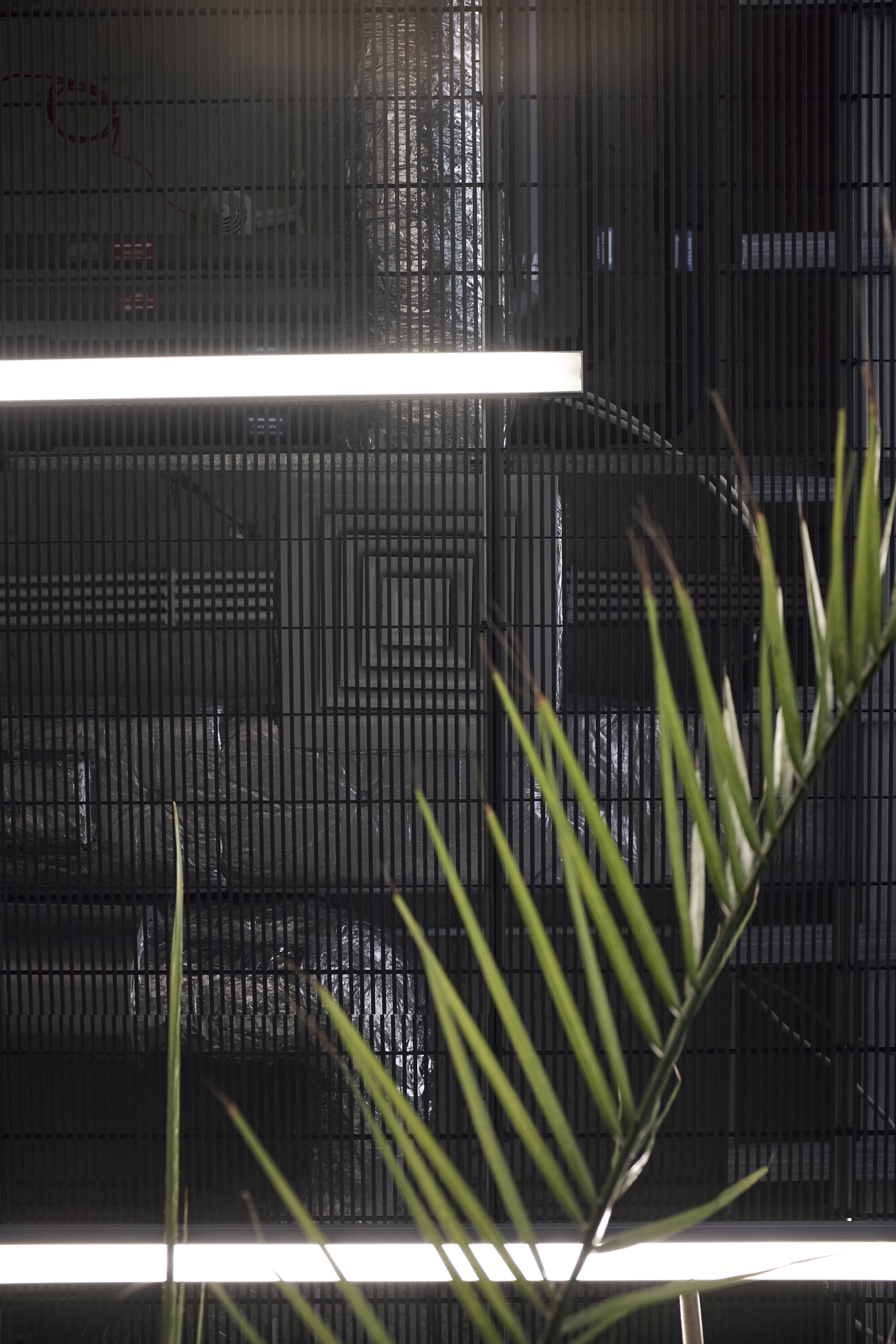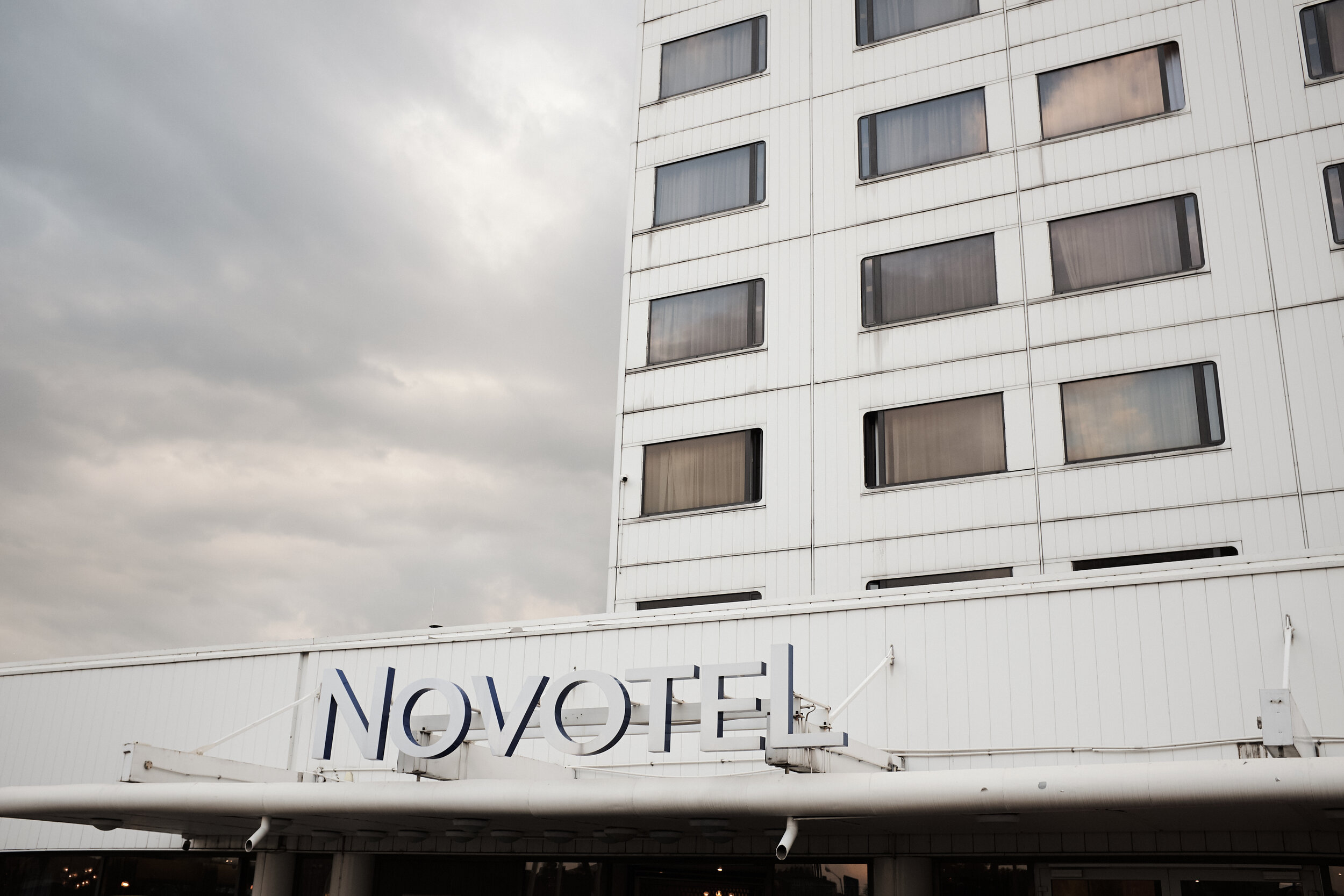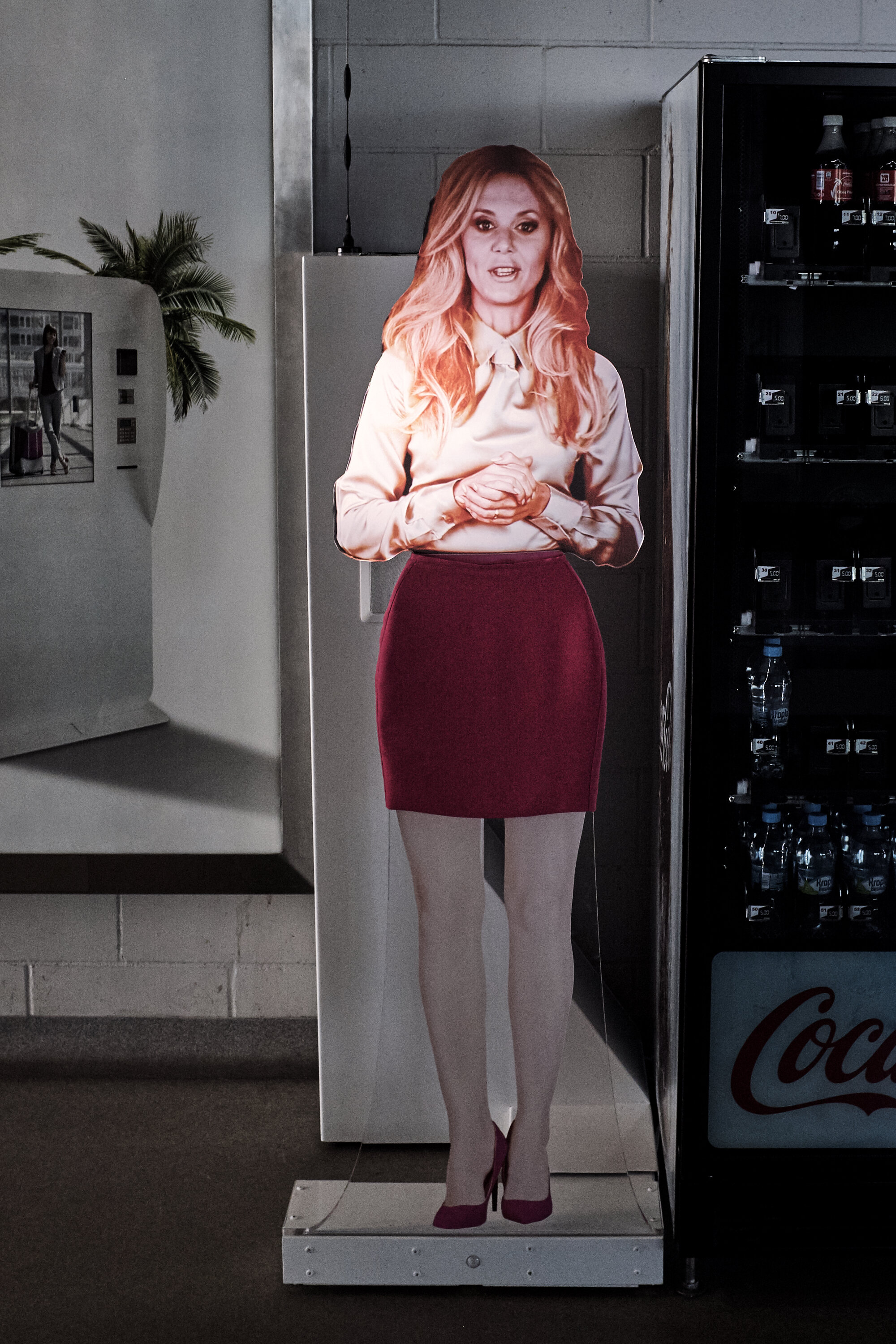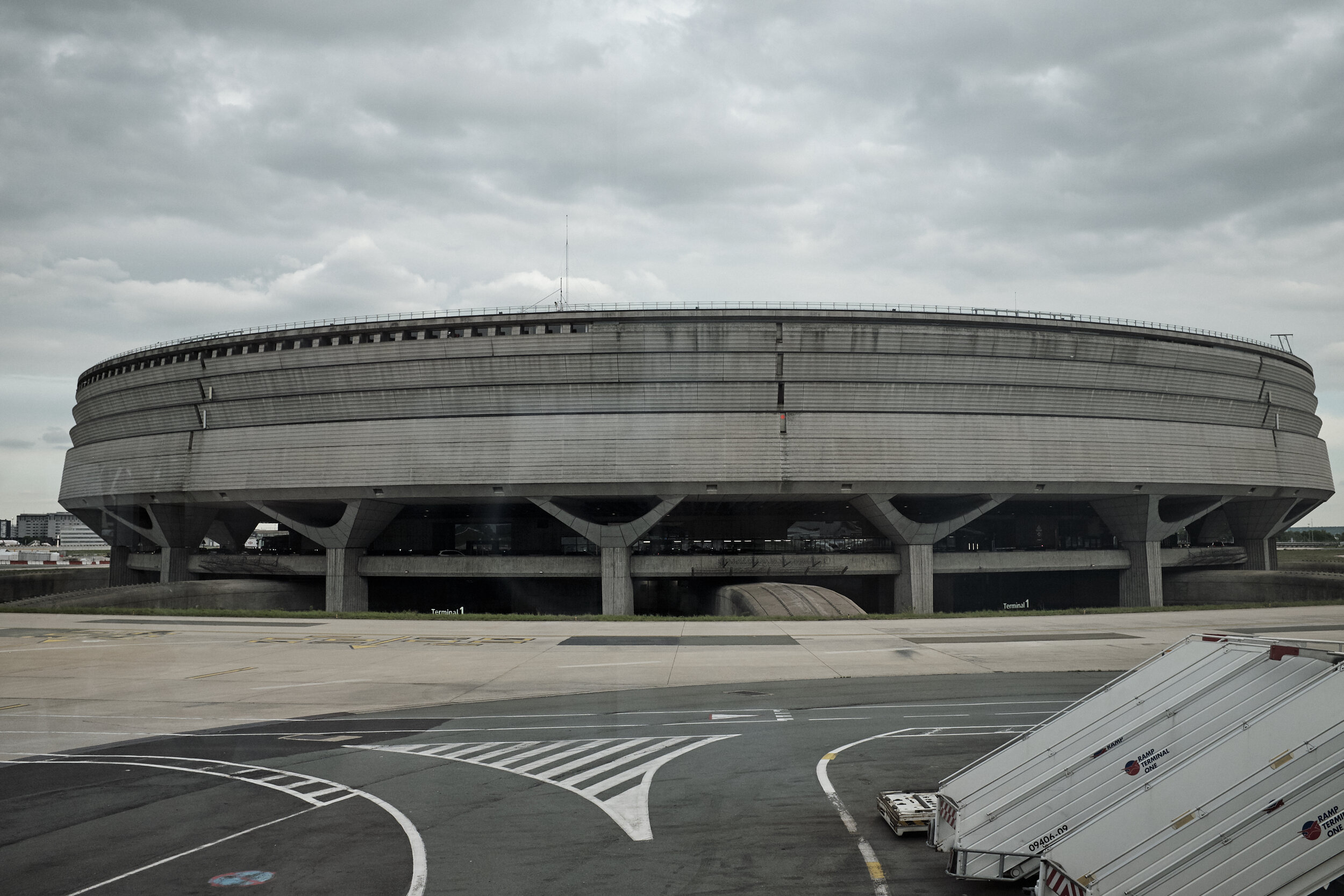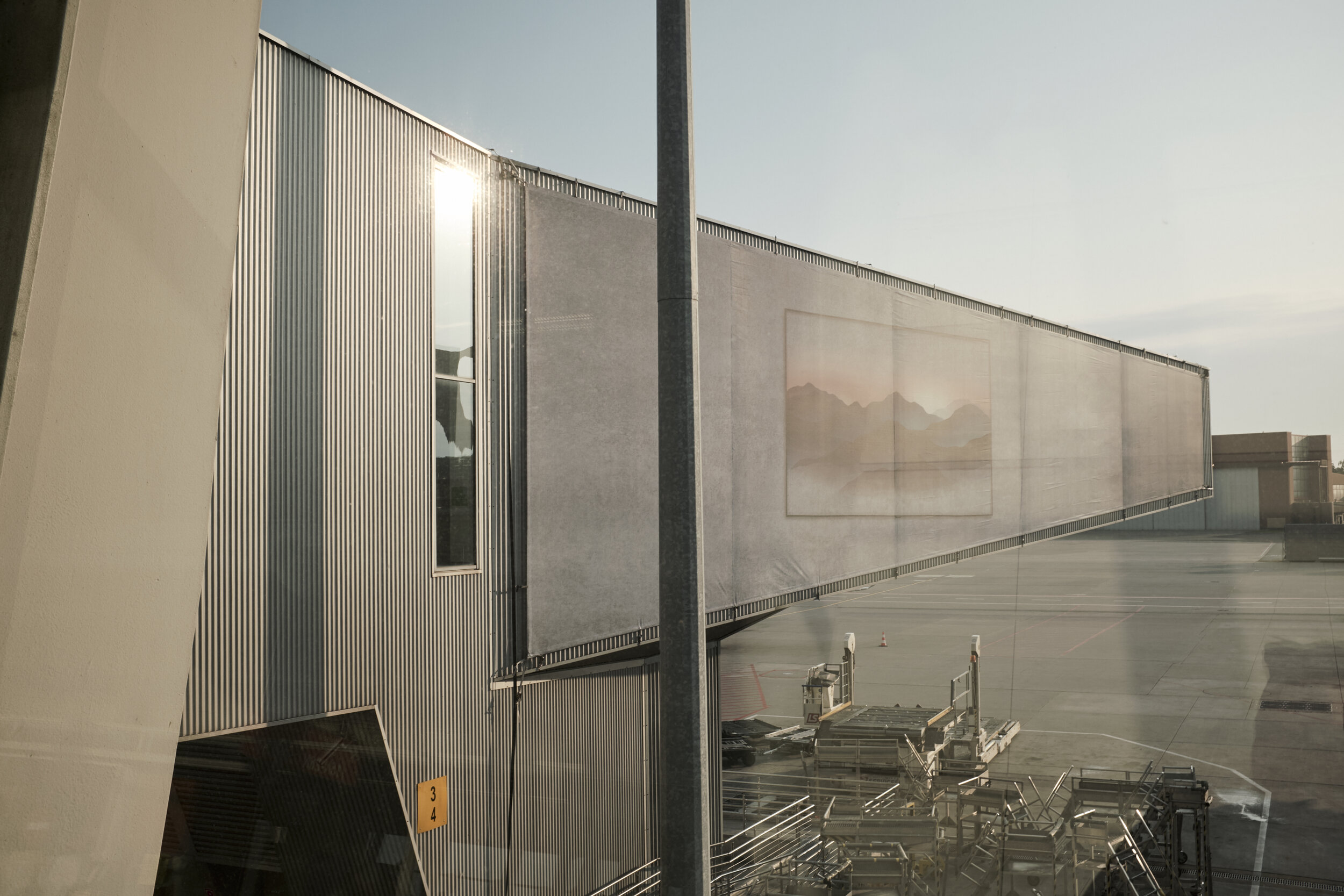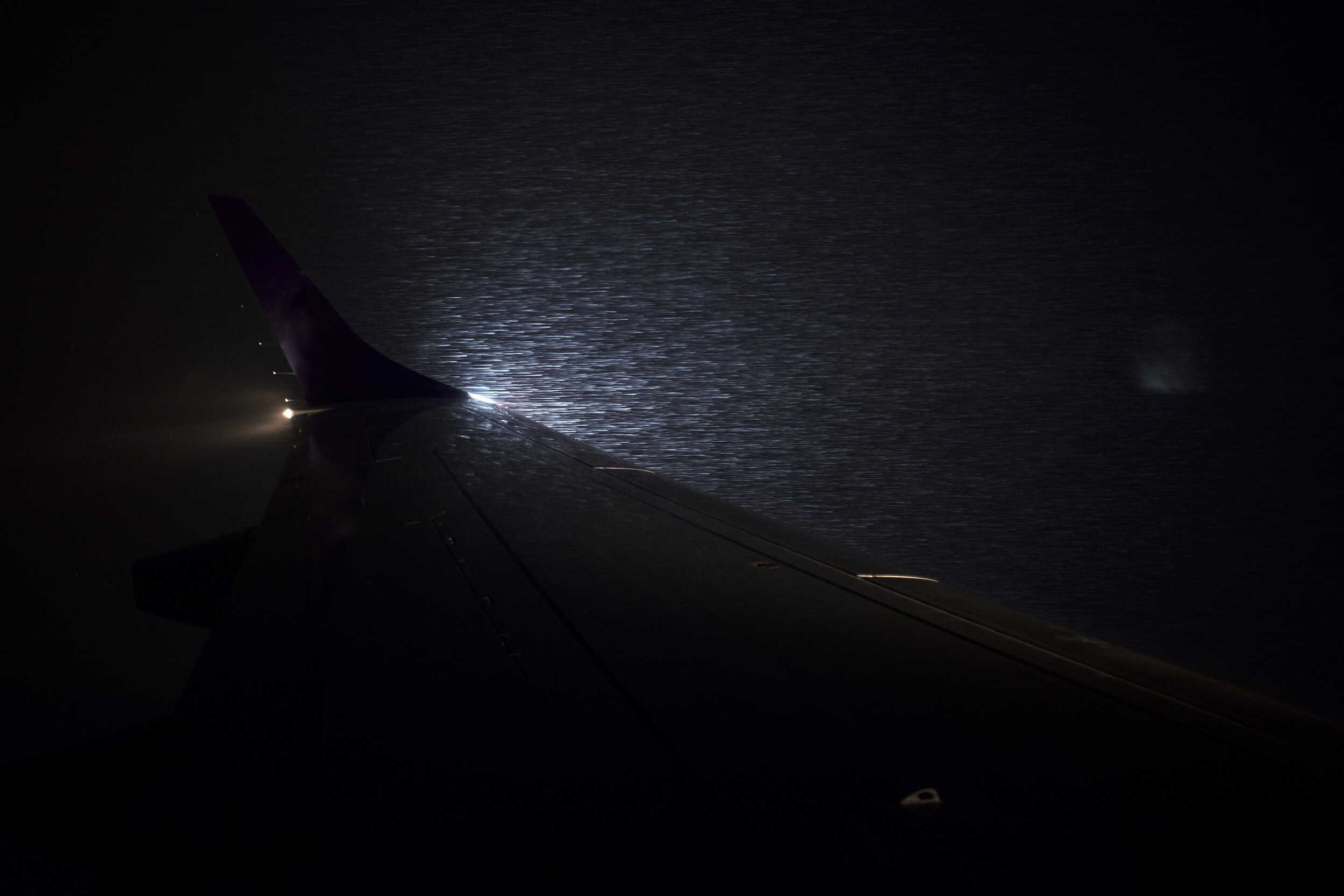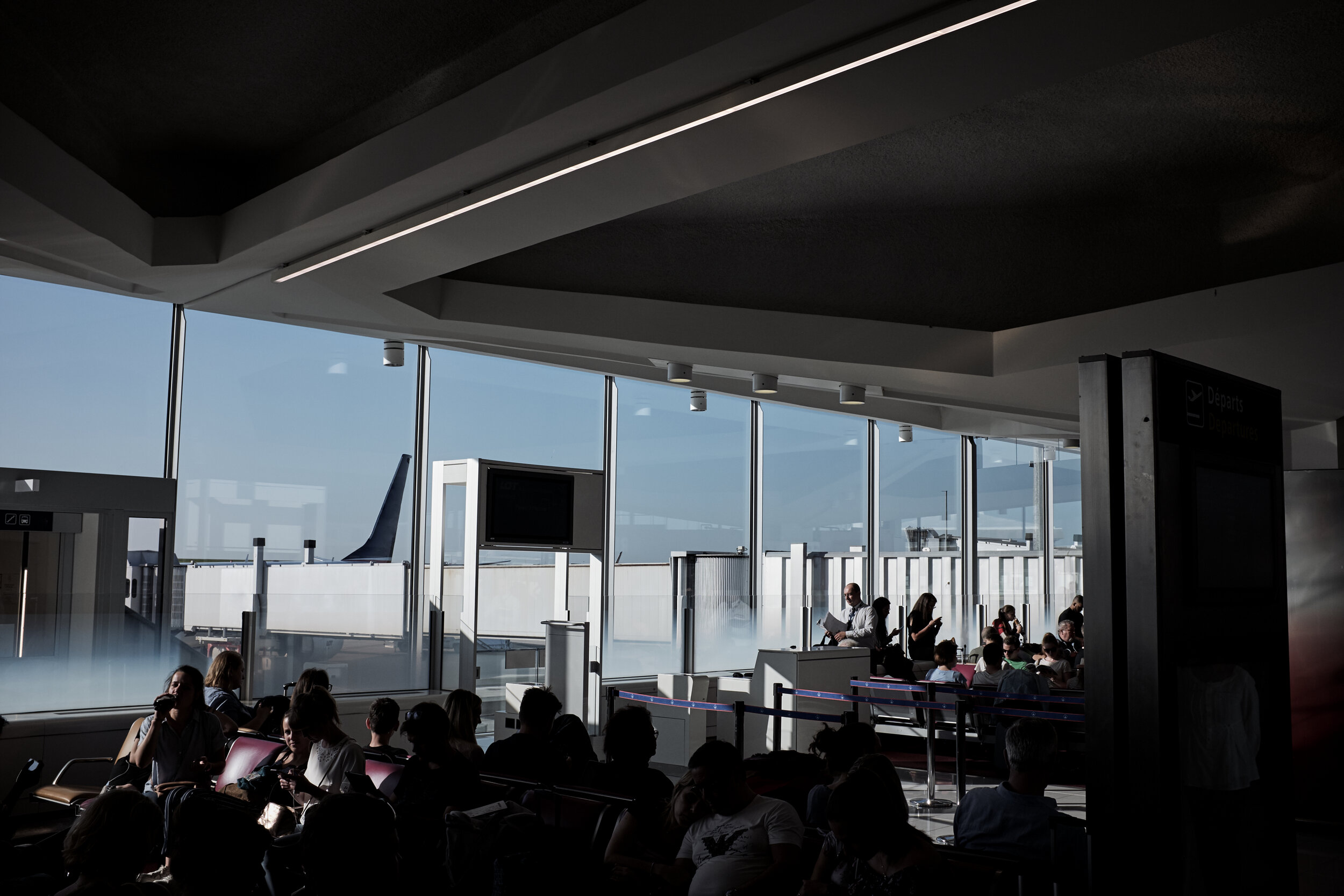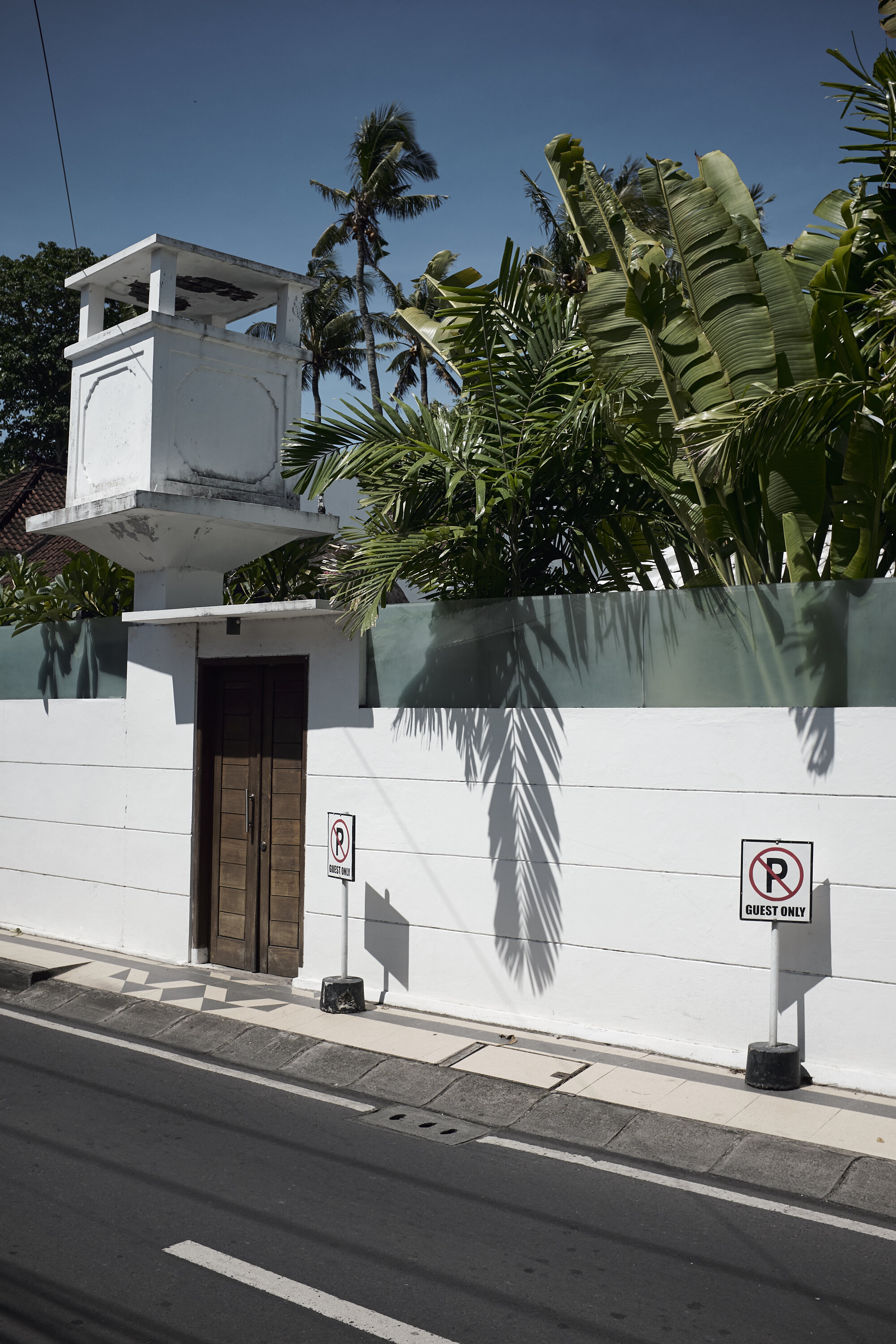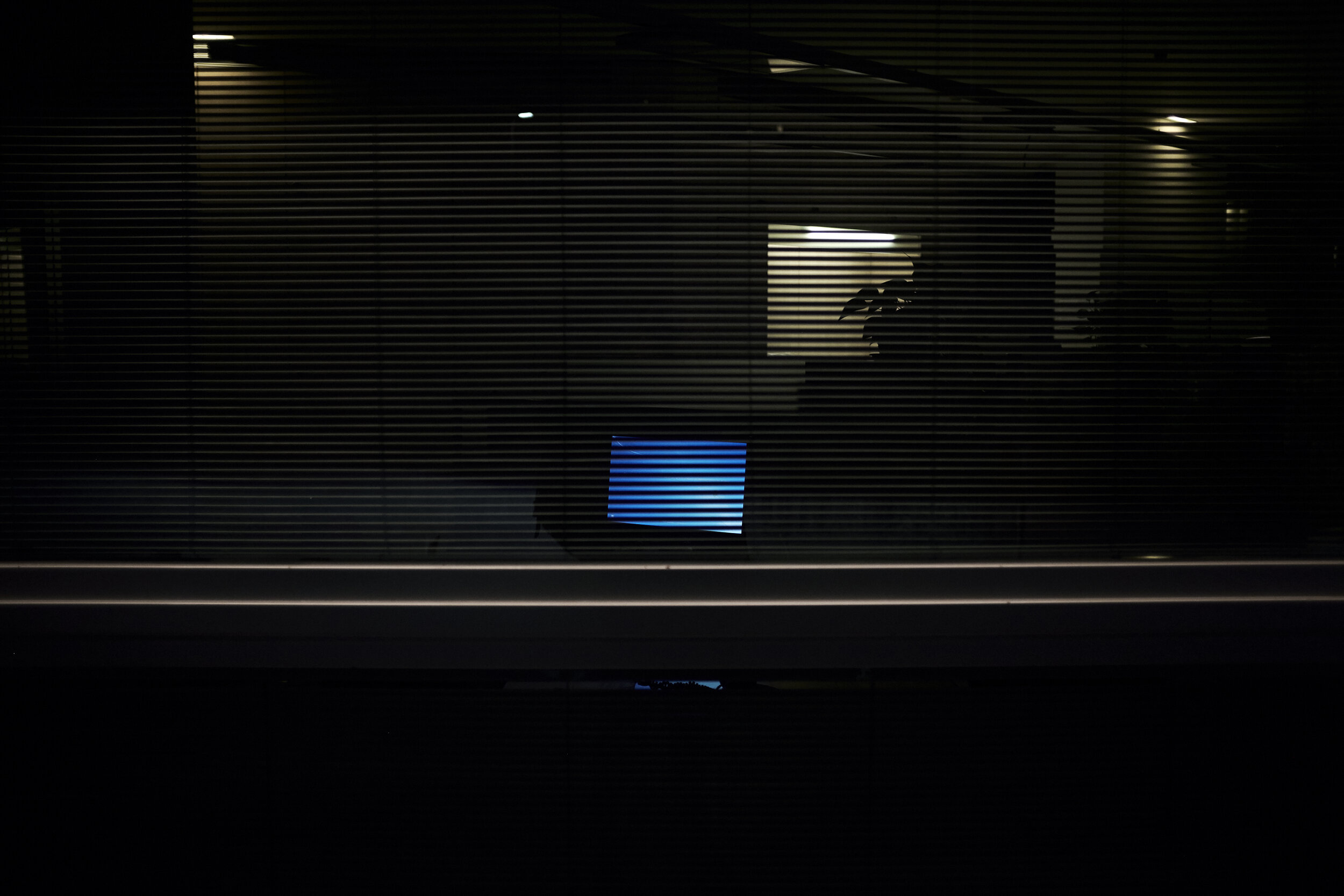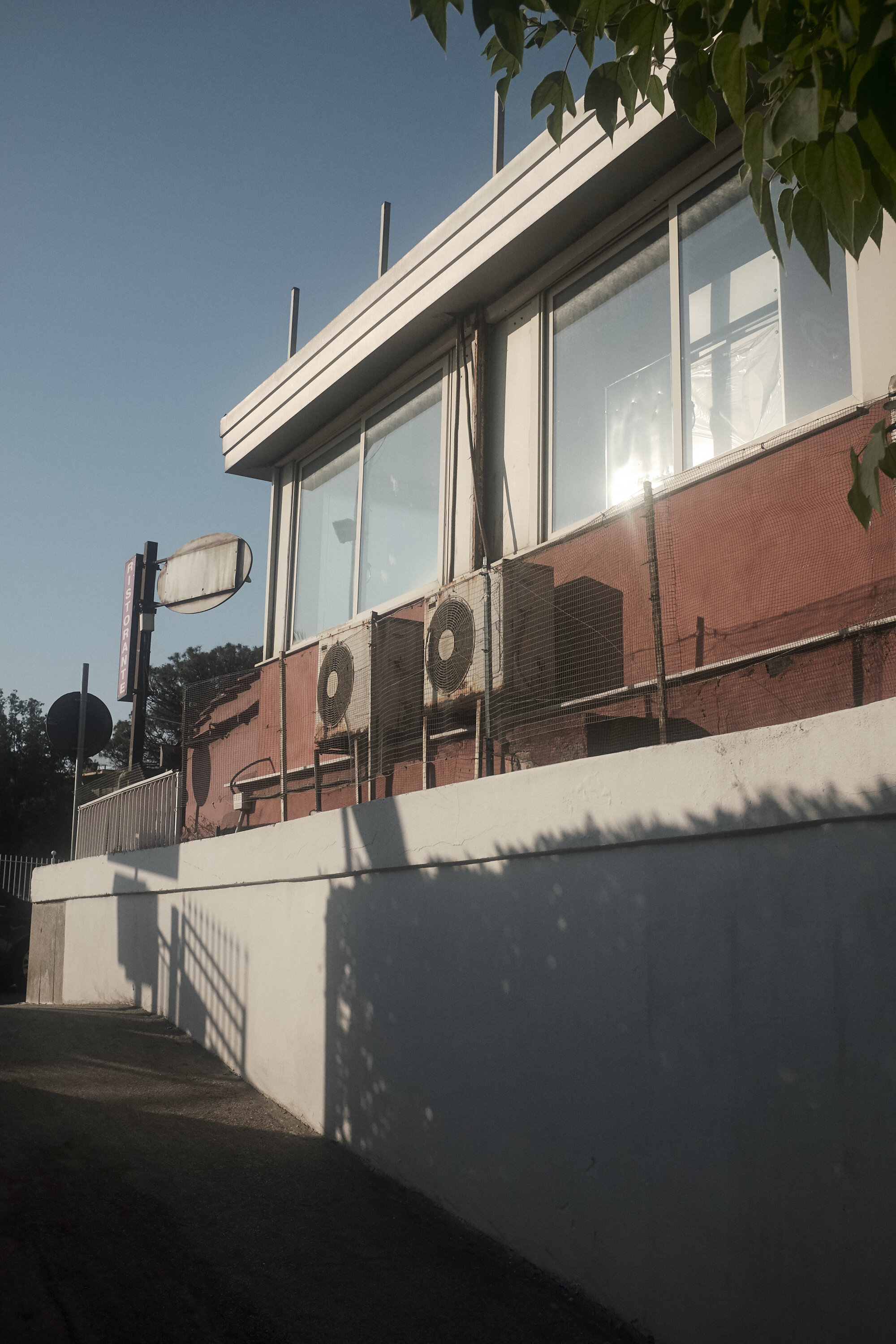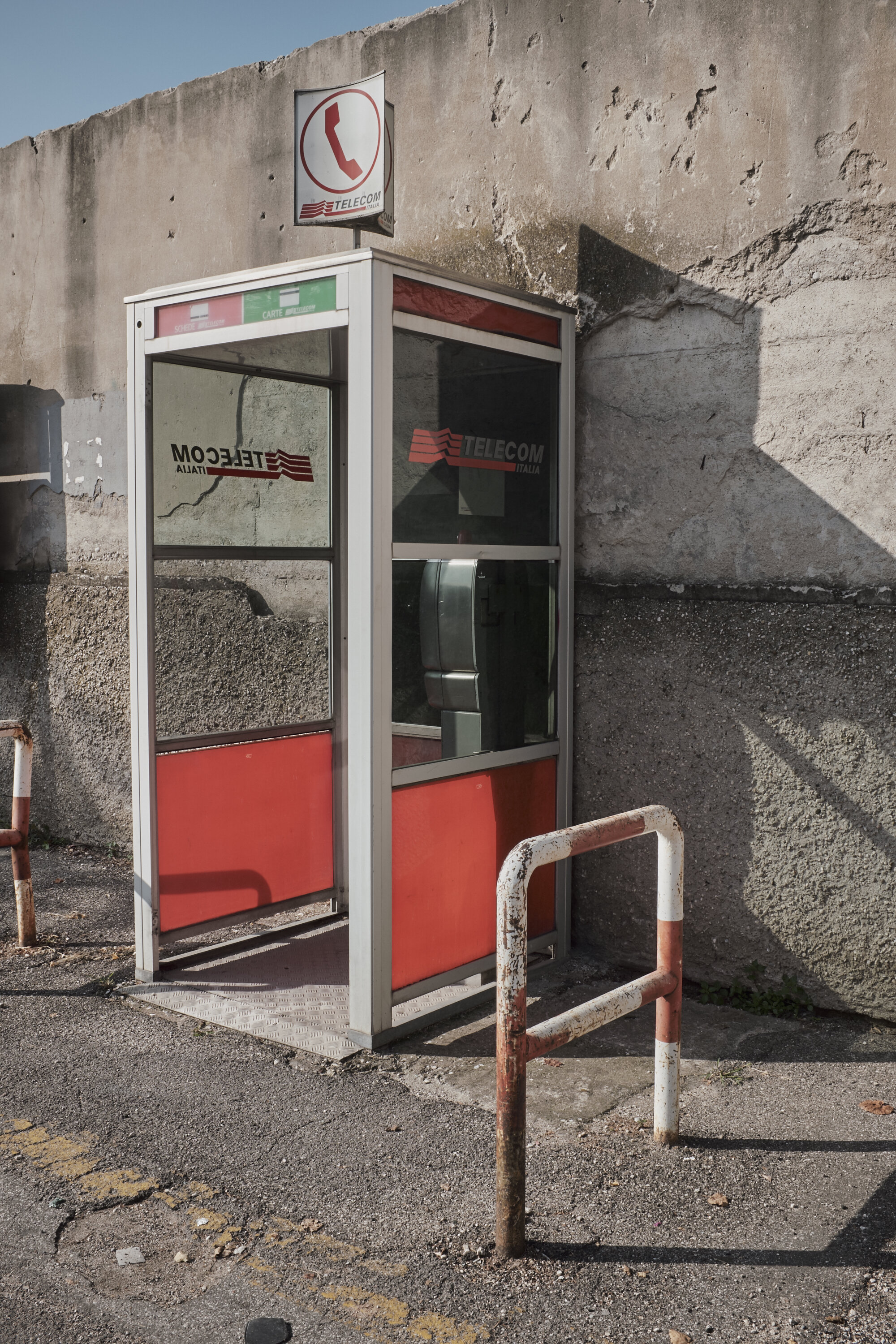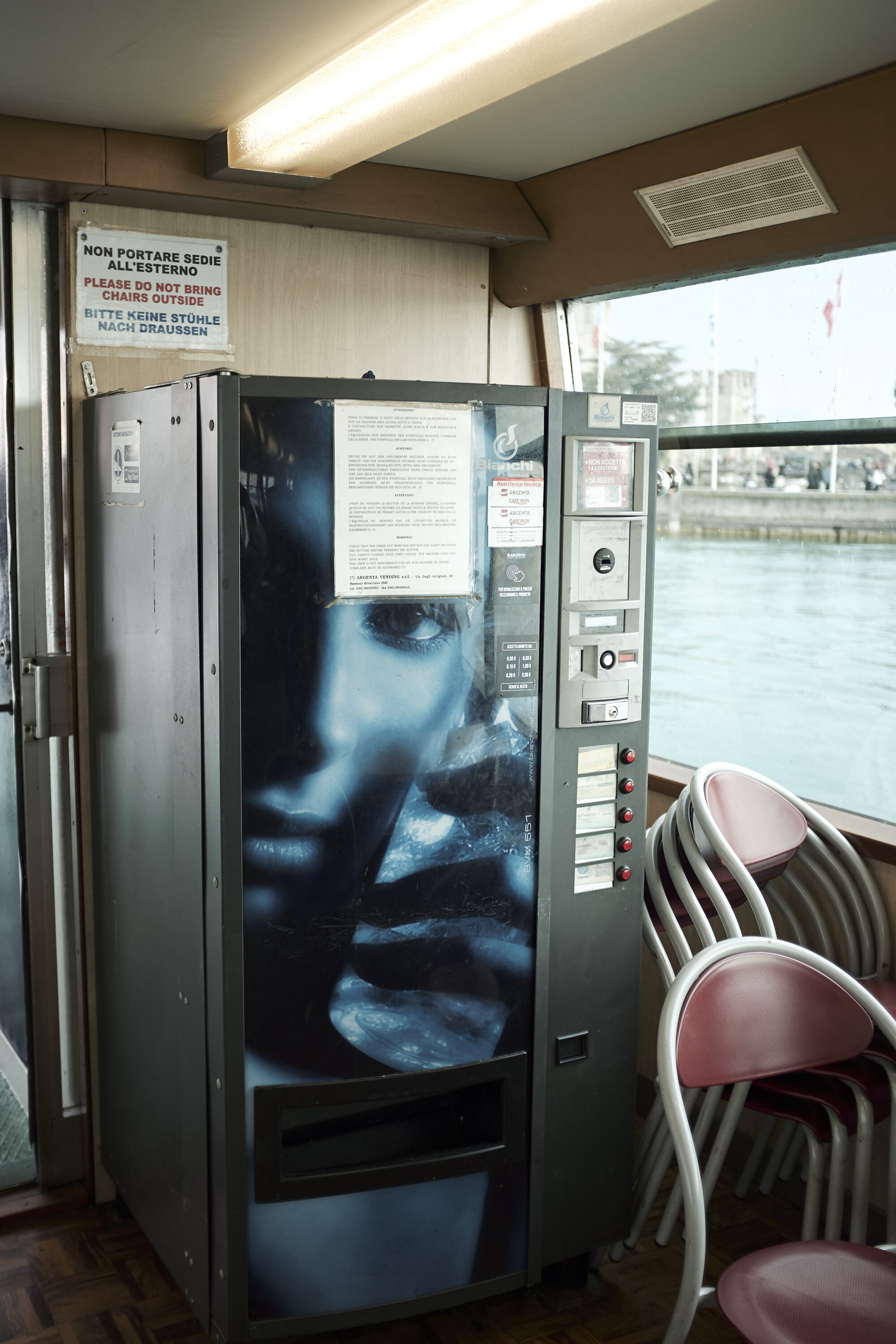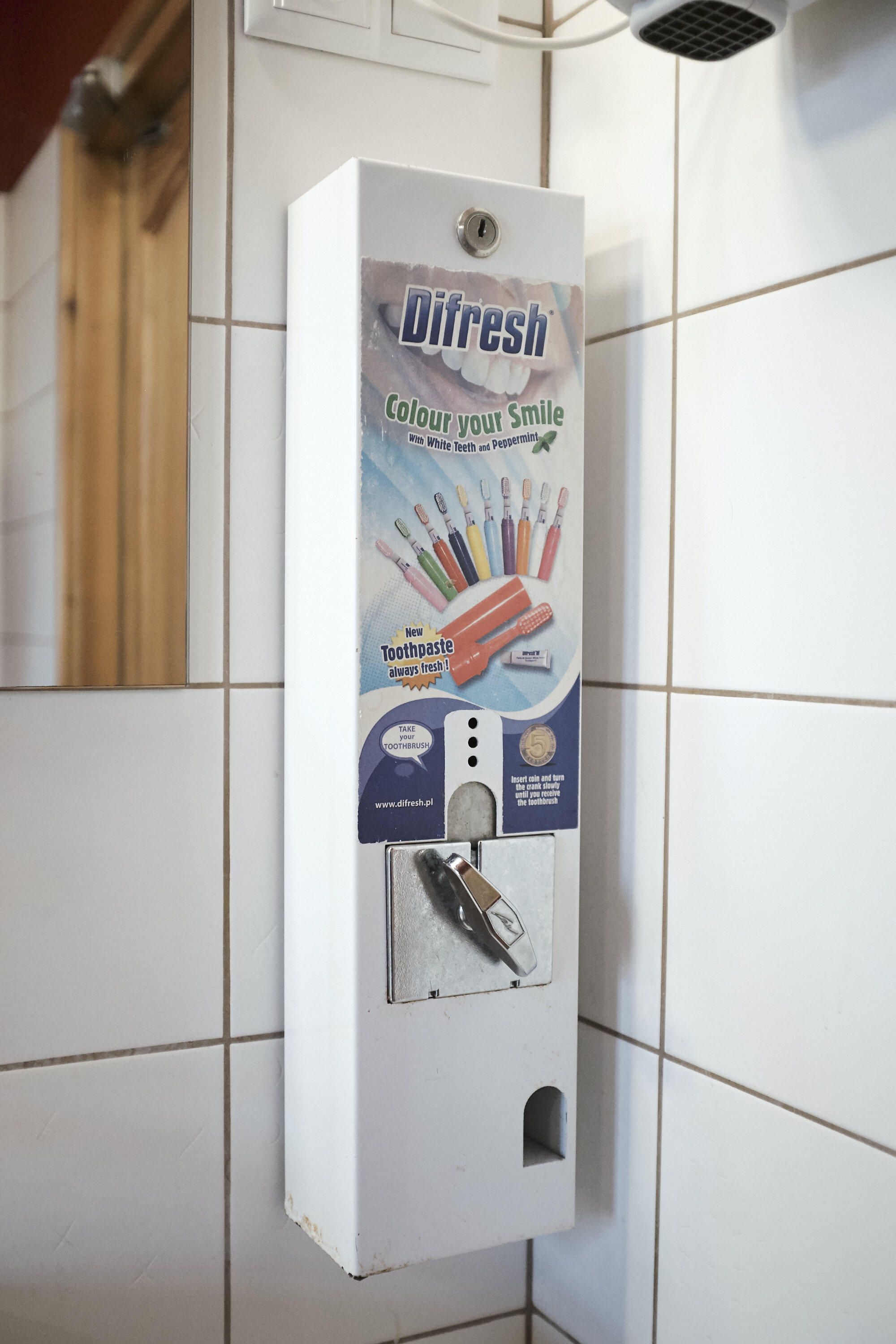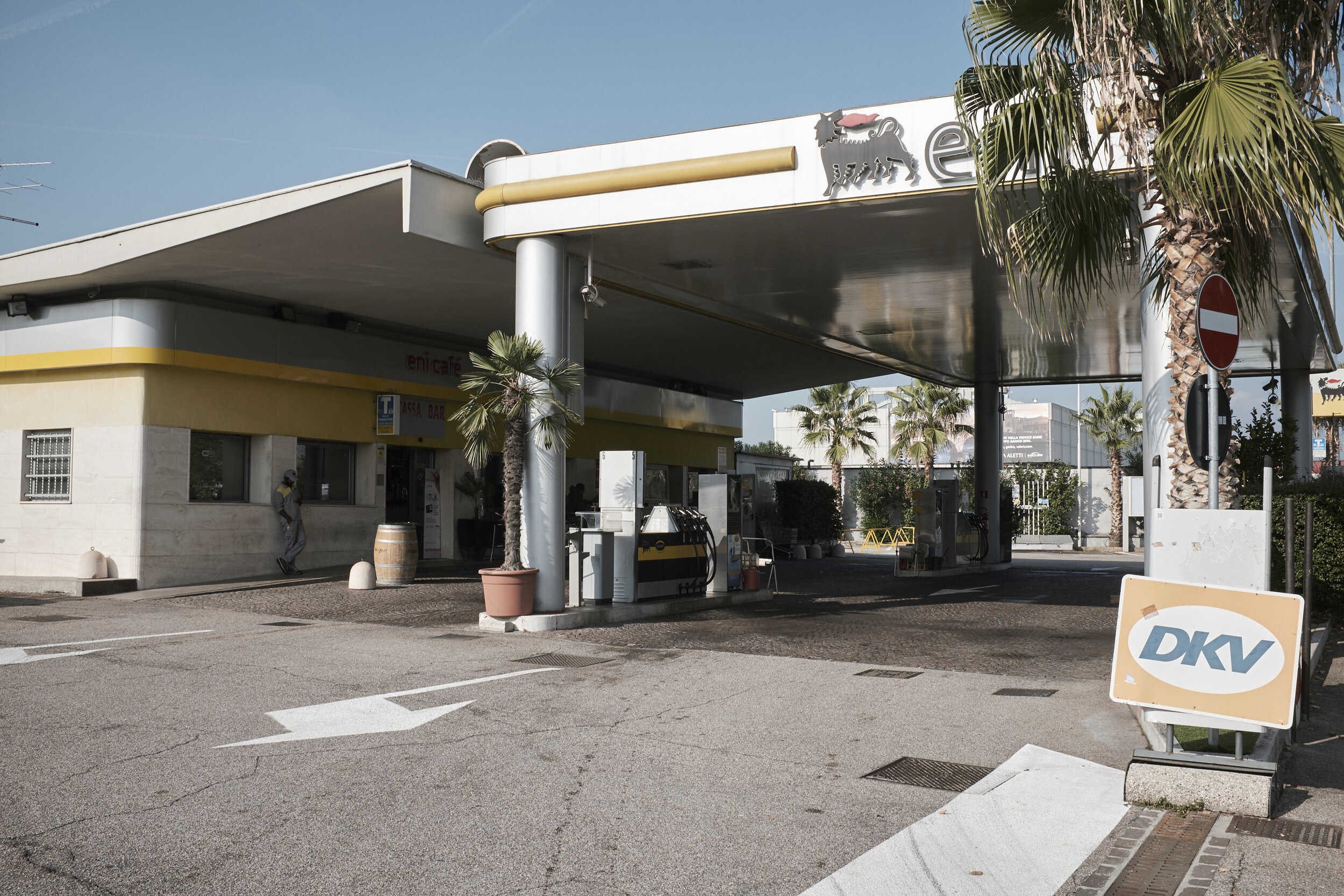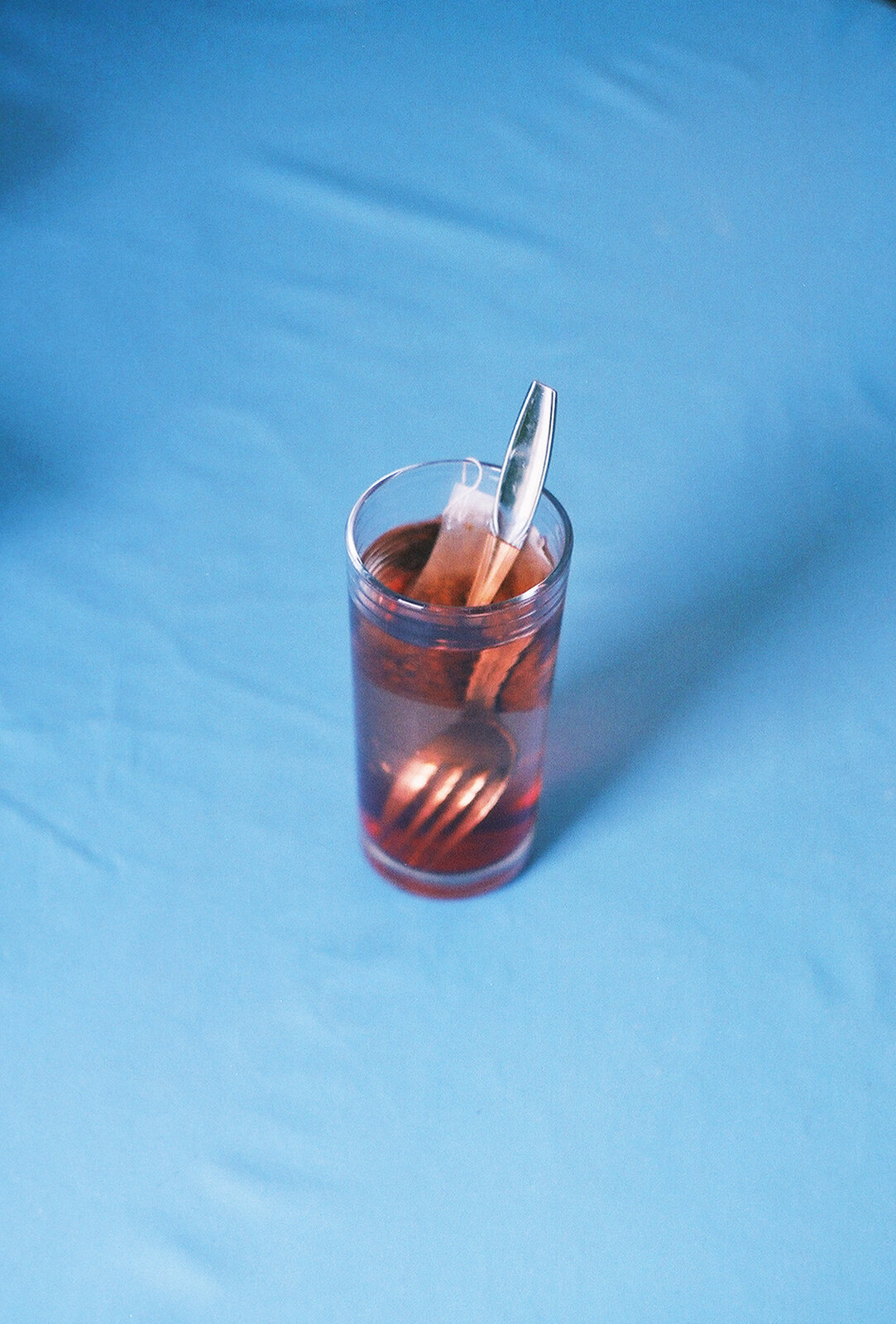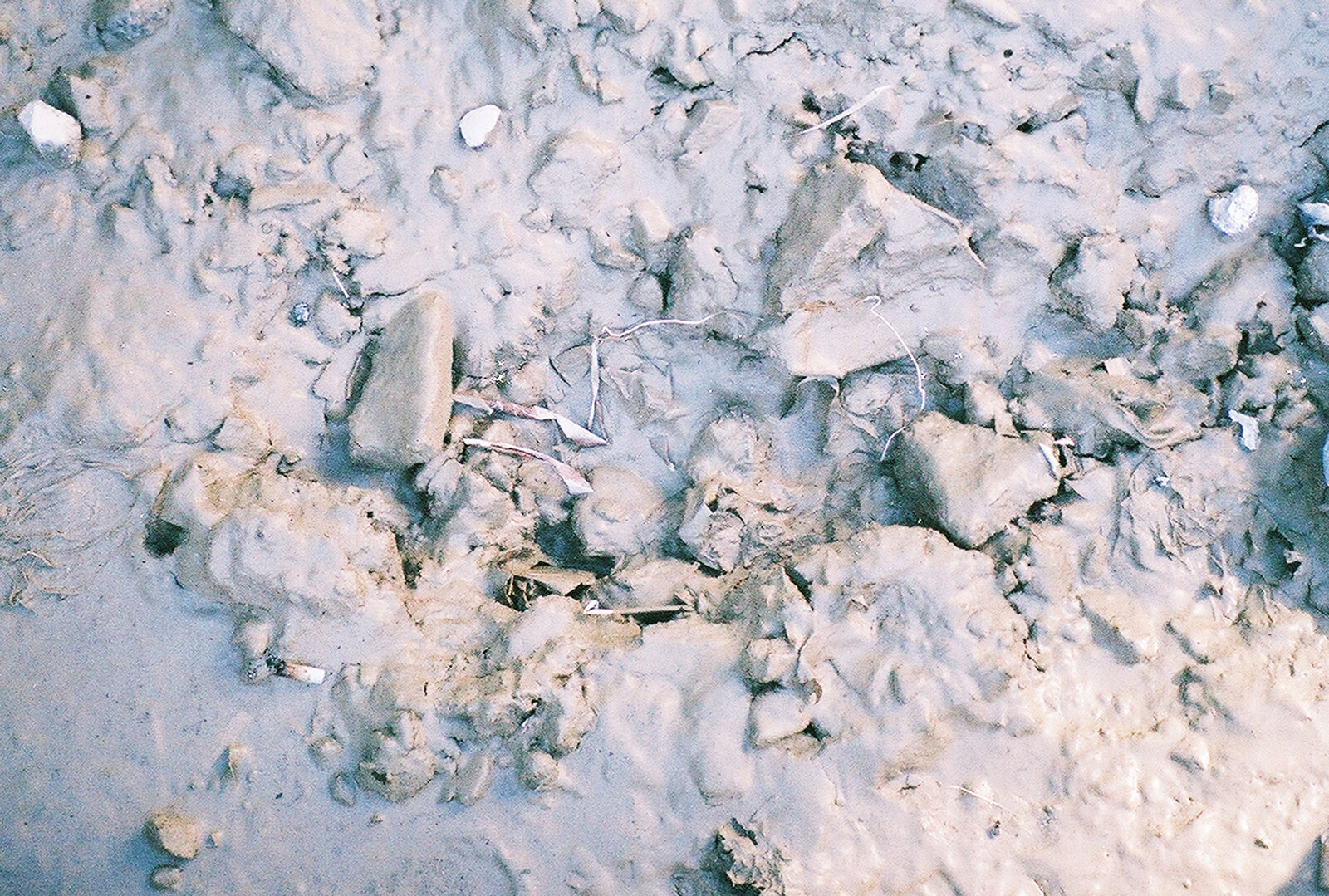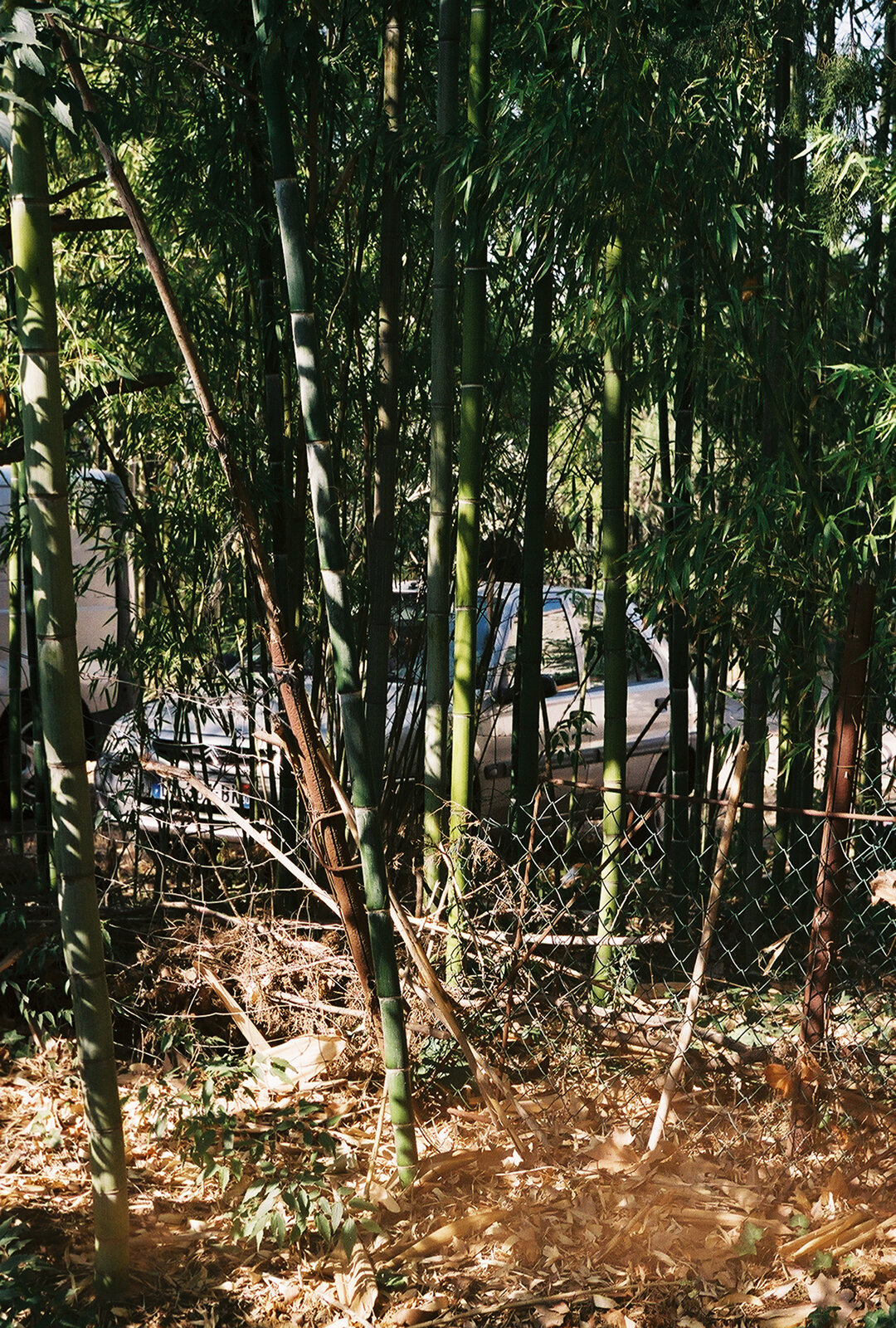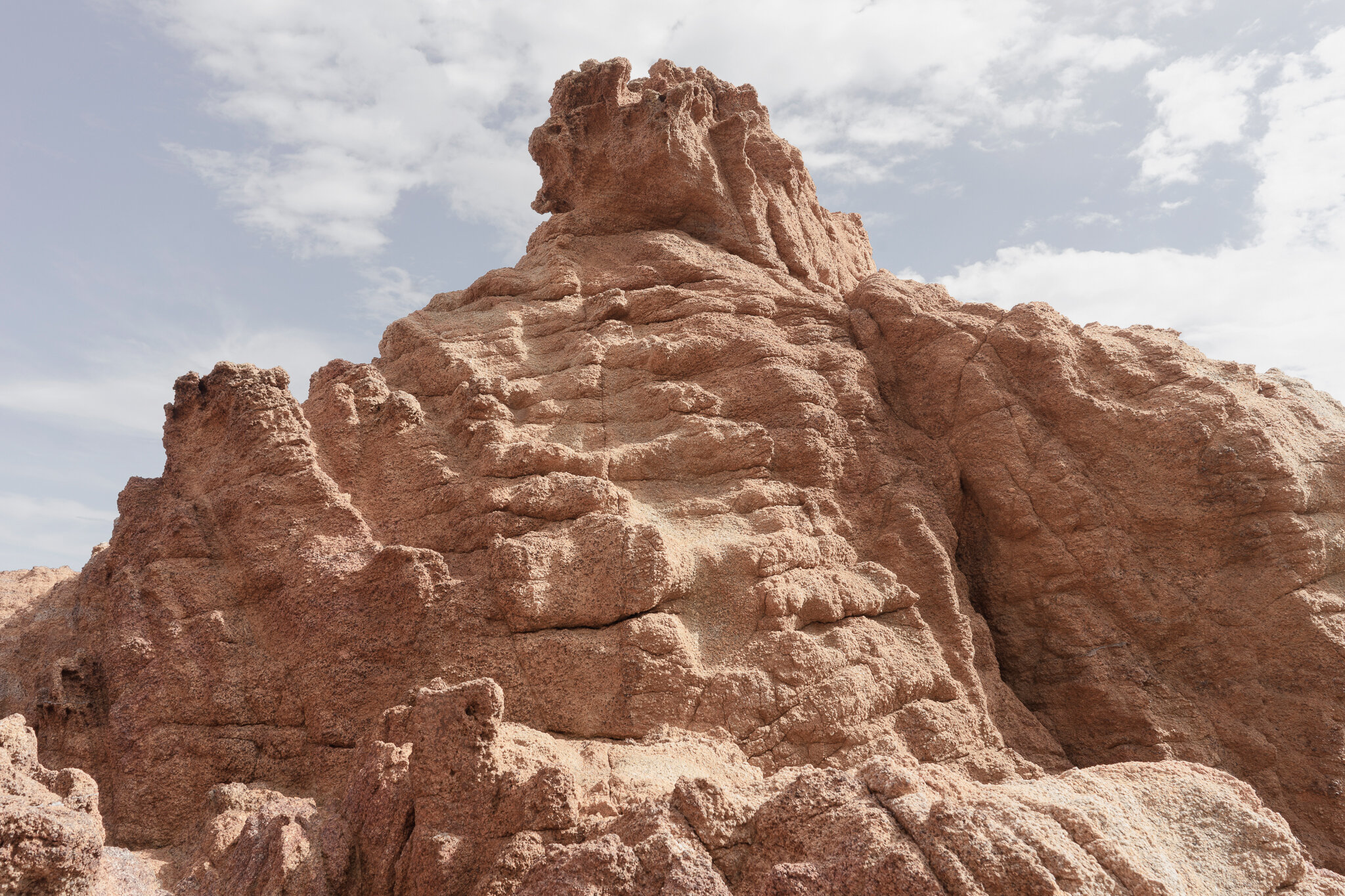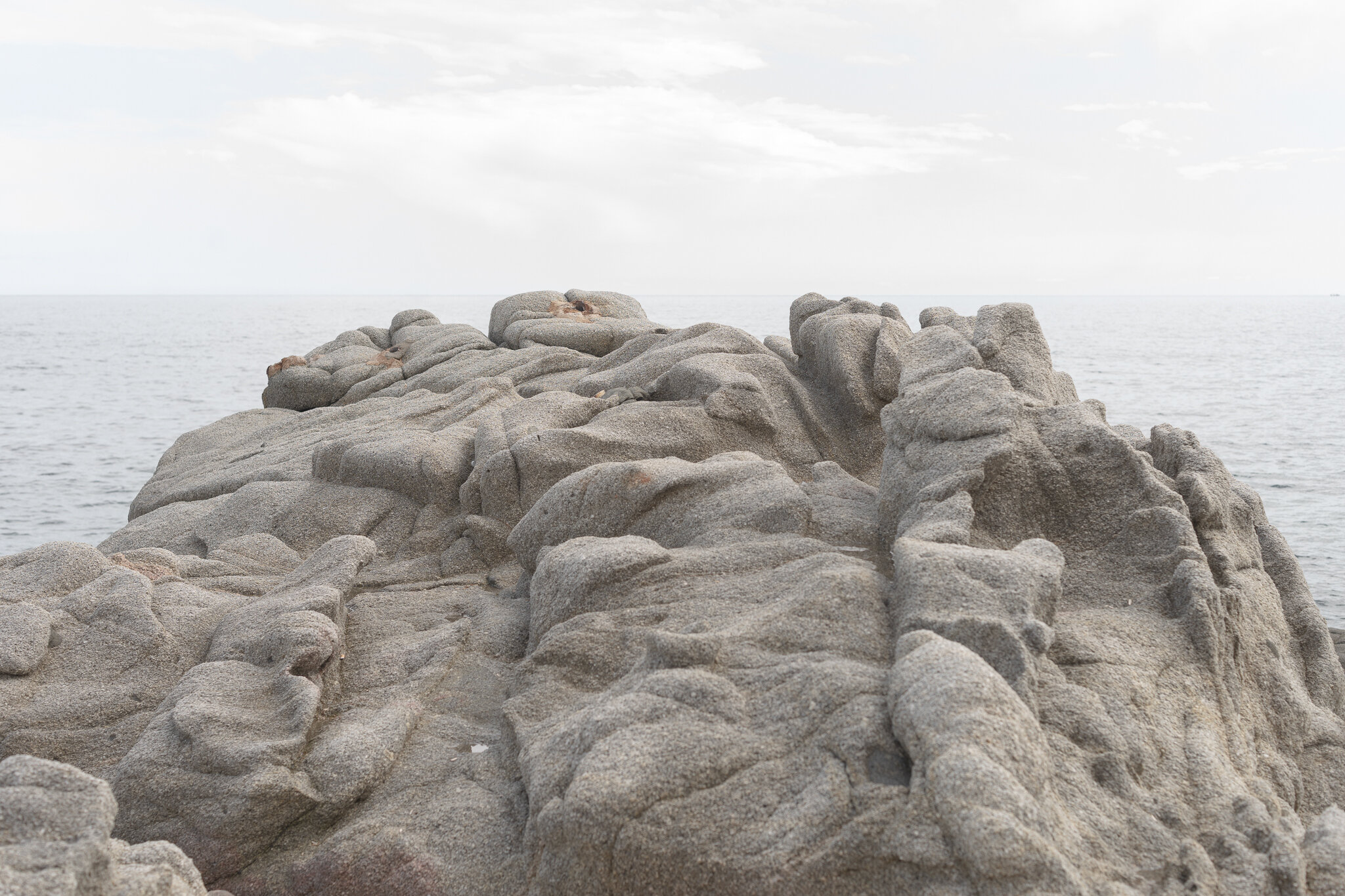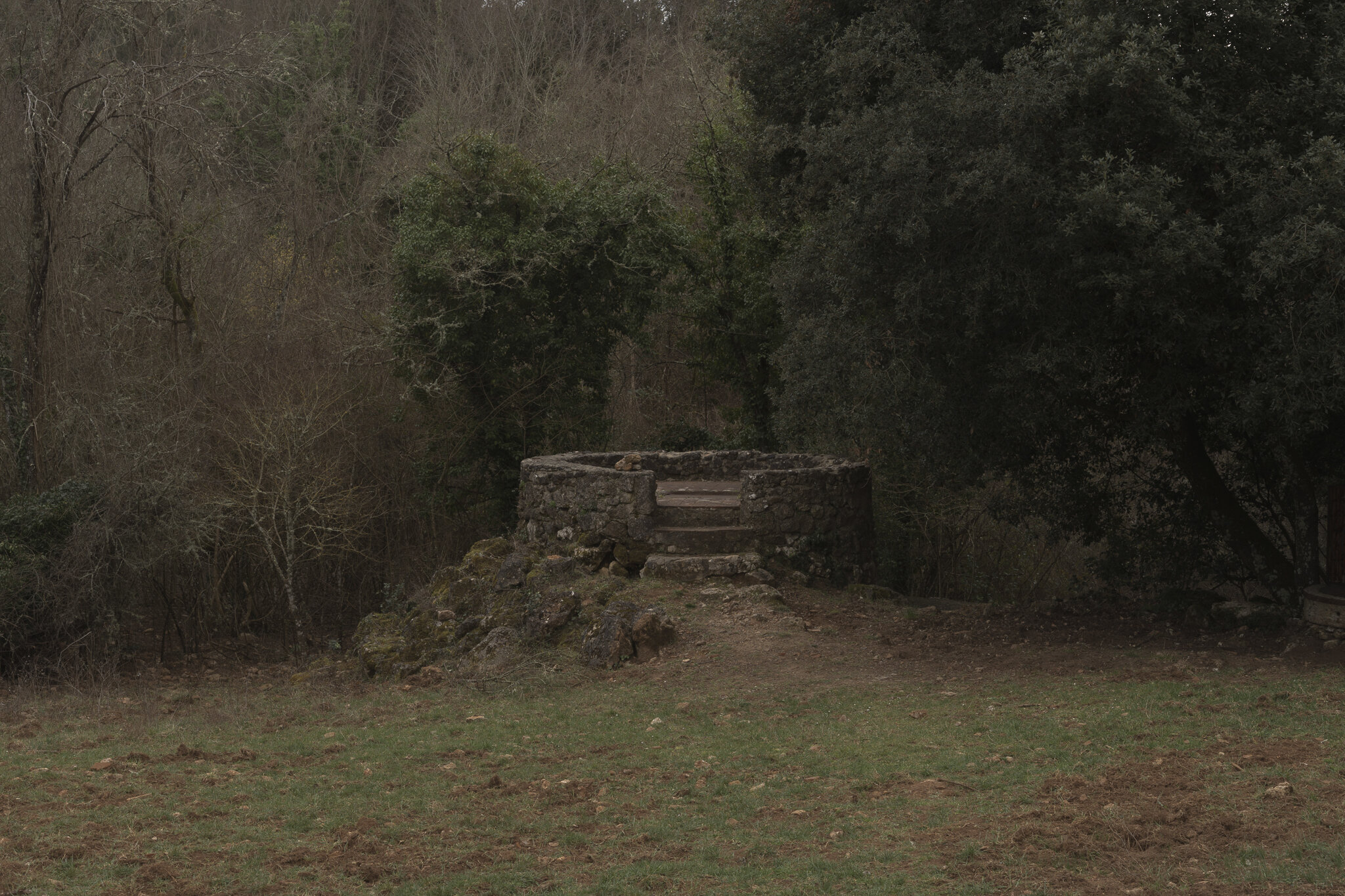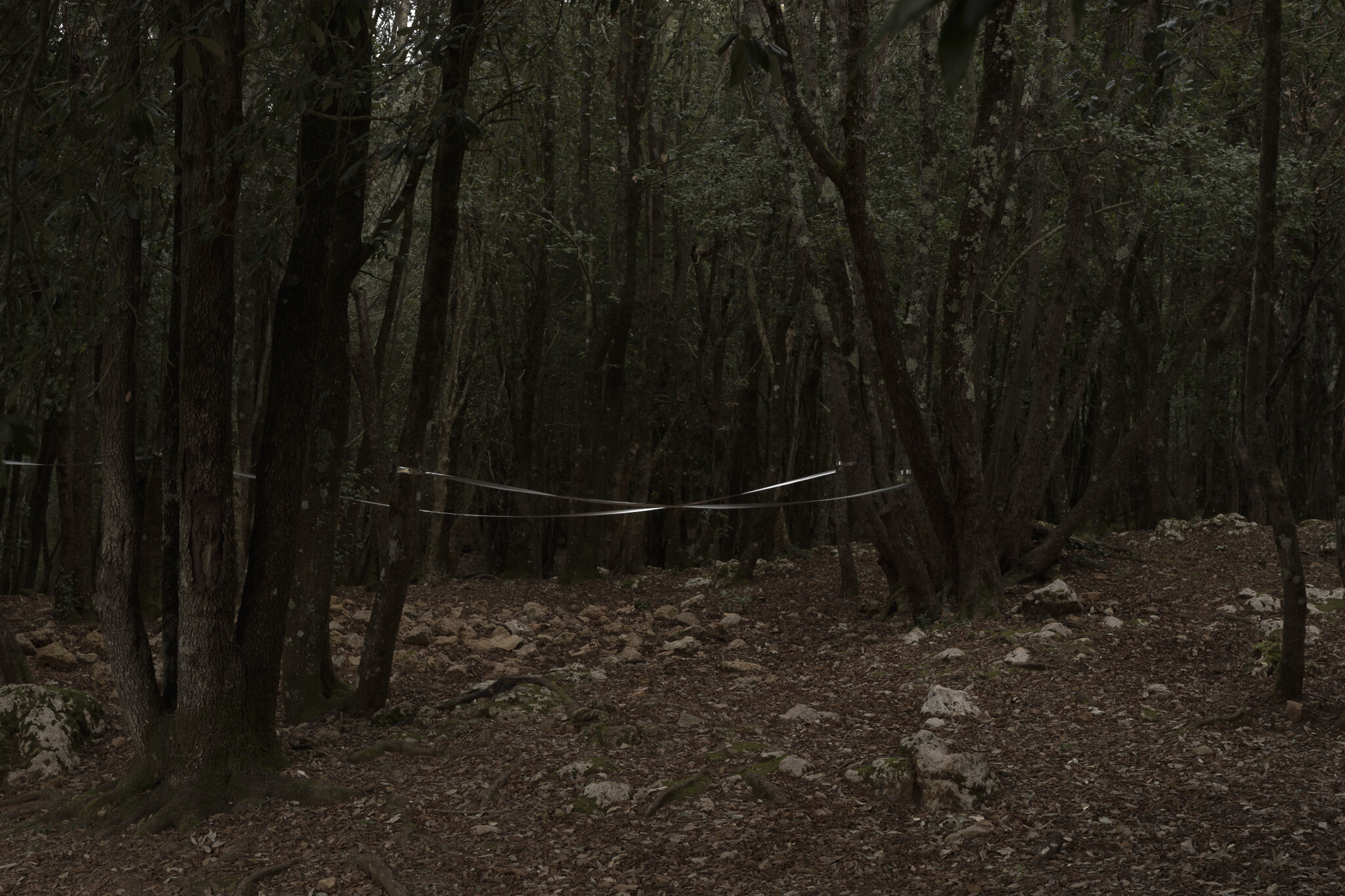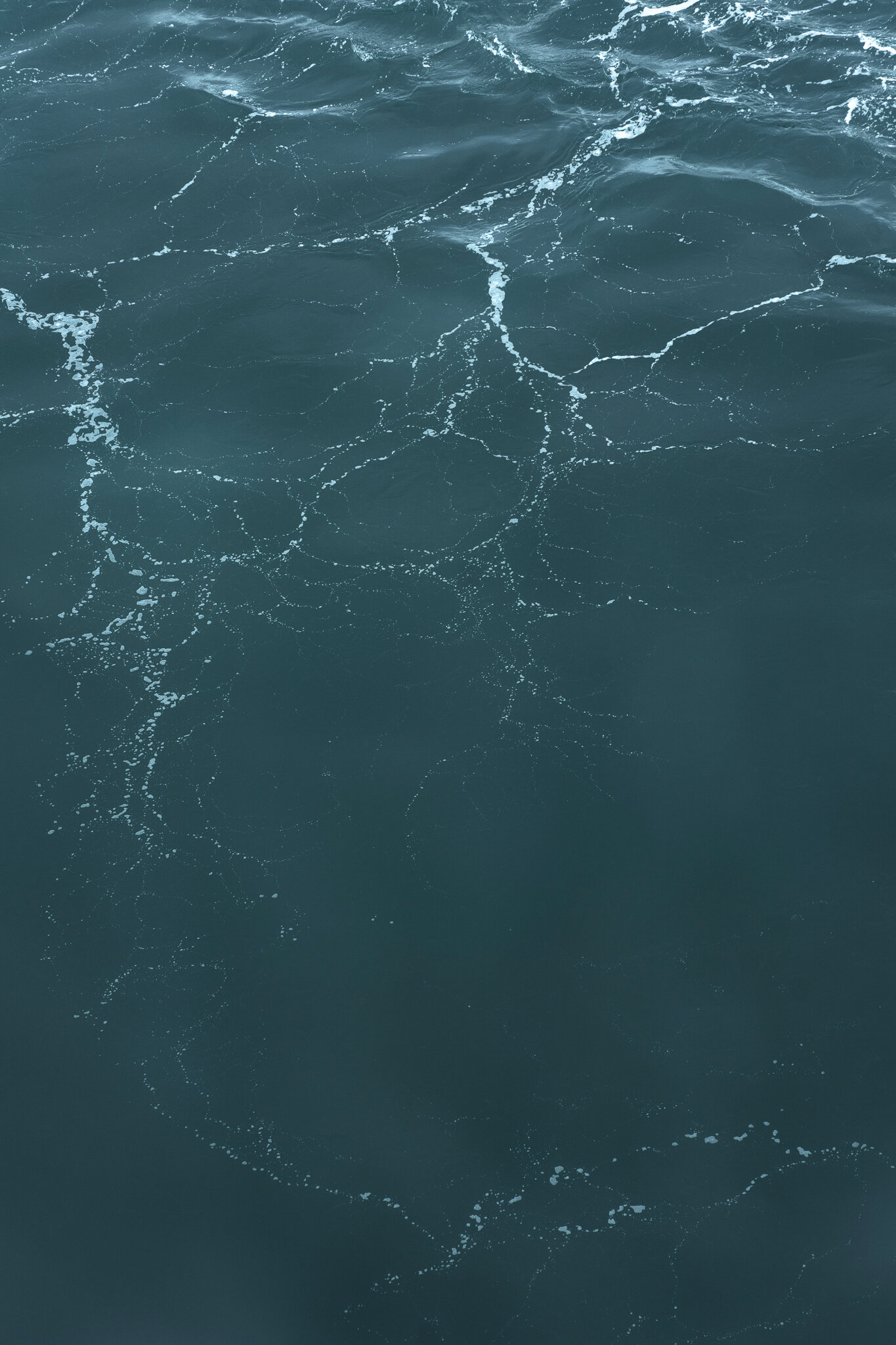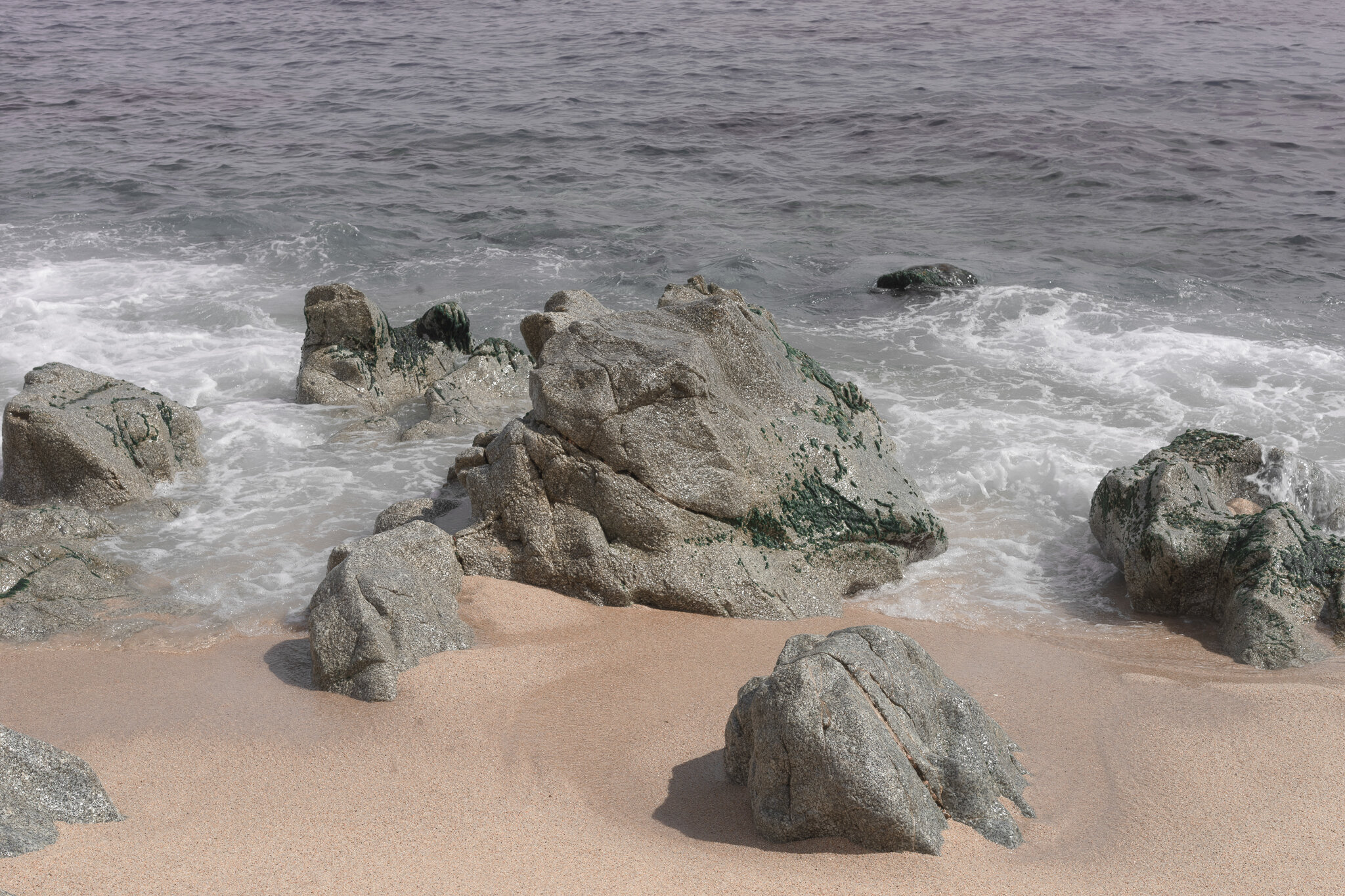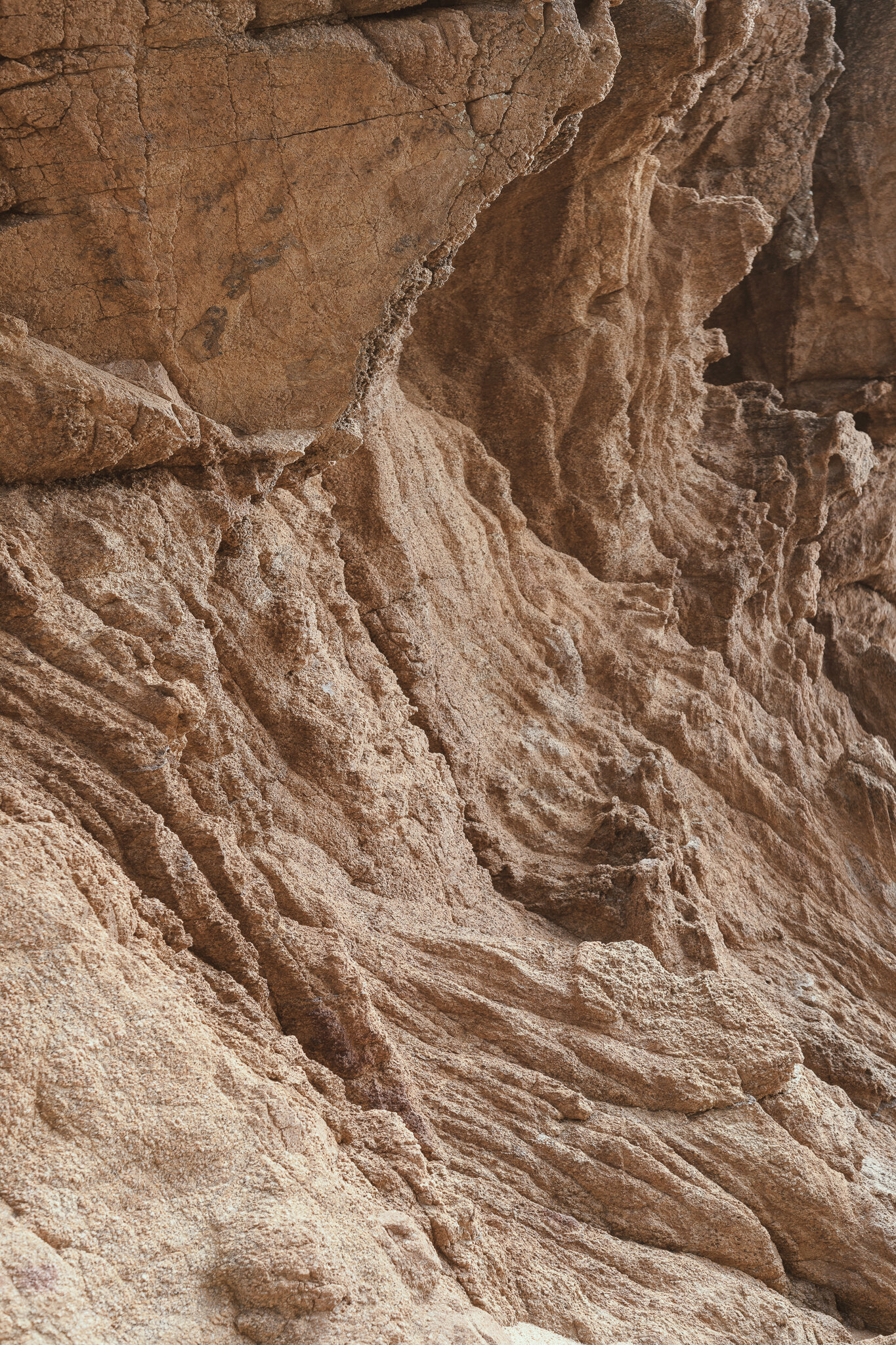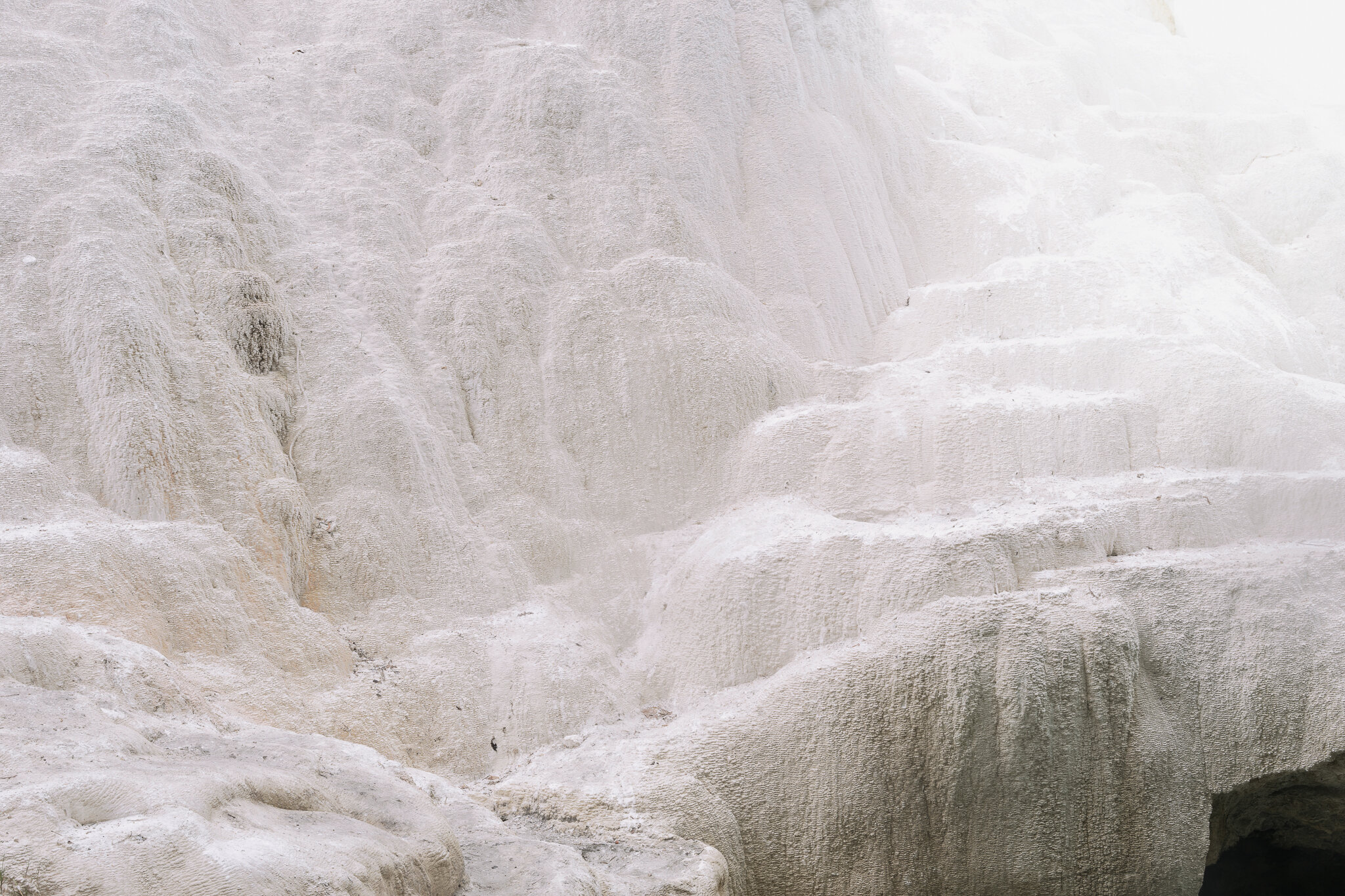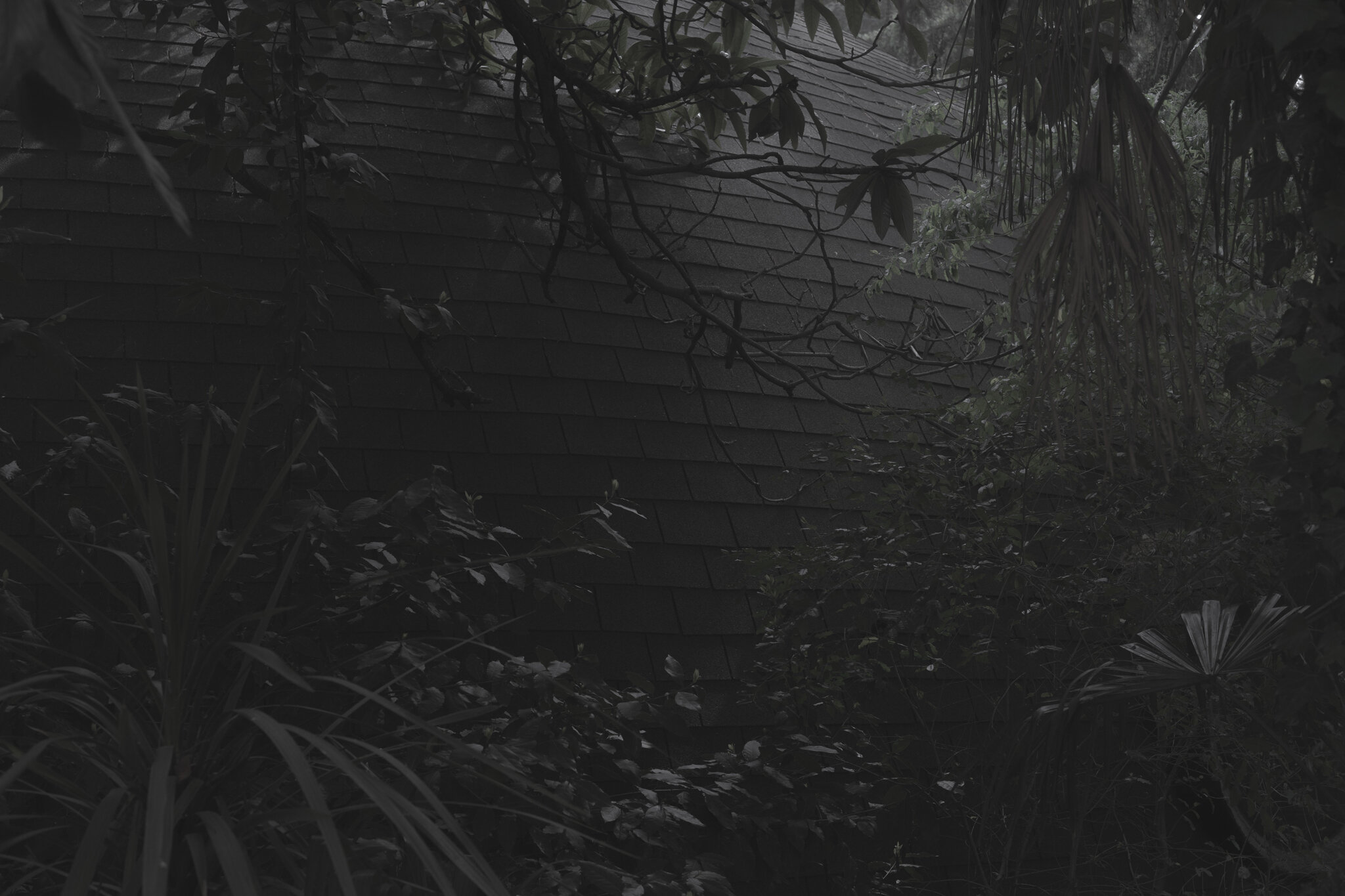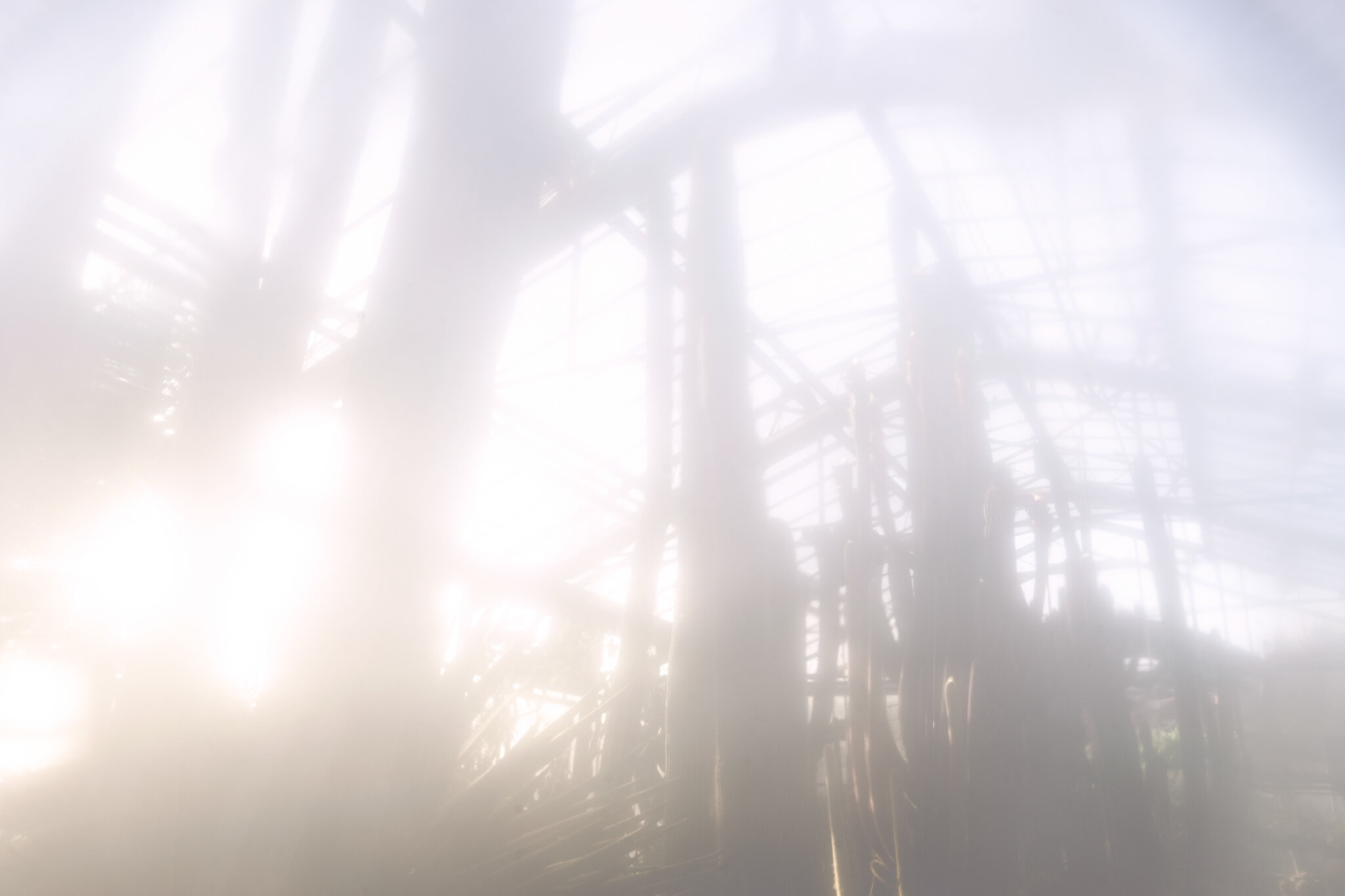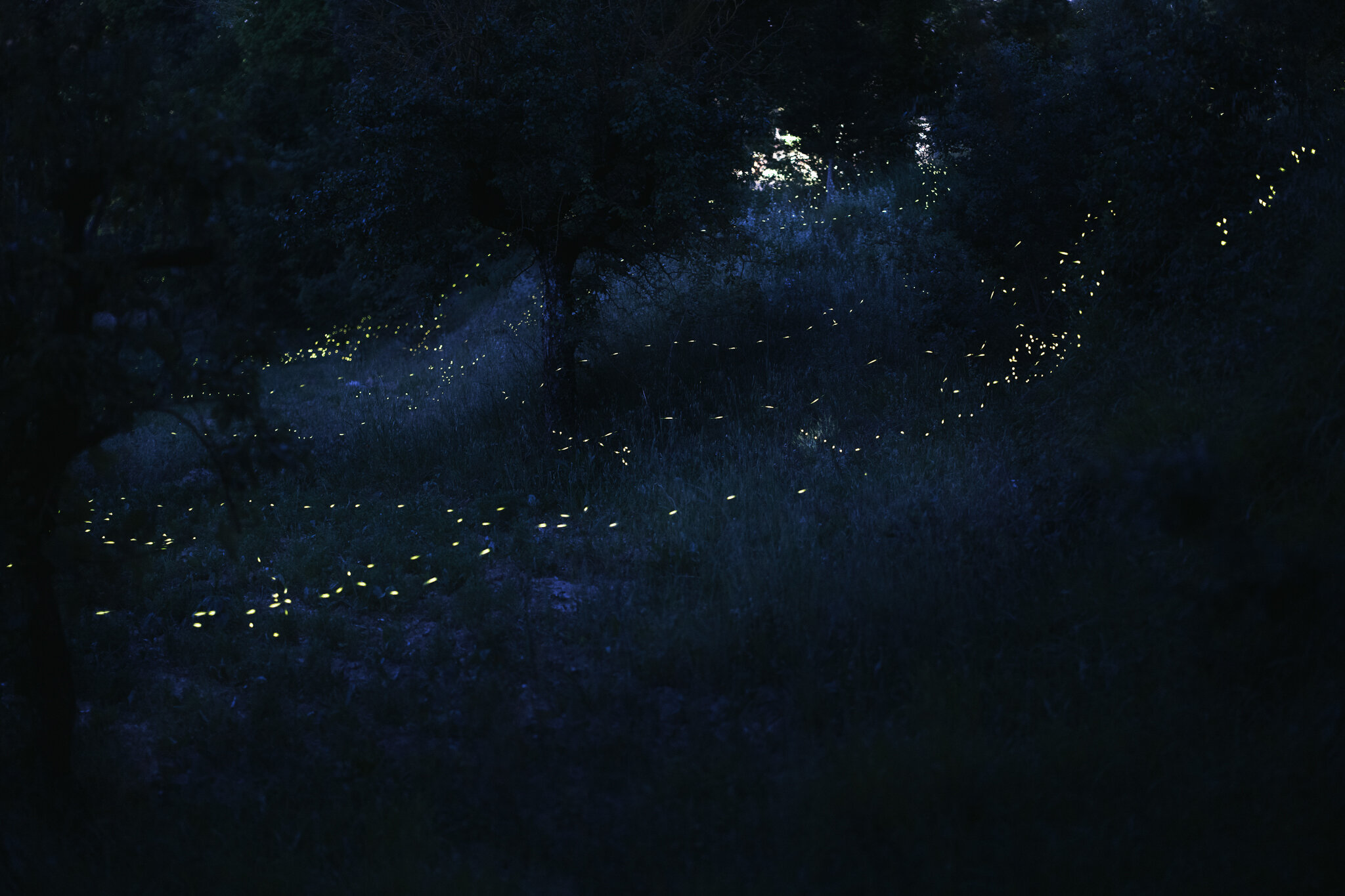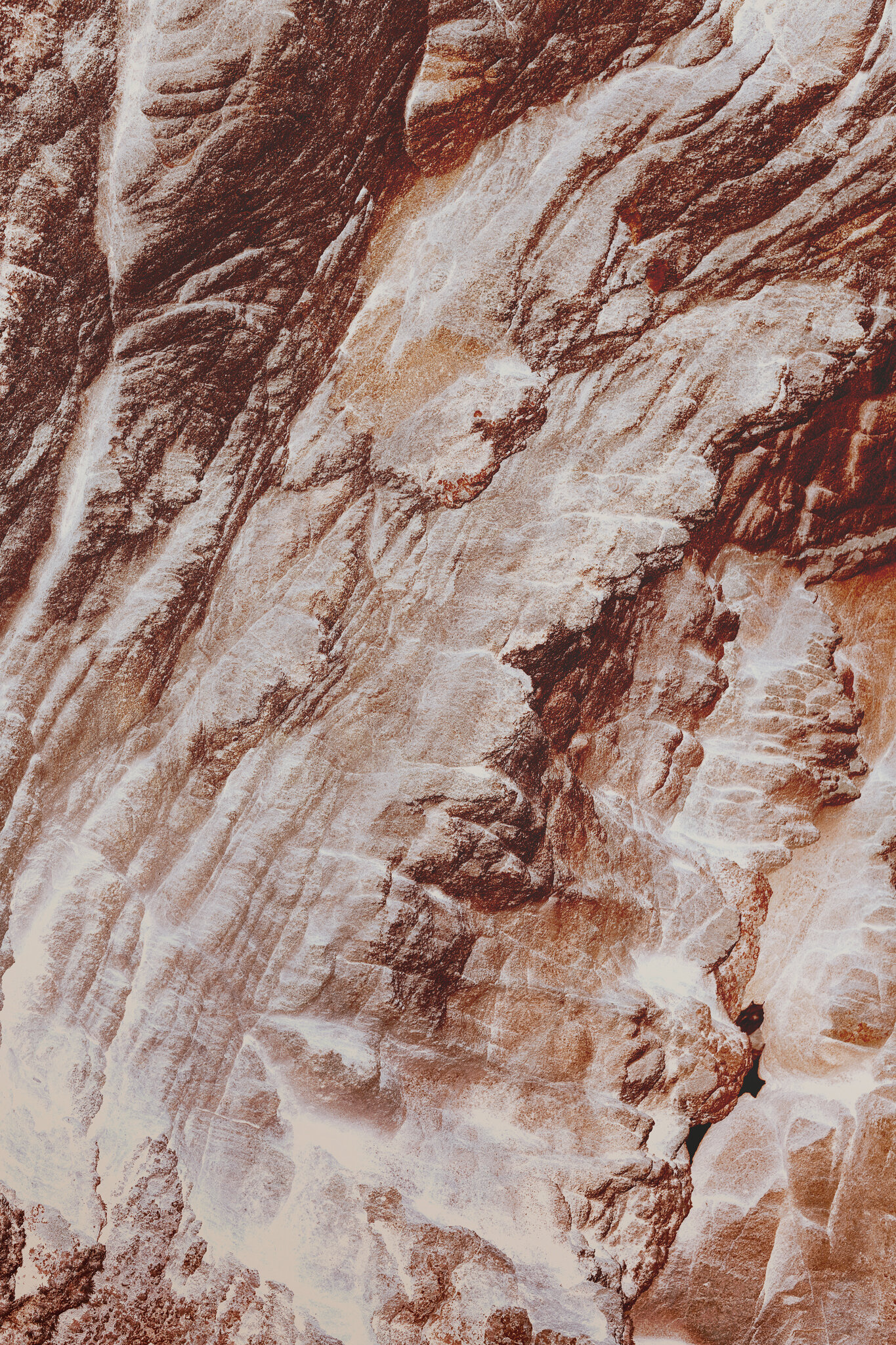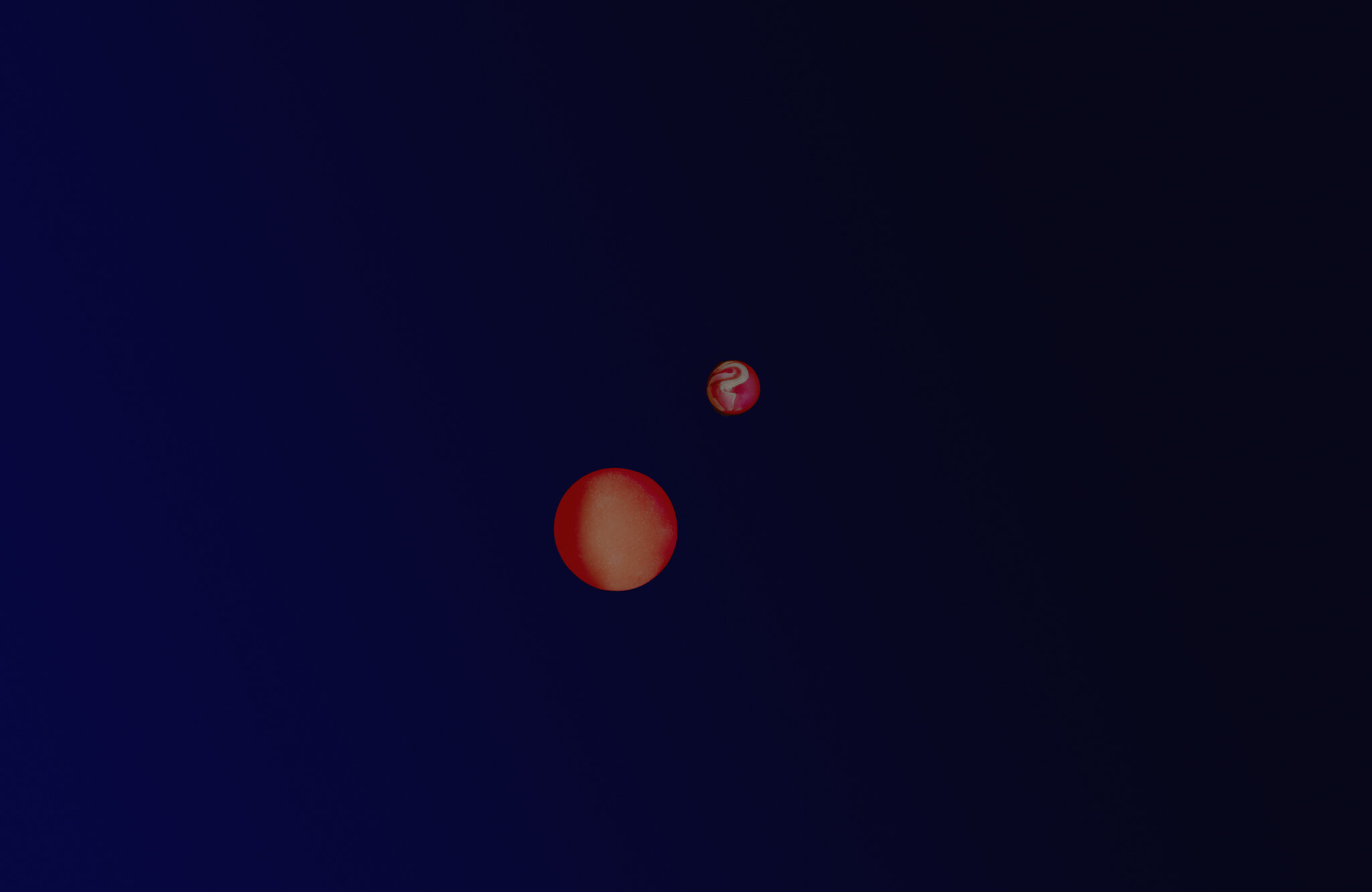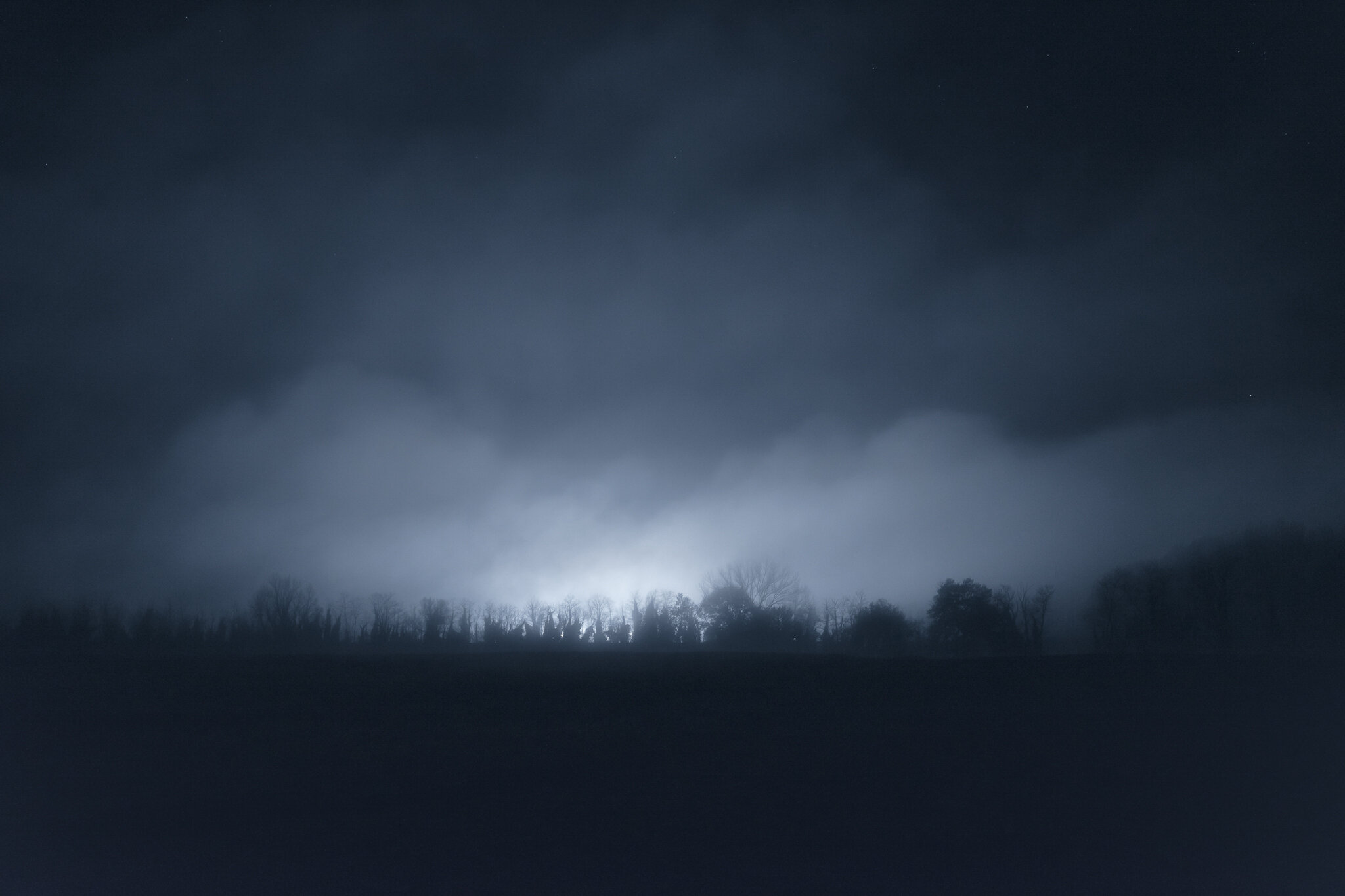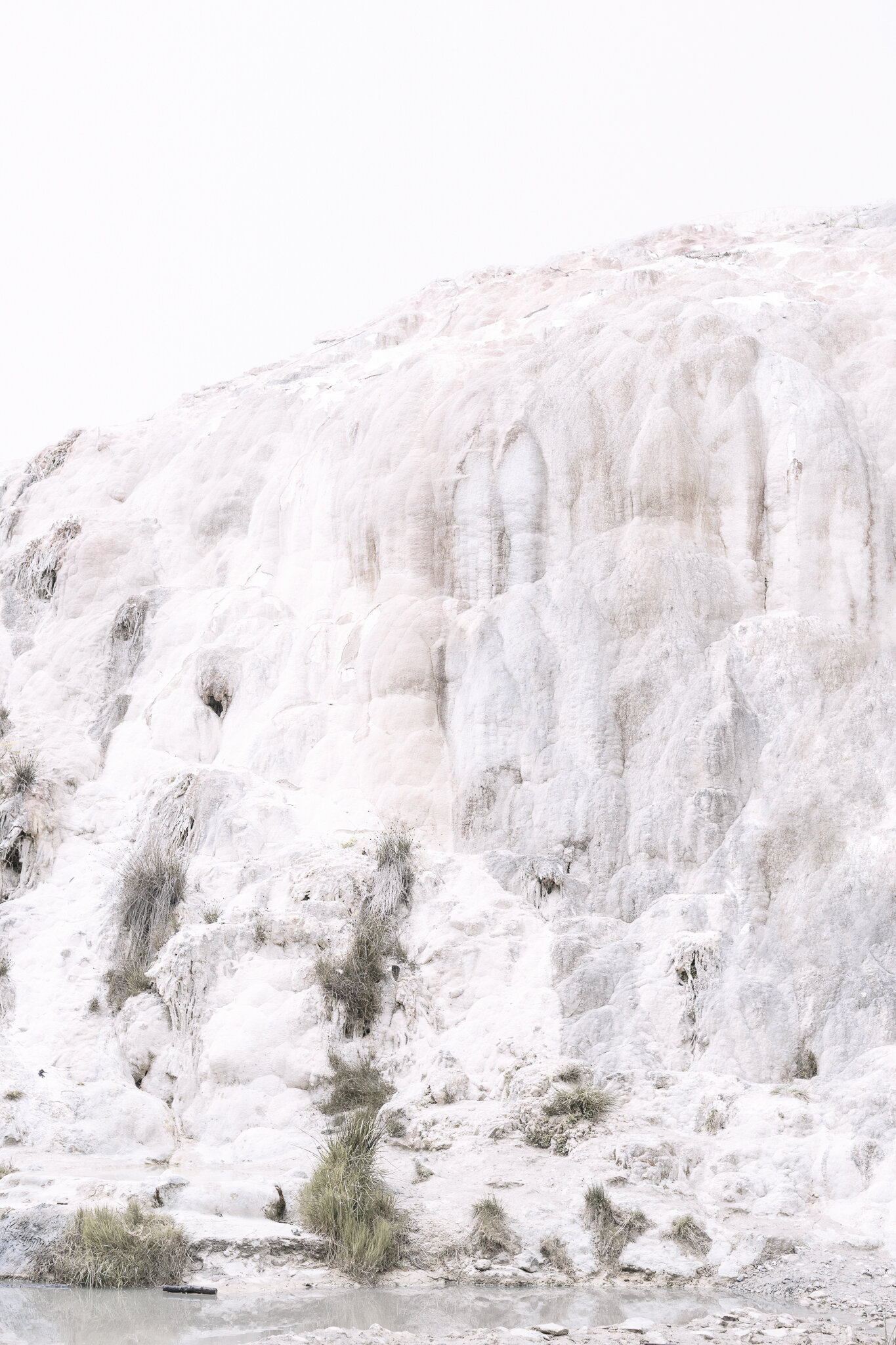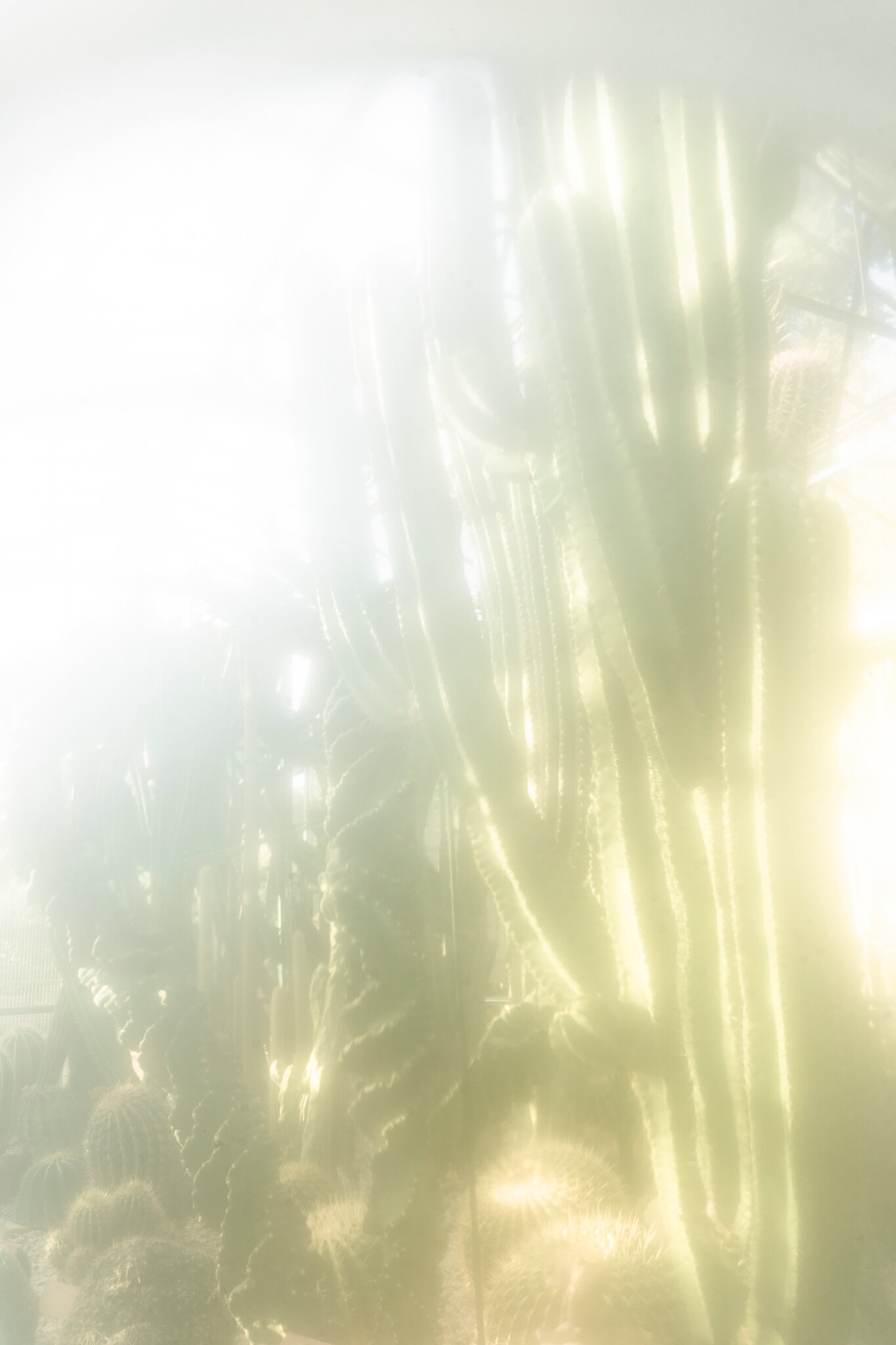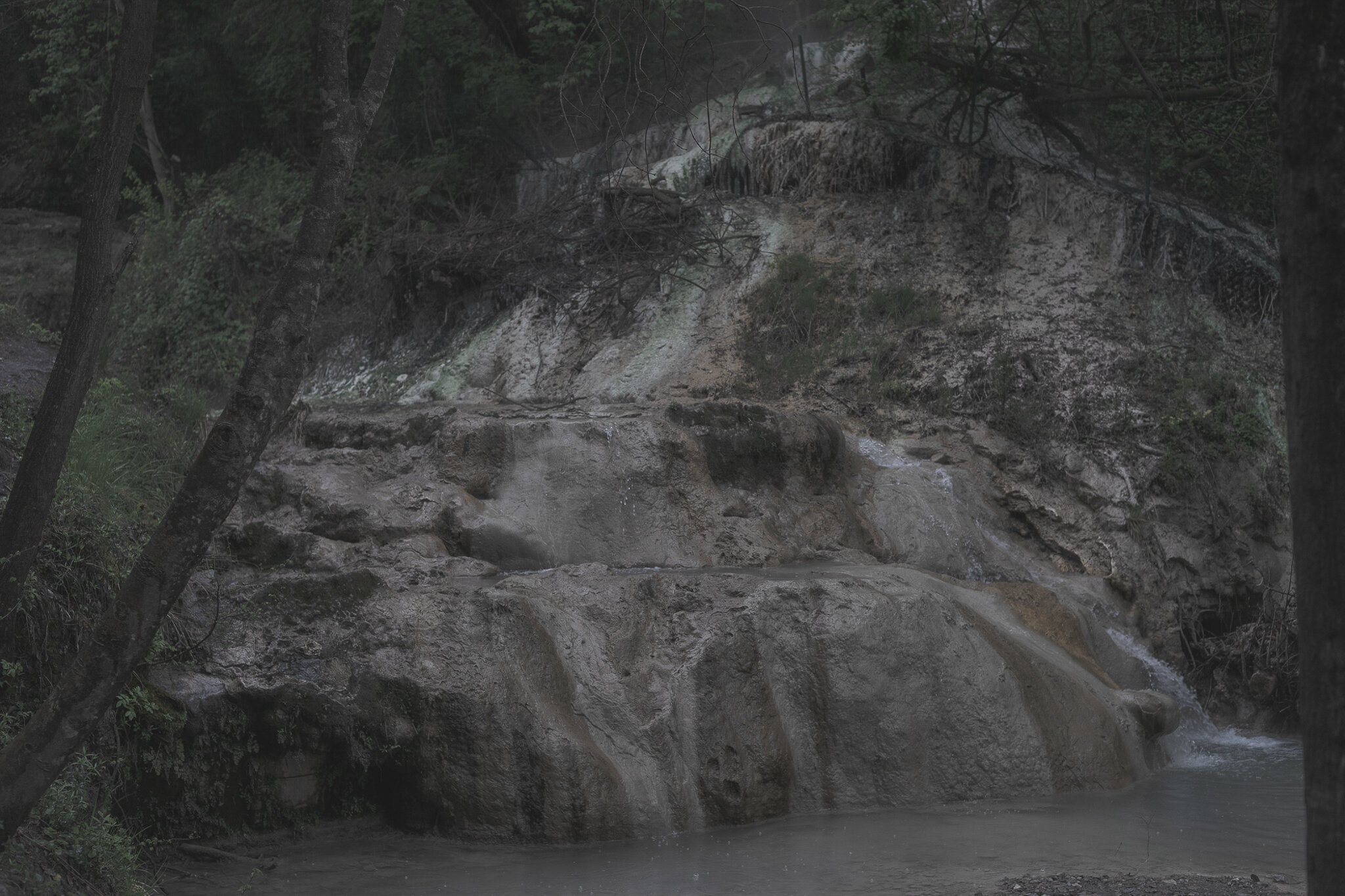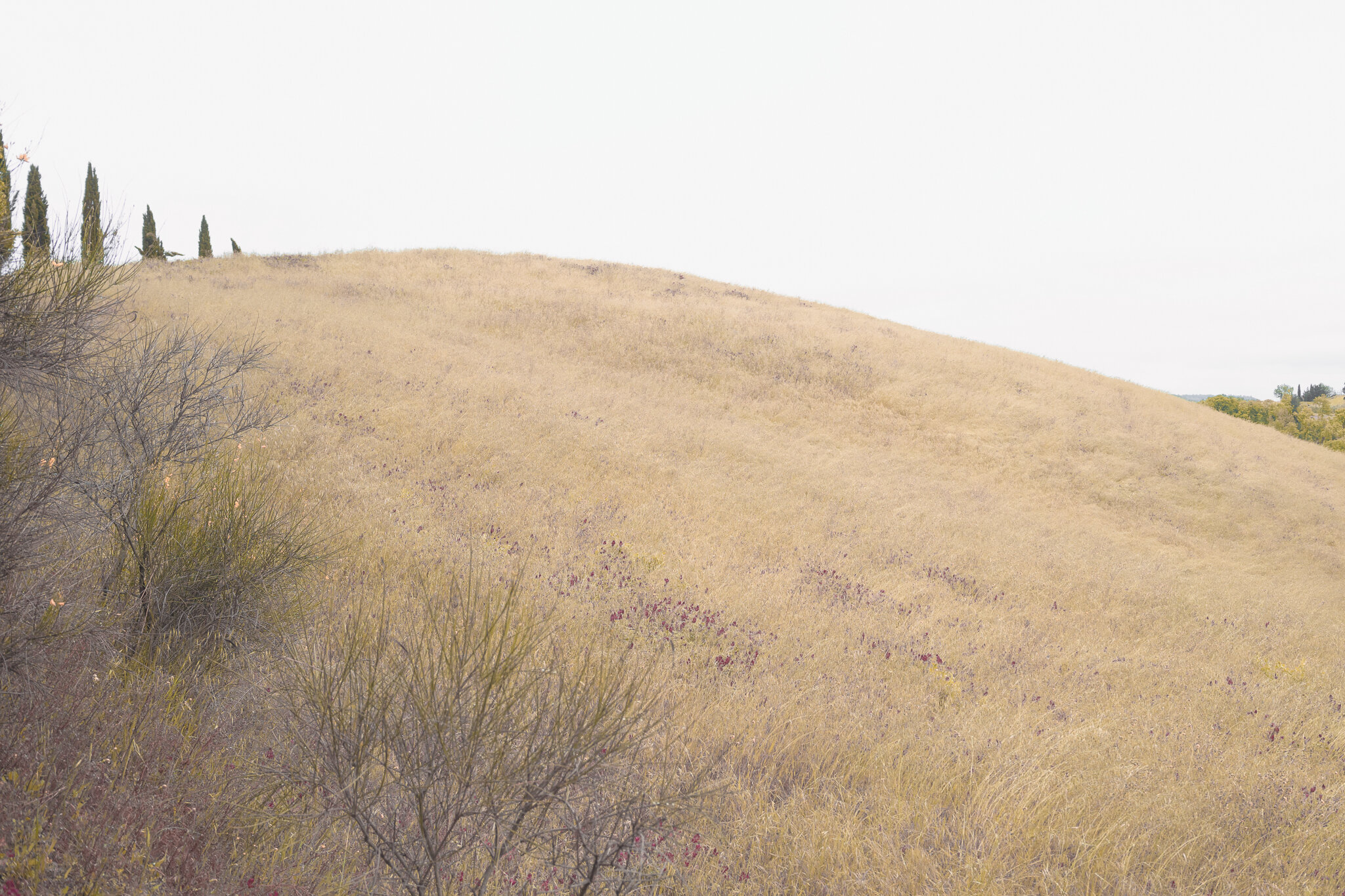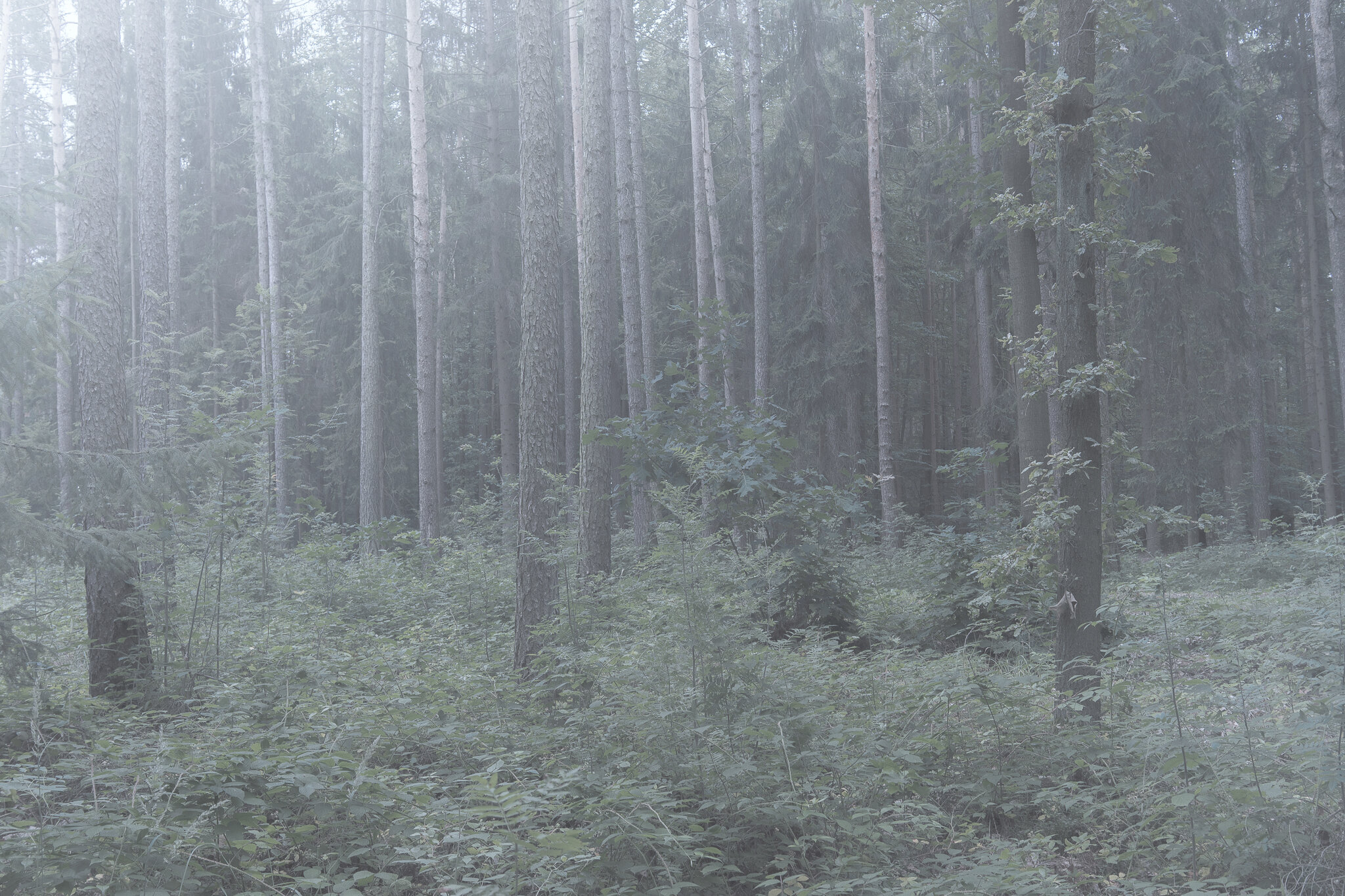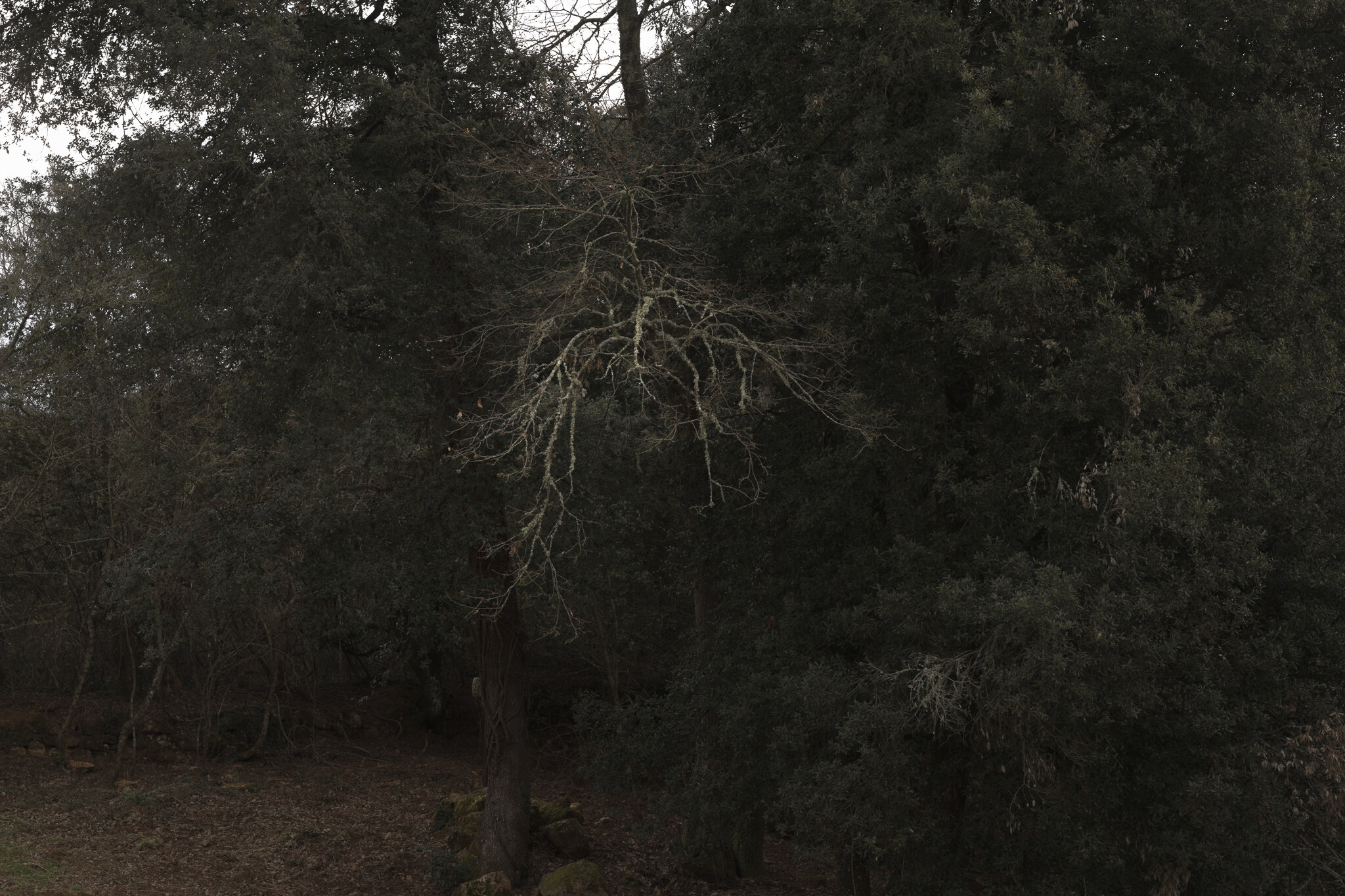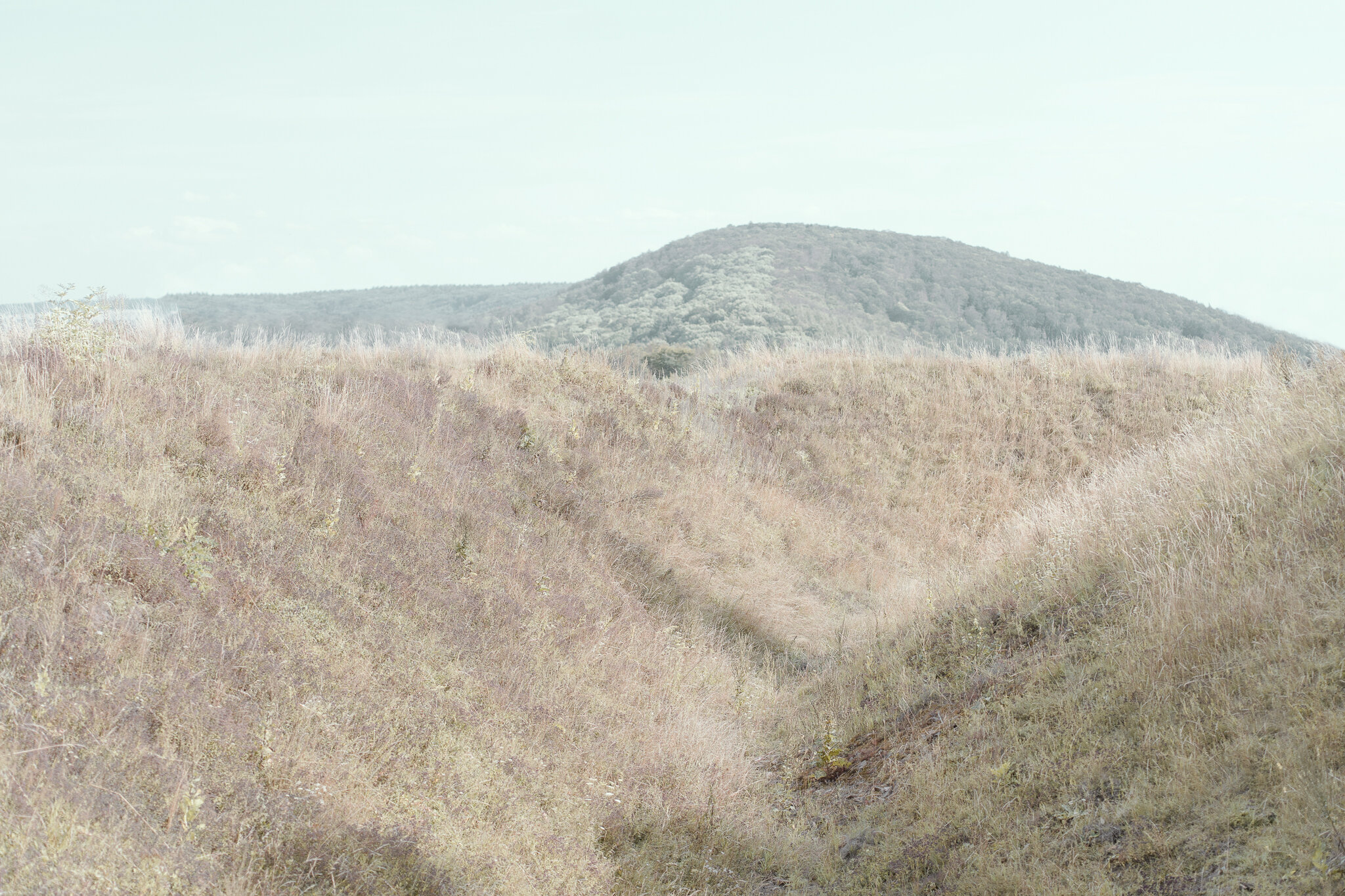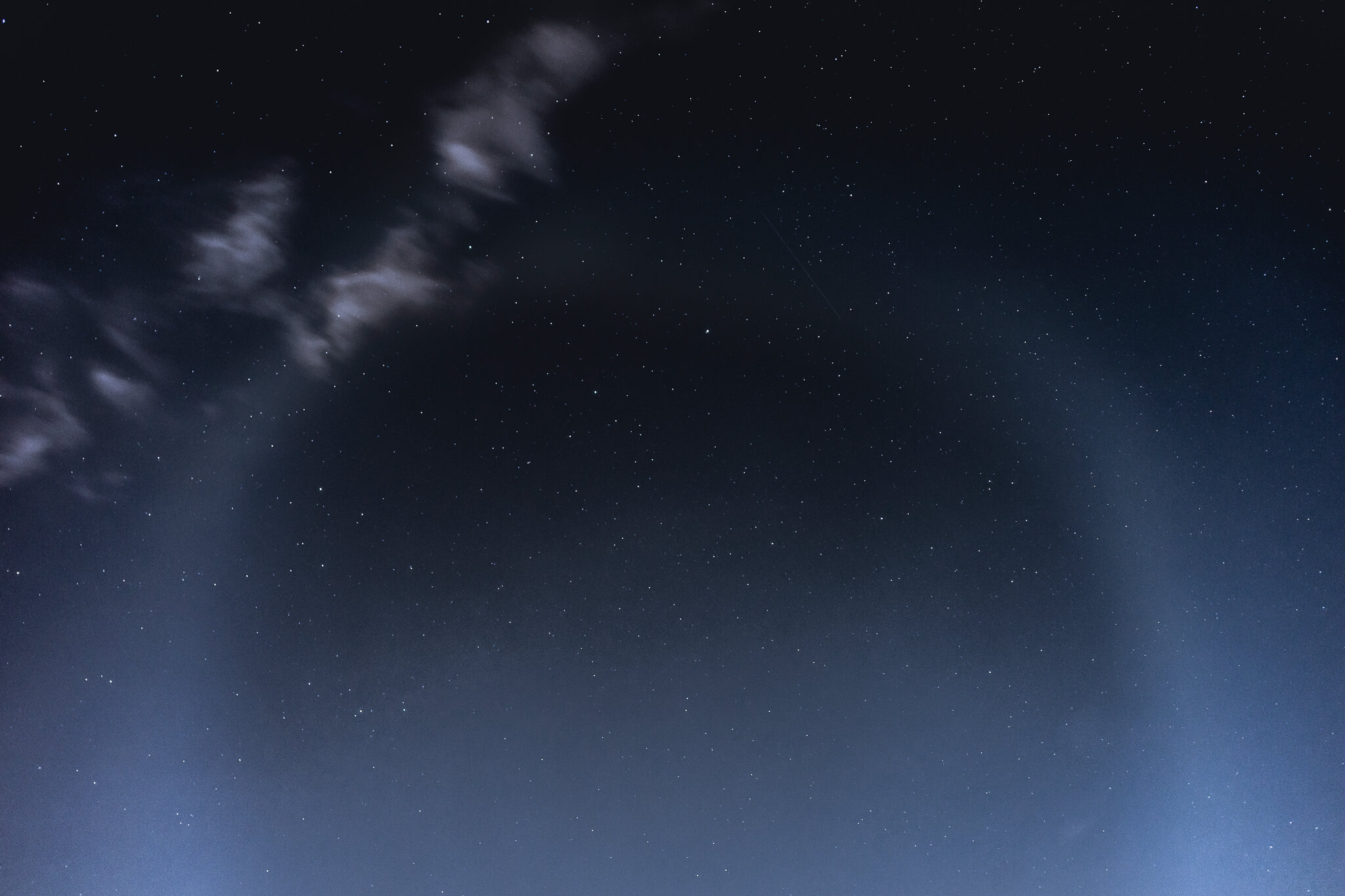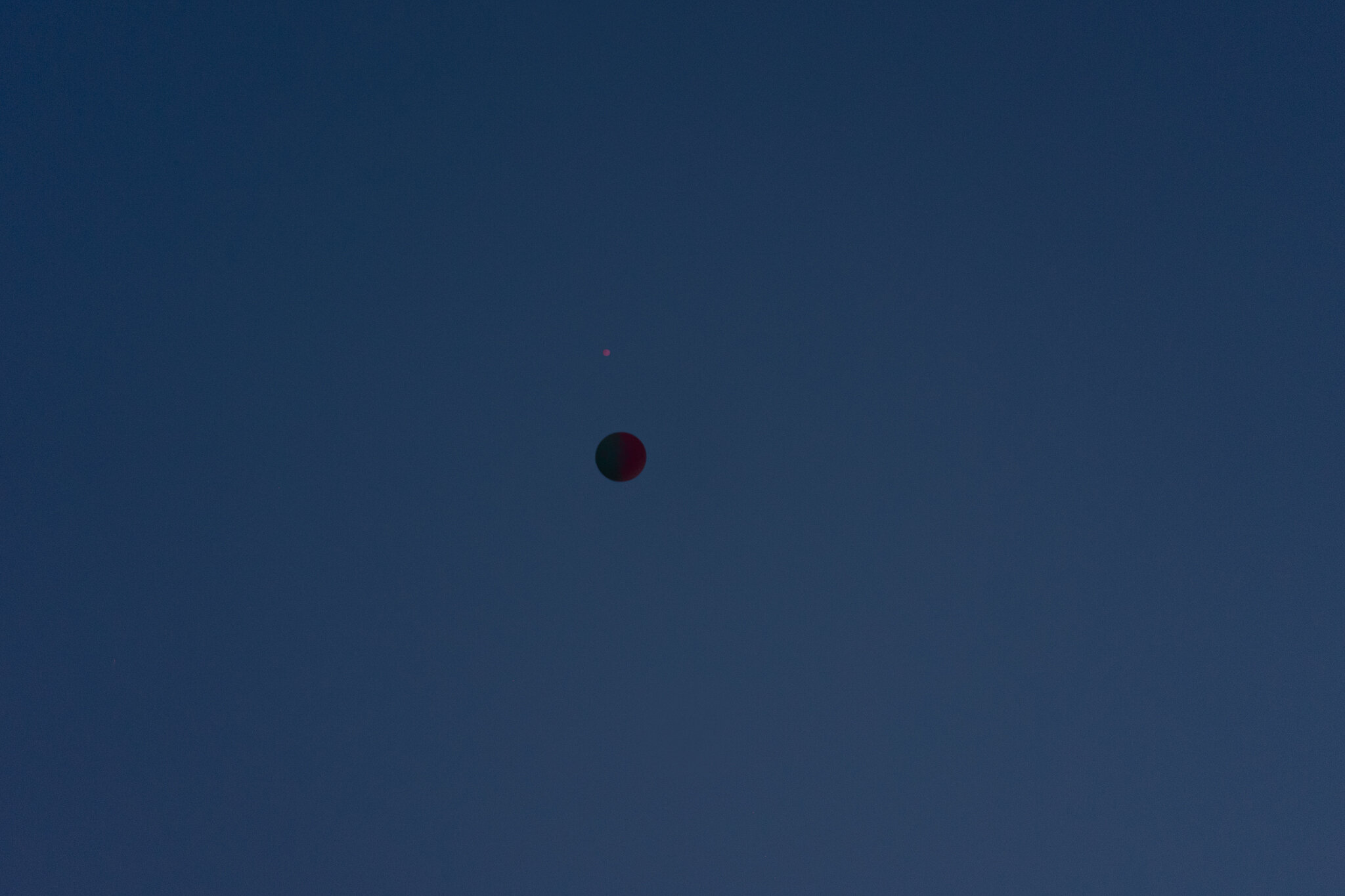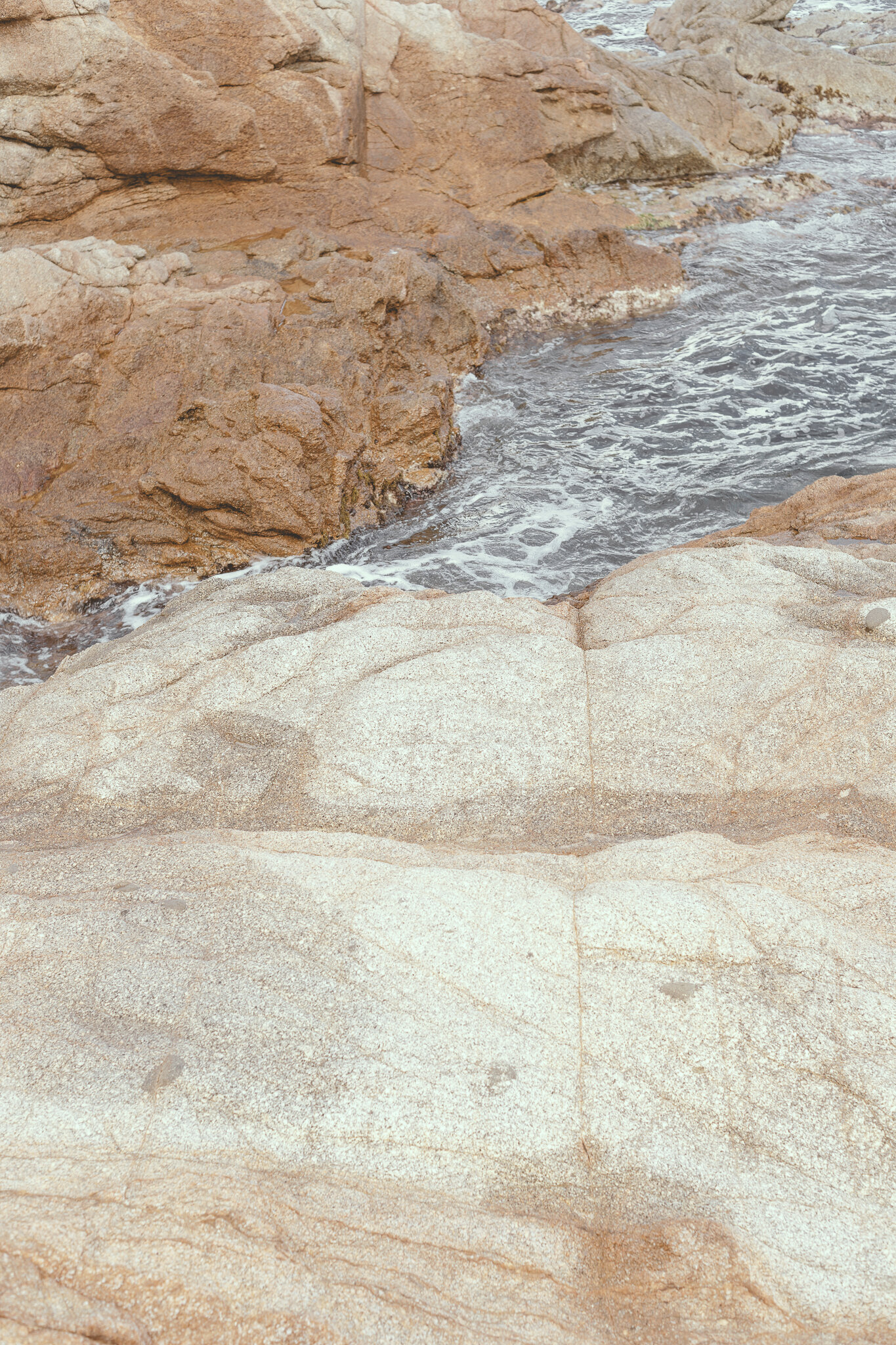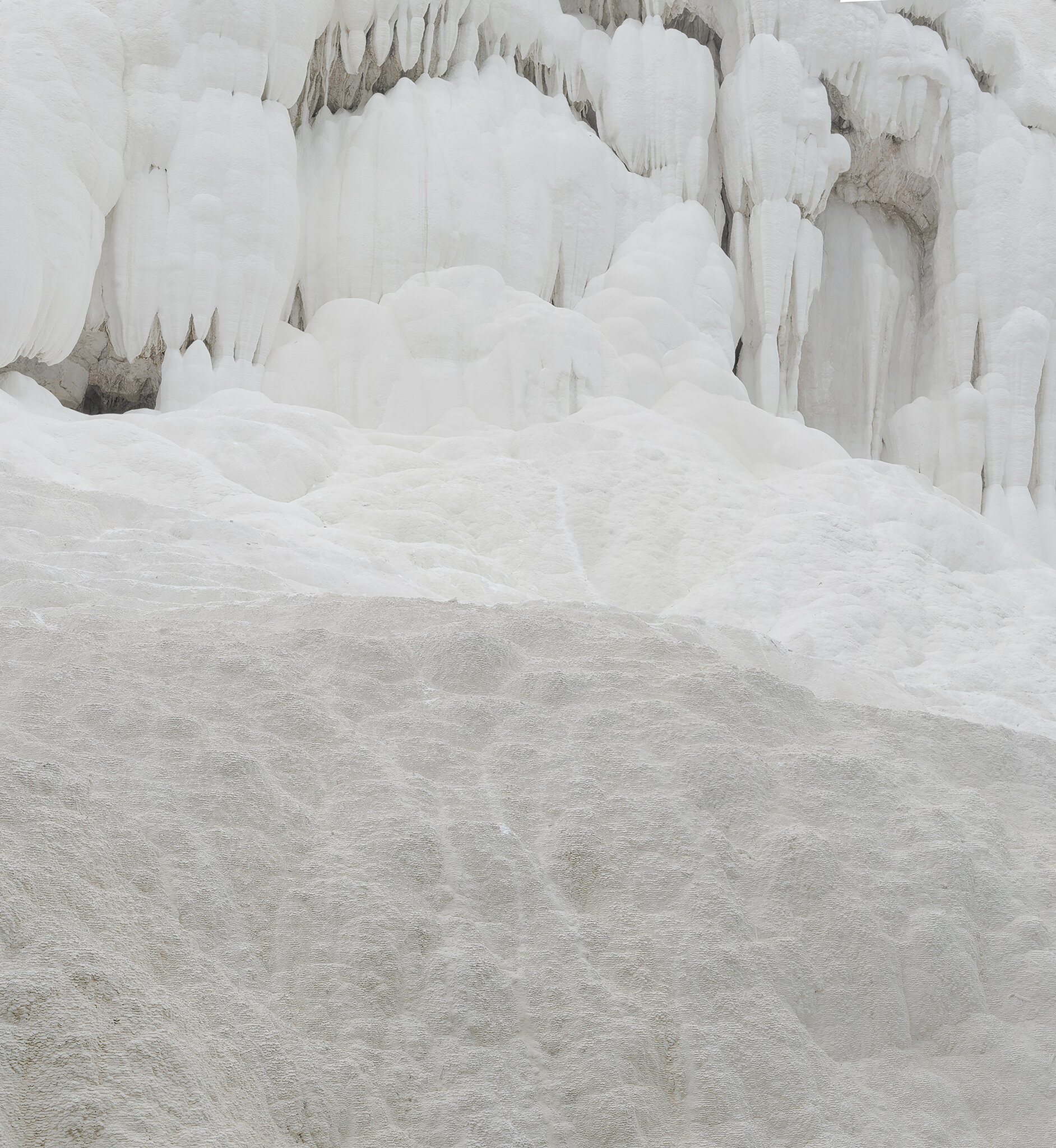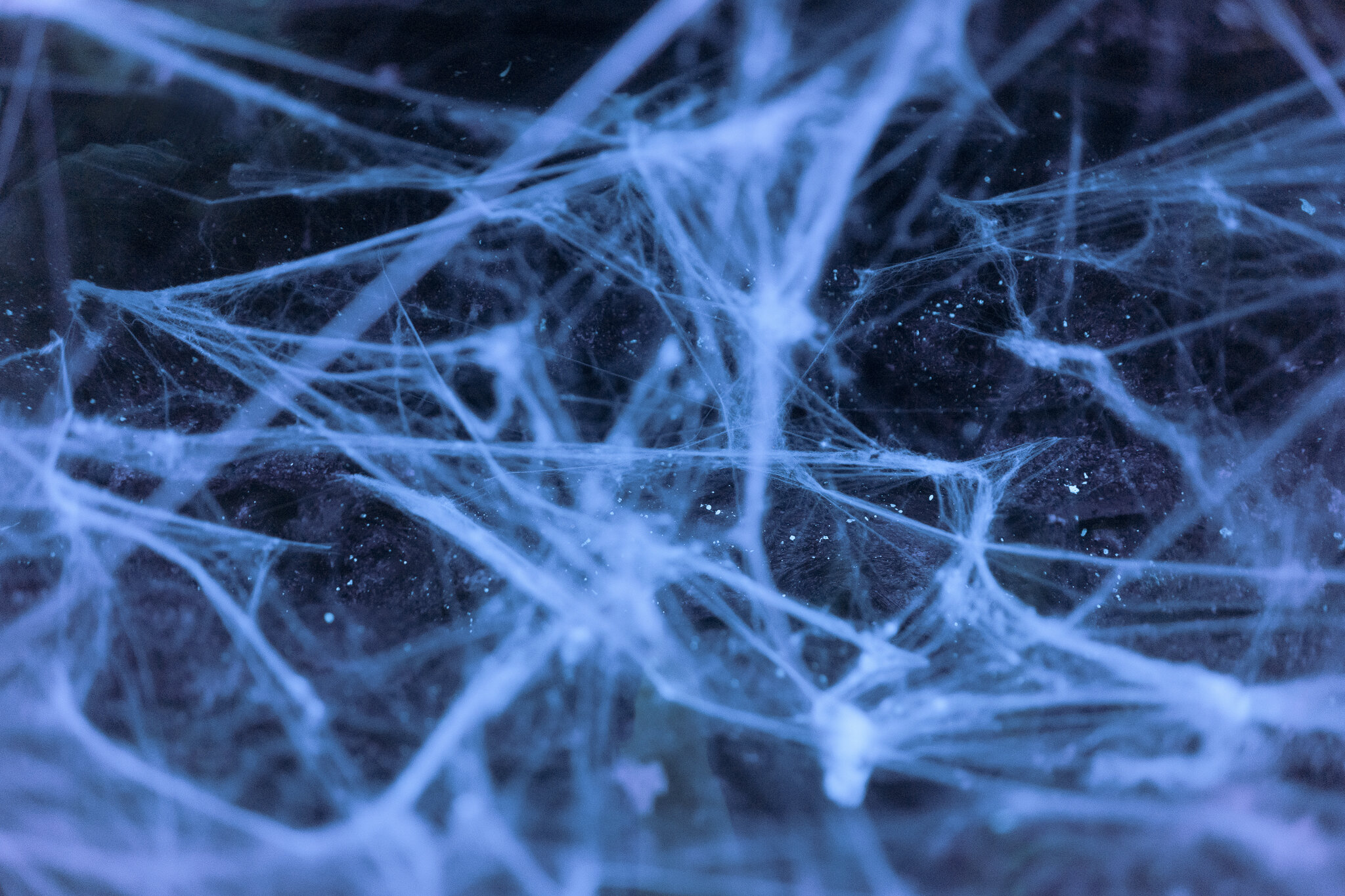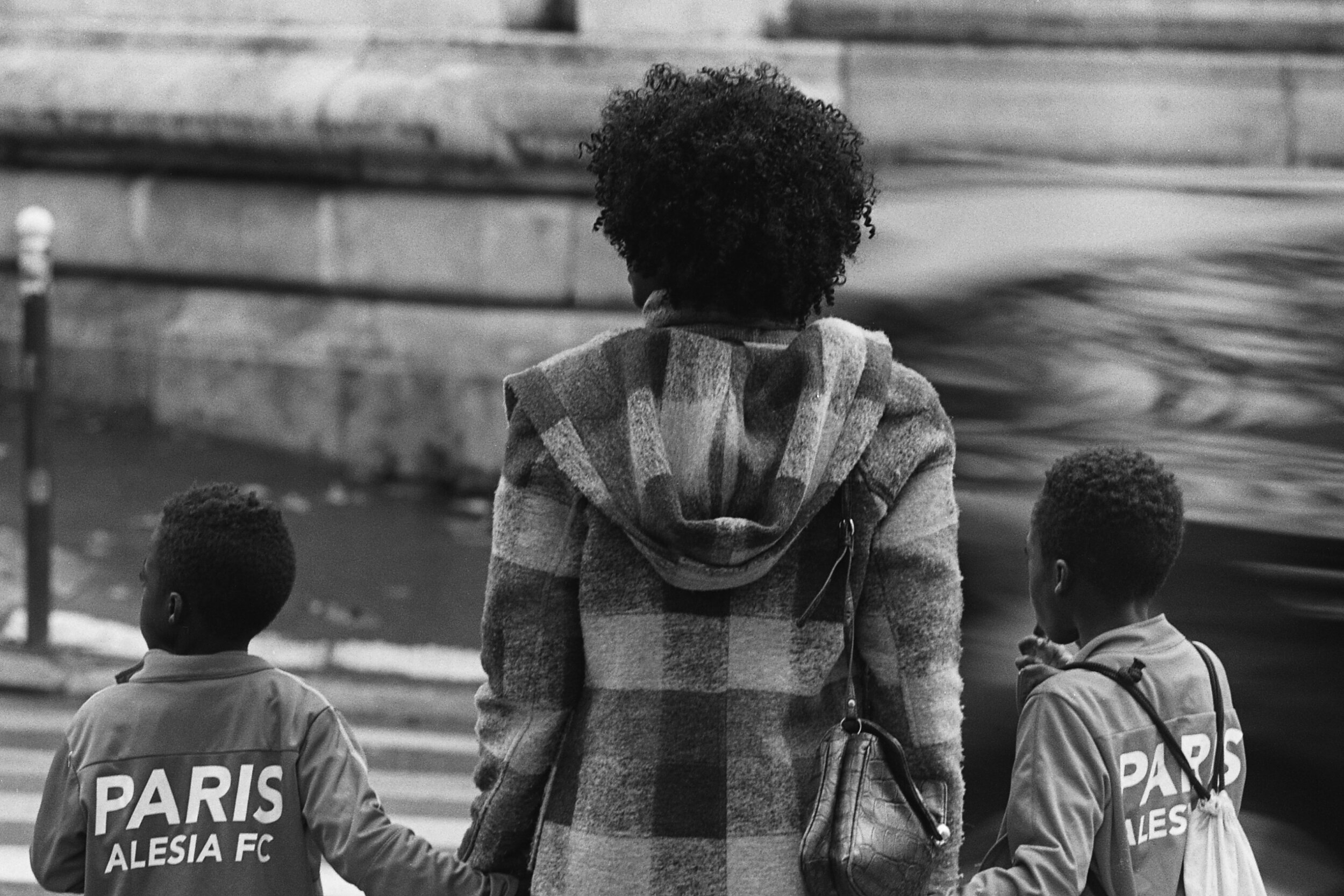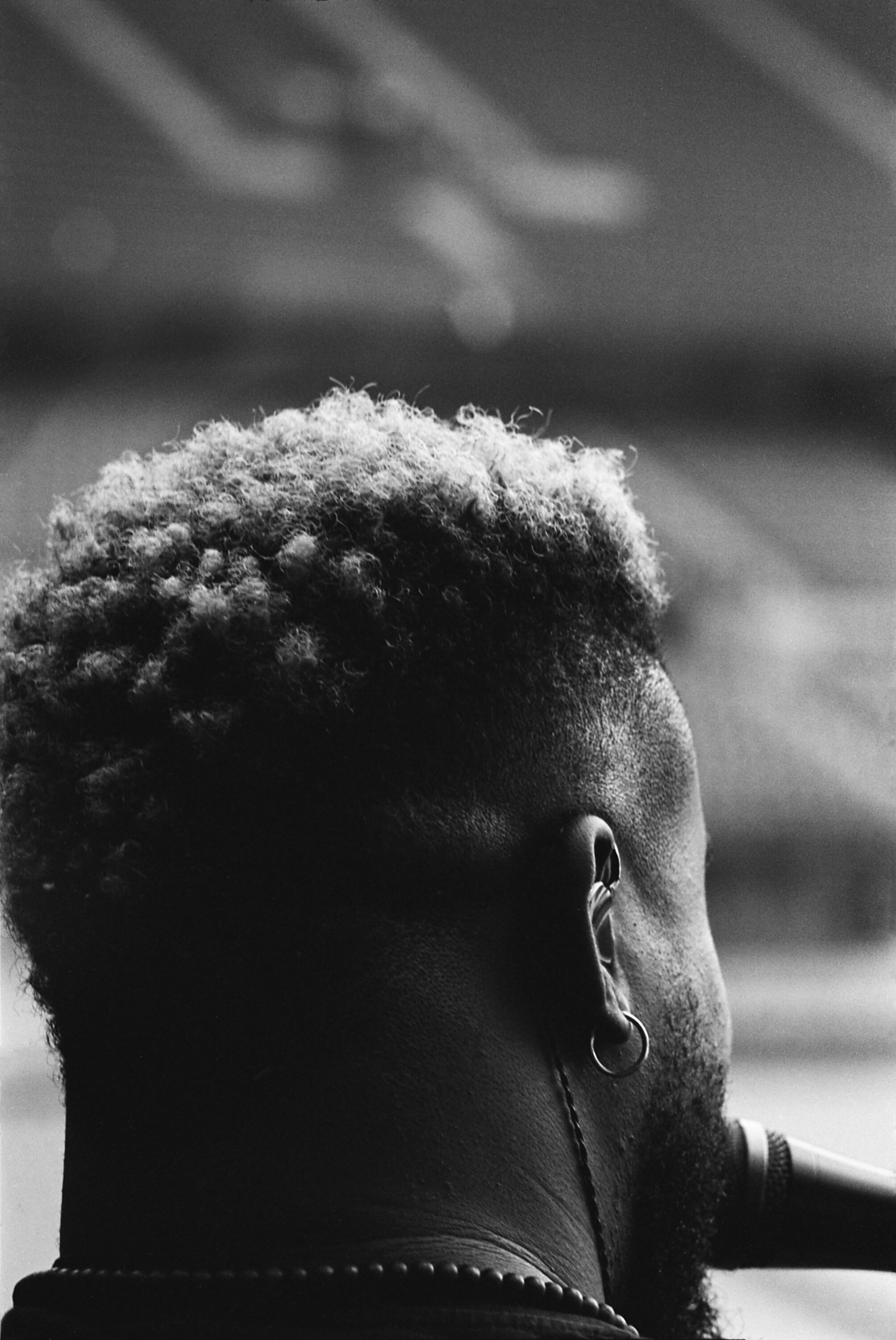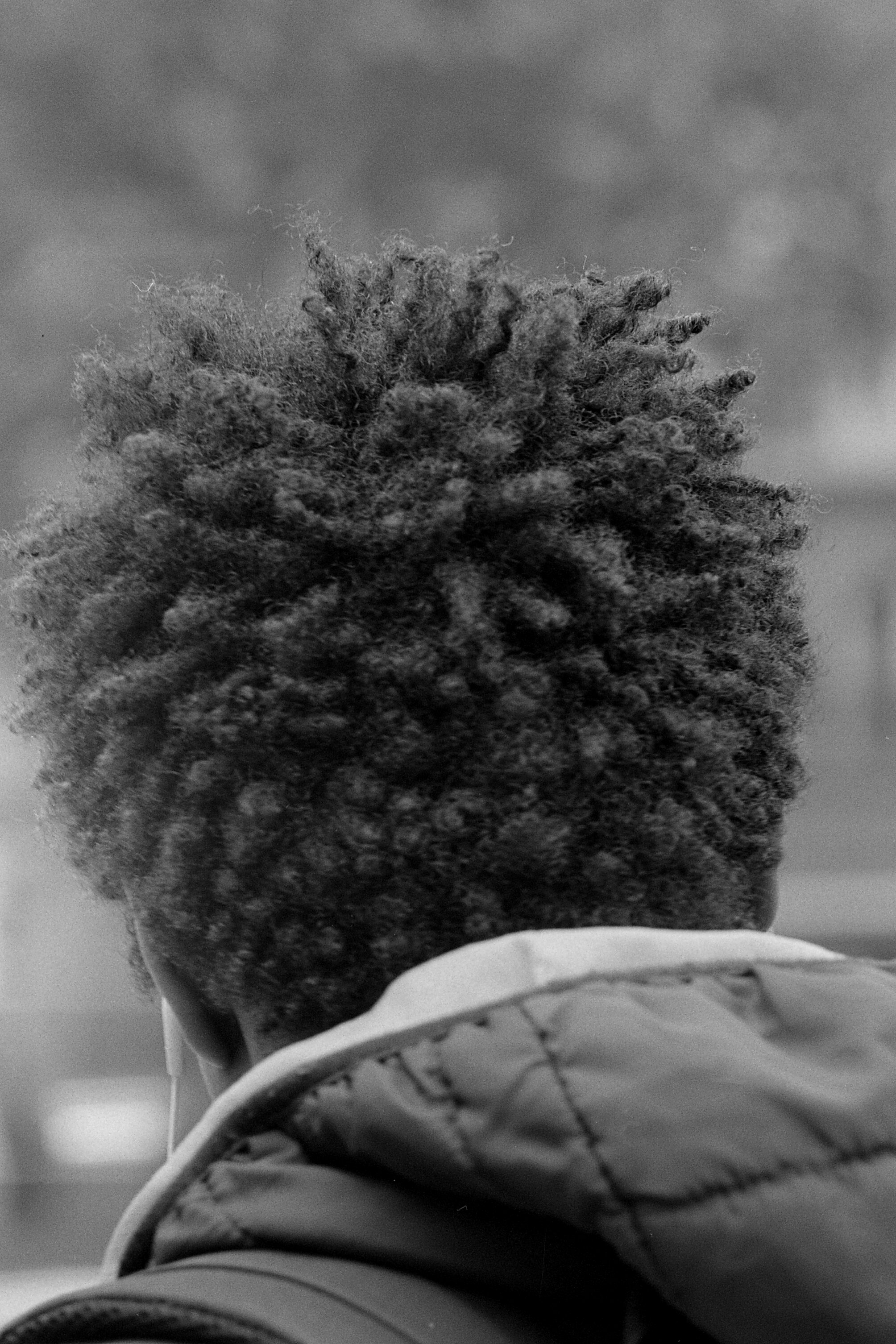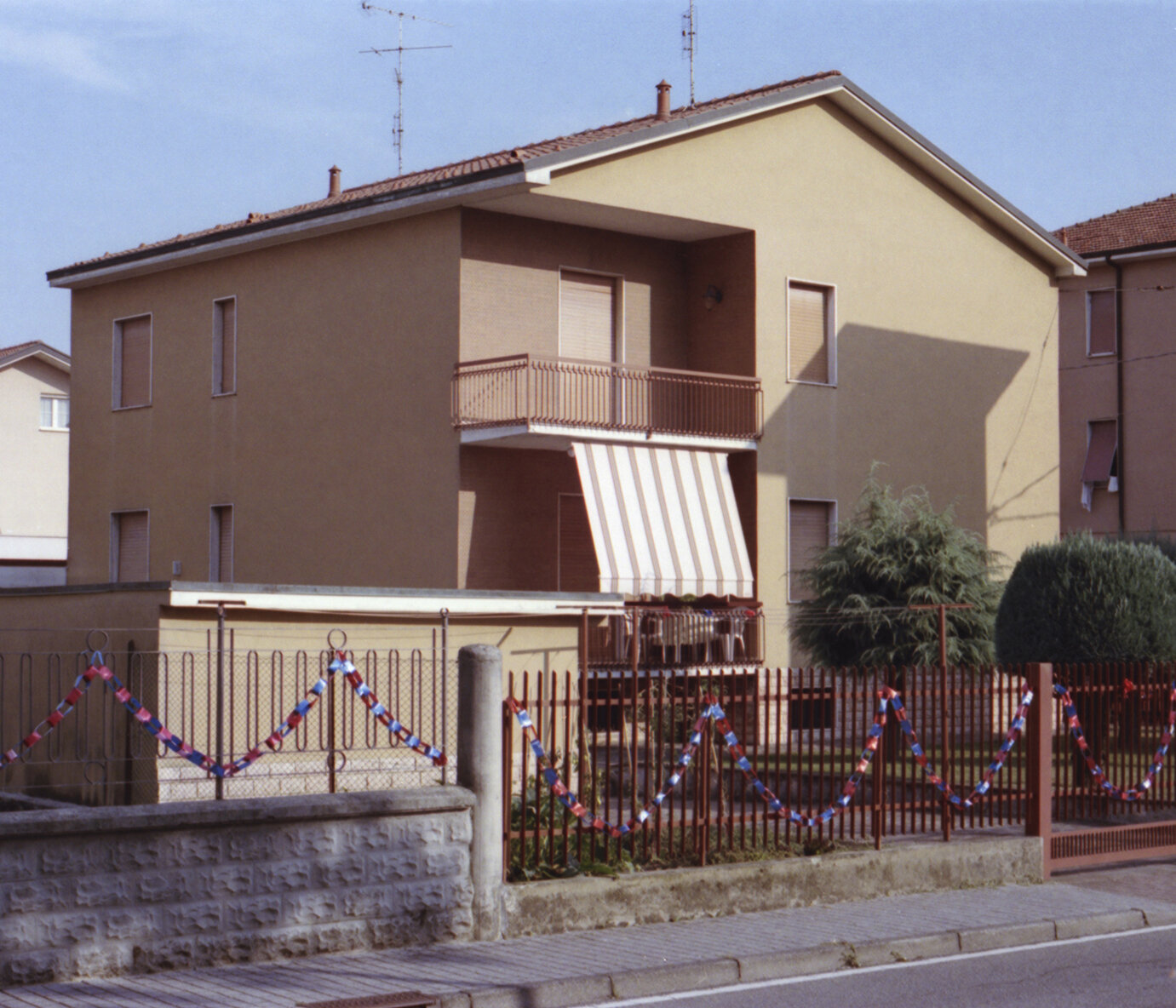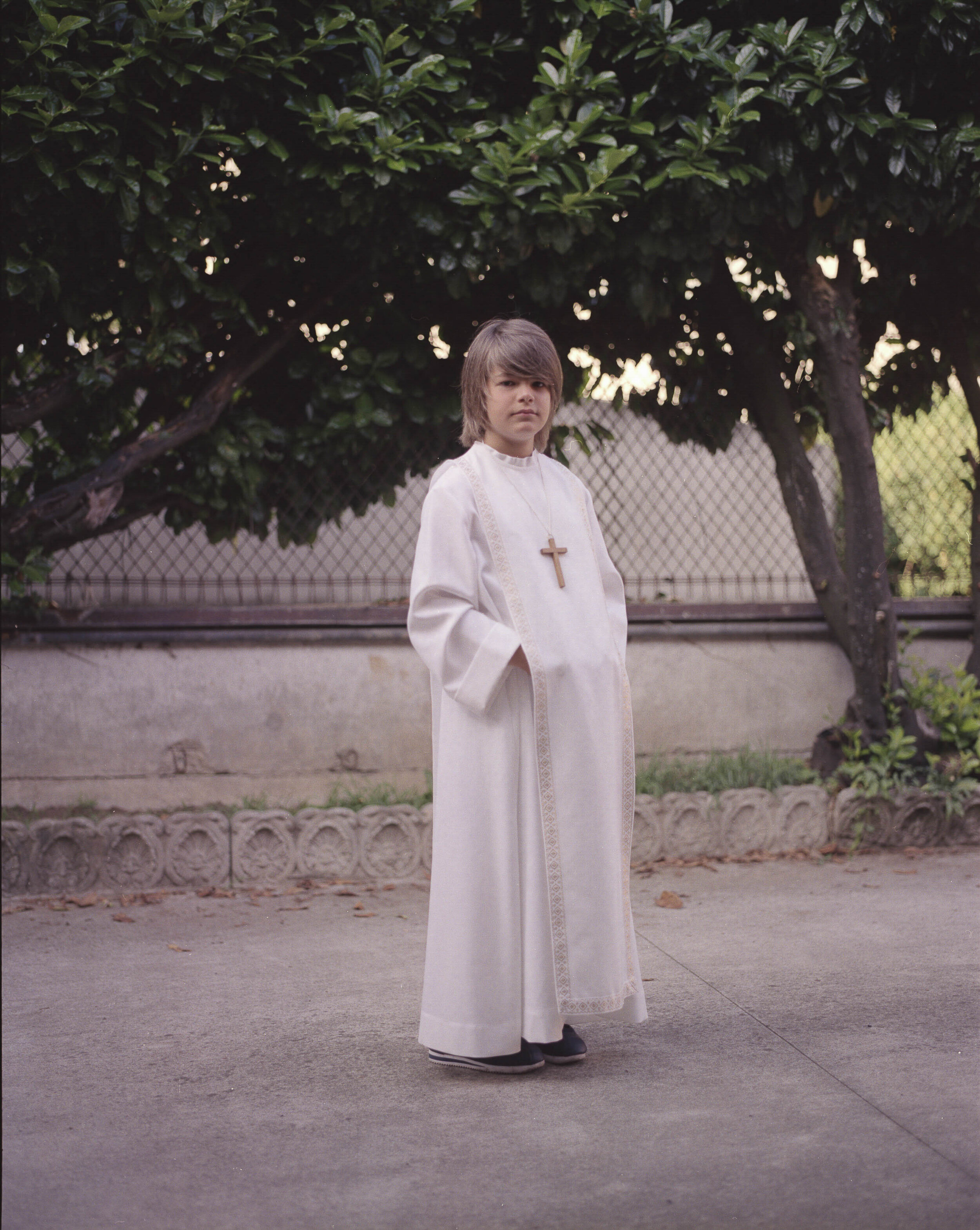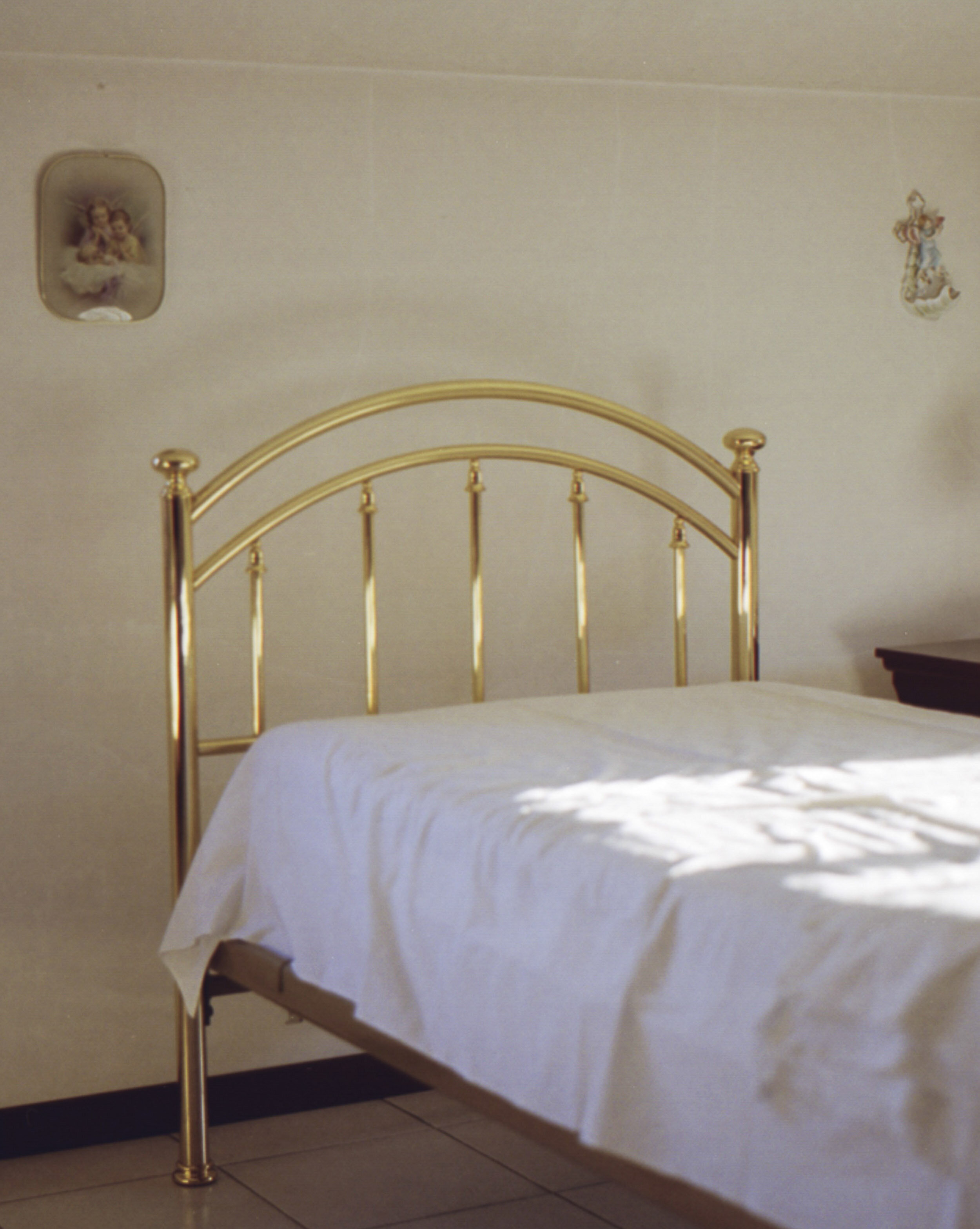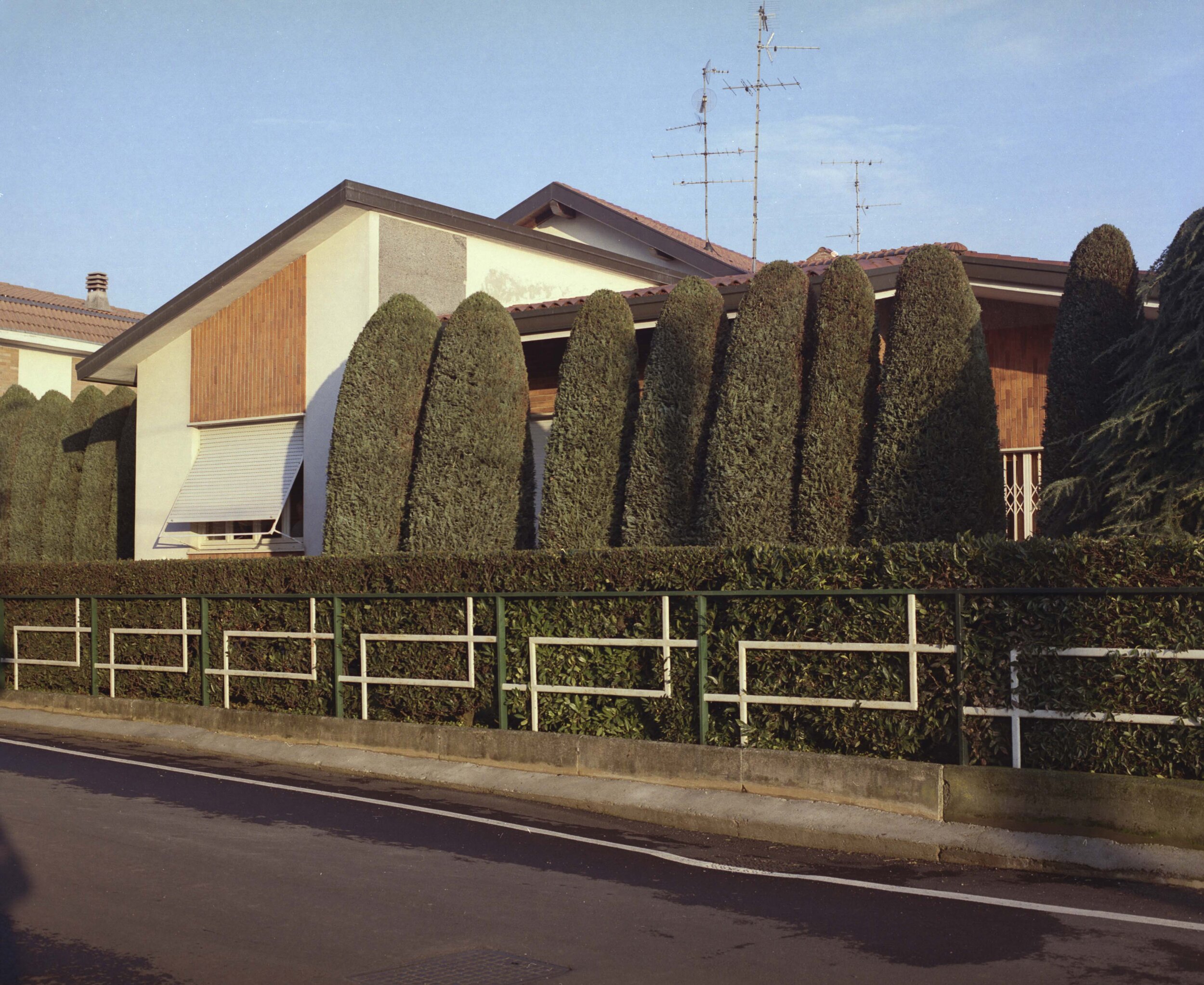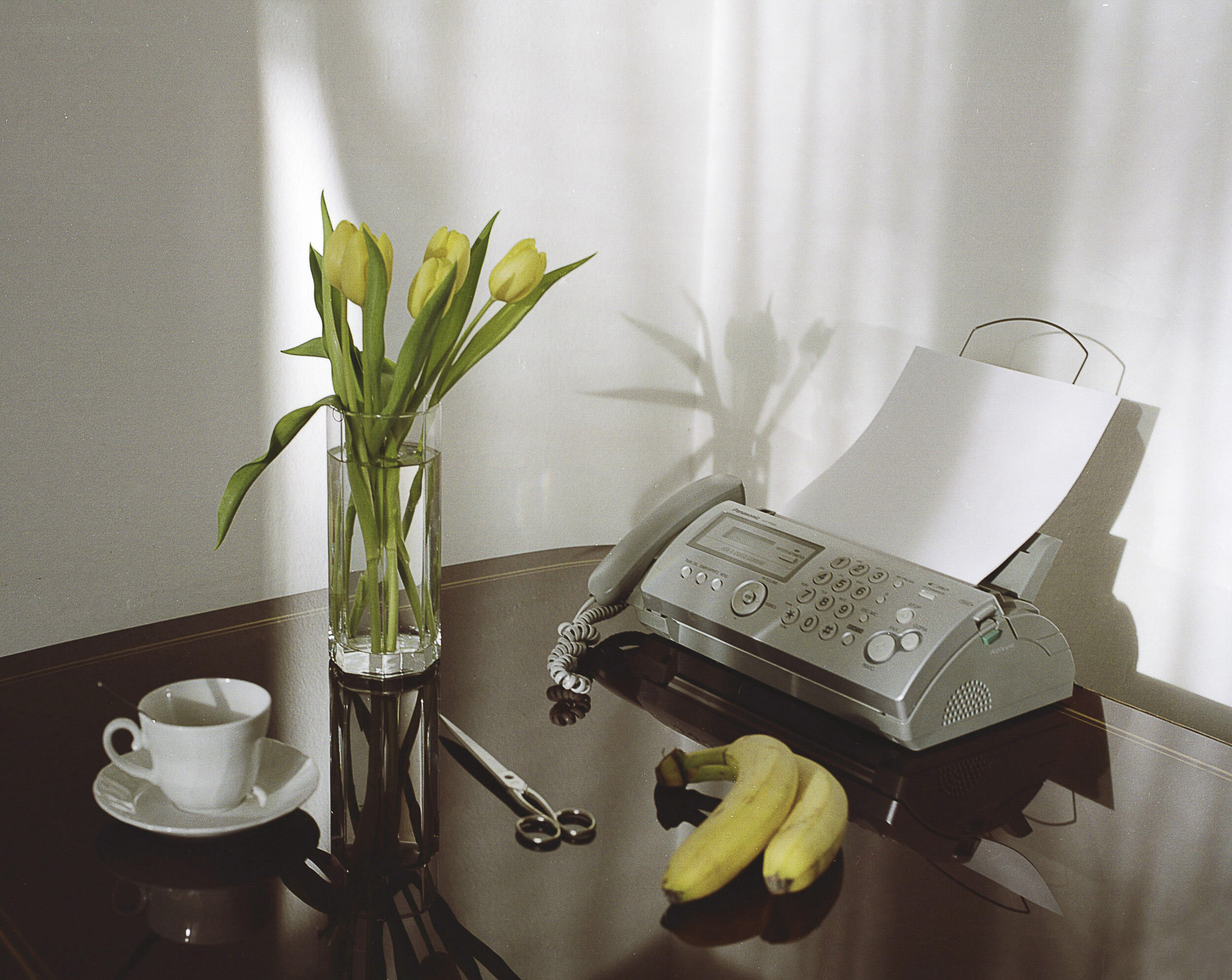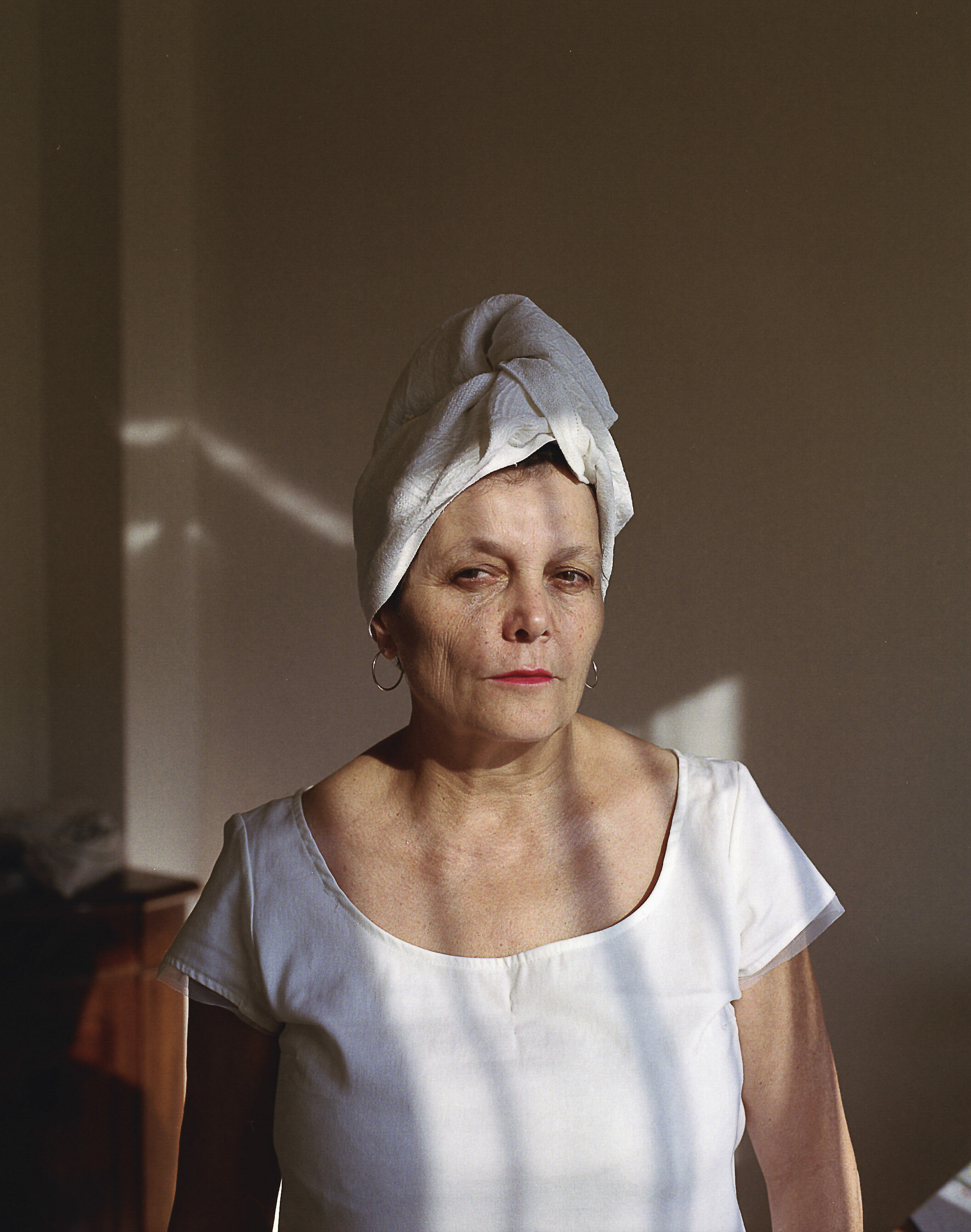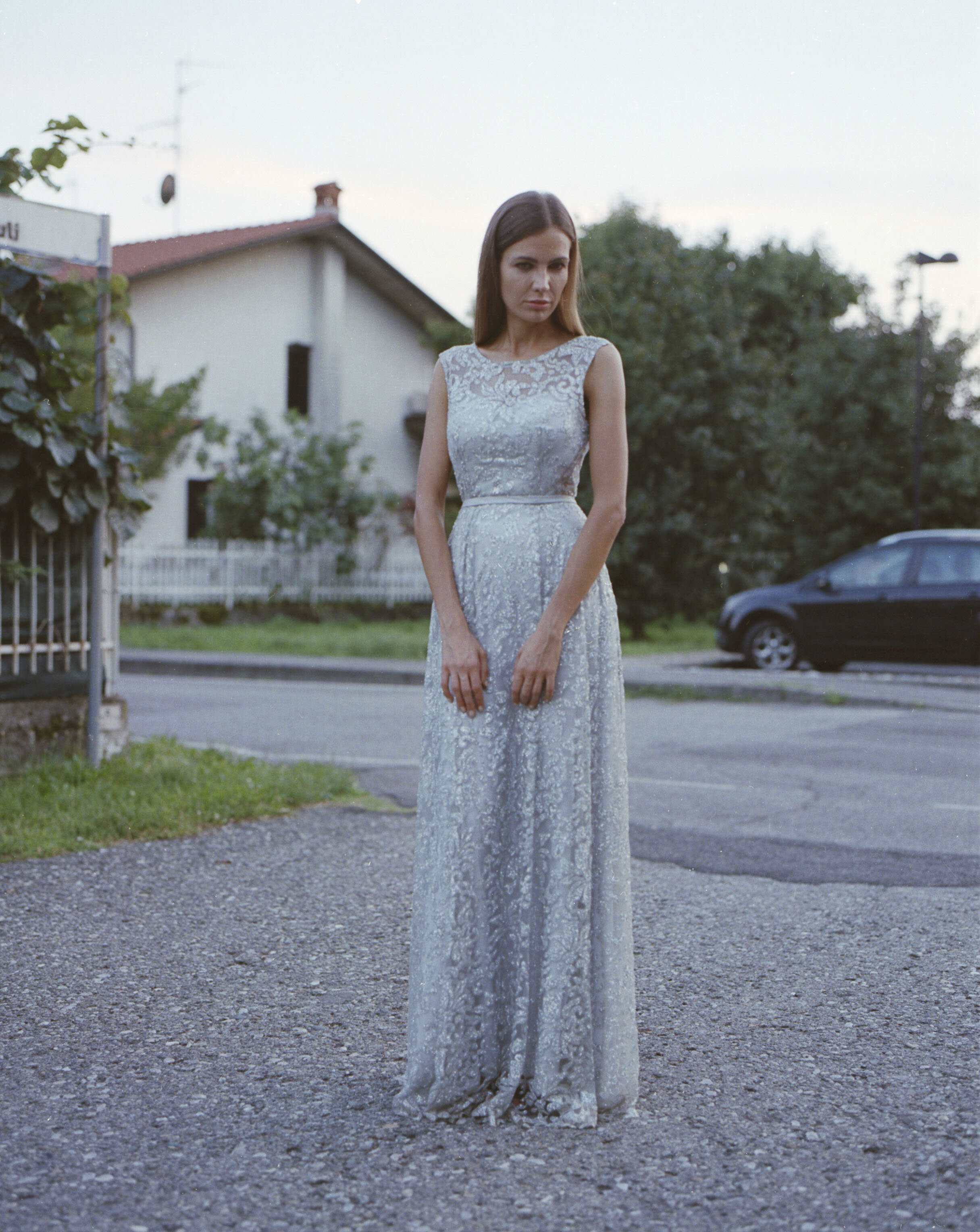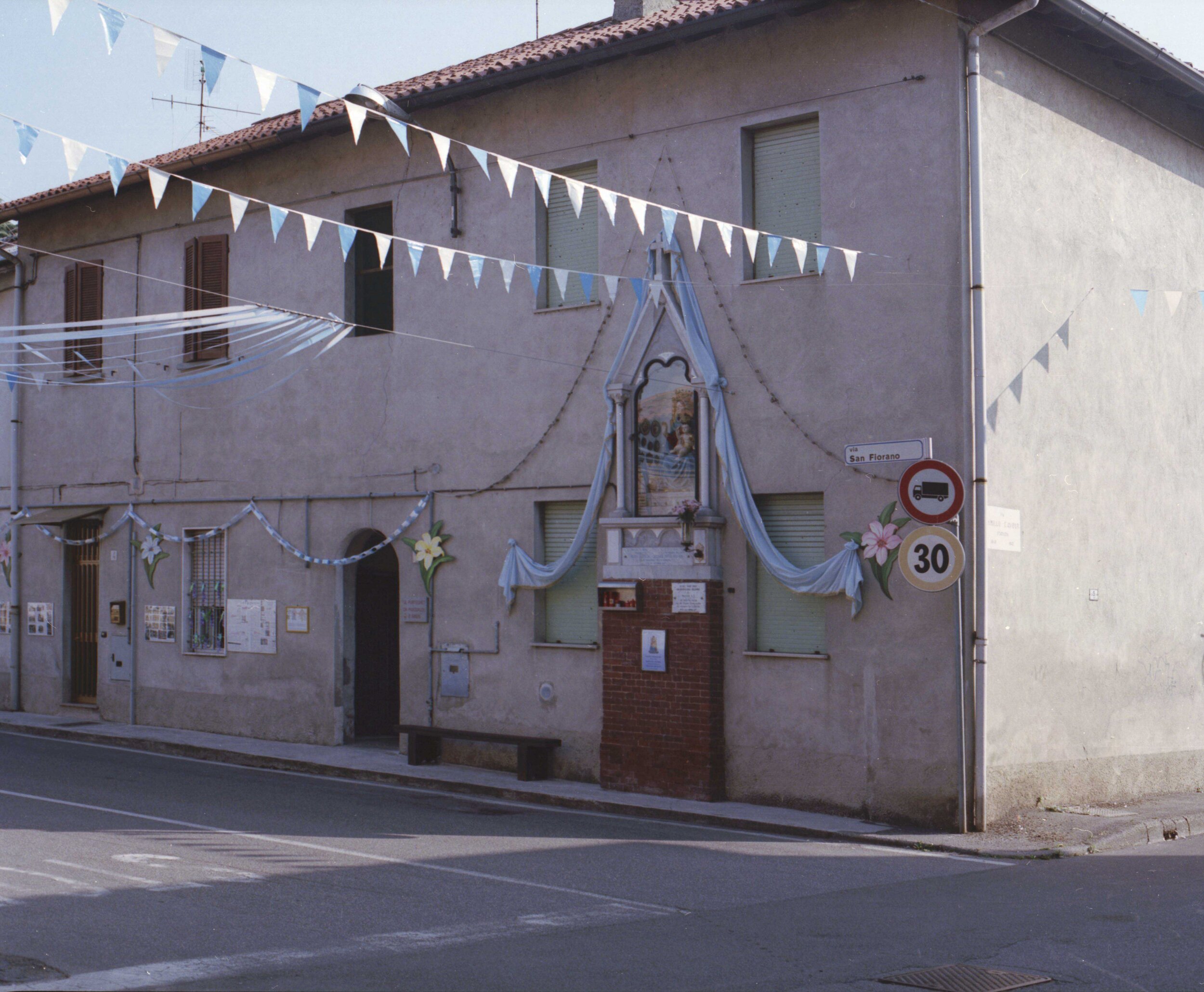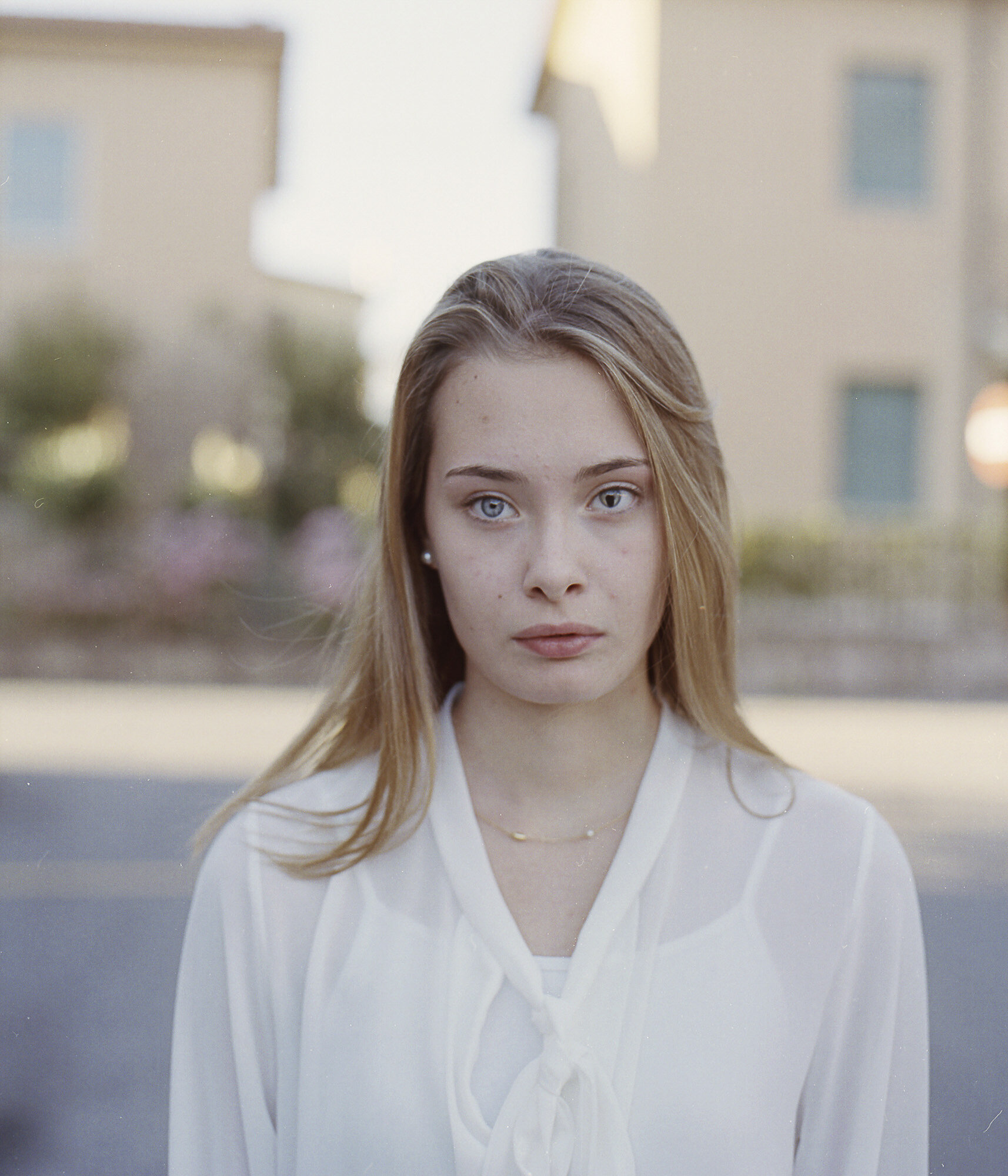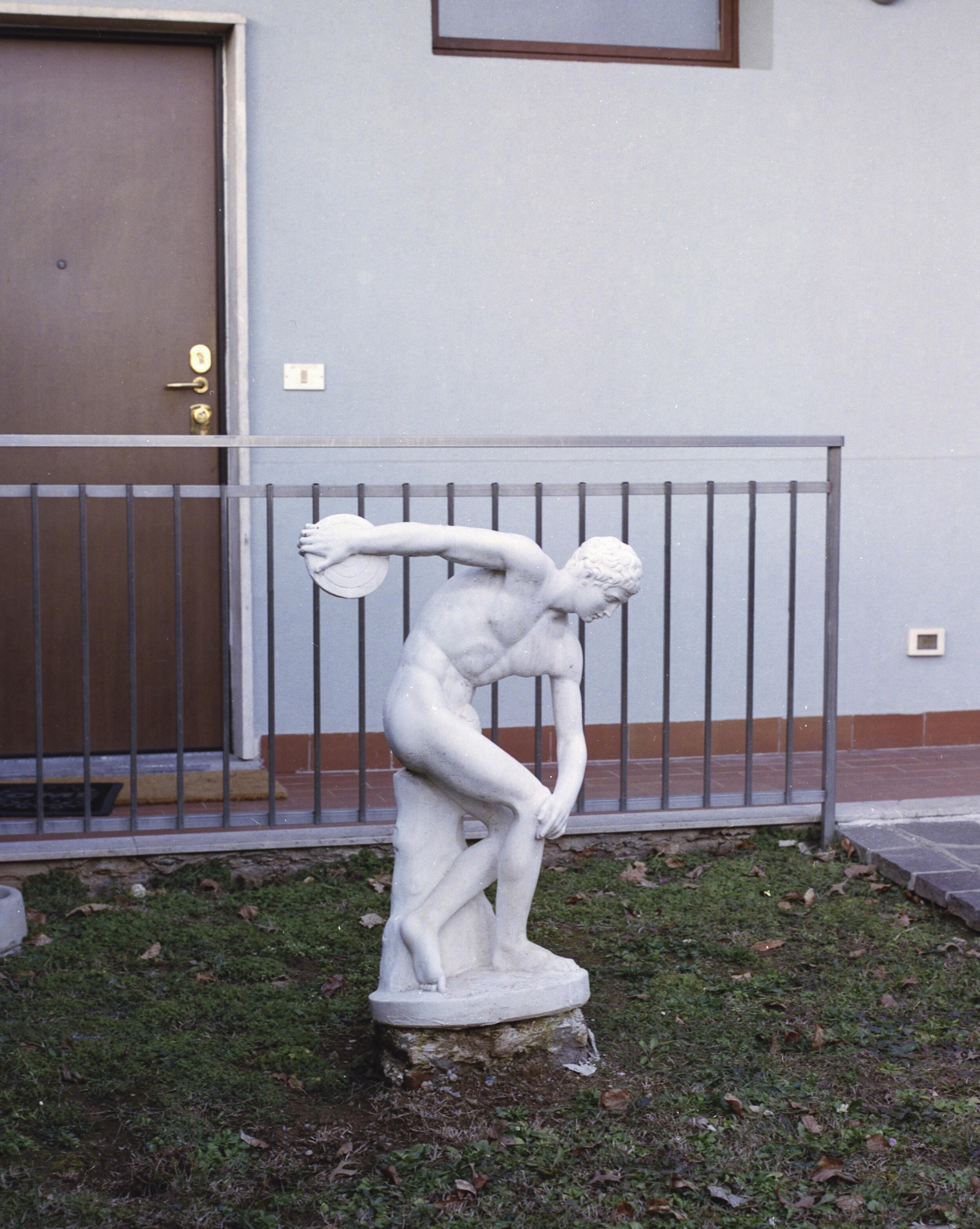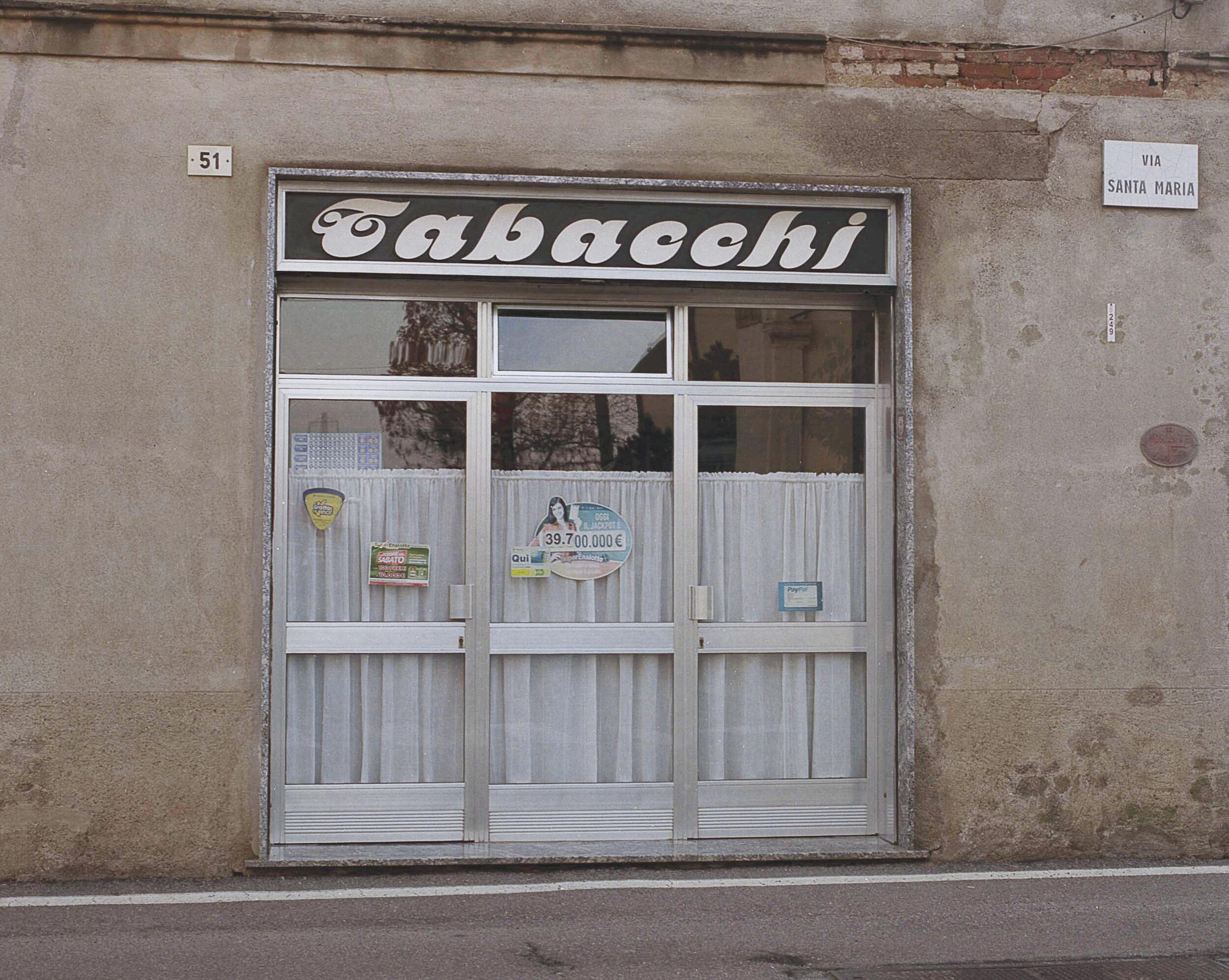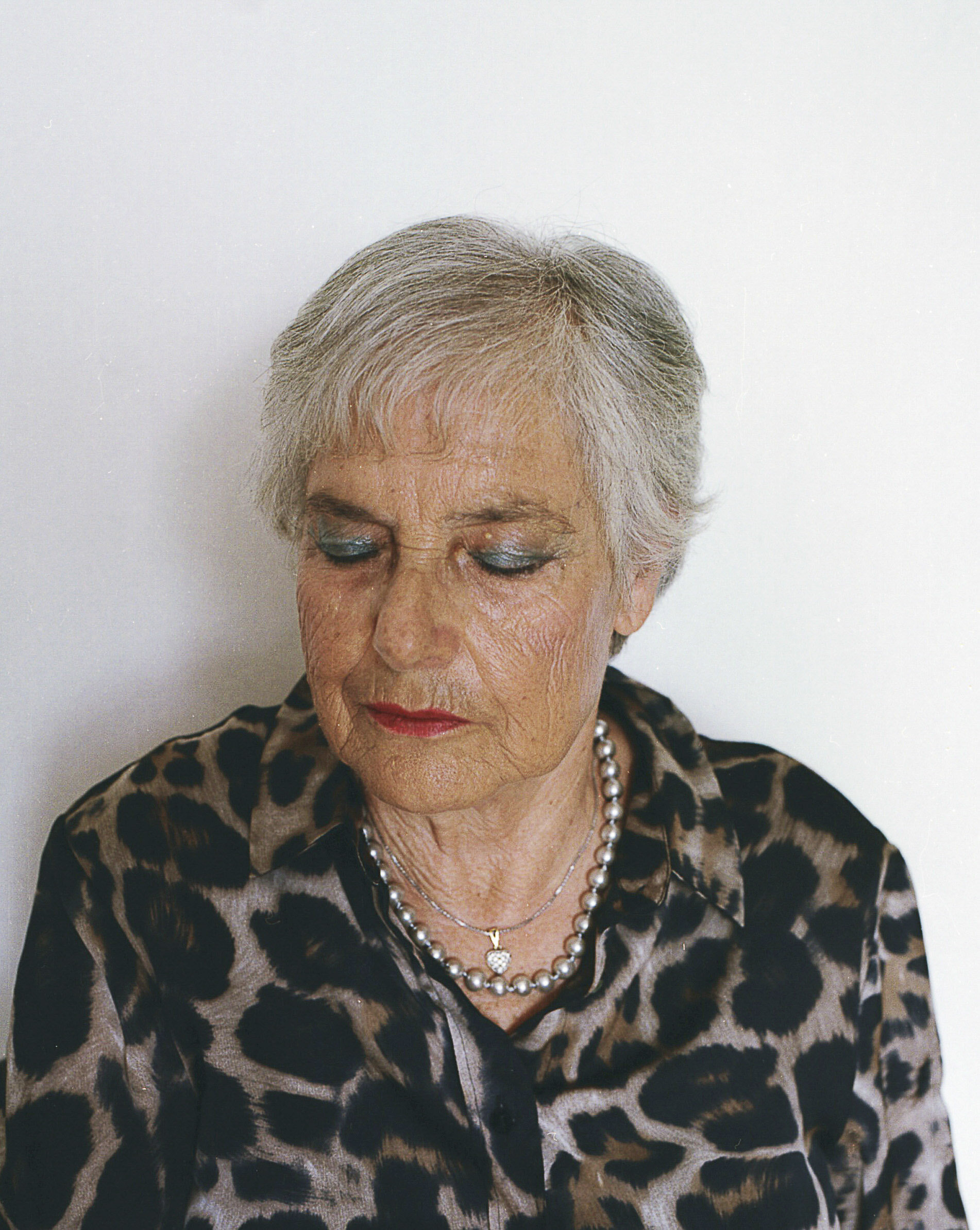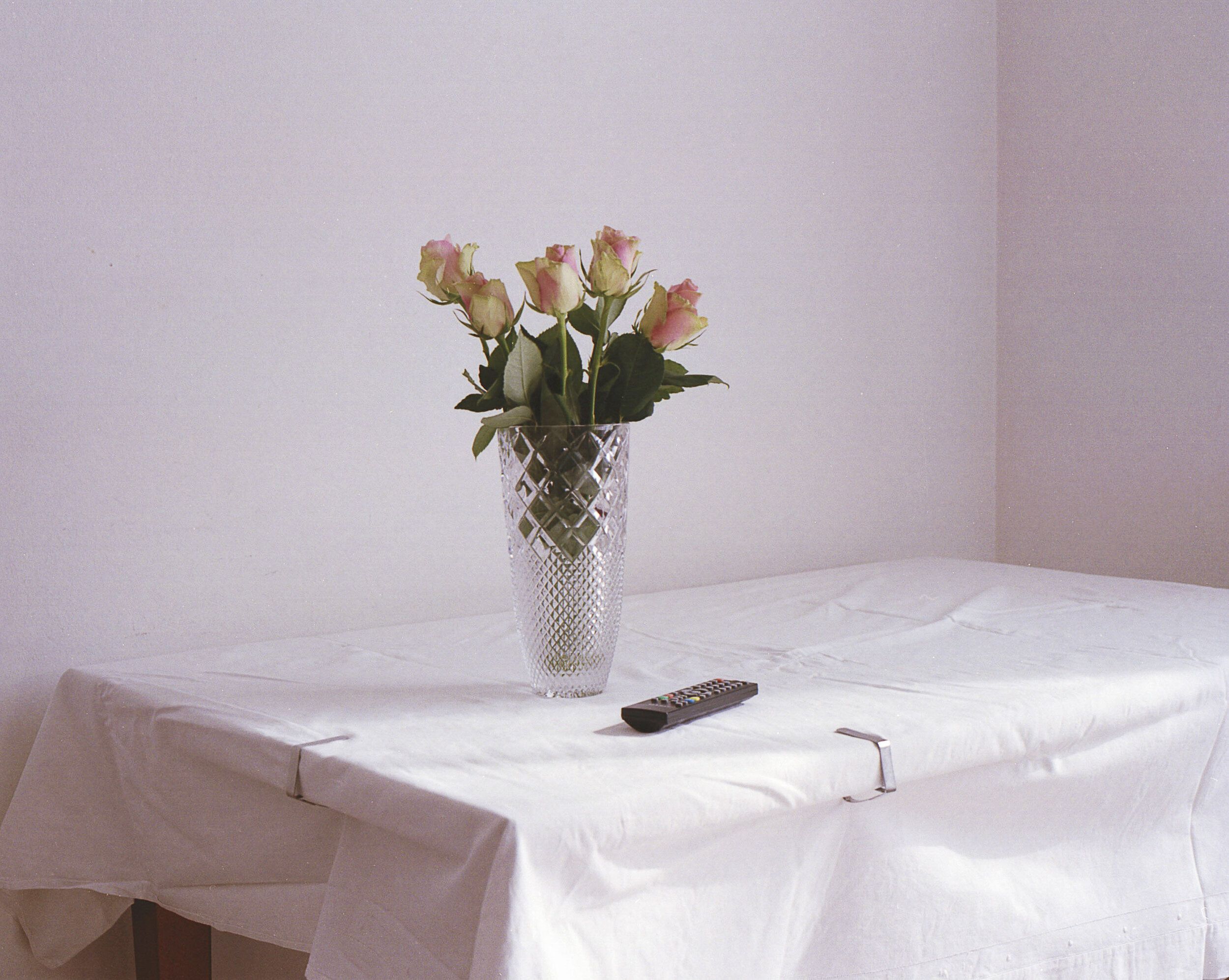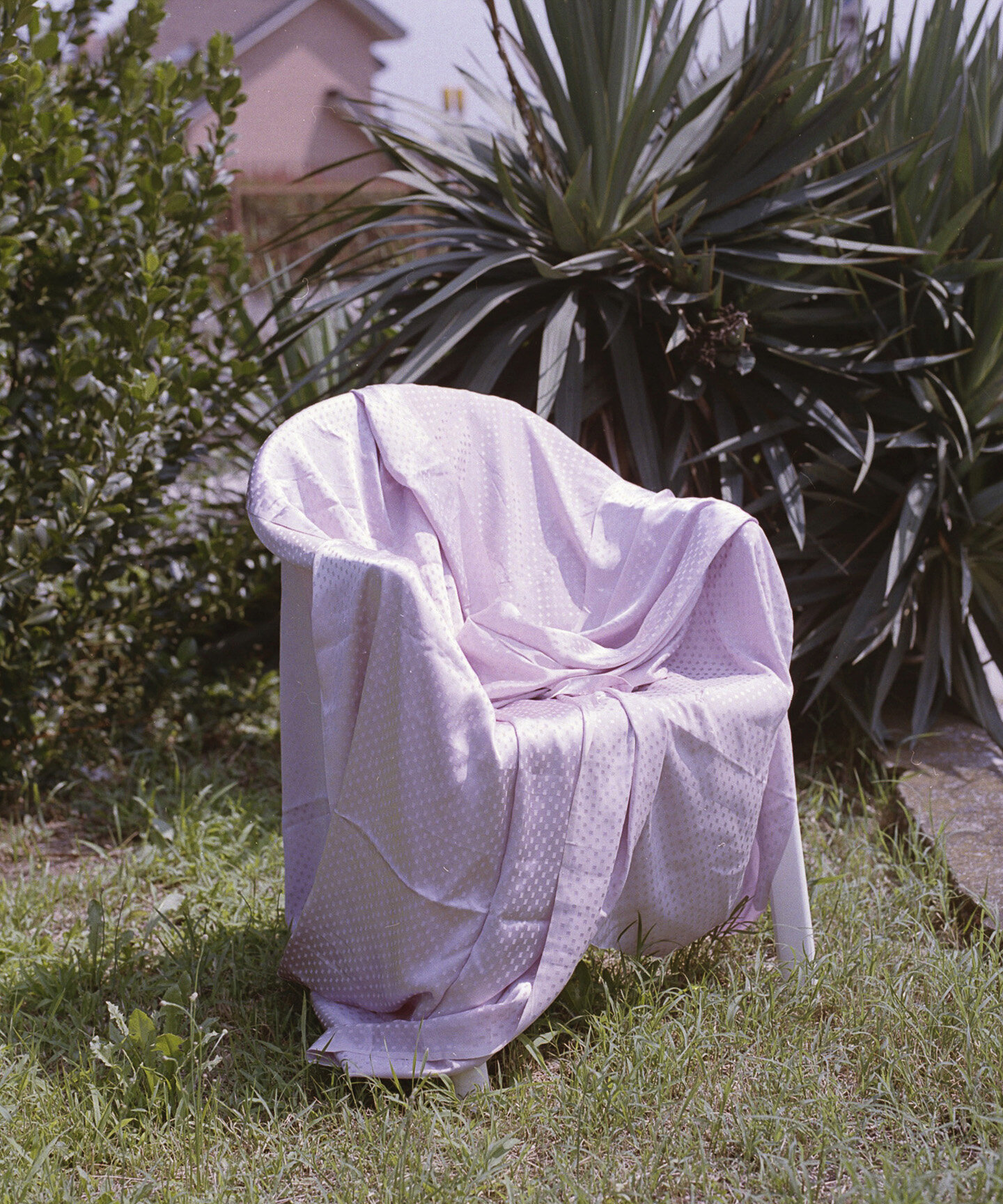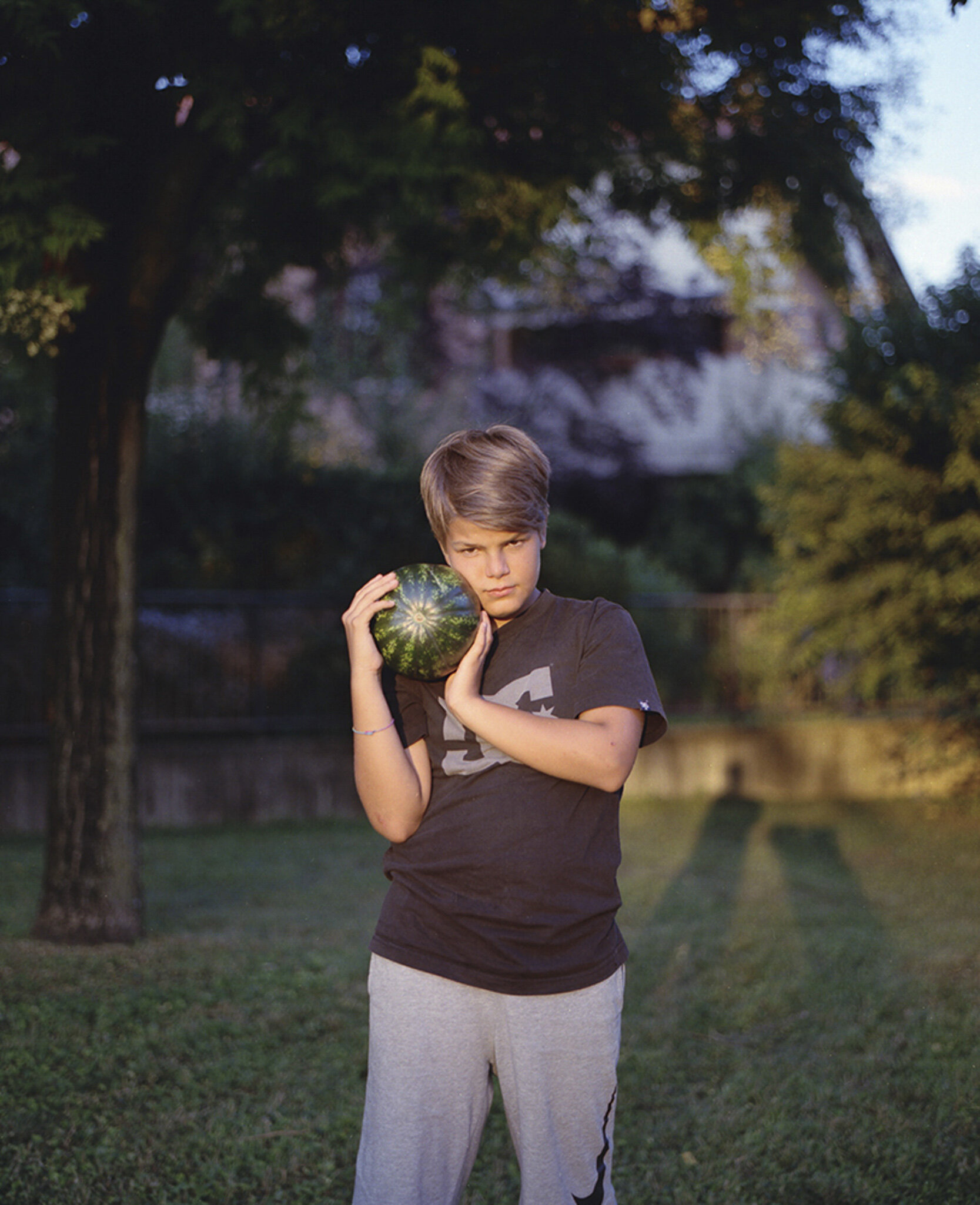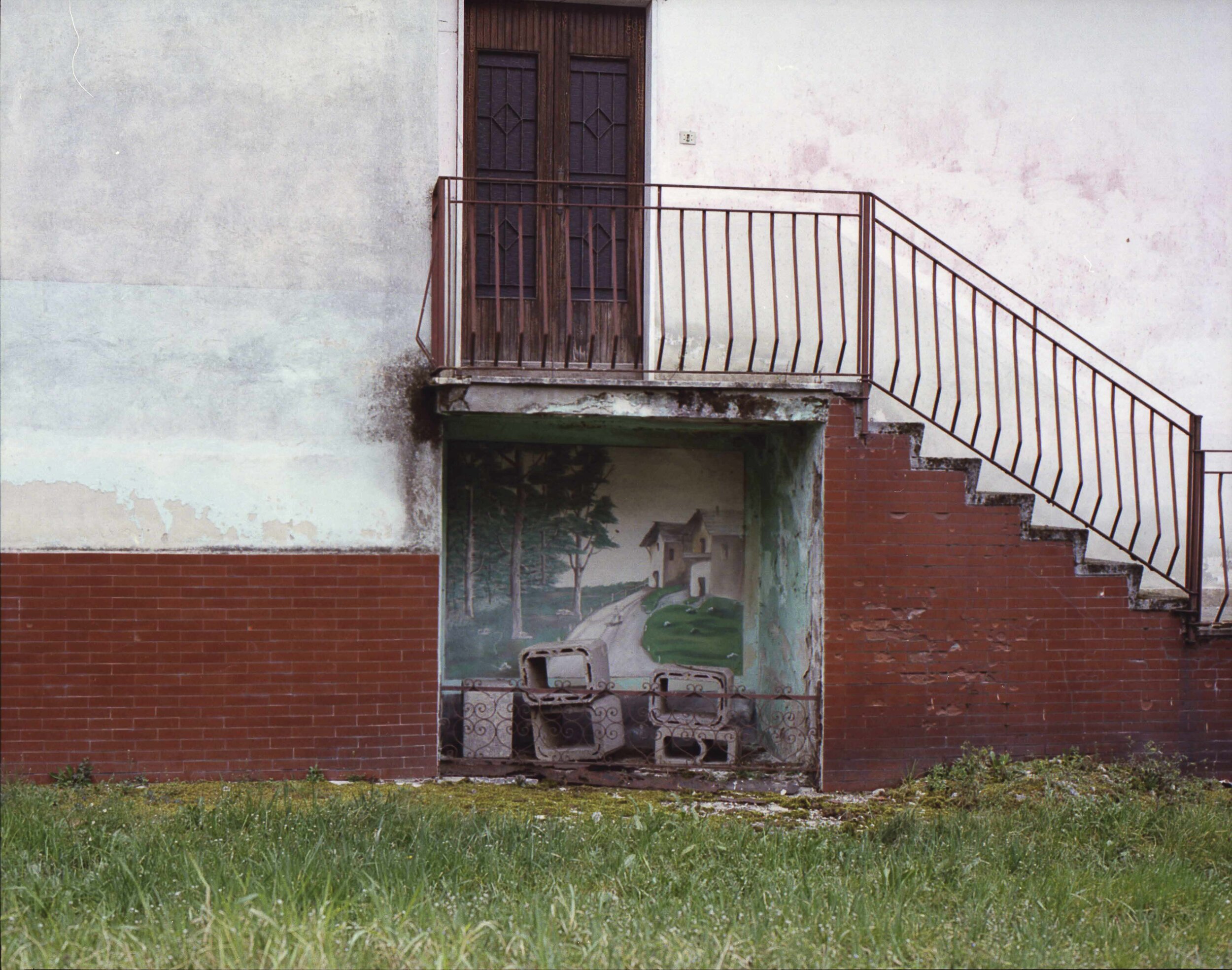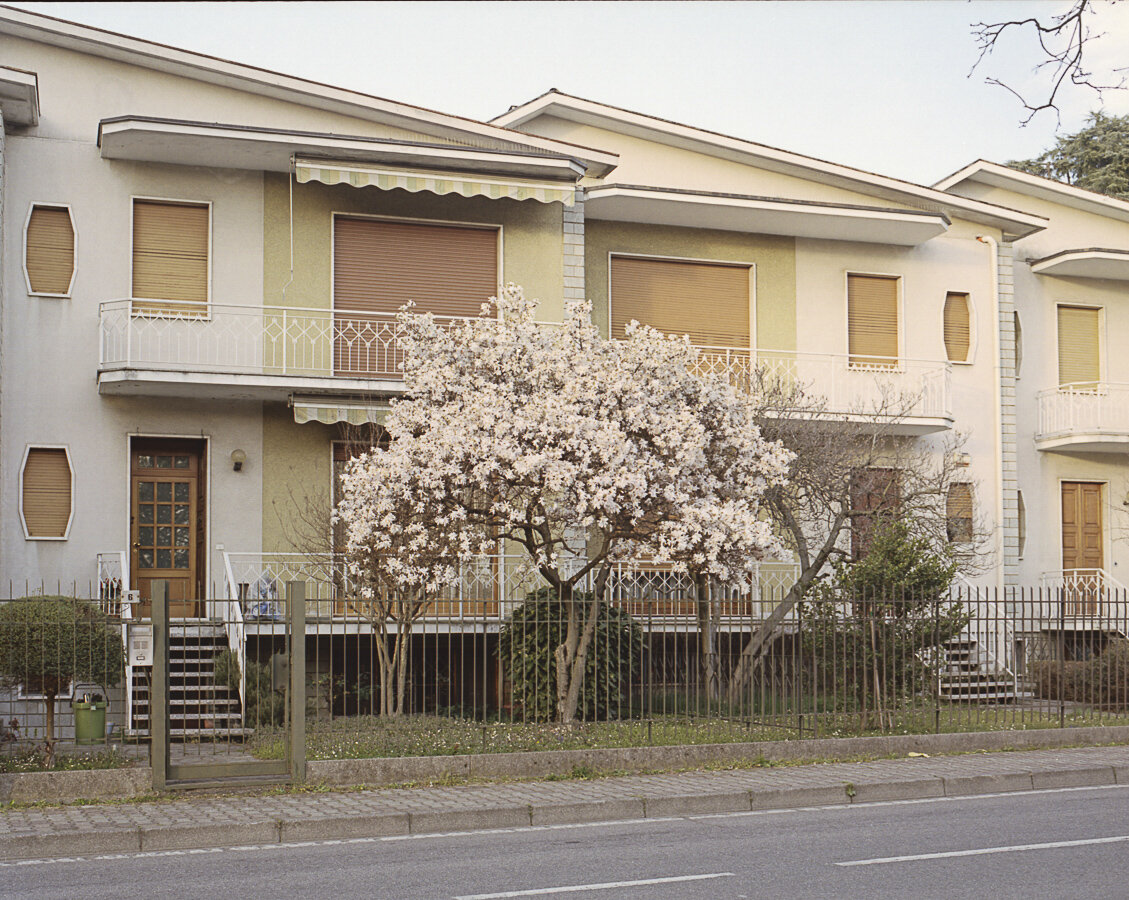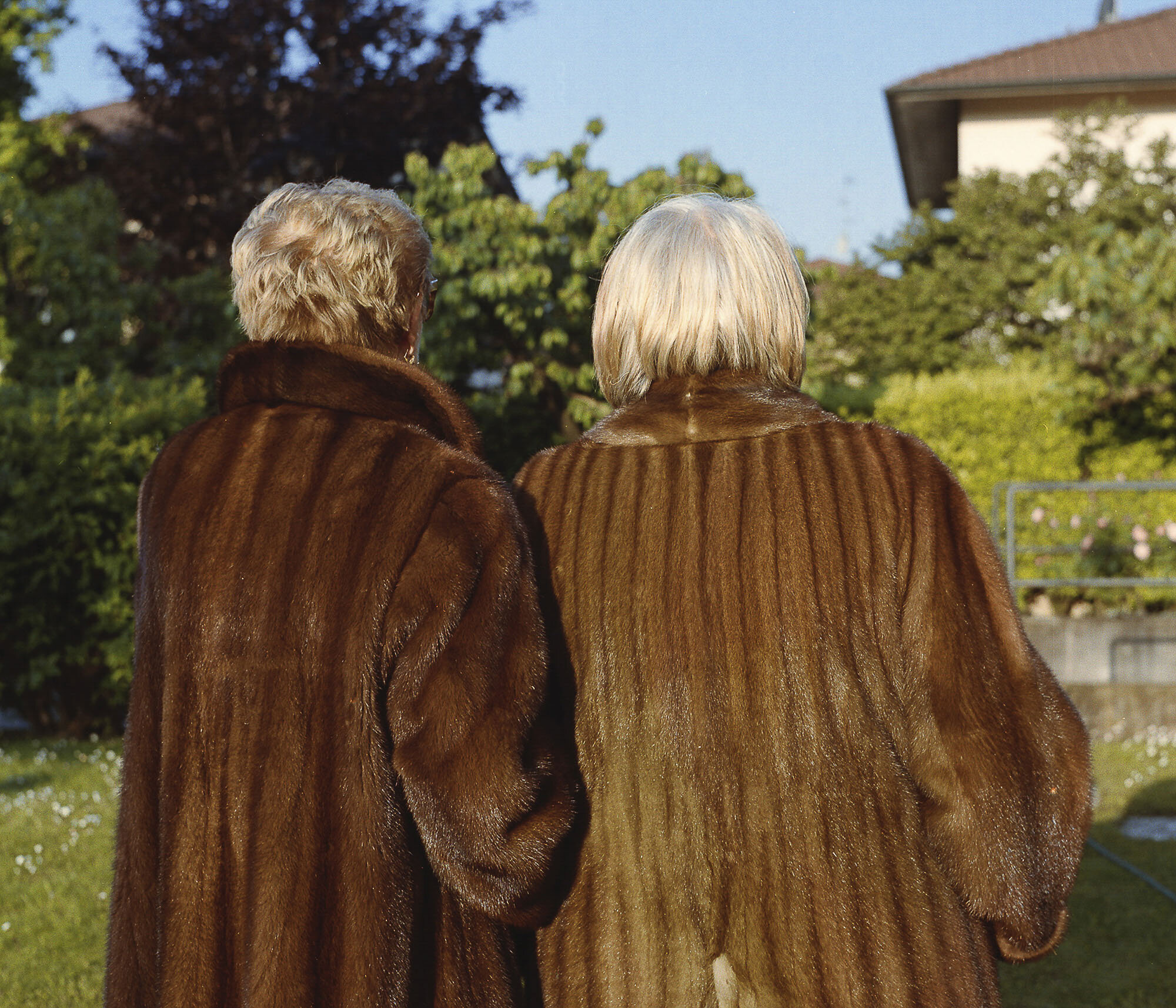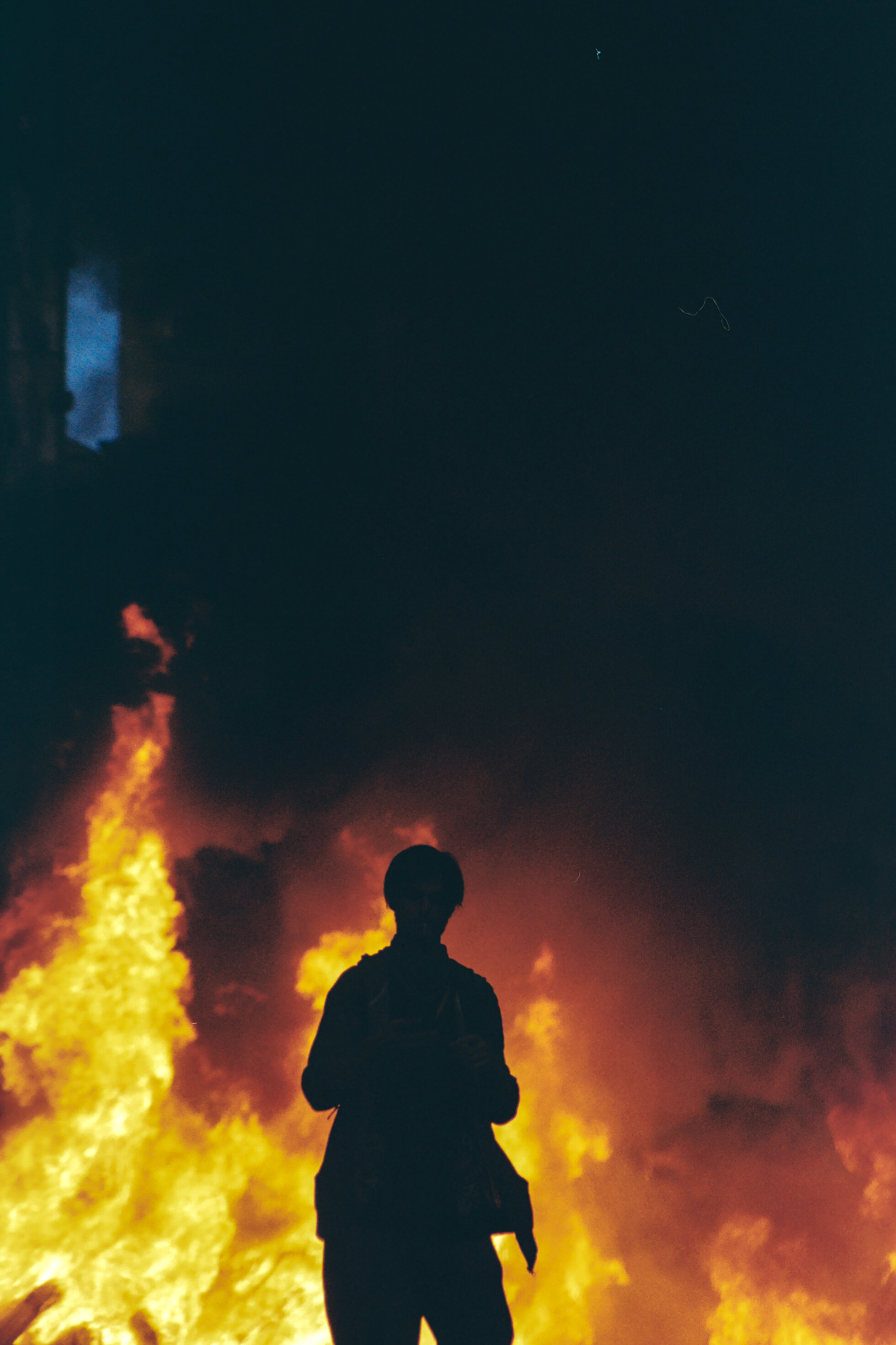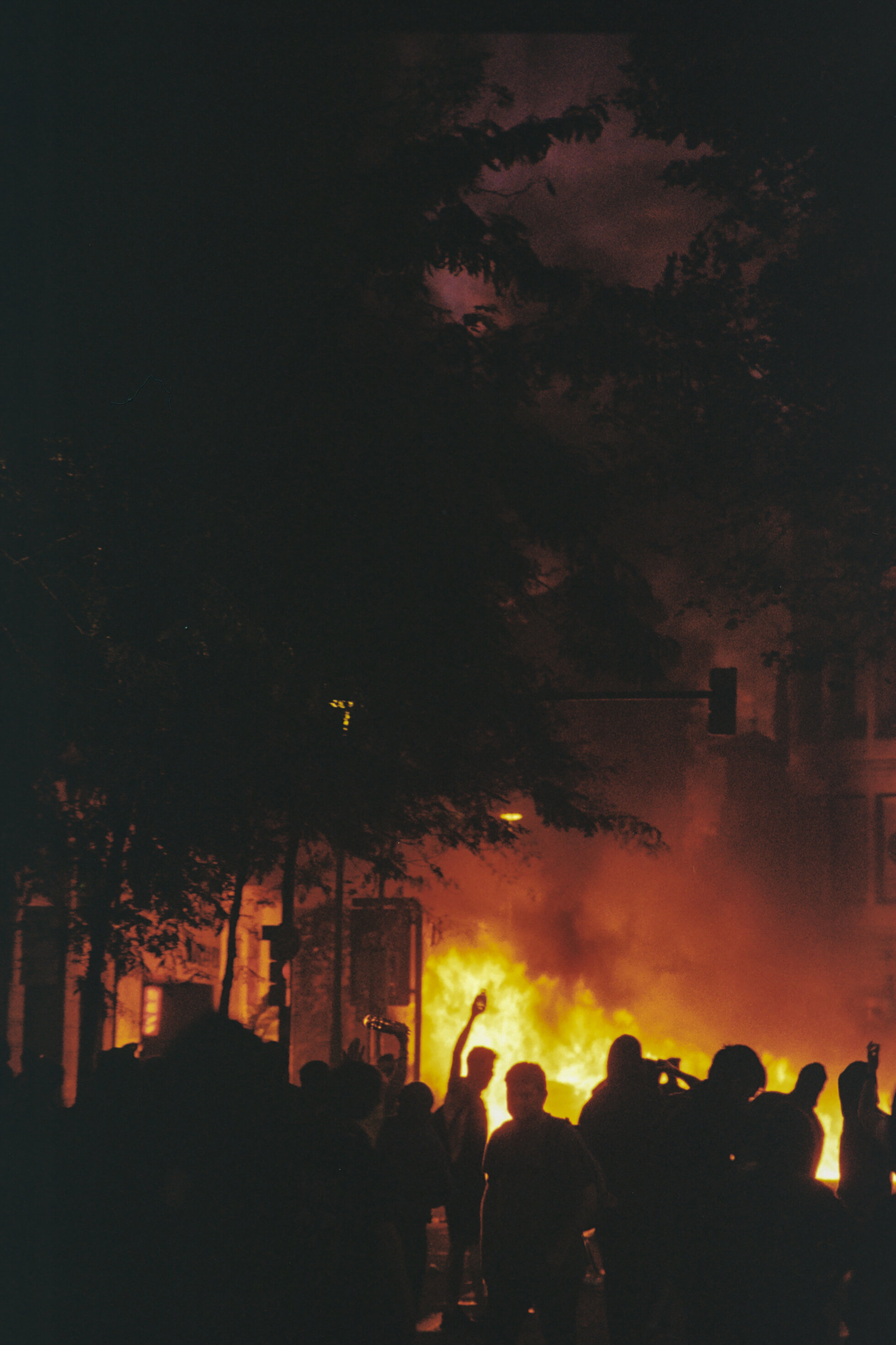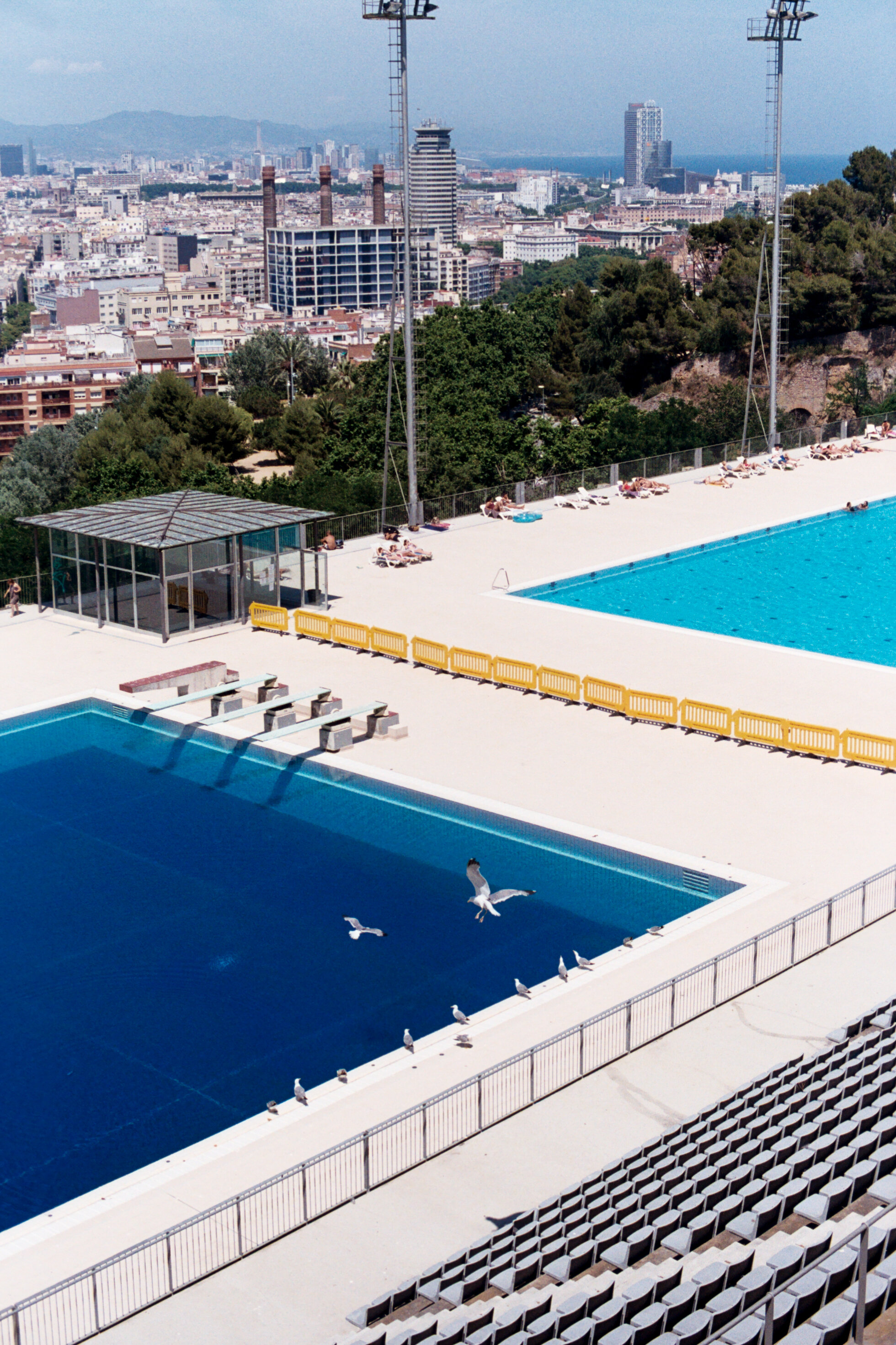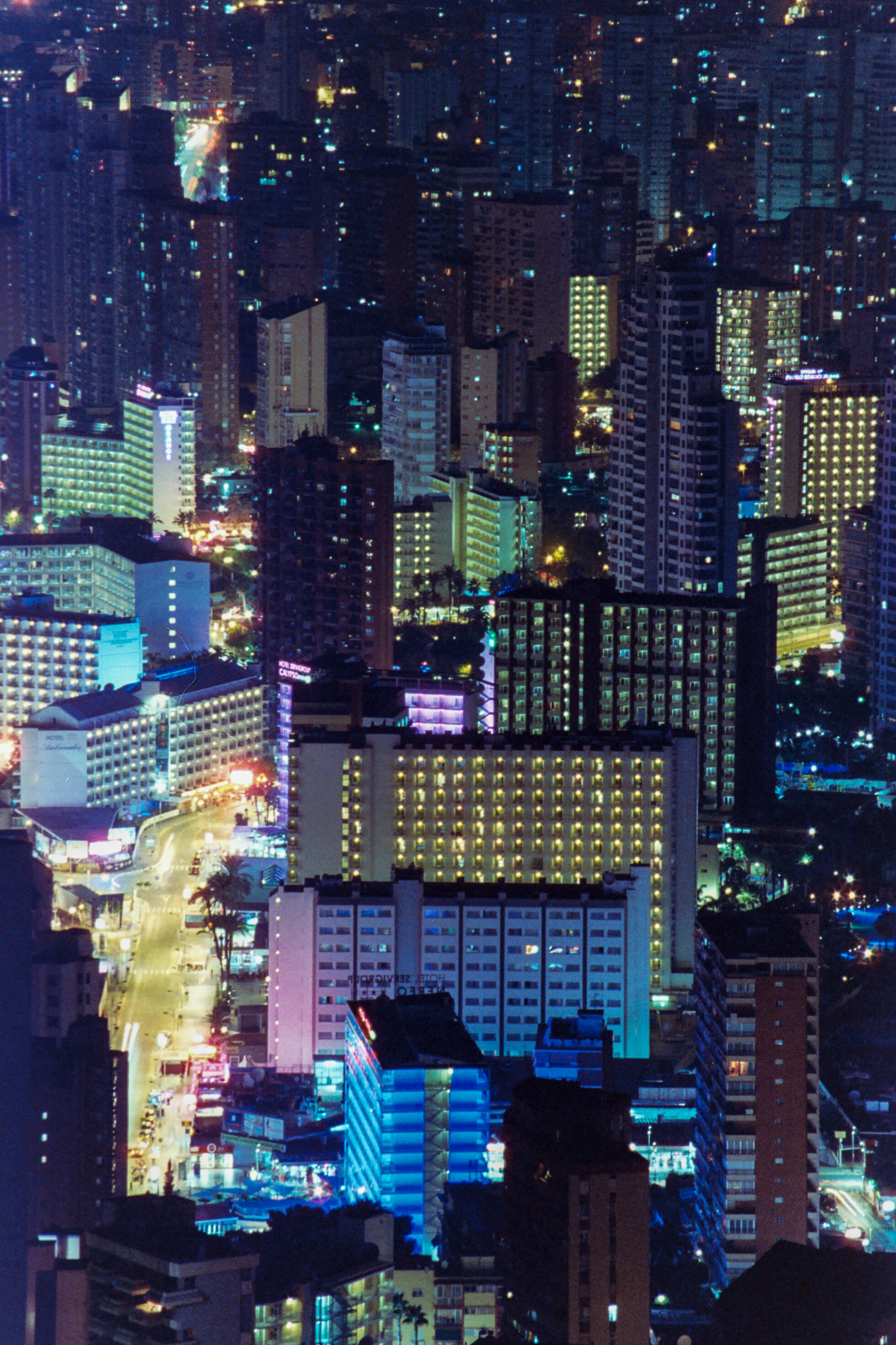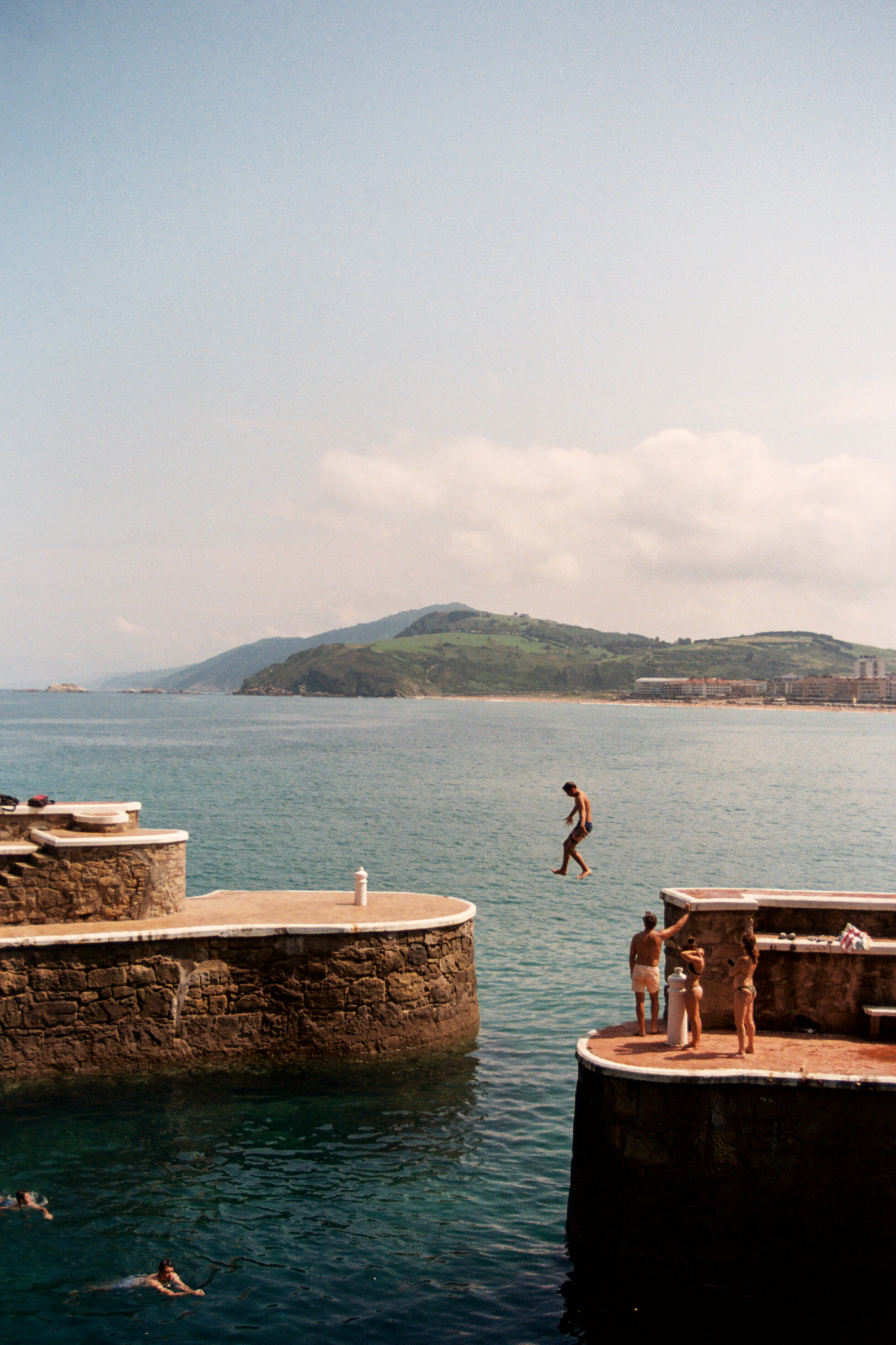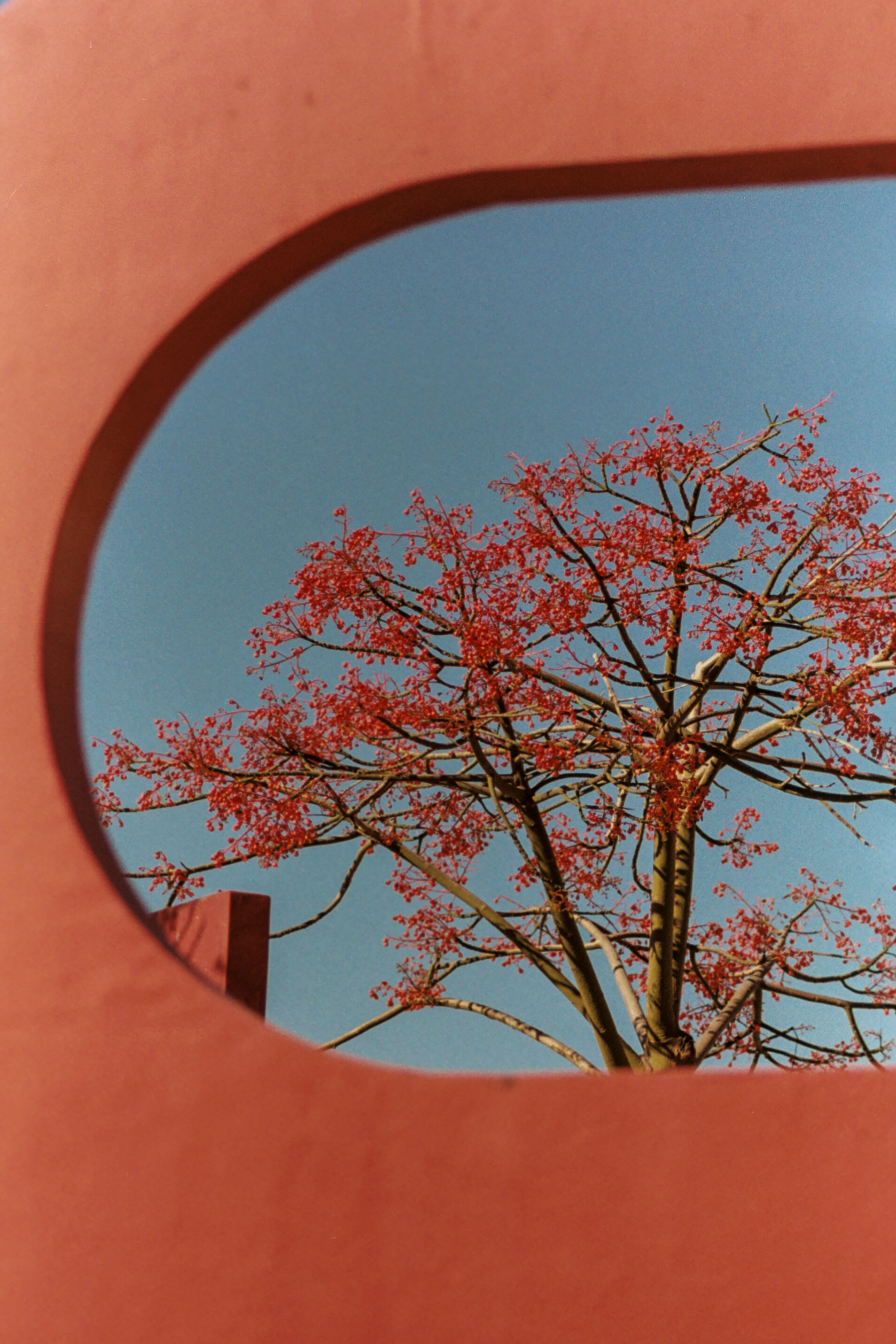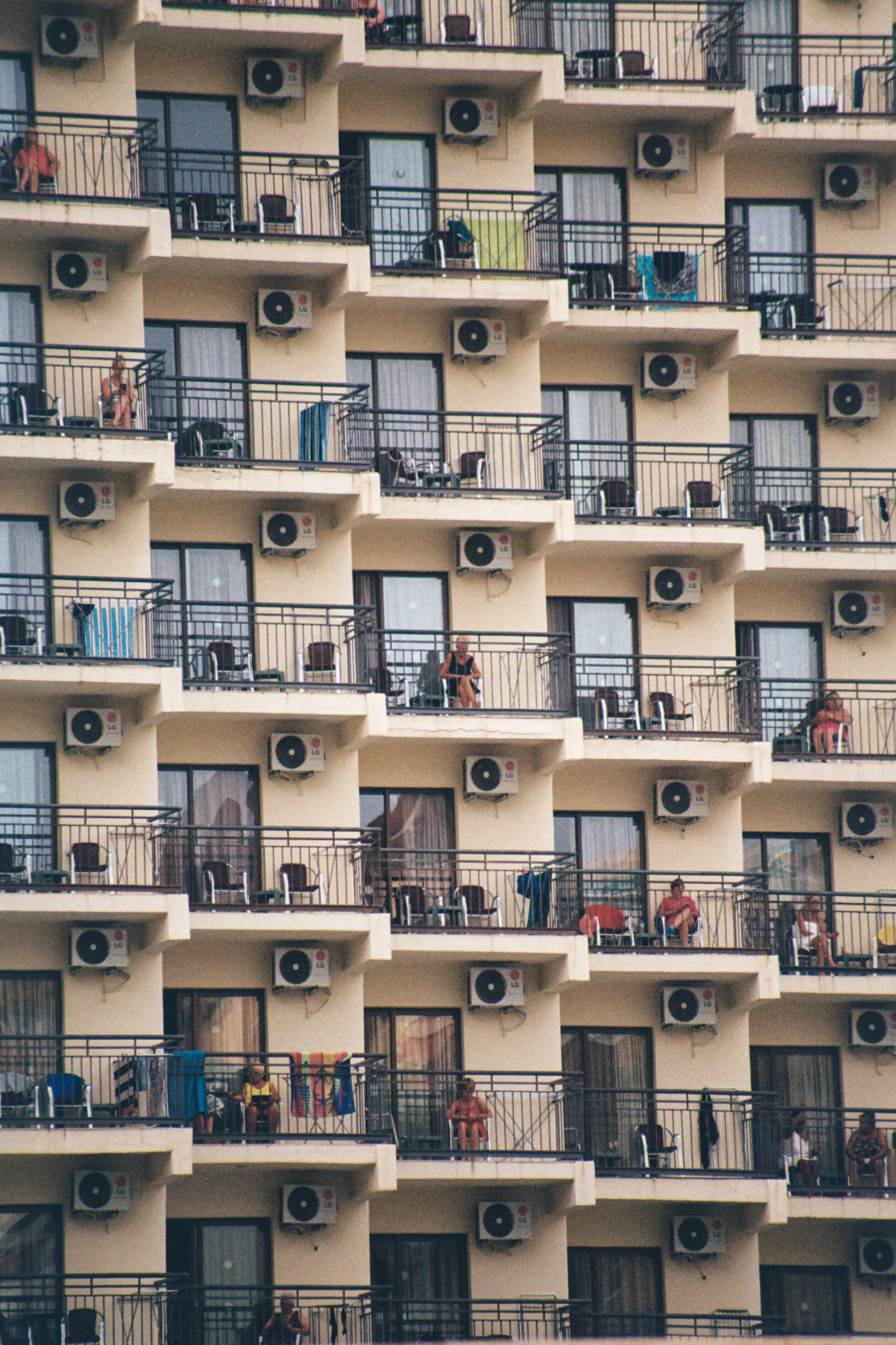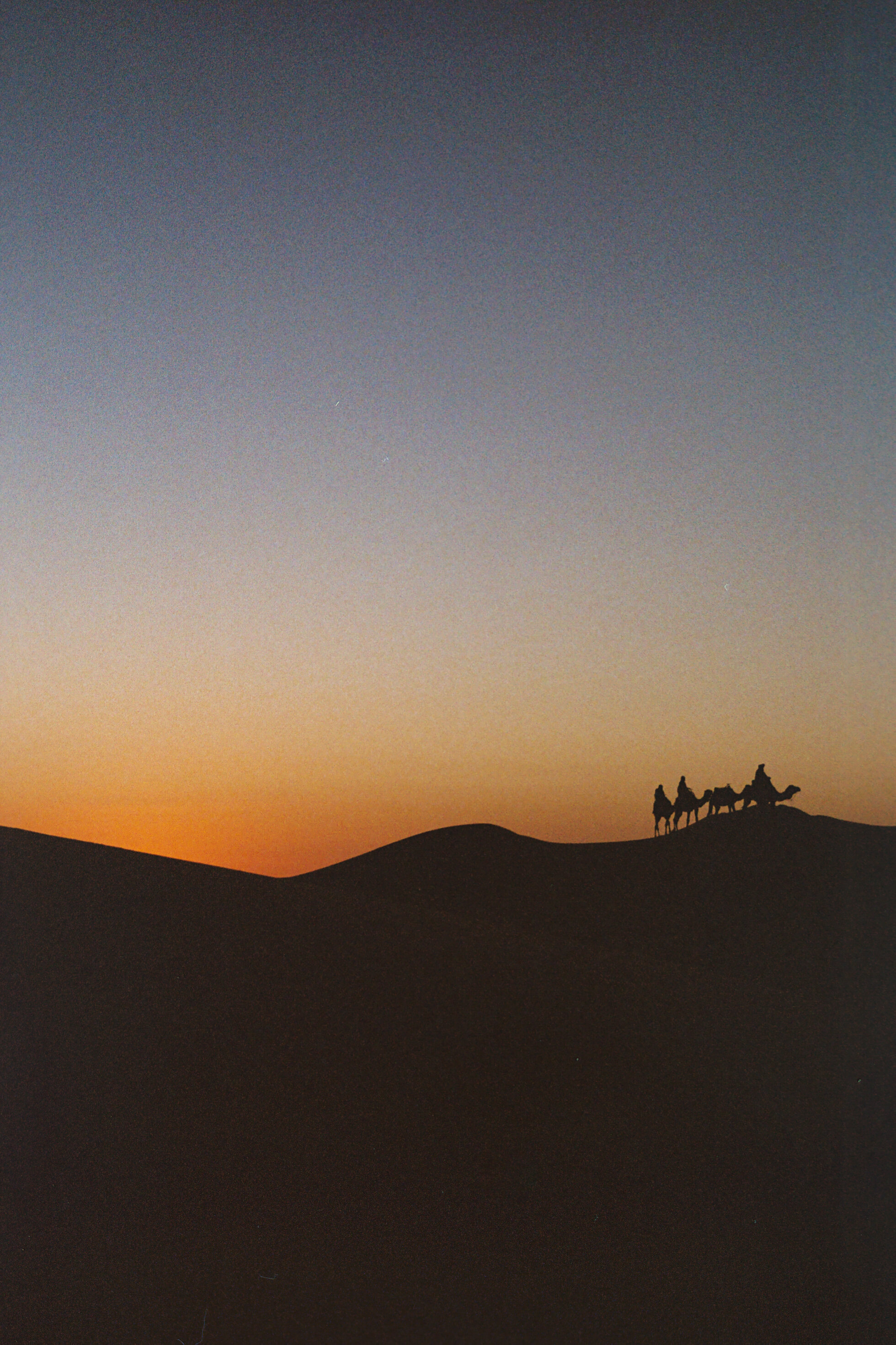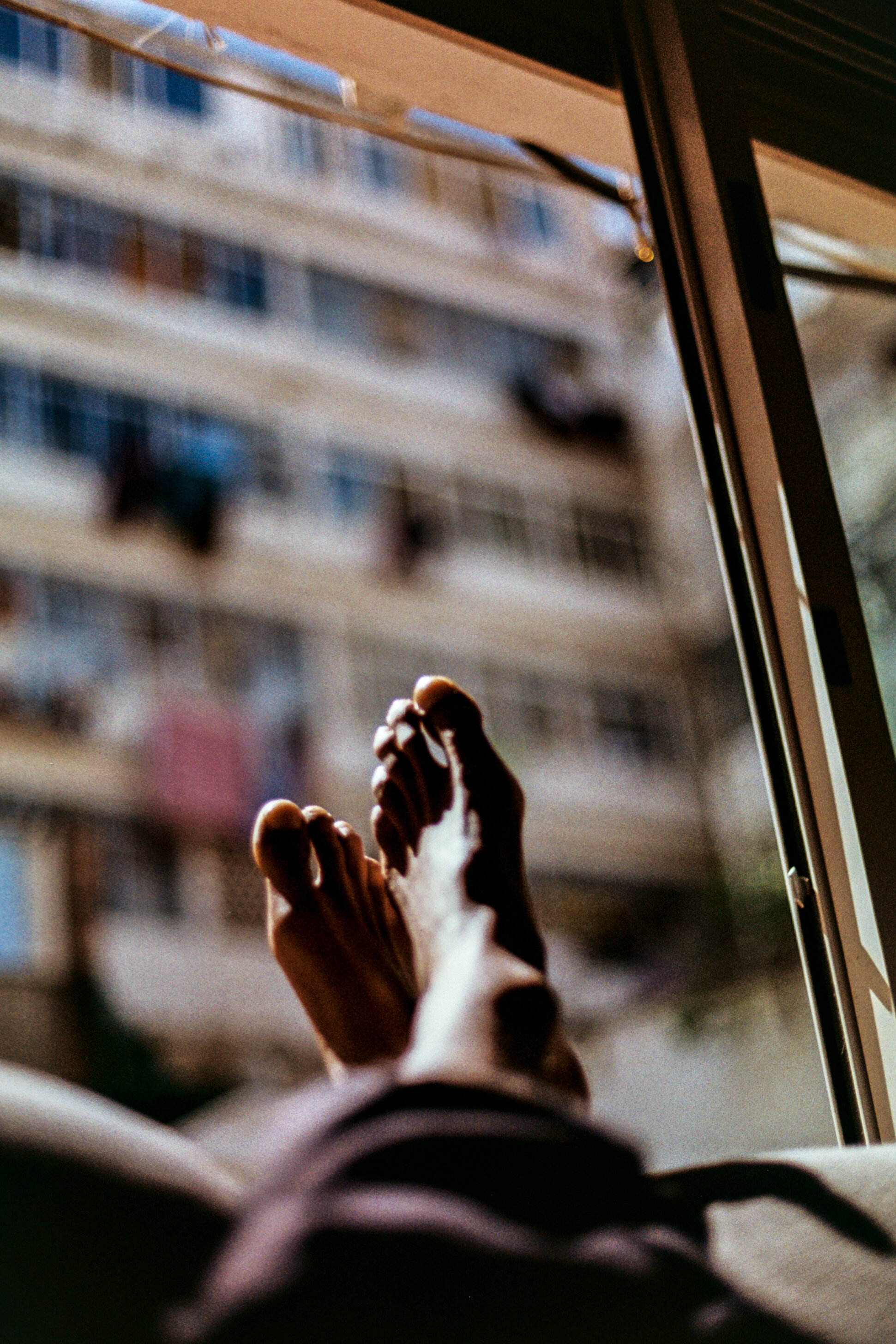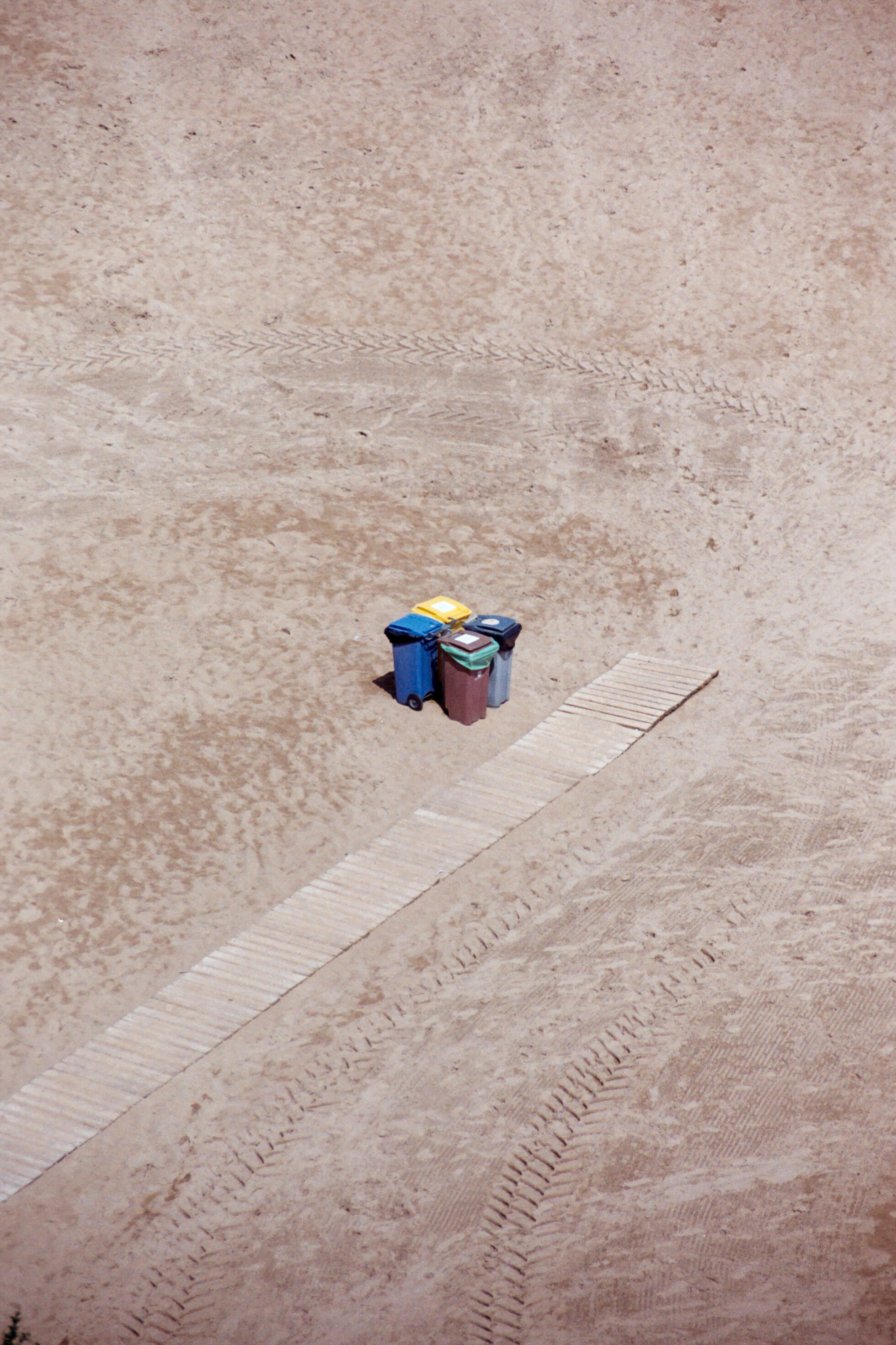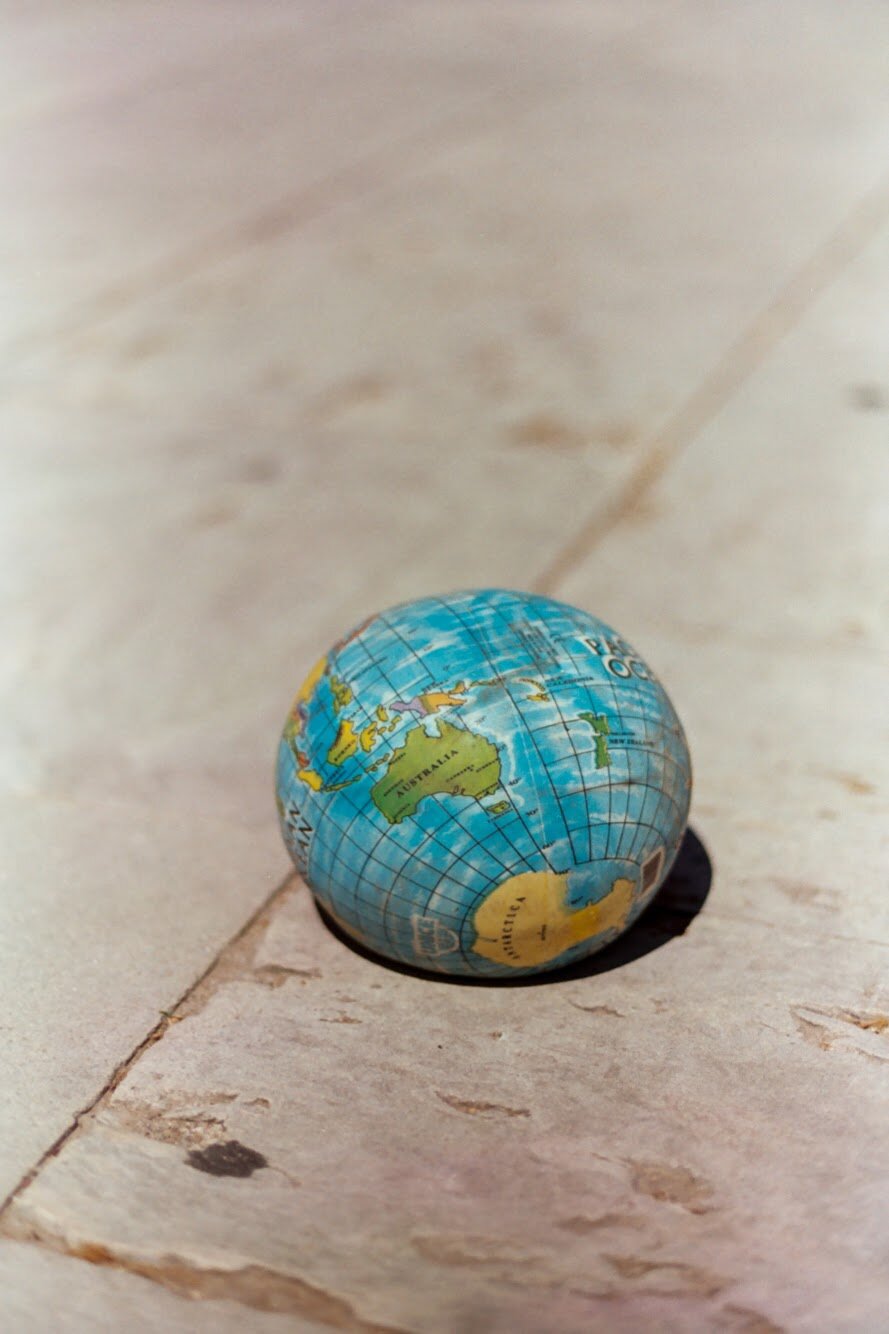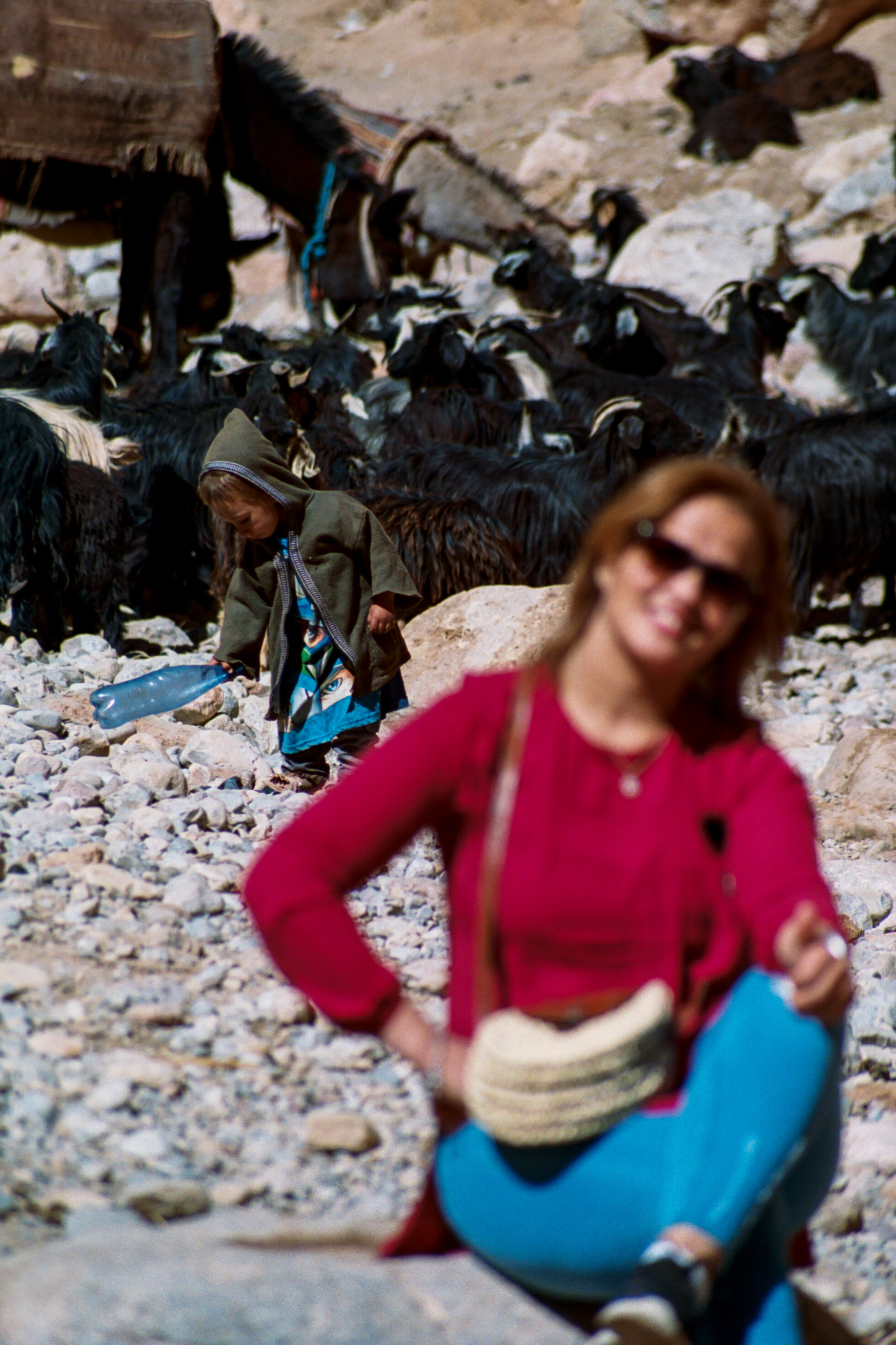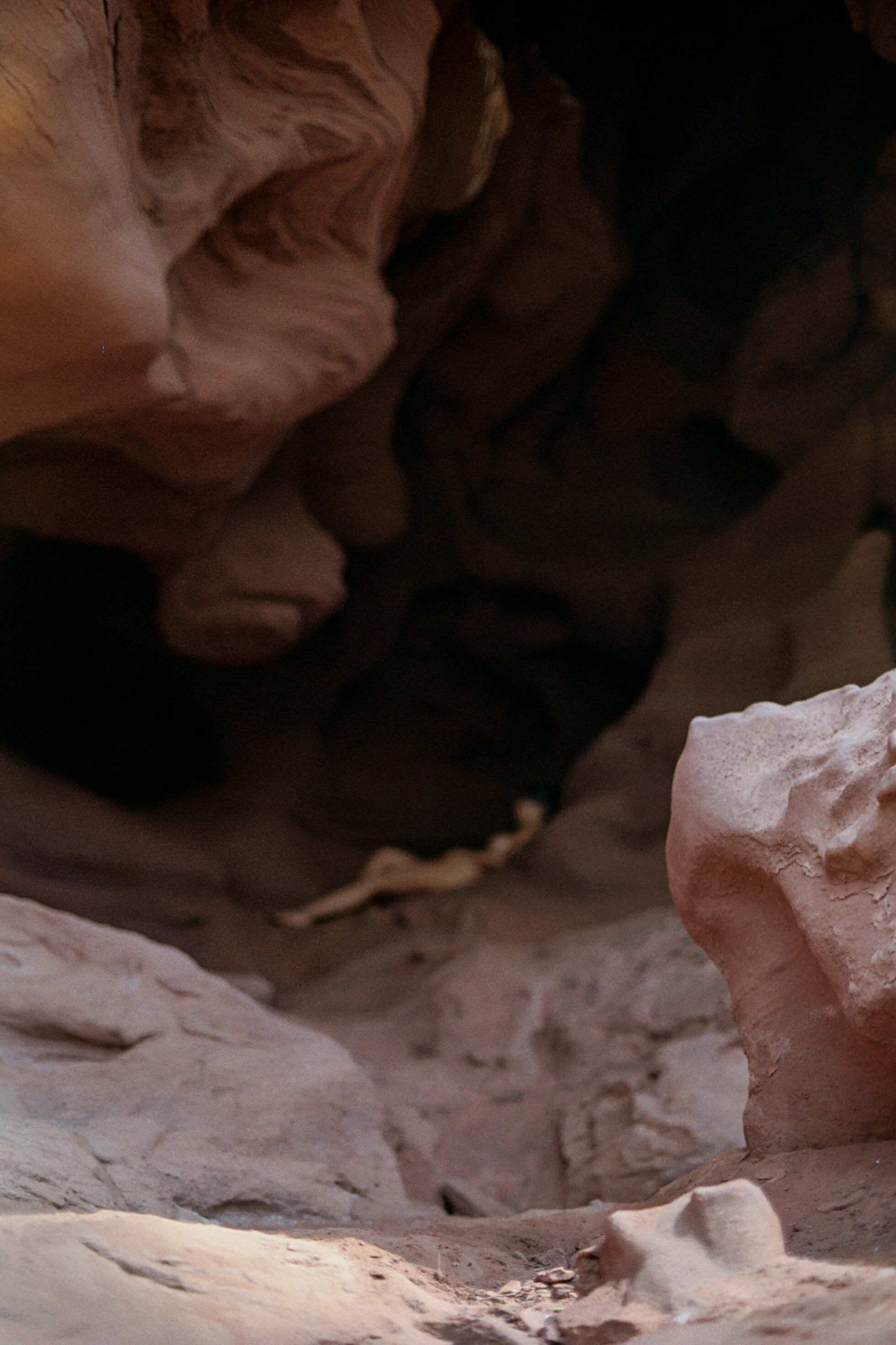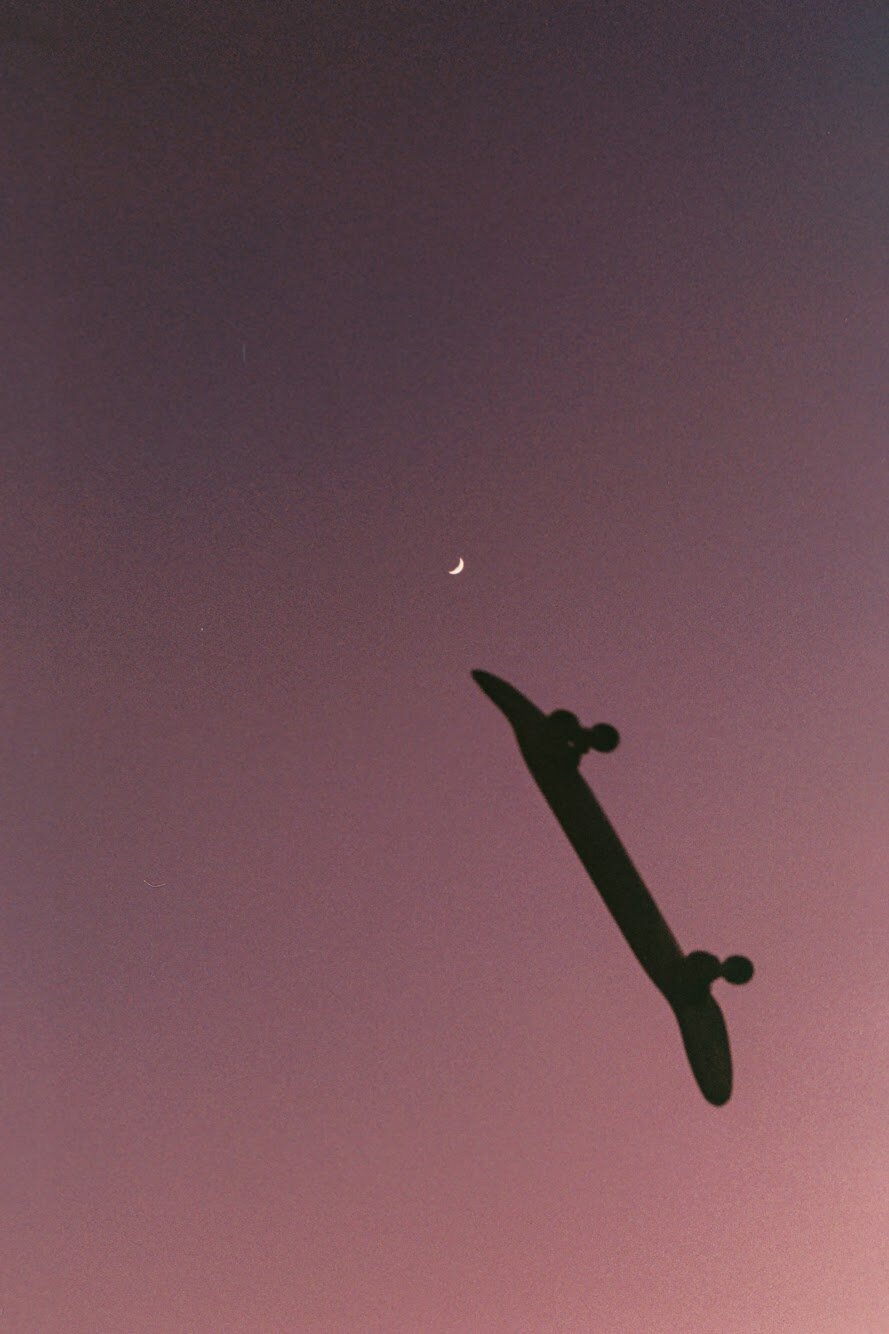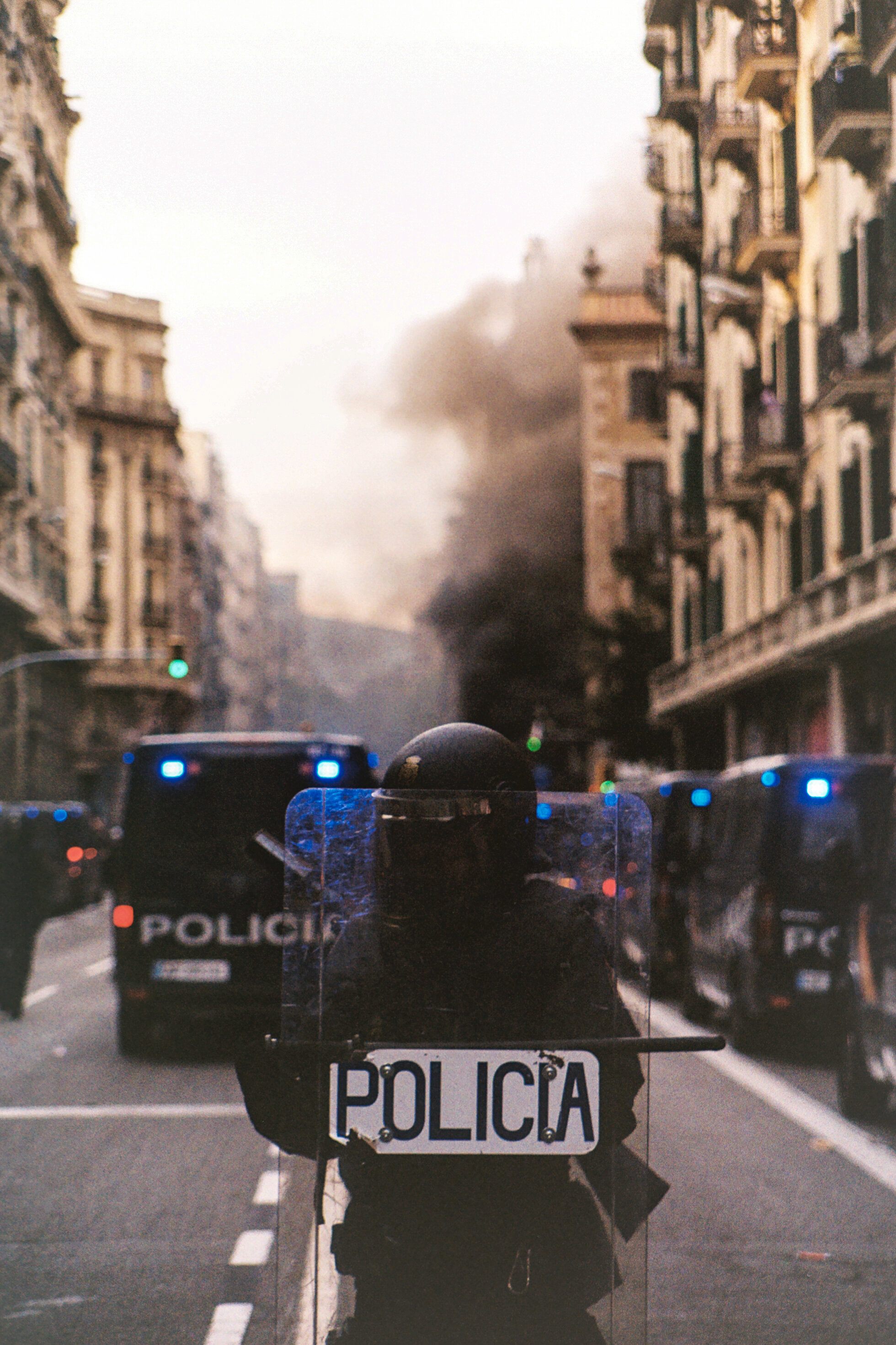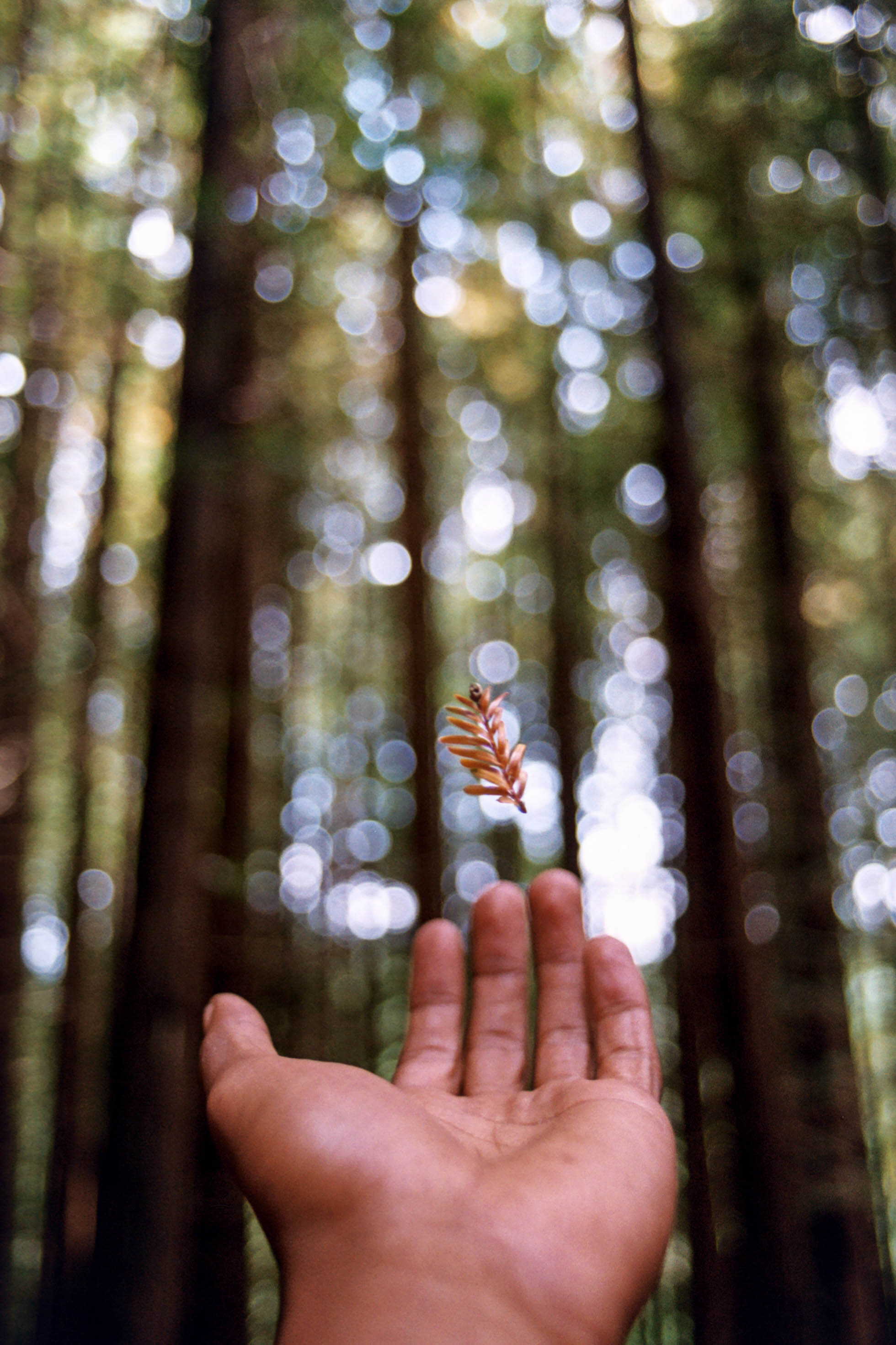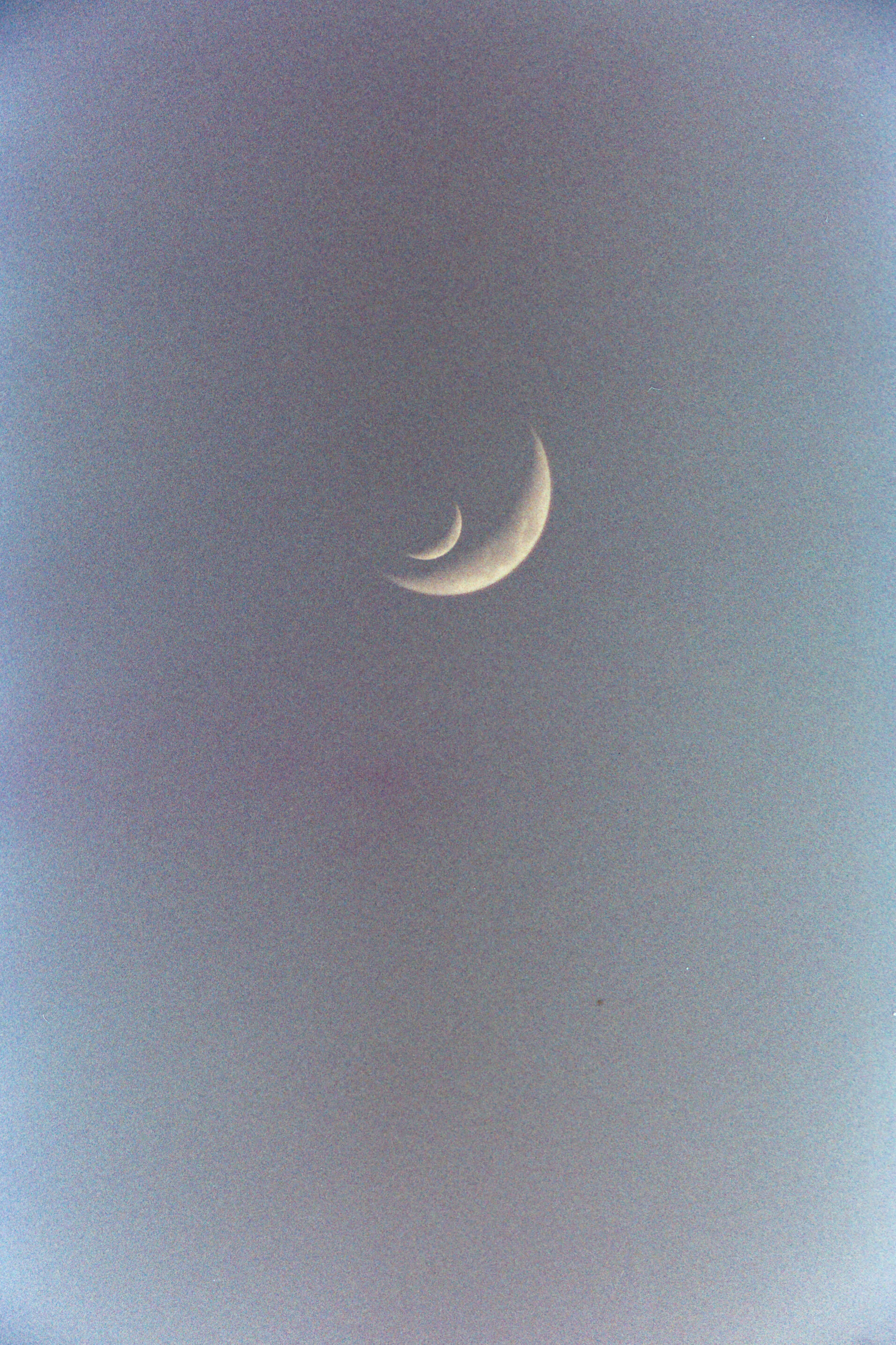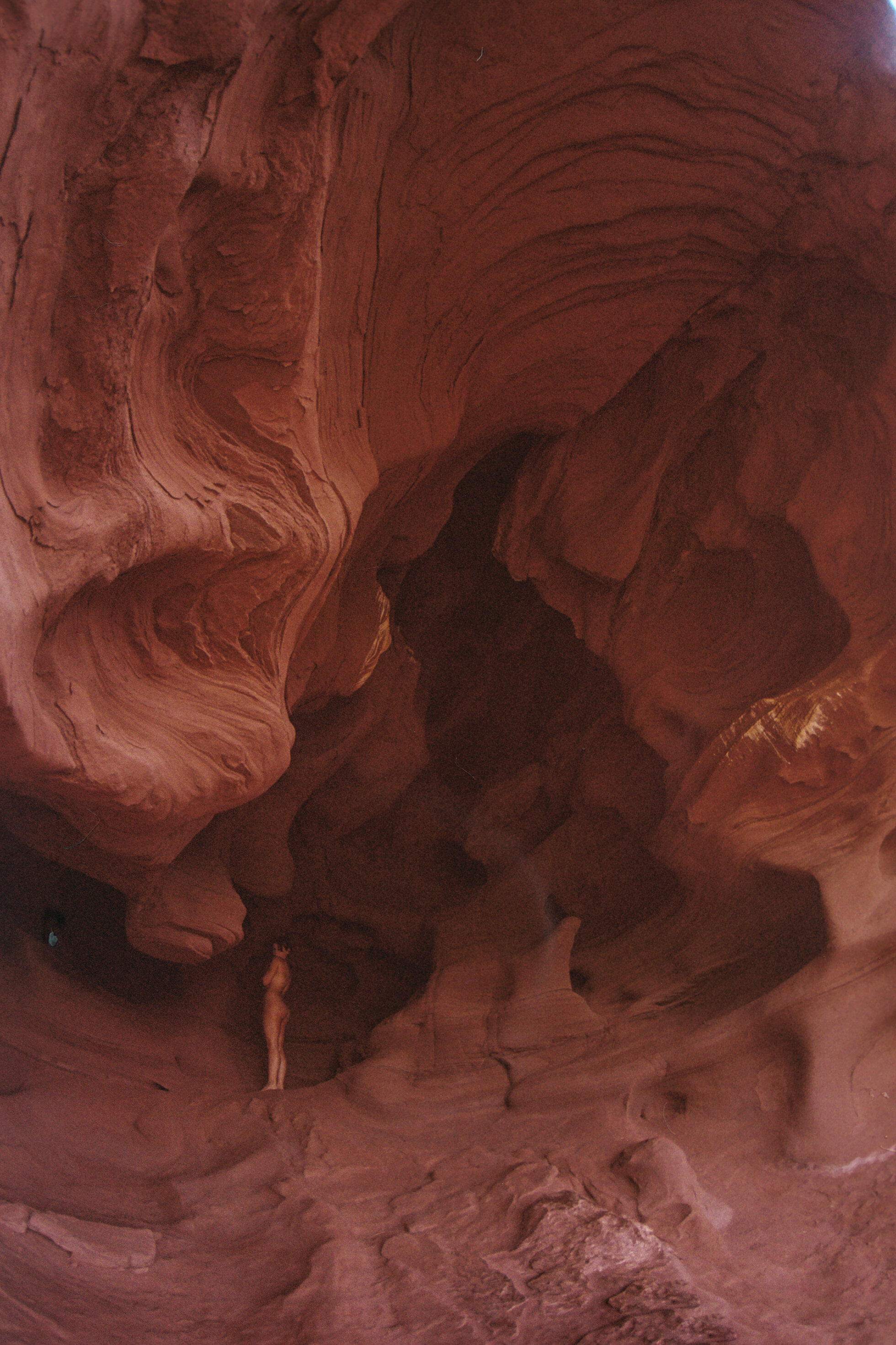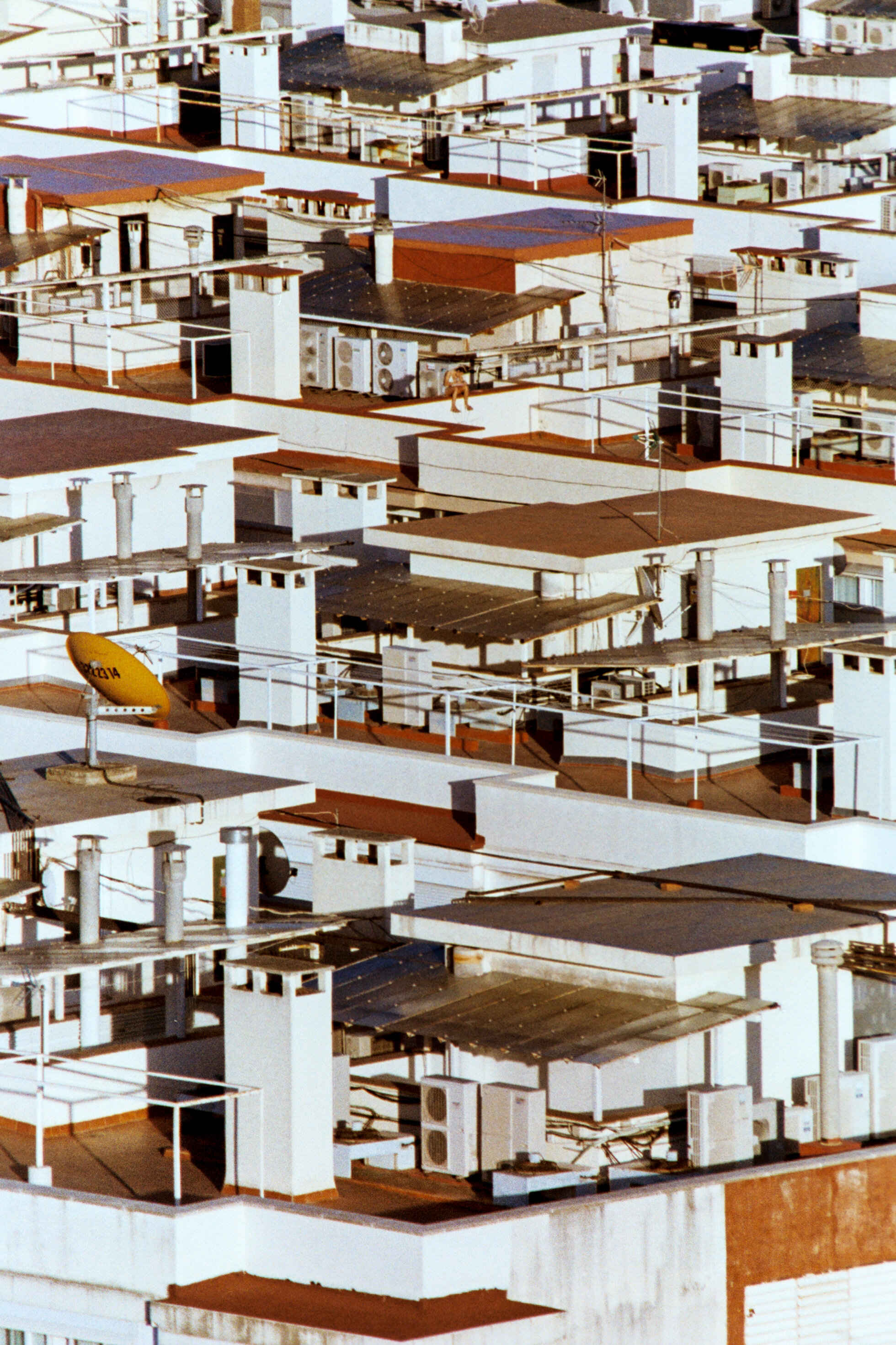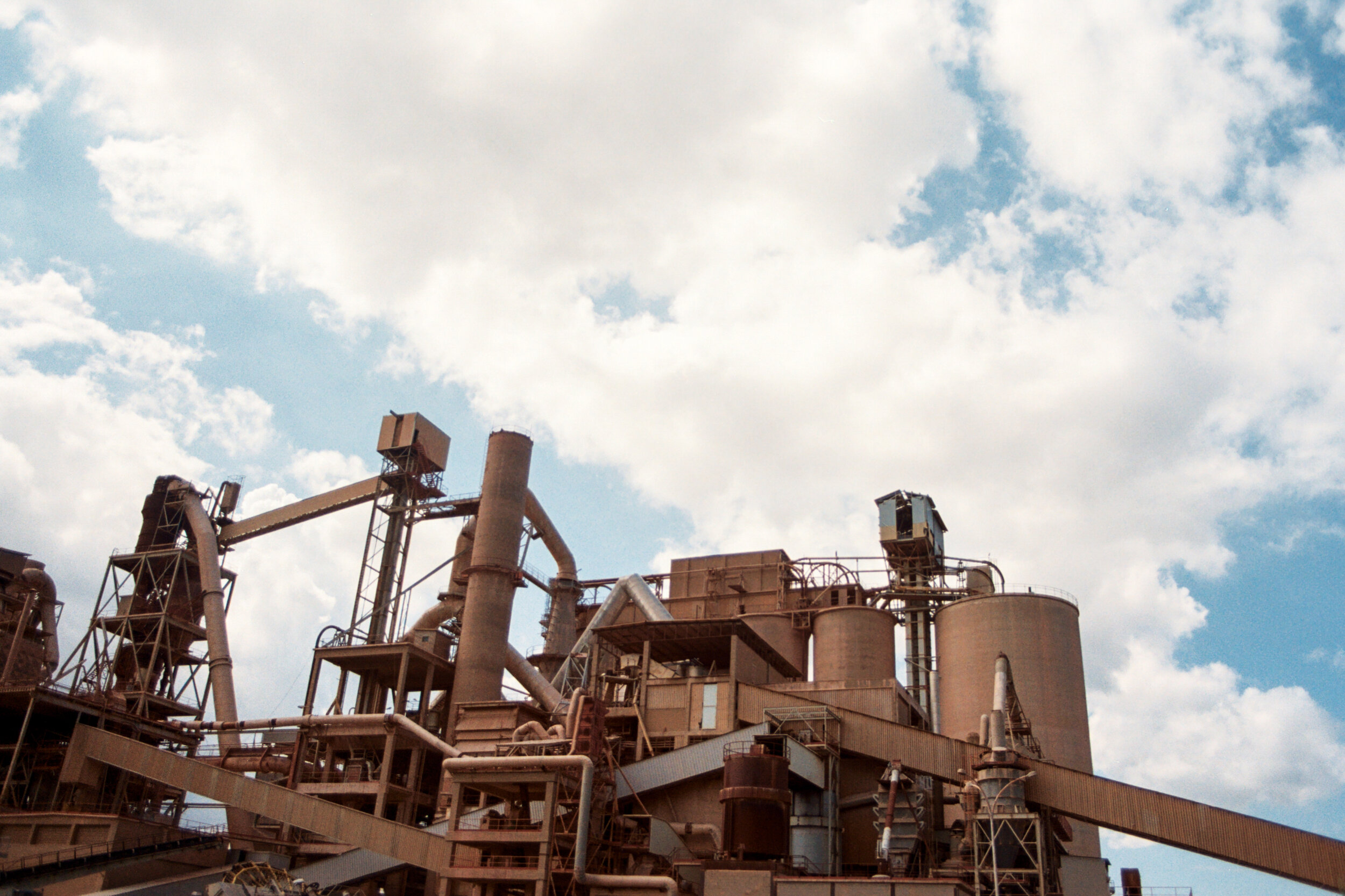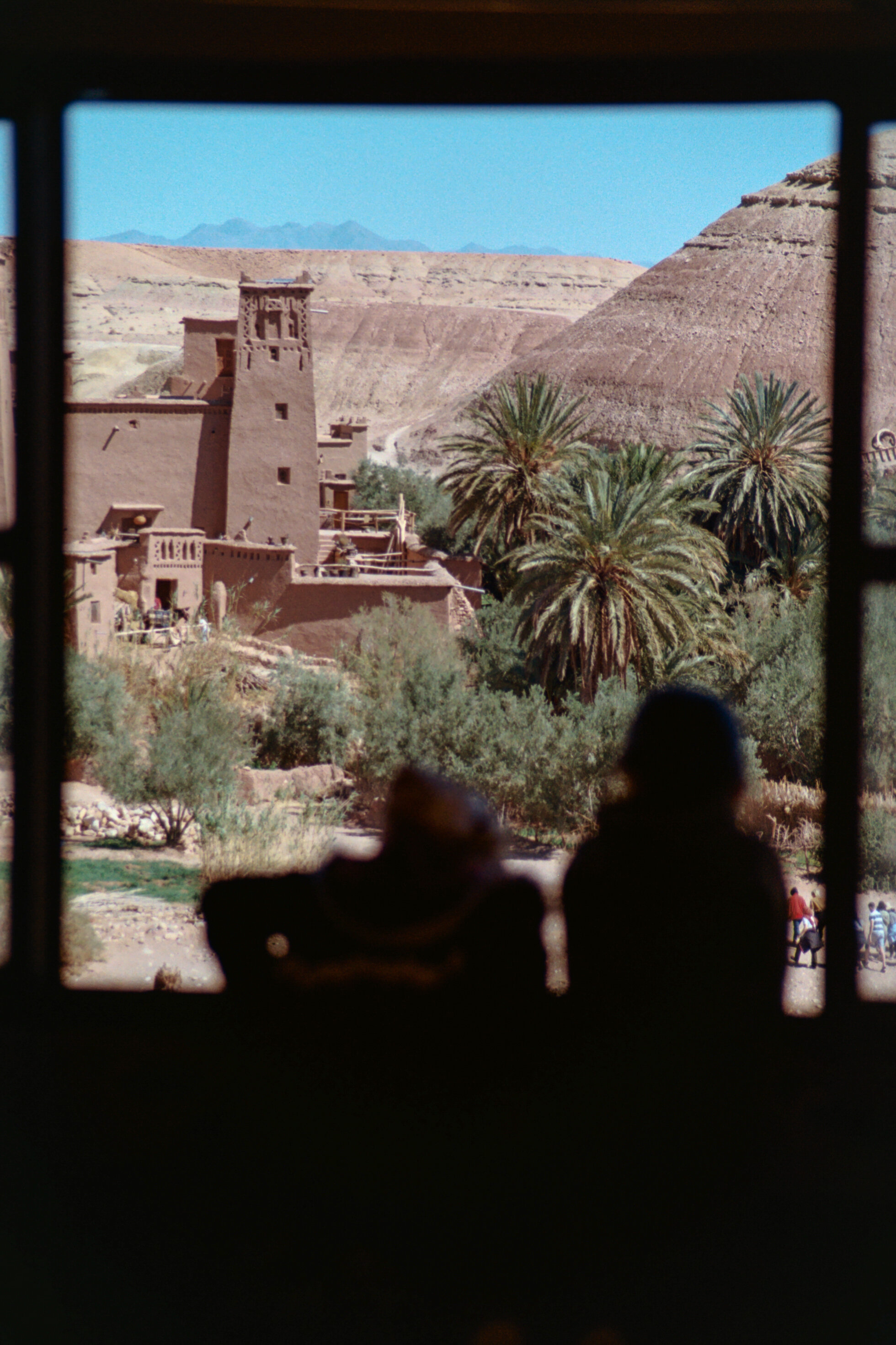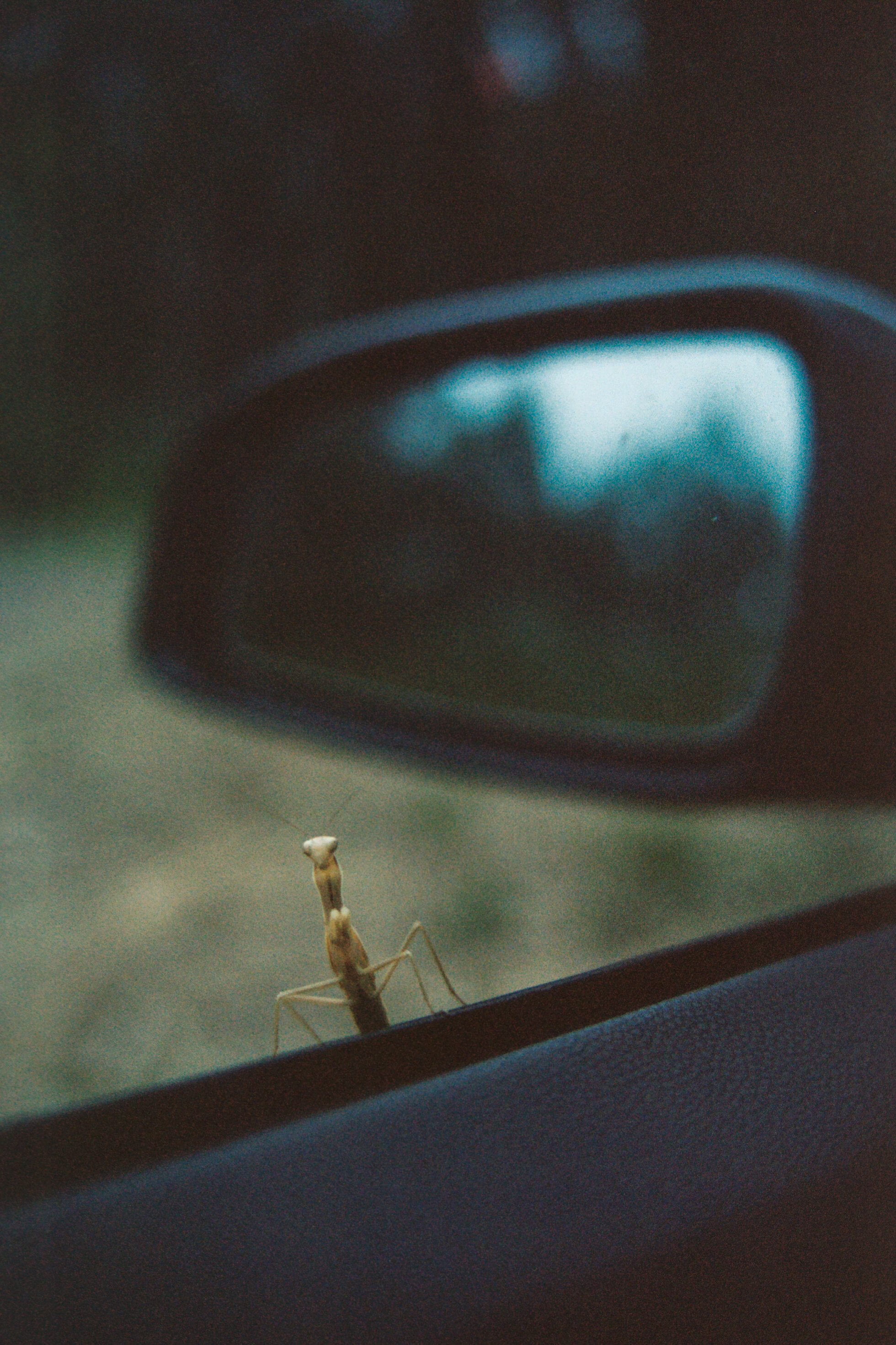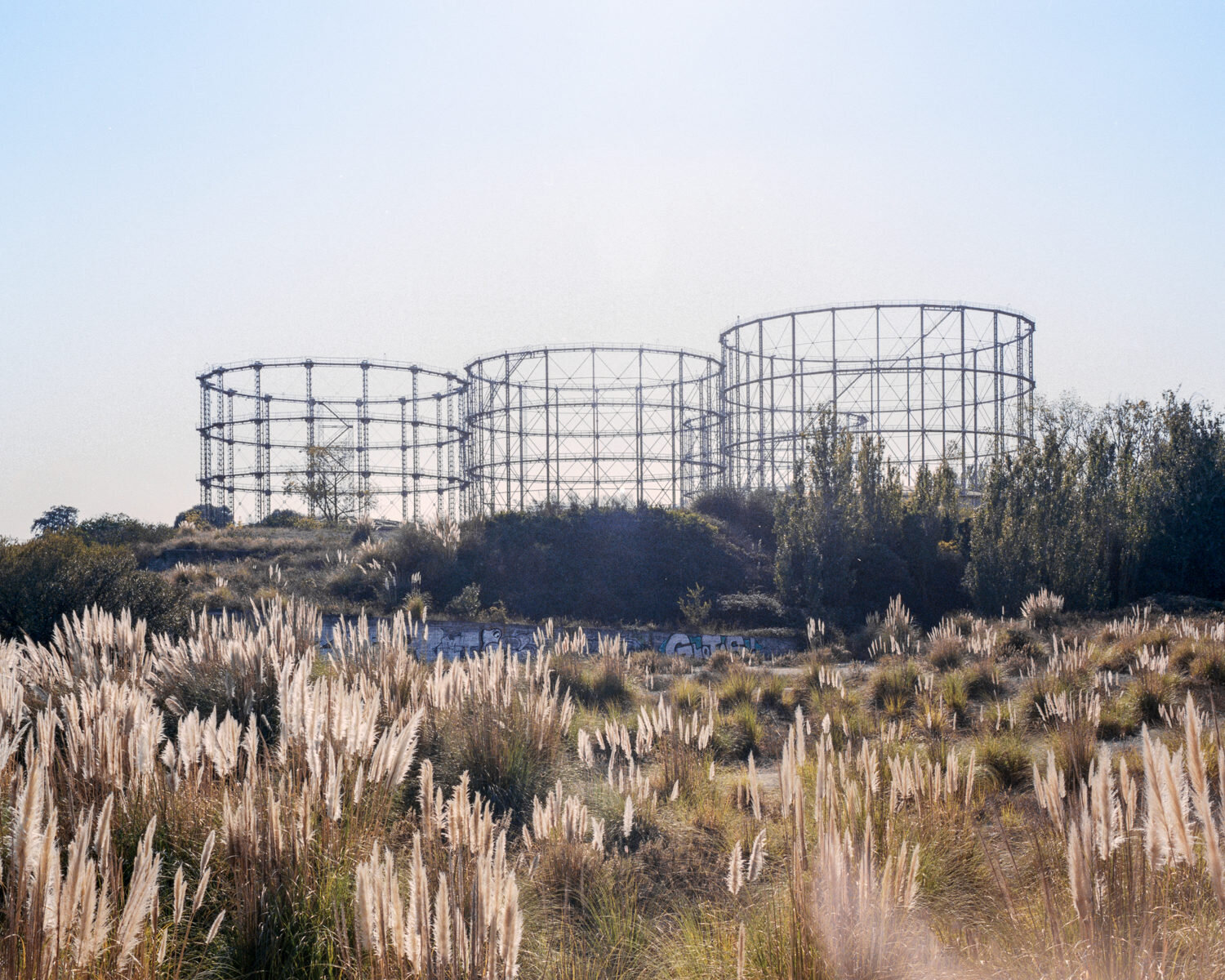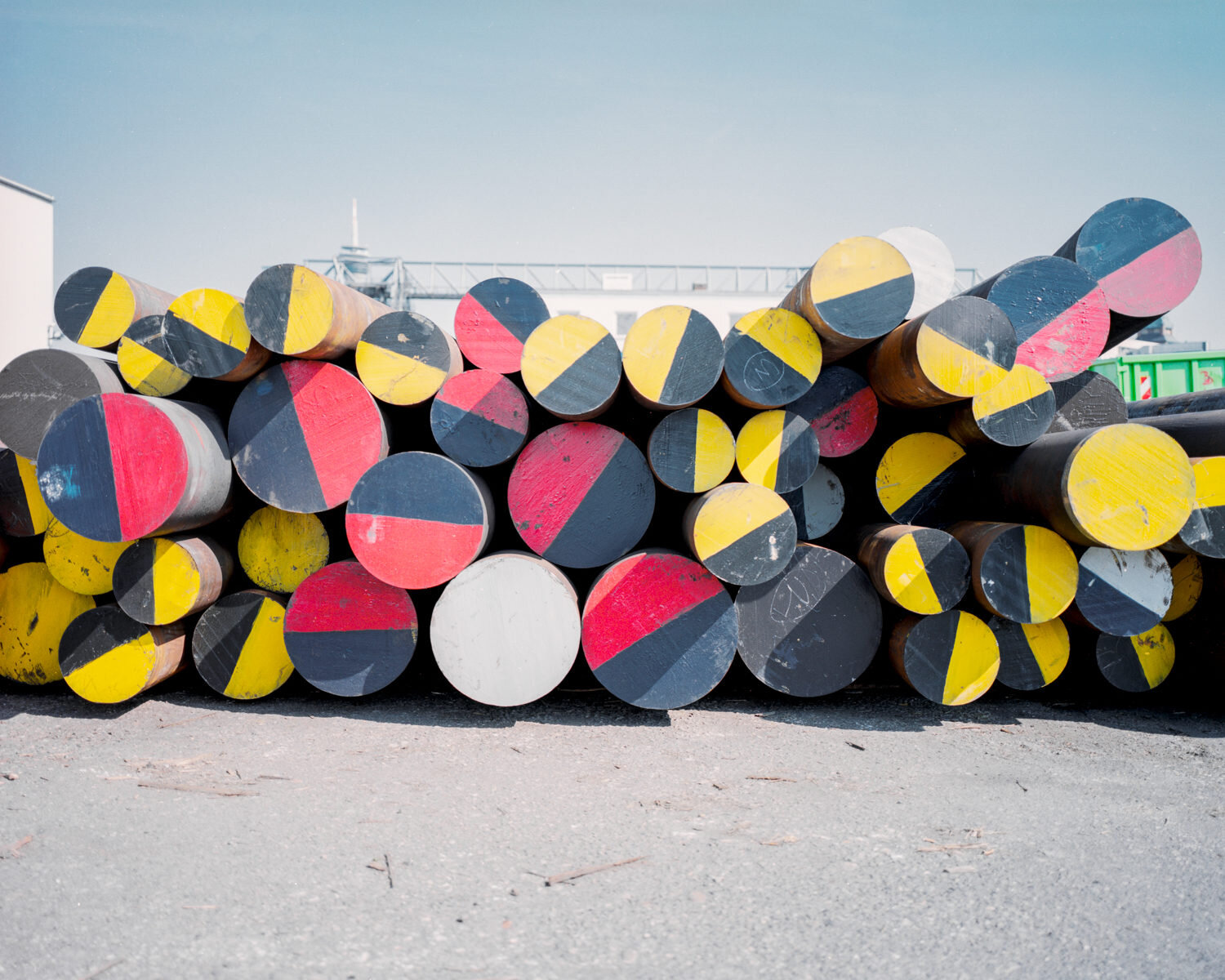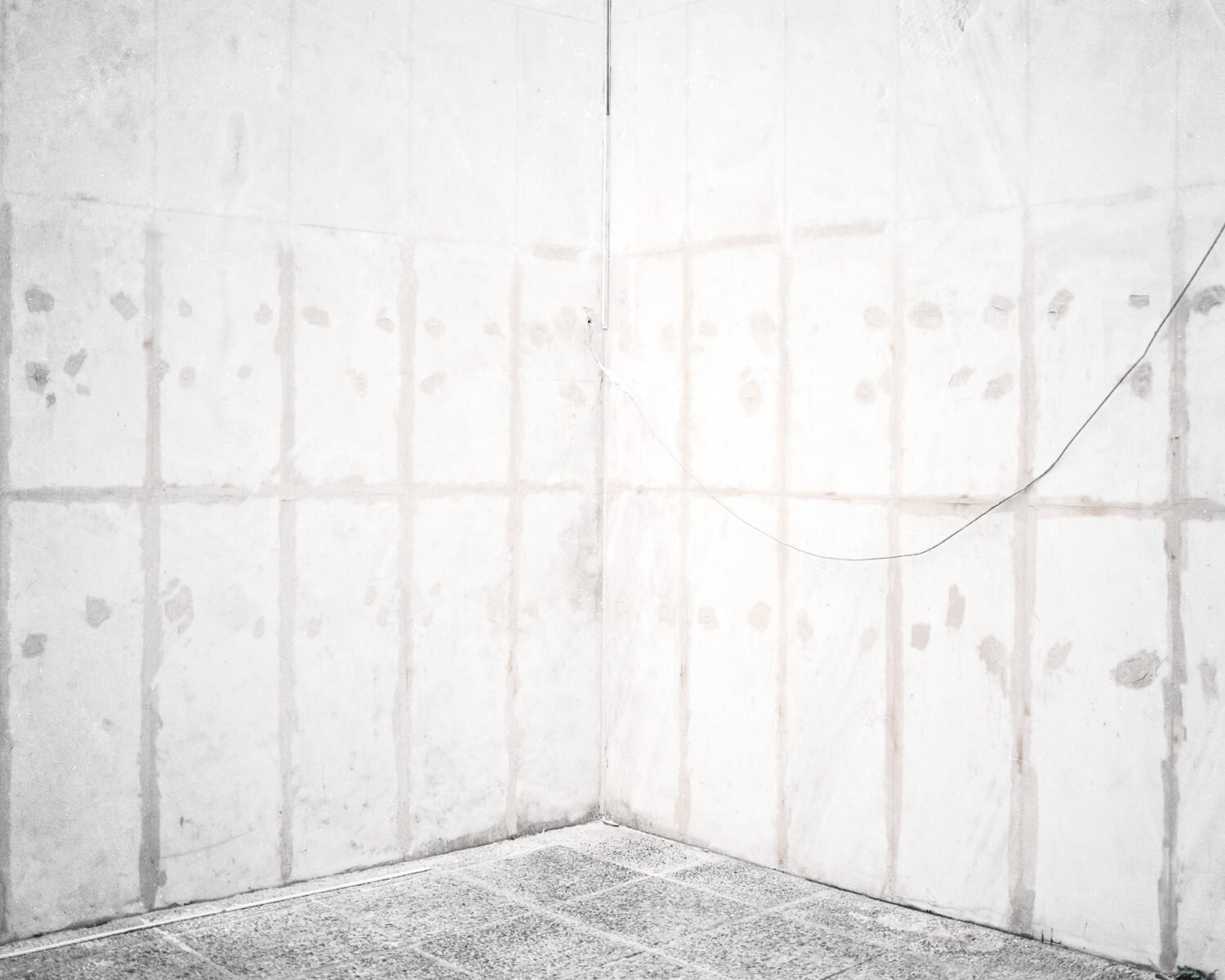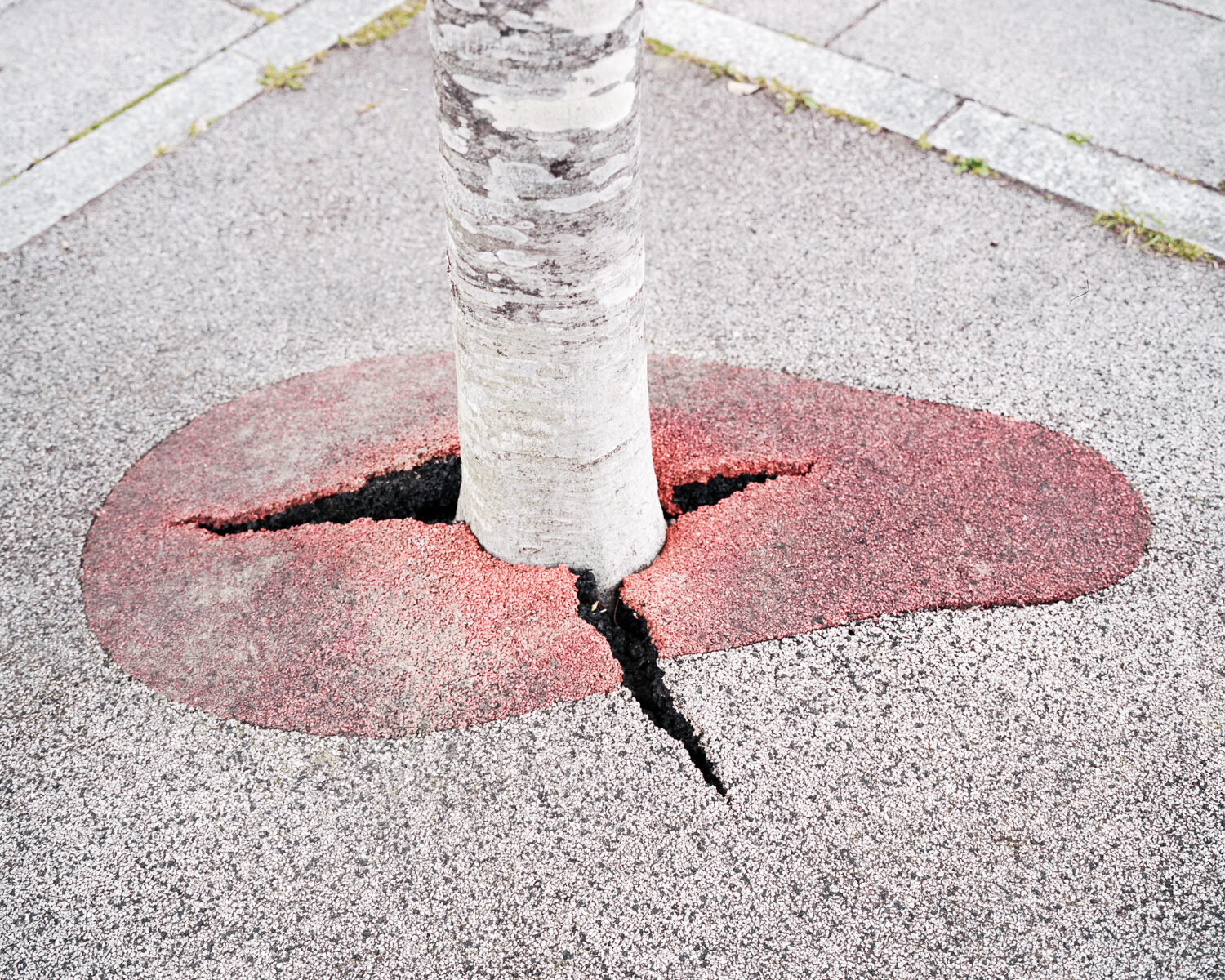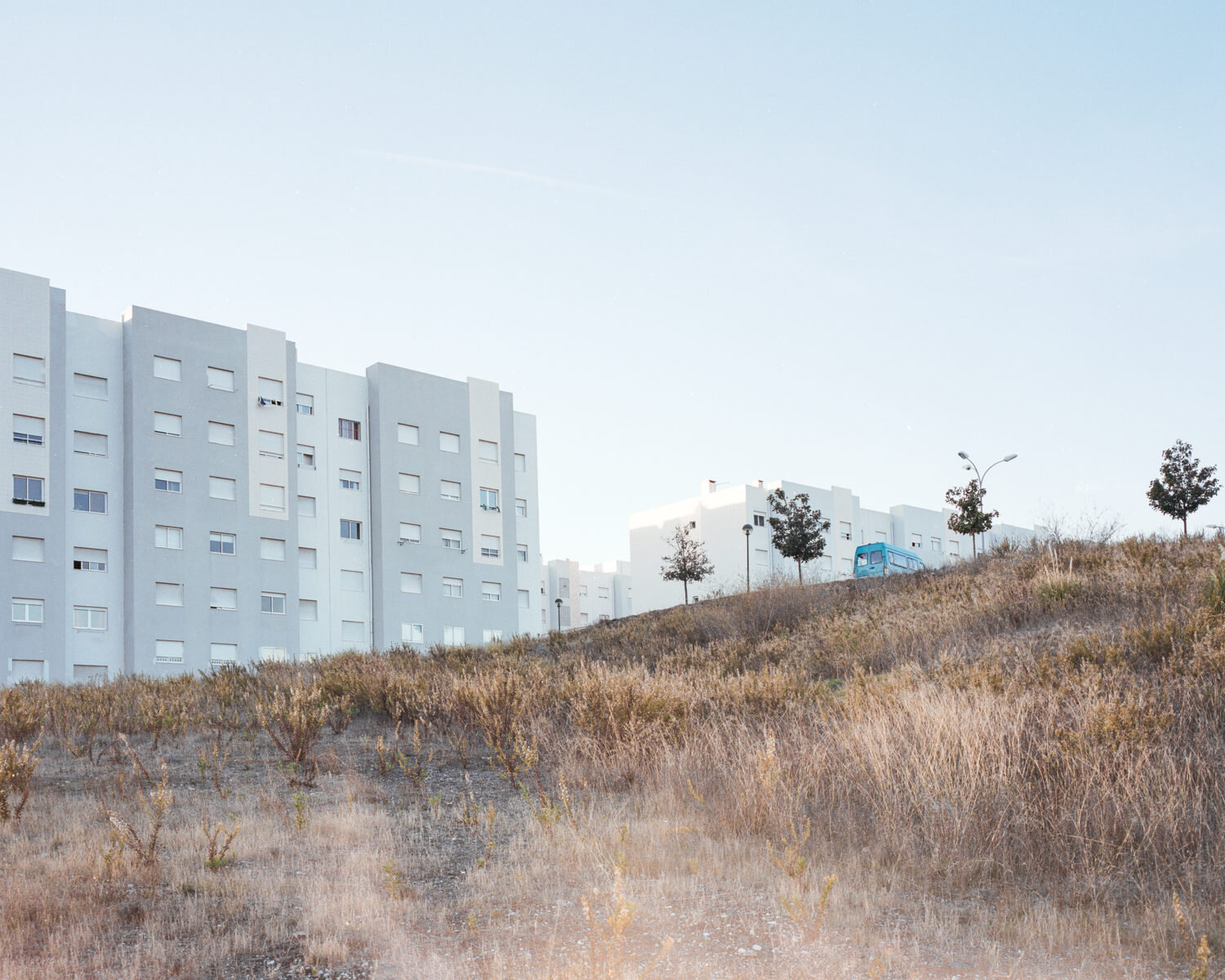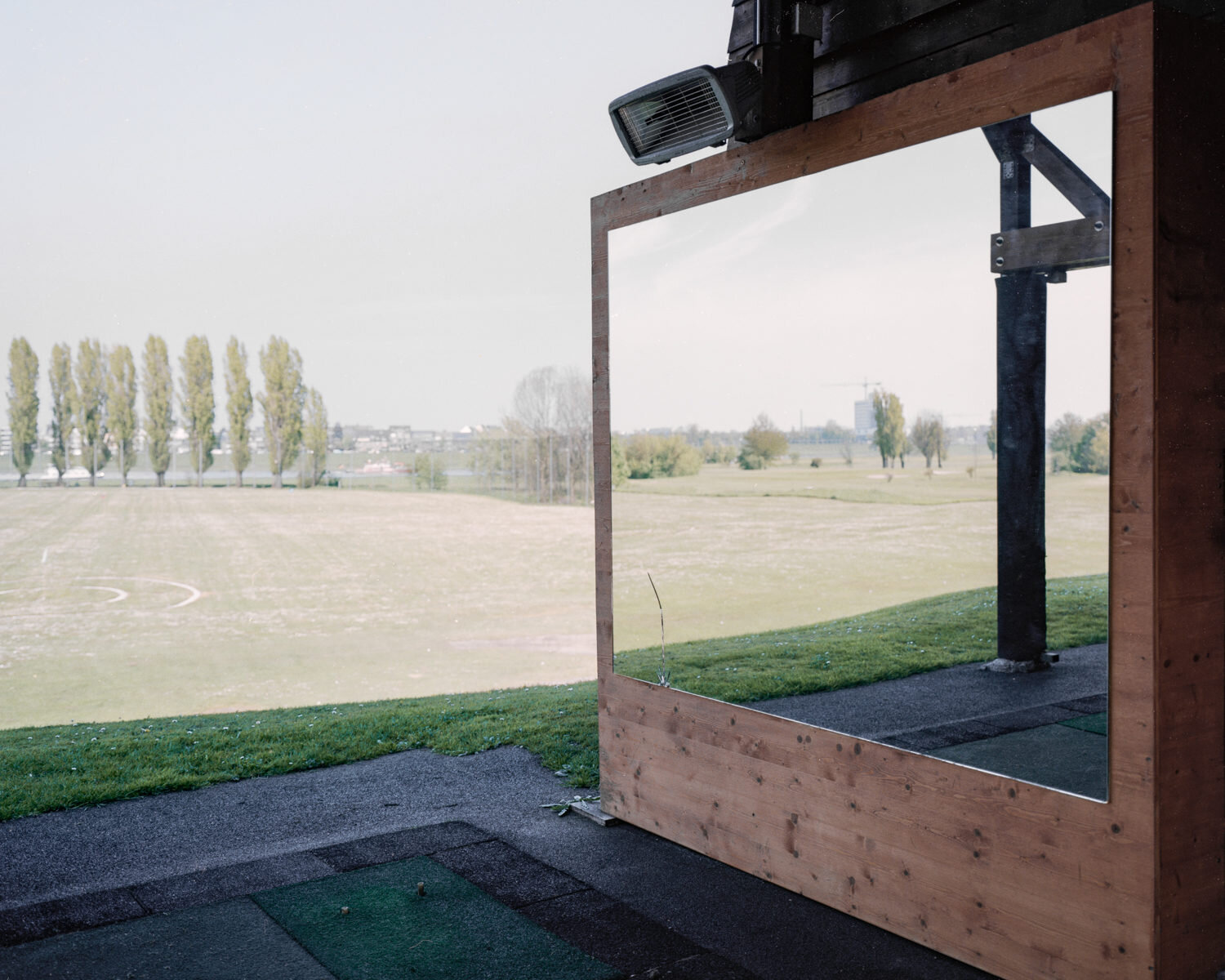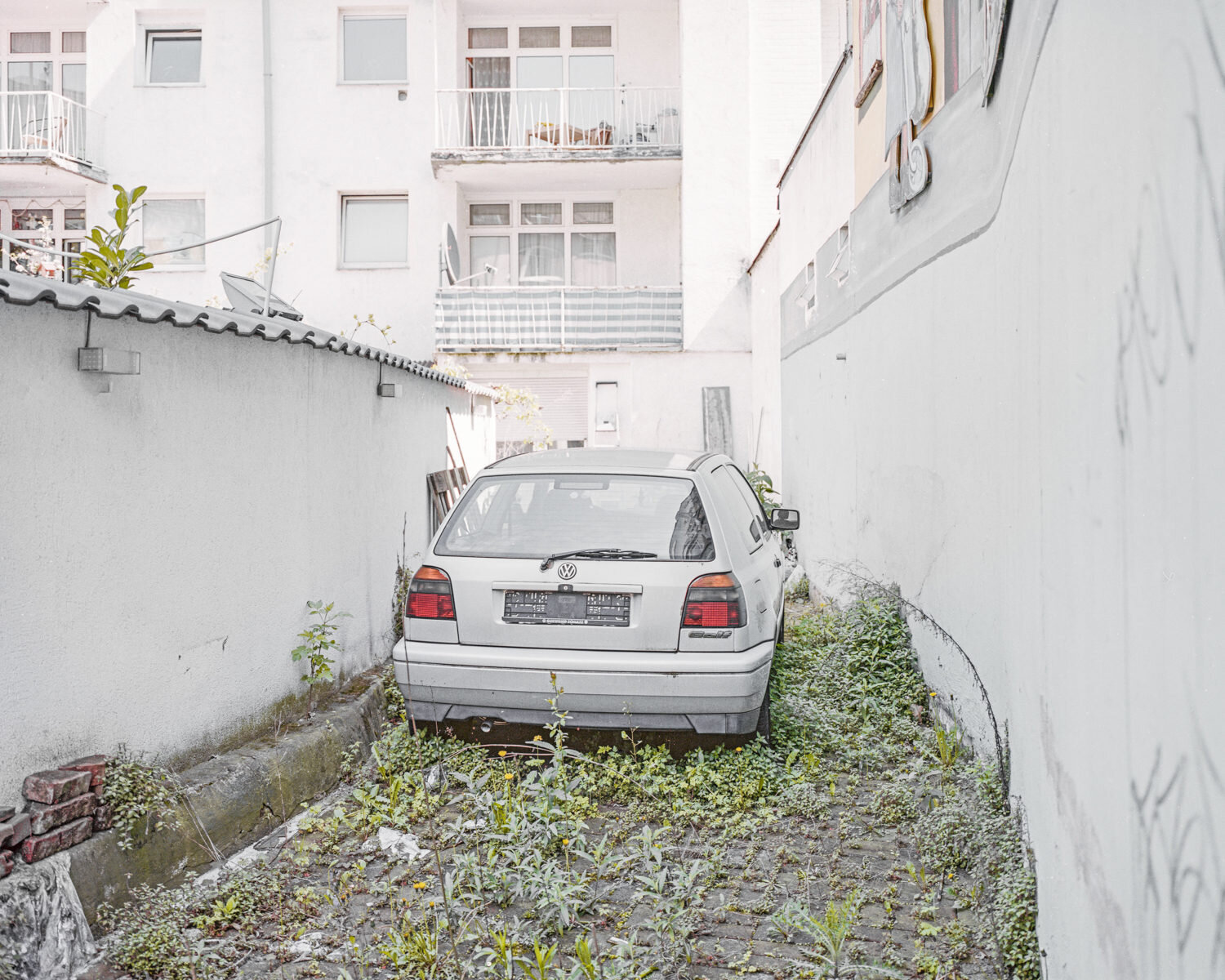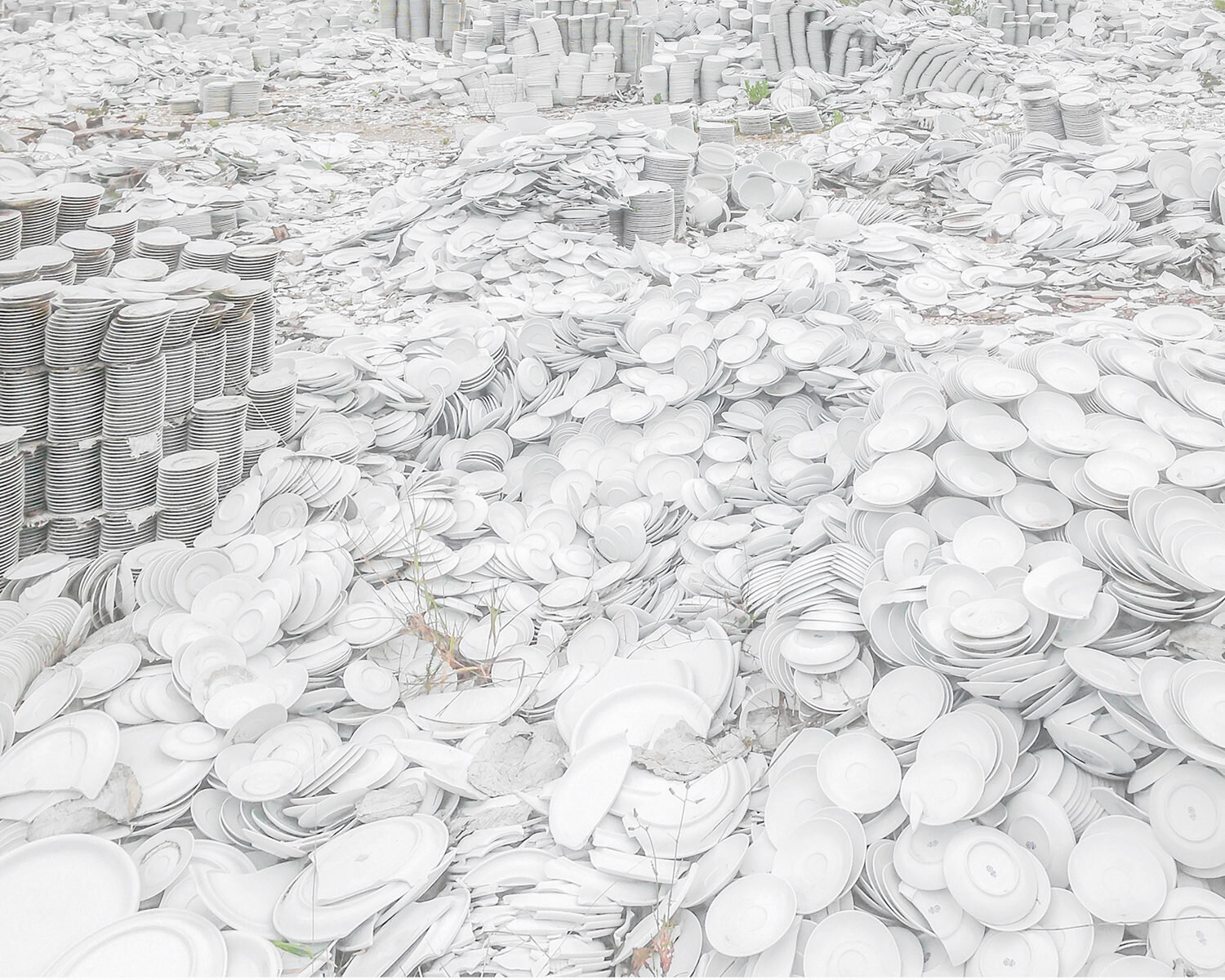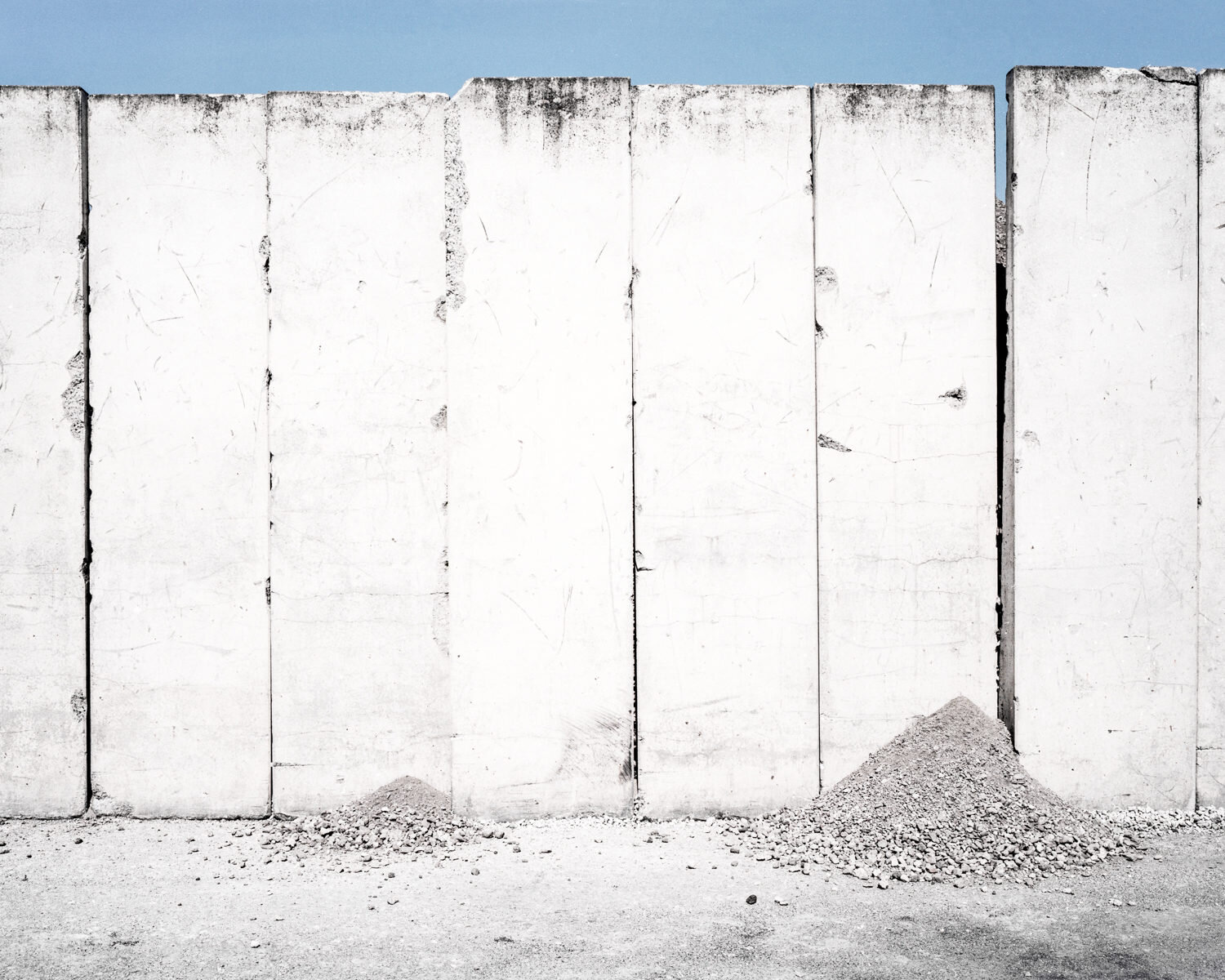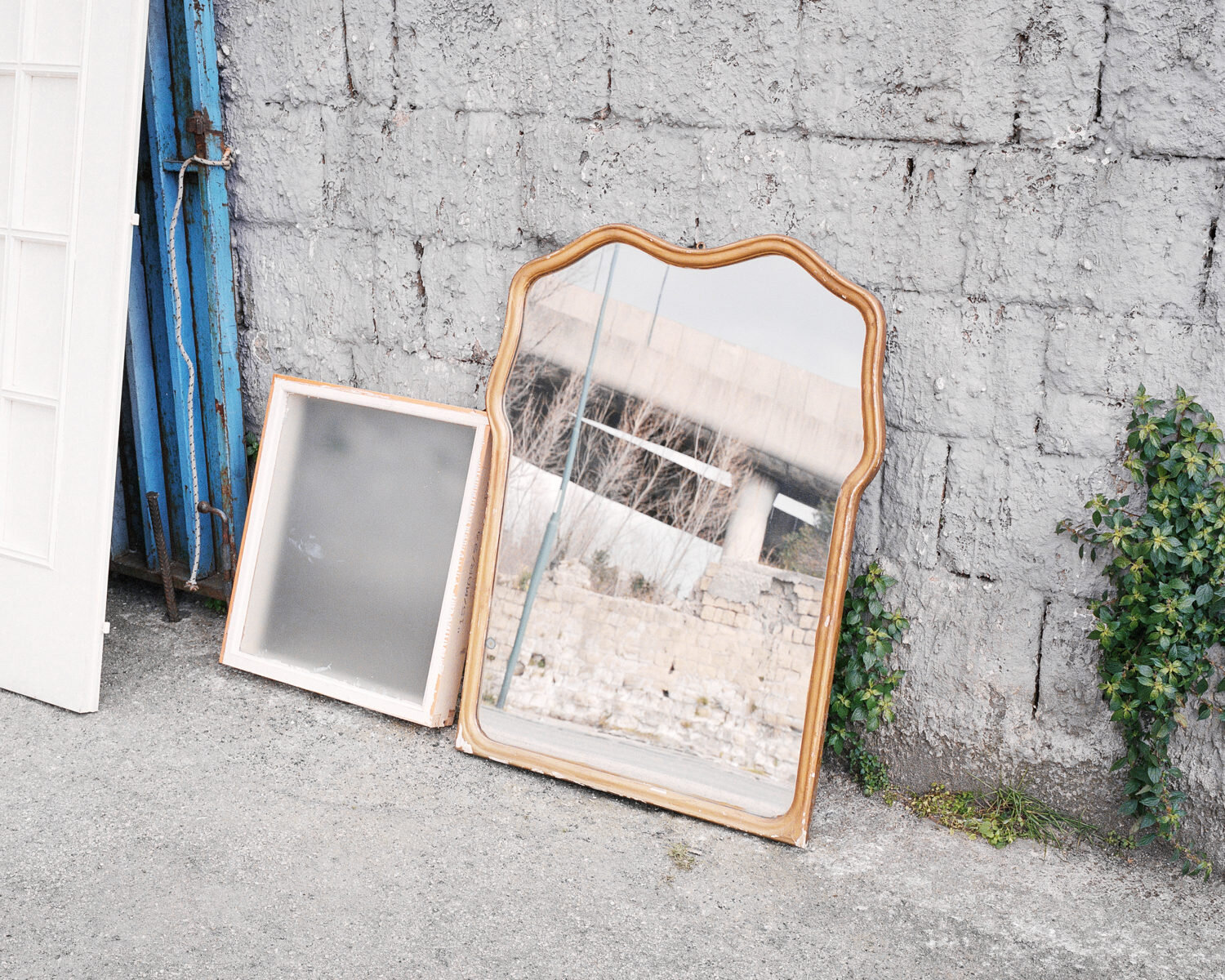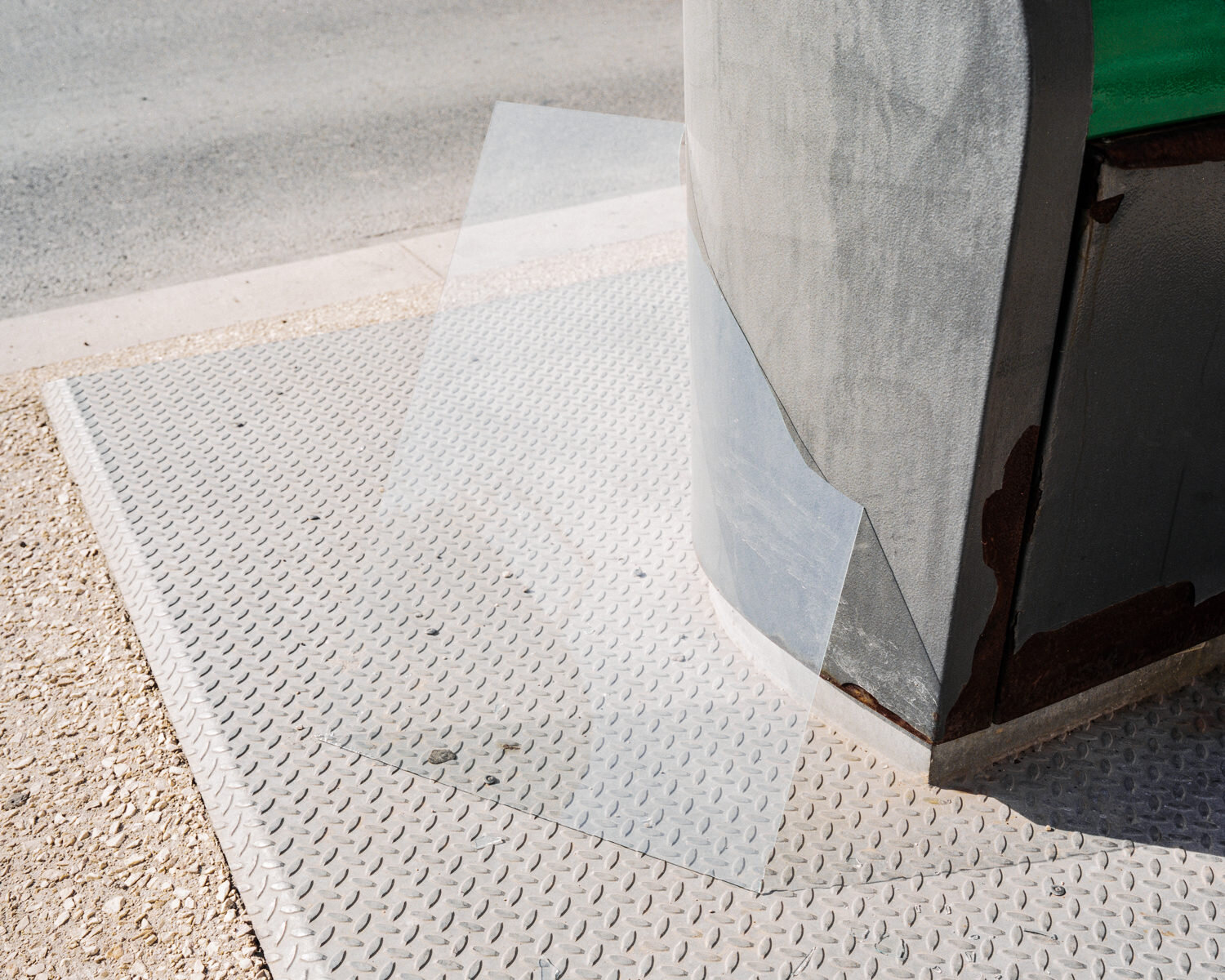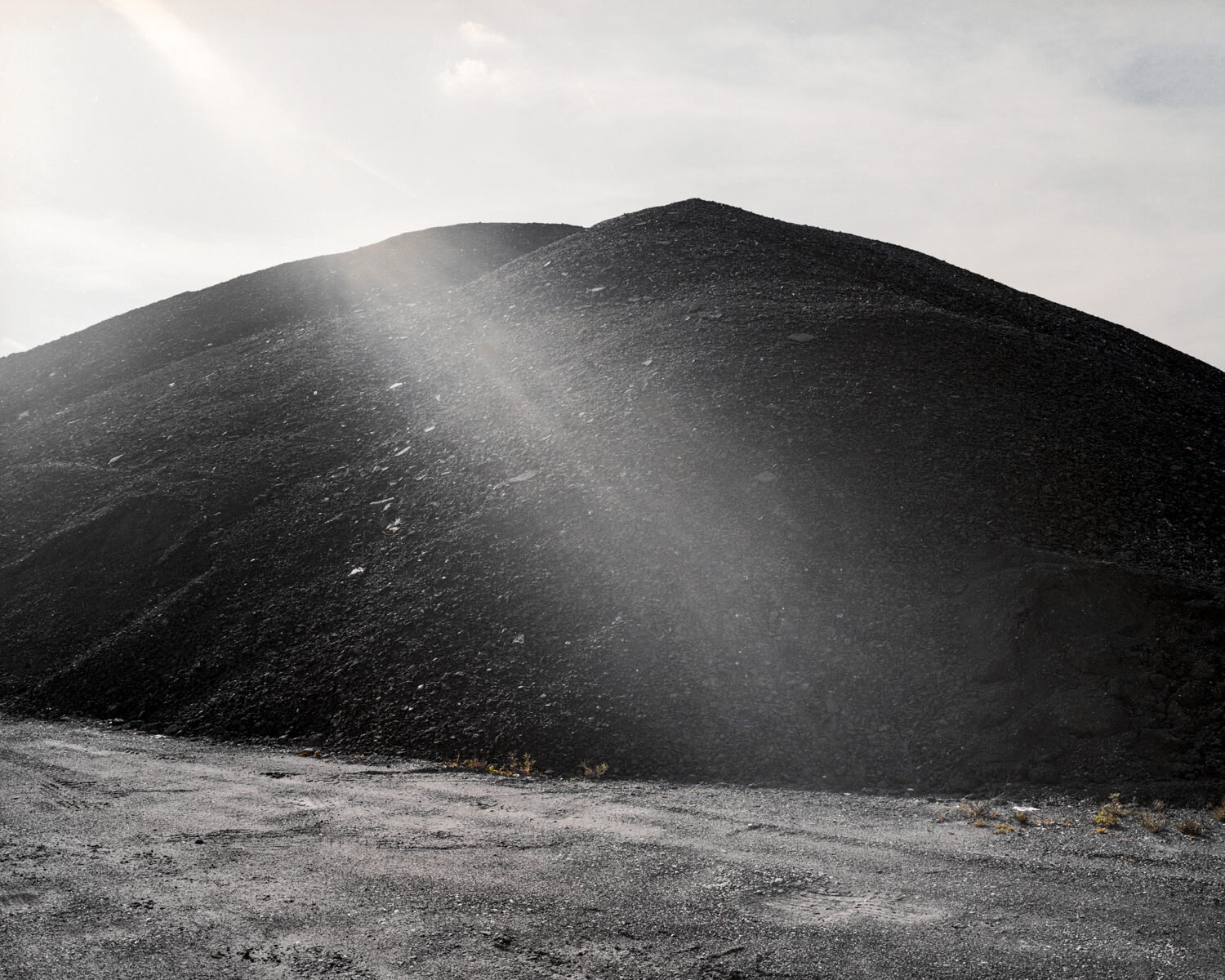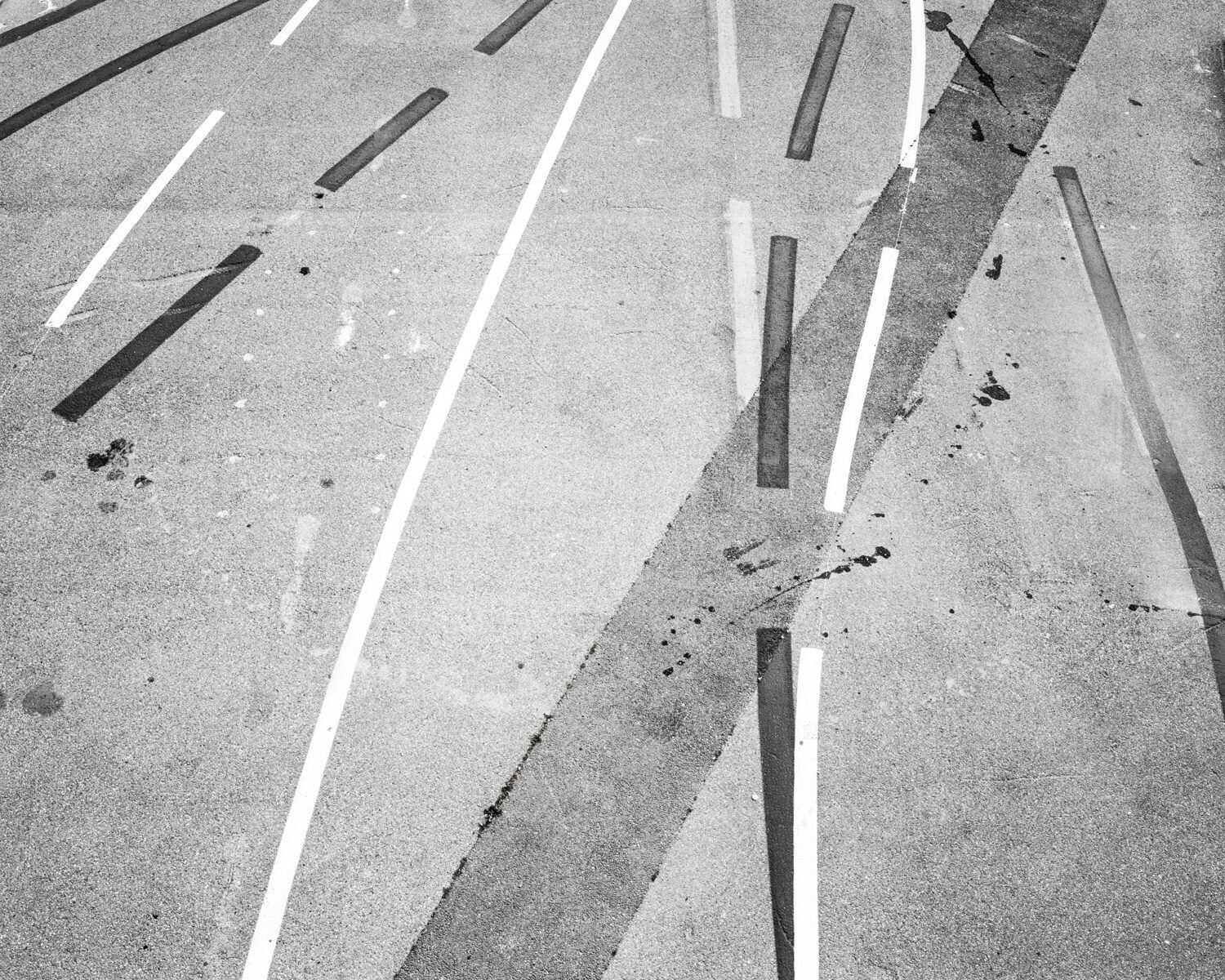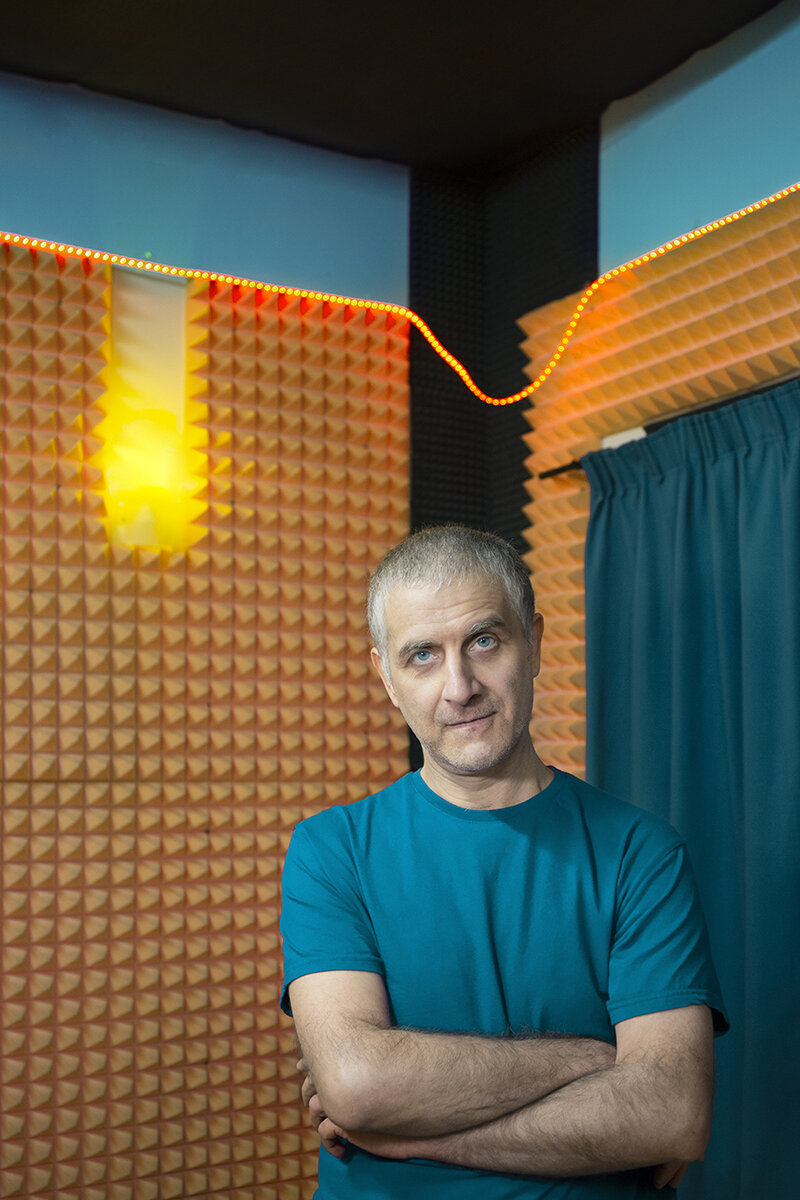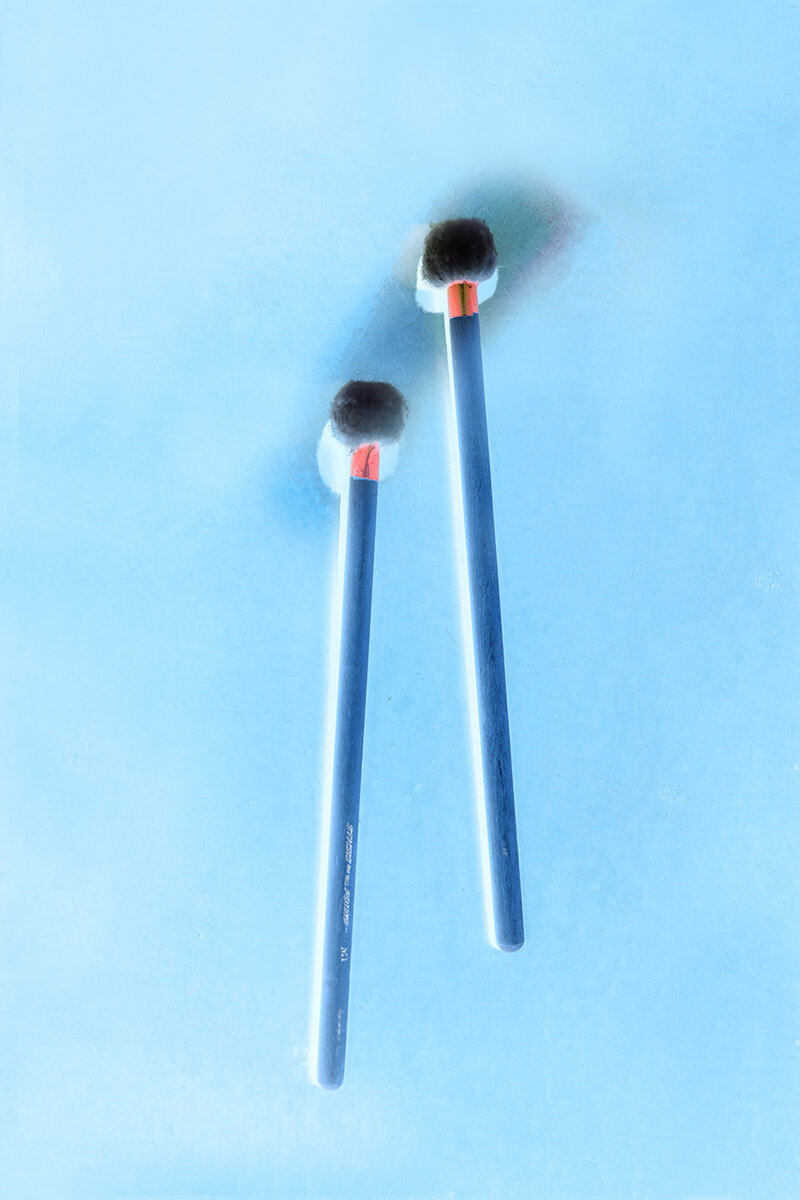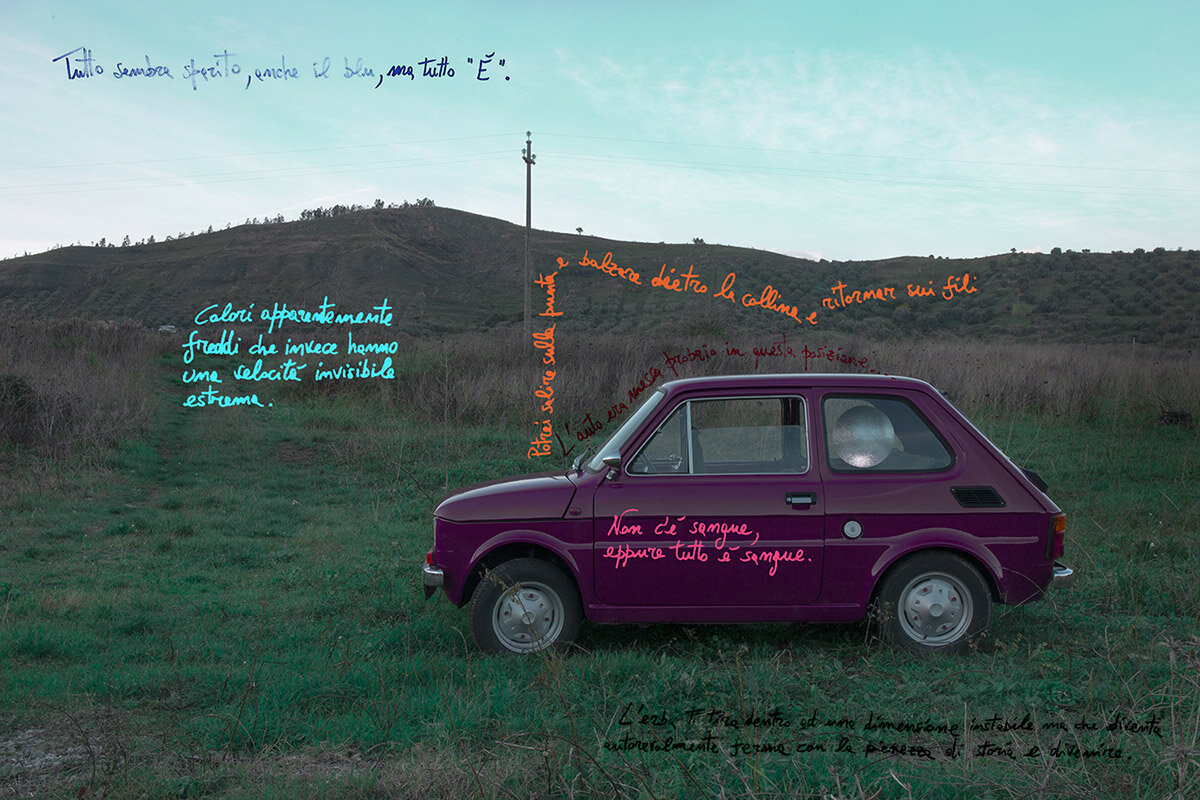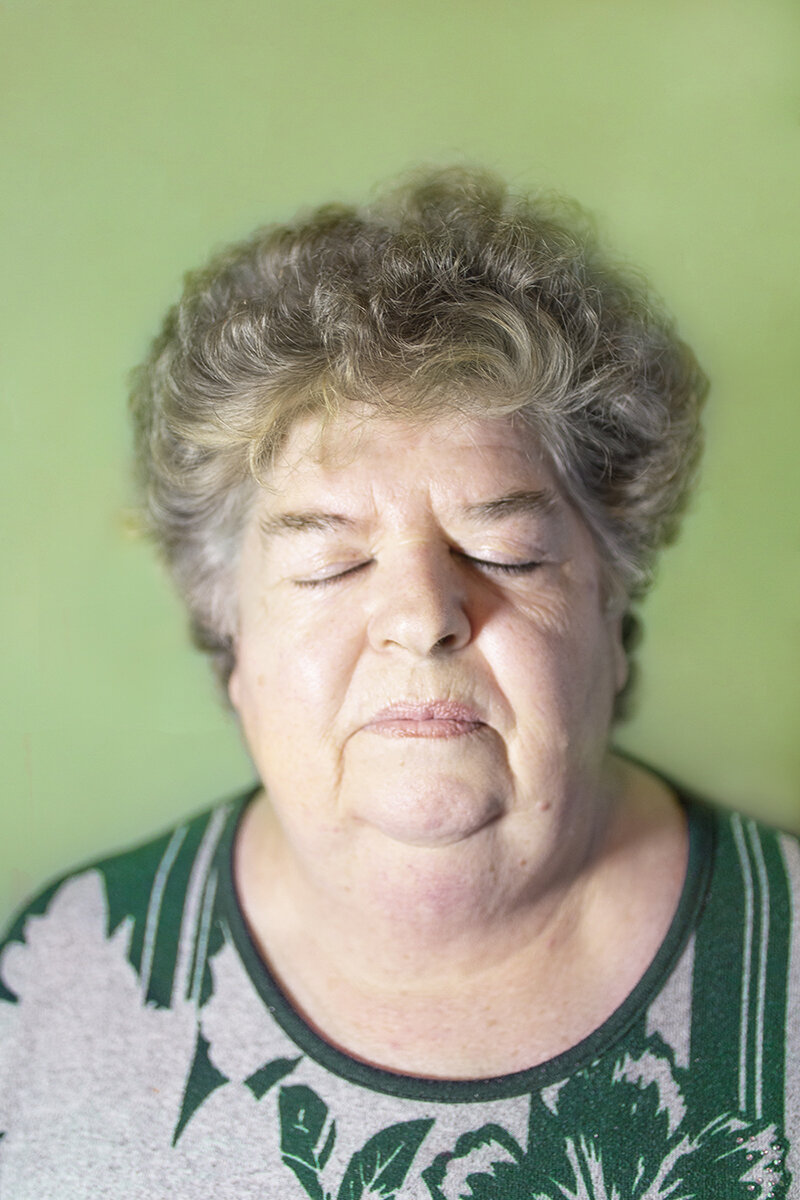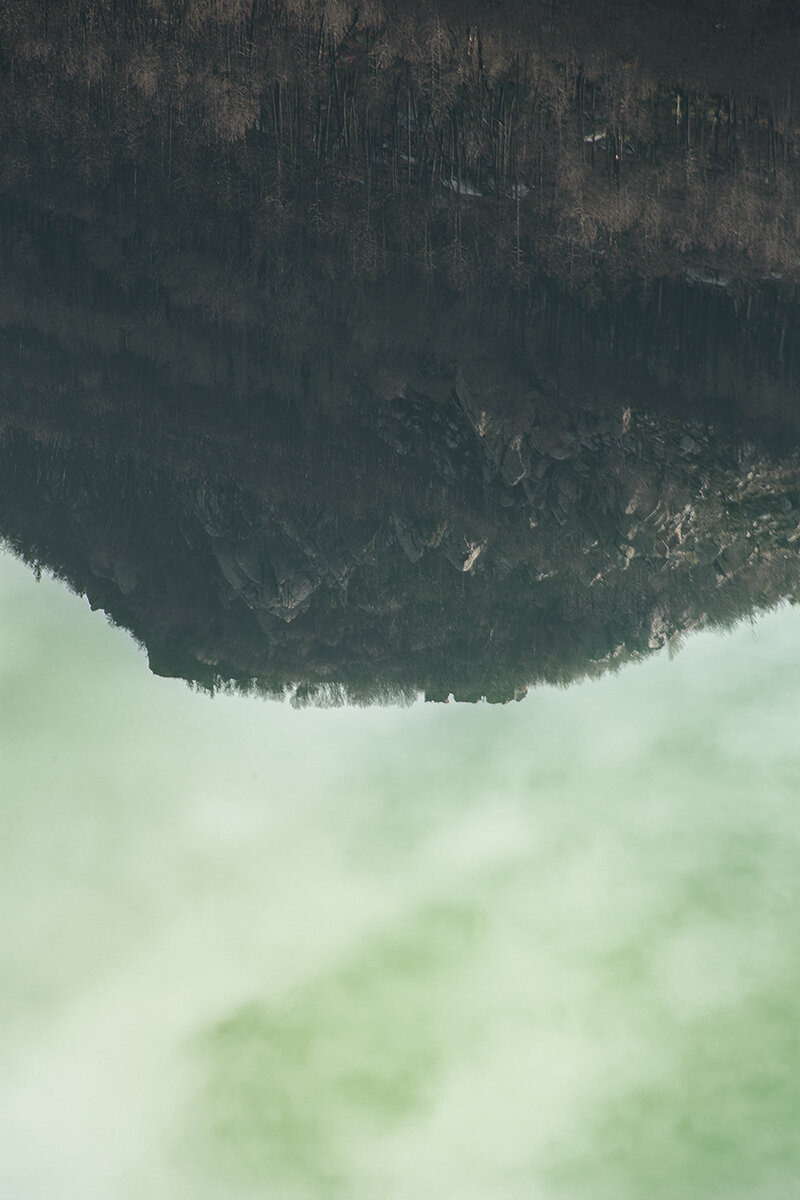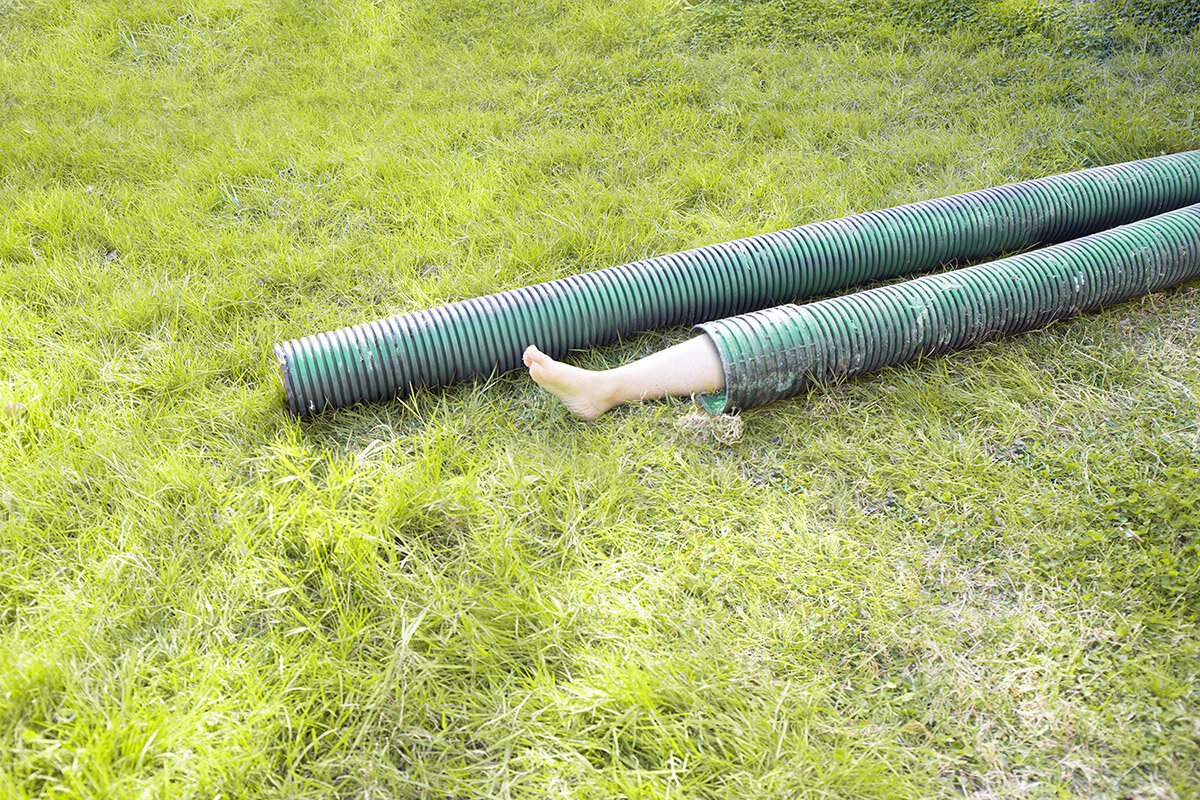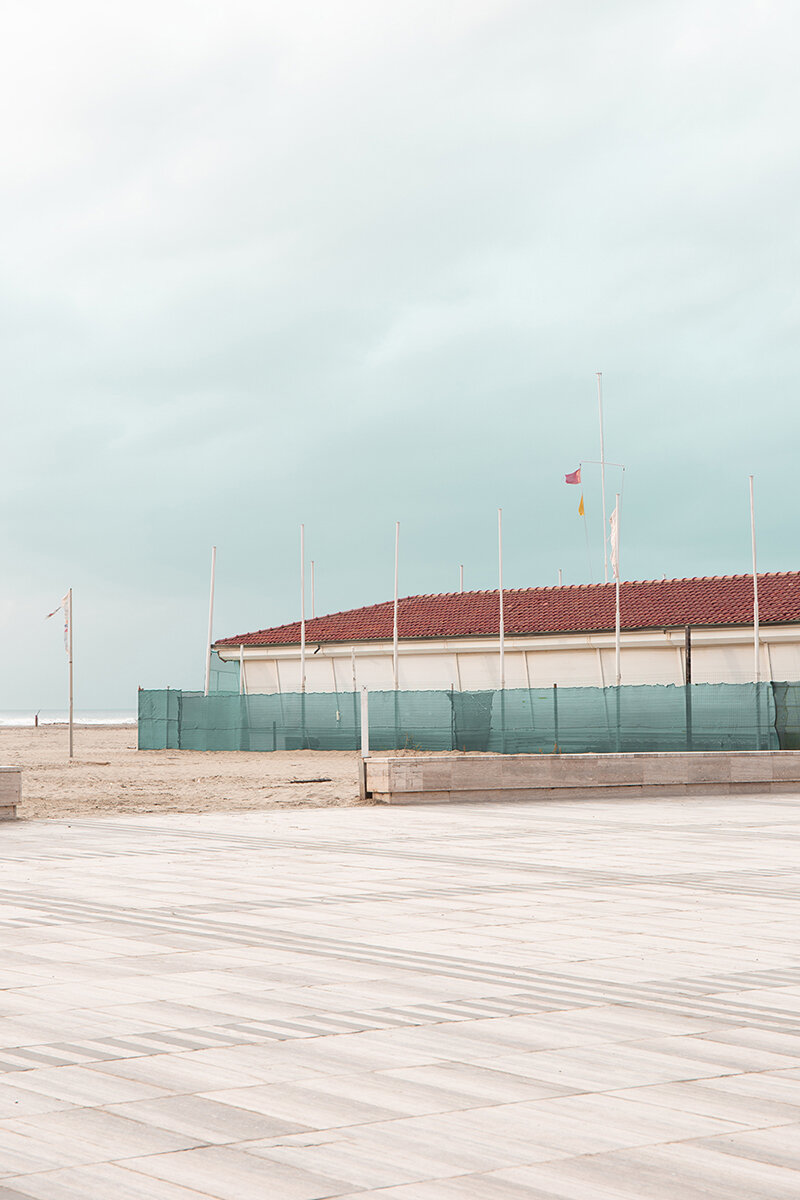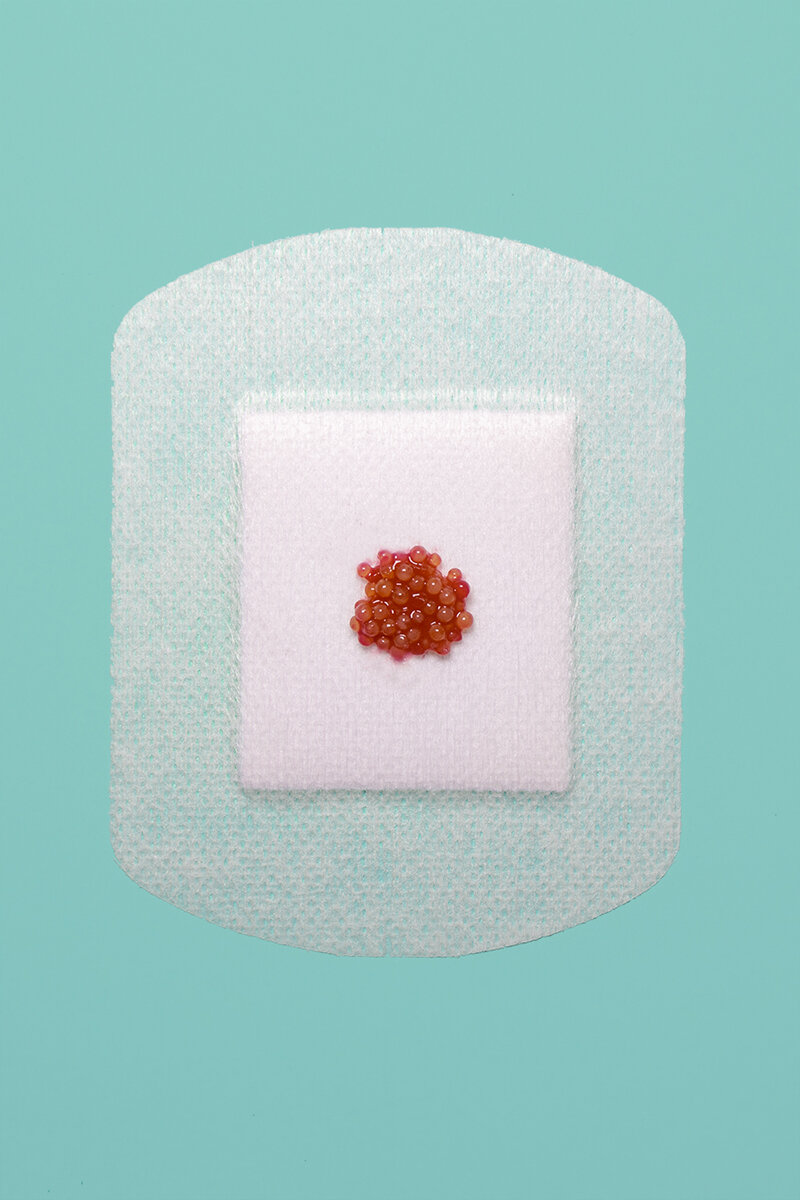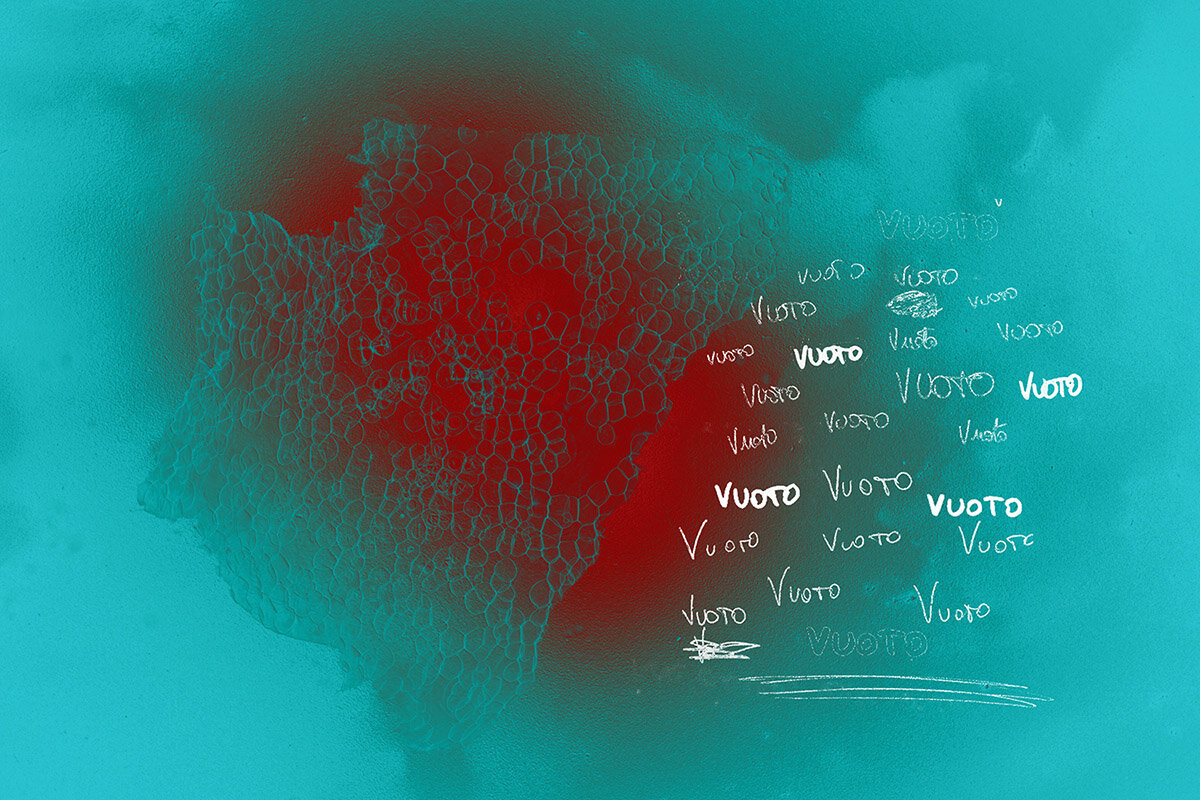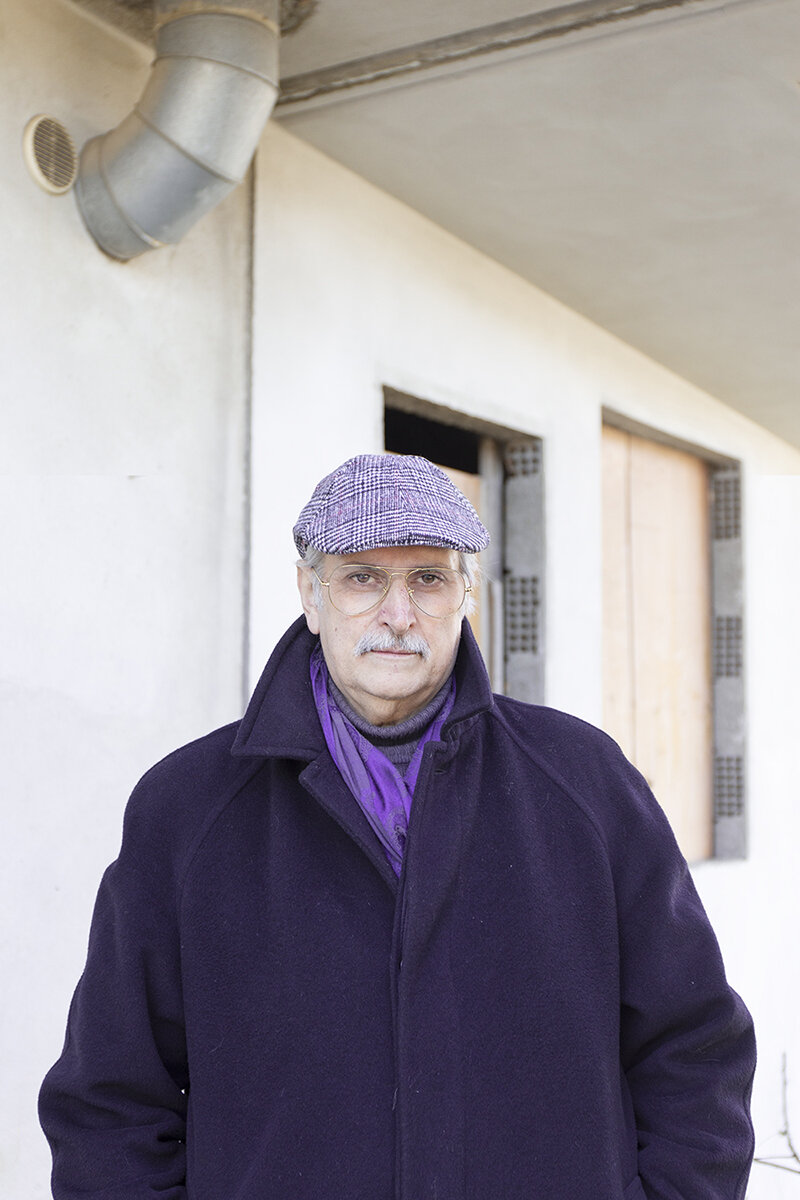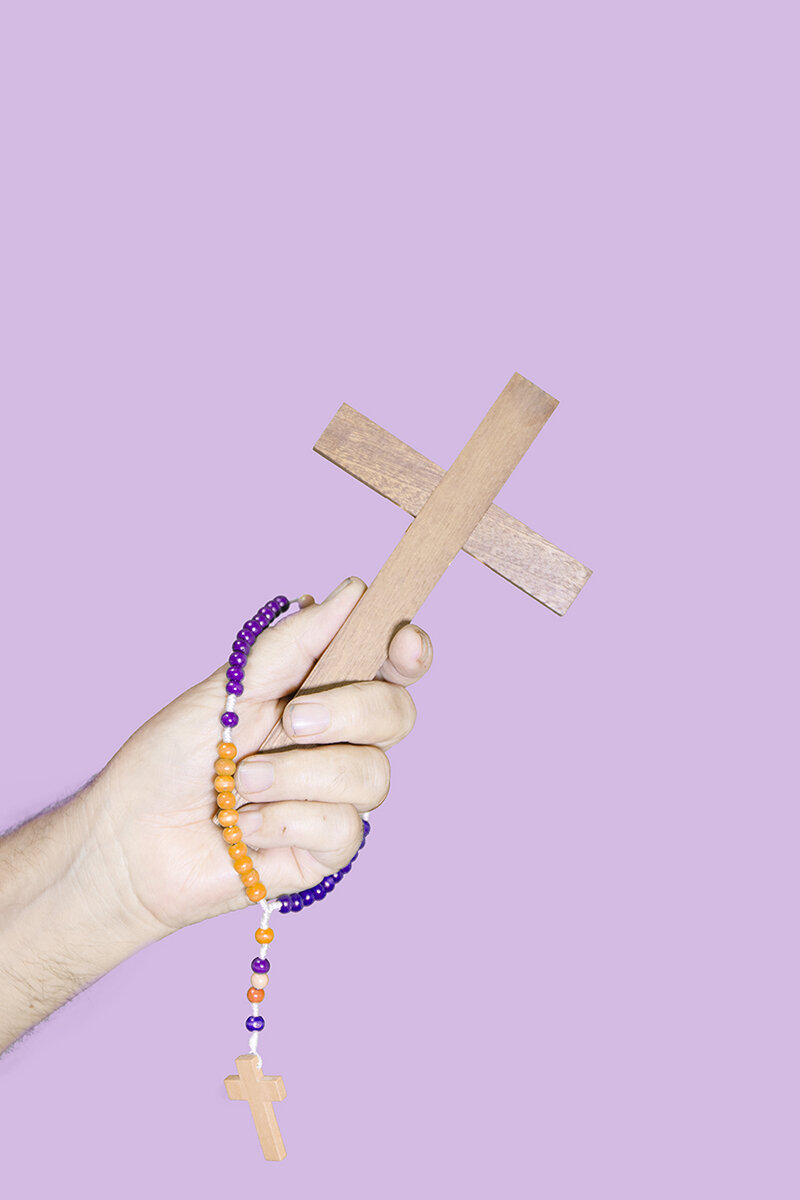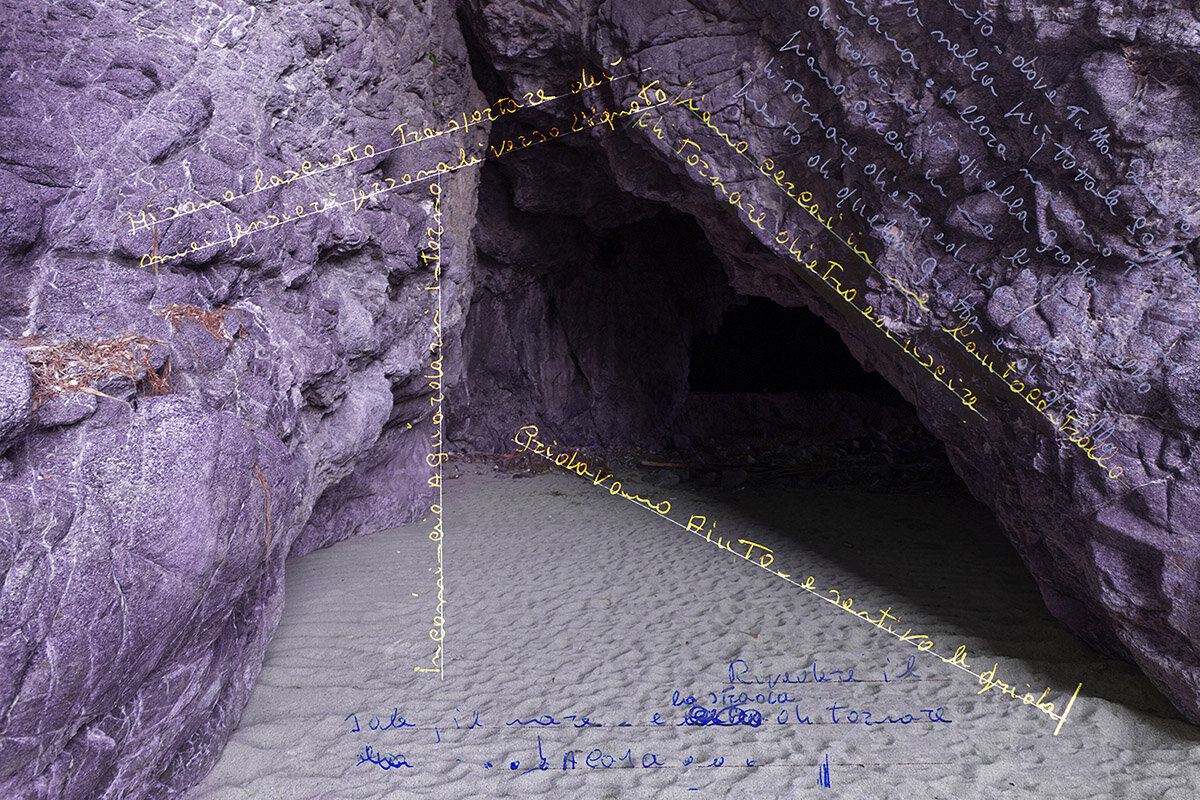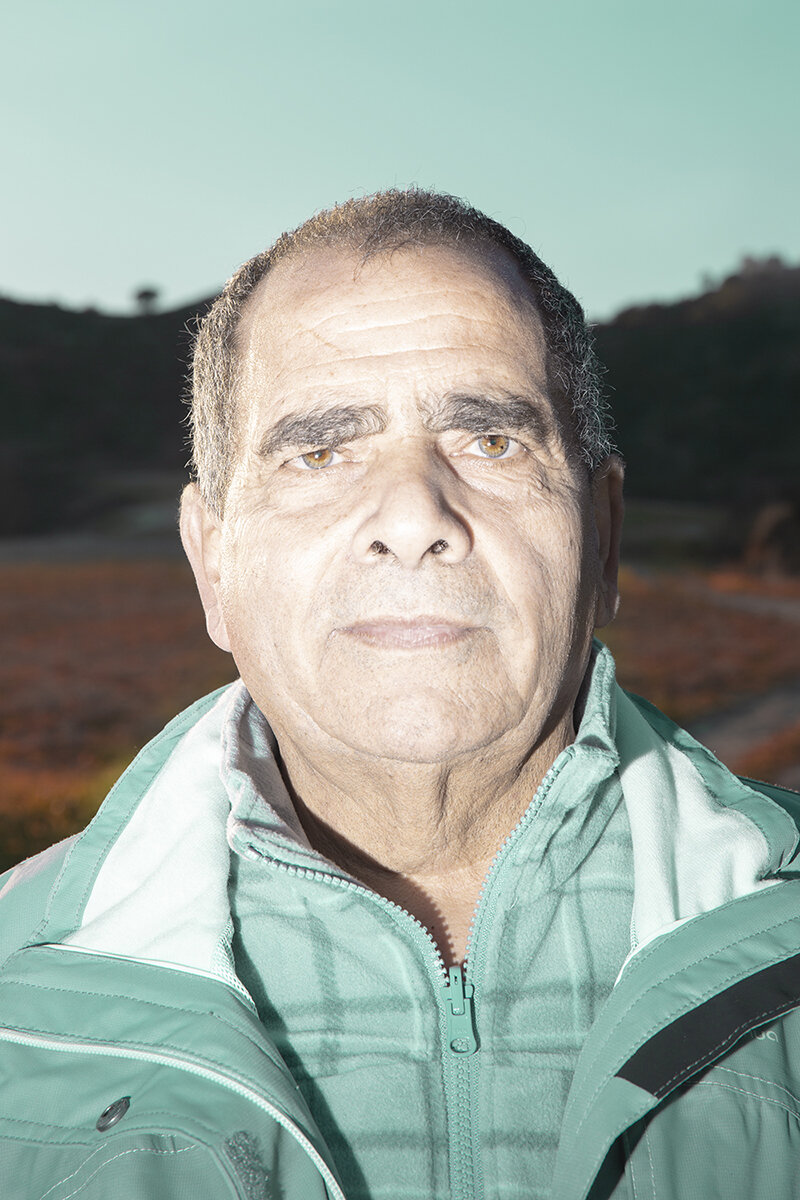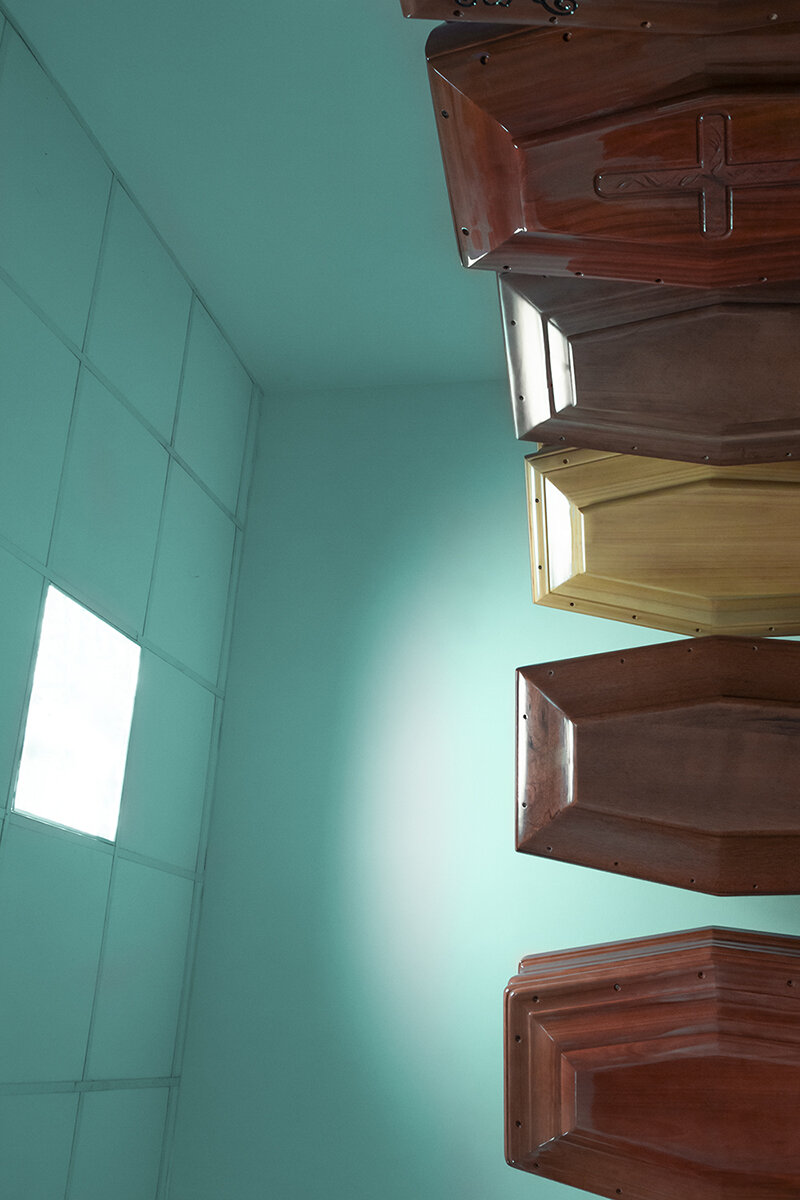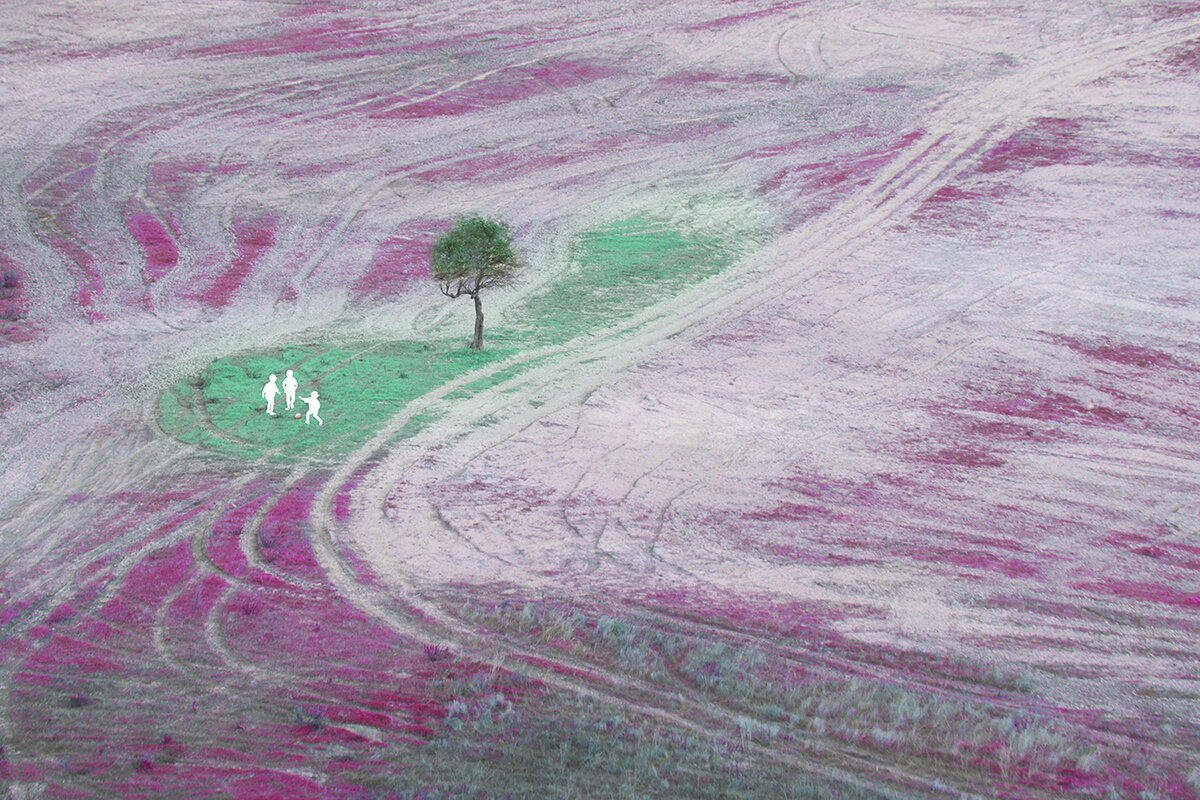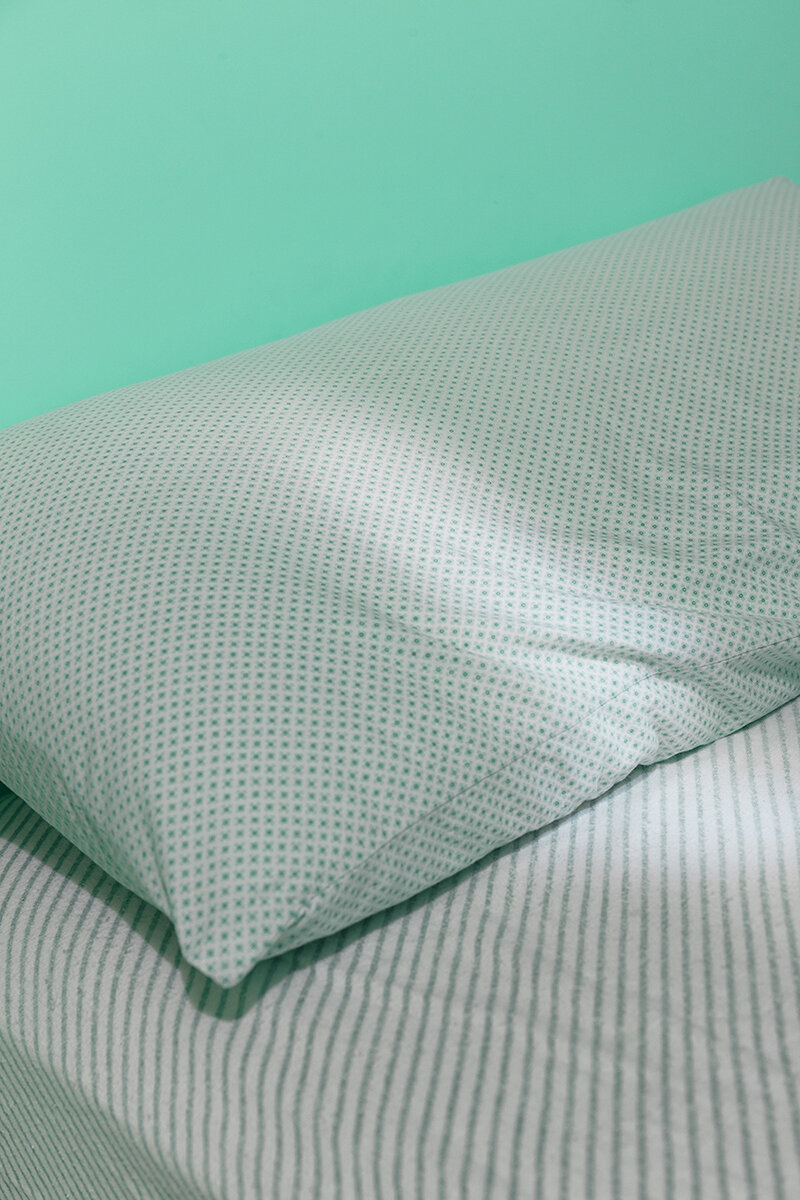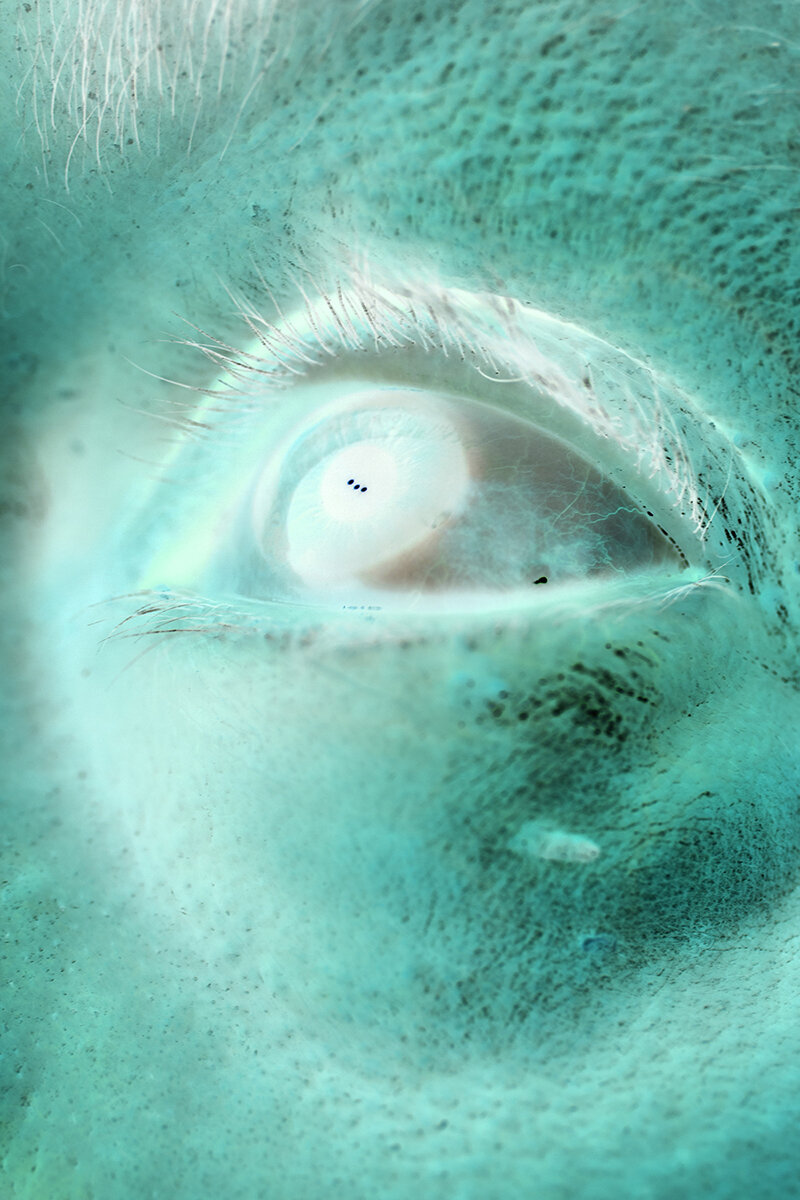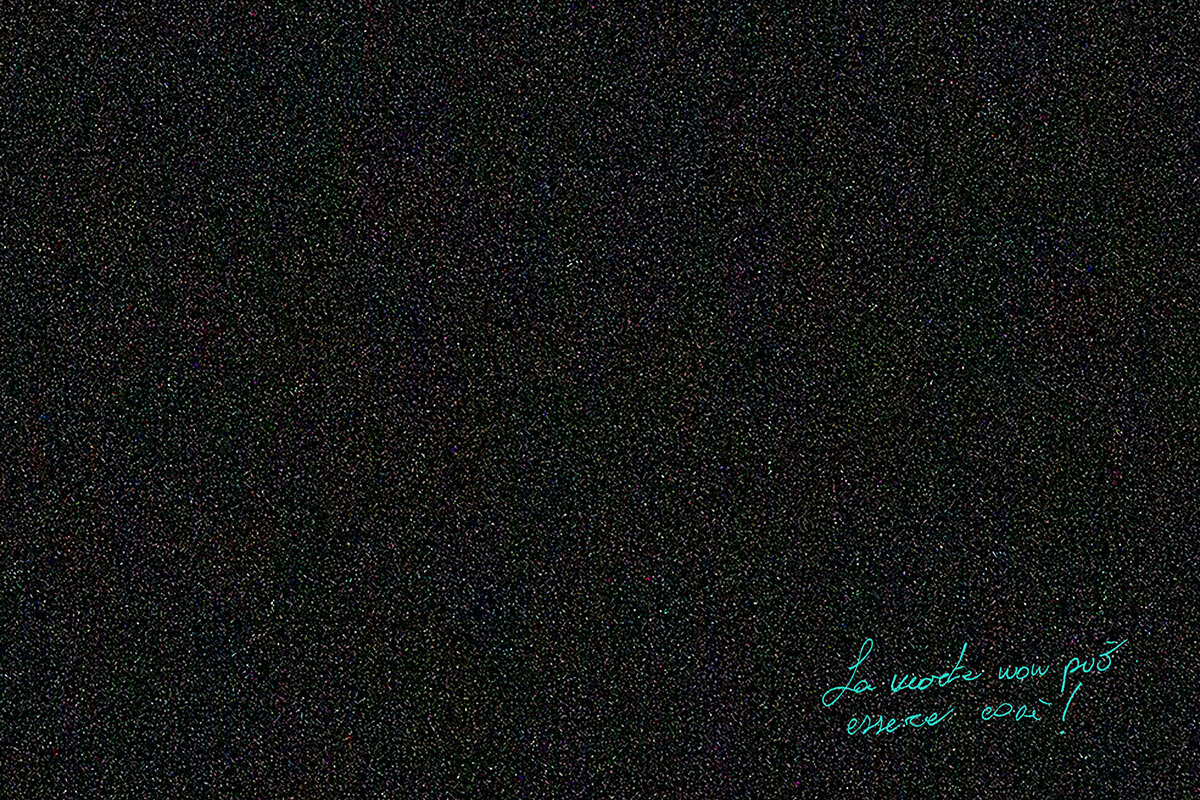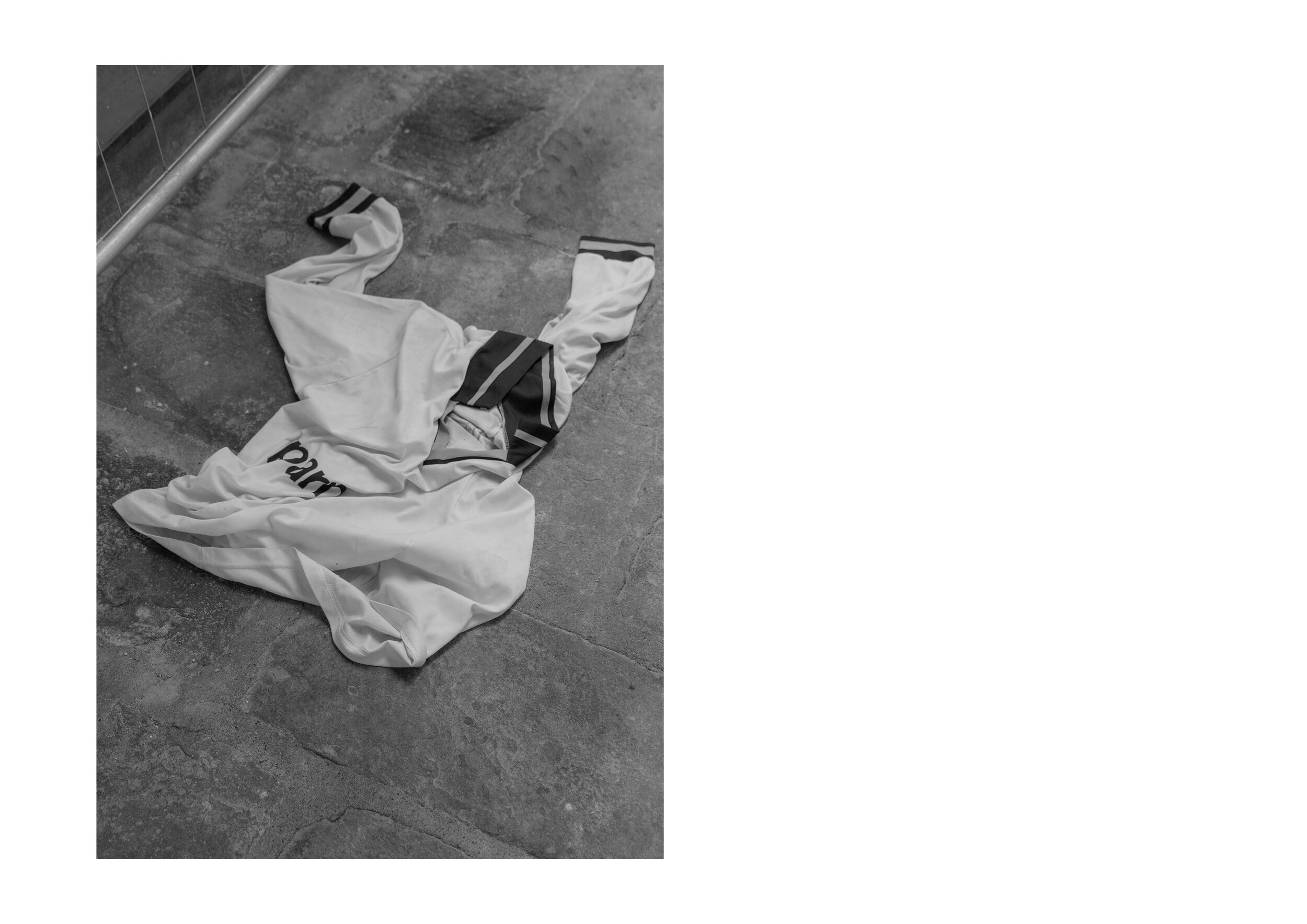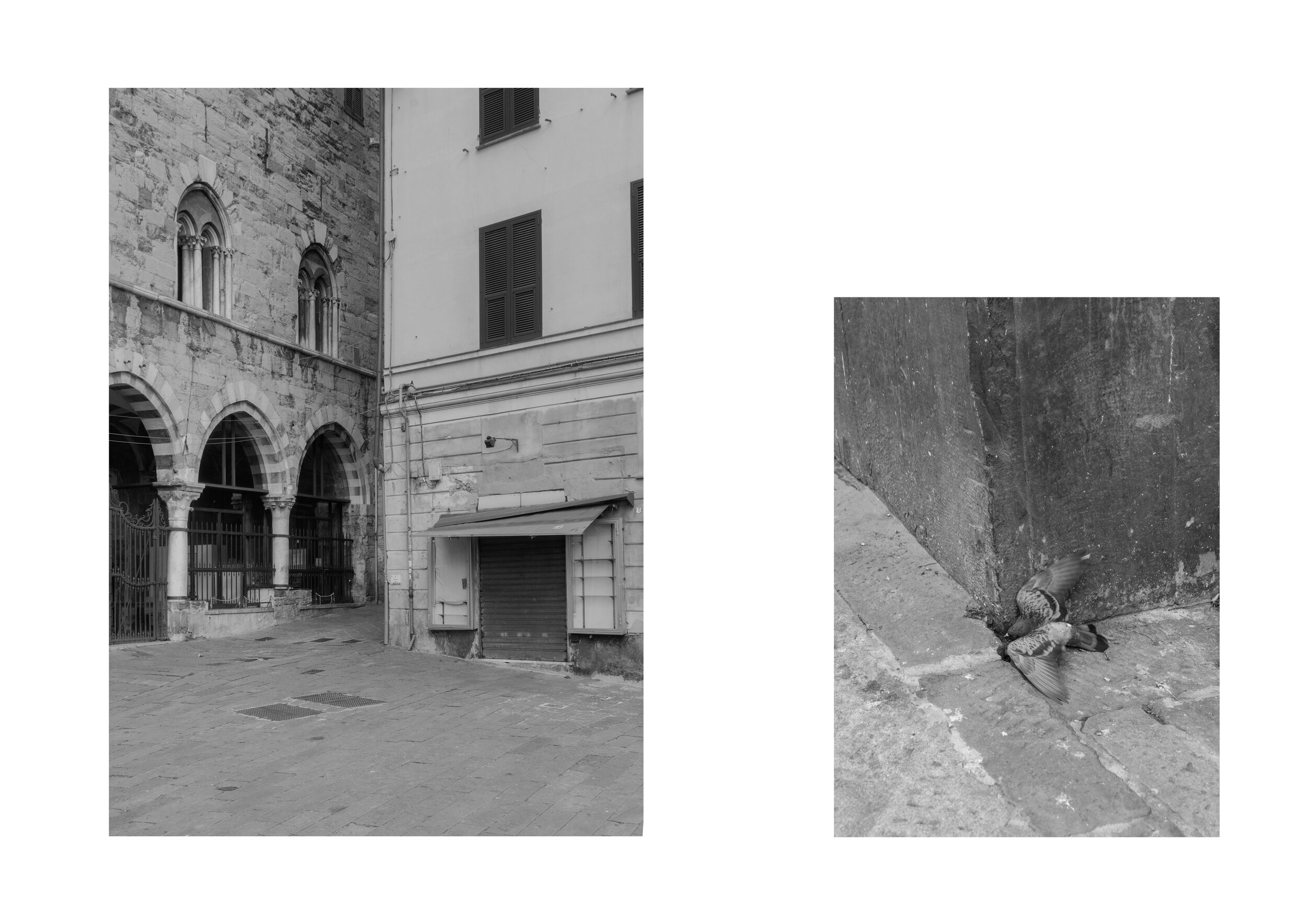Alexandre Silberman - Differences and Repetitions
- Aesthetics of disappearance and overlaying in Seine-Saint-Denis-
Established in 1968 for the purpose of fragmenting the Île-de-France’s “red belt,” the Seine-Saint-Denis department was formed in a way that simultaneously attached it to and isolated it from Paris. Ideologically split from the concomitant capital, it was also demographically, economically, and culturally disconnected, all while still being “the periphery of. In opposition to Paris’ immutable heritage, the area asserted its own identity through its heterogeneity, the plurality of its voices, and the radicalness of its mutations. As the 2024 Olympic Games loom, of which it is one of the biggest beneficiaries, the Seine-Saint-Denis finds itself caught up in monumental building sites, whose scope contrasts the reality on the ground. Former vast agricultural plains that have become the most extensive industrial area in Europe, are now suffering from early urbanization; the most cosmopolitan department, but also the poorest in mainland France, happens to also be one of the youngest. Facing a prominent past and a difficult current situation, Seine-Saint-Denis is entering the 2020s with lofty ambitions for the future. At a time in which an army of cranes are working the grounds to build a shiny future–just as much as they are trying to bury an annoying present–it is an entire territory which makes its strata appear in our eyes. Agricultural and industrial, natural and urban, poor and opulent–all these asynchronous layers make up a complex landscape, both spatial and temporal, crossed by a constant balance of power. A balance of opposing the morbid repetition of the identical; the established order and its re-establishment, and the vigorous reputation of difference–that of life that disappears and springs again. Here, the latter has never seemed so beautiful. But, it has also, unfortunately, never seemed so fragile.
1/ Production unit for concrete with Hmong patterns on its silos // Aubervilliers // August 2019
The largest industrial area in Europe in the 1950s, and a symbol of a glorious past, that today is now devastated, the Plaine Saint-Denis extends over Saint-Ouen, Saint-Denis and Aubervilliers. It is in this latter city that this concrete production unit is located, strategically close to the Saint-Denis canal. Now famous for its many wholesaler shops (over 1,500), Aubervilliers is also one of the largest concentrations of the Chinese diaspora in France. Just a few steps from these shops (a sign in the background can be seen), the company CEMEX had chosen in 2016 to repaint its silos with Hmong patterns. Coincidence or not, two site employees are from this region.
2/ Babouche in a tram shelter // Porte de la Villette // August 2019
Formerly the “Granary of Paris”, the northern Ile-de-France territories, now corresponding to those of Seine-Saint-Denis, were very active agricultural areas. The Plain of Virtues, which spanned Aubervilliers and La Courneuve, was even the largest vegetable plain in France. With the gradual industrialization of the territory that began in the 1950s, concrete replaced mud, and market gardening activity fell sharply.
3/ Raymond young trumpeter of the kimbanguist fanfare // Georges-Valbon Park - La Courneuve // August 2019
4/ Romuald, young tuba player of the kimbanguist fanfare // Georges-Valbon Park - La Courneuve // August 2019
It is on a section of the old Plain of Virtues that the Georges-Valbon Park was created in La Courneuve. The third largest green space in the Ile-de-France region after the Bois de Boulogne and Bois de Vincennes, it is a plant island in an often very harsh urban landscape. This is where Raymond, Romuald and his colleagues from the Saint-Ouen Kimbanguist brass band rehearse every Saturday, making the brass ring out in the middle of the trees. Practiced almost exclusively in its country of origin, and among its diaspora, Kimbanguism is a religion of Congolese origin based on the Bible, but which includes Africa in the plan of Salvation of God for humanity. Although eminently peaceful, the organization is very steeped in military aesthetics, in which fanfare plays a very important role.
5/ Woman on a scooter // Georges-Valbon Park- La Courneuve // August 2019
6/ Zar Mohammad, young Afghan refugee // Georges-Valbon Park- La Courneuve // August 2019
His name was Zar Mohammad Miakhil, a young Afghan refugee who had agreed to have his photo taken. With the strange beauty of his presence on the rock, I decided to use my last few millimetres of film to take his portrait rather than my planned panorama. It was by coincidence that nearly a year later, I had come across a news piece in May 2020–that of an Afghan refugee killed by three police offices at Georges-Valbon park in La Courneuve. Before I even read more, I knew it was him.
The story is obviously sordid - under these conditions, how can it be otherwise? On April 15, in the same park emptied by containment measures, the young man was shot by the police in circumstances that are still murky. He allegedly threatened the police with a knife–three bullets, including one in the head. The fact is freezing, but made no noise. As Covid-19 took all the media space, few went to the case of Zar Mohammad Miakhil–a 25 year old man, described as calm and smiling by his relatives, but who for some time, also fell prey to a deep depression.
While we have talked a lot about the victims of Covid during the health crisis, it is also important to talk about the victims quarantine has killed. It has left people in complete psychological and social distress. If I had photographed Zar Mohammad Miakhil on this rock when it was at the centre of a desired territory, far from the rough urbanity which surrounds him, would he still be here today? It is now quite terrifying to see him peacefully seated, knowing he will only be killed here a few months later.
7/View from the belvedere // Georges-Valbon Park- La Courneuve // May 2020
8/ Naseer // Saint-Denis // June 2020
9/ Jacket in barbed wire // Porte de la Chapelle // June 2020
10/ Former crack hill, in the process of revegetation // Road interchange of Porte de la Chapelle // June 2020
11/ Refugee camp alongside the Saint-Denis canal // Aubervilliers // May 2020
12/ Kada // Aubervilliers // June 2020
13/ Picturesque facade // Aubervilliers // August 2019
Along the Saint-Denis canal stands this painted fresco on the metal wall of a building. A dreamlike landscape of a tree and natural banks, just a stone's throw from the concrete banks of Aubervilliers, it opens onto a curtain with what appears to be an oriental motif. The building is recognized as a landmark of October 17, 1961, the date of the Paris massacre, where more than a hundred Algerians came to demonstrate for their independence. Inaugurated in 2015, this place is part of the recognition by the French State of the crimes perpetrated during the Algerian war, and more generally, the brutality of its colonial past.
14/ Fishing scene// Aubervilliers // October 2019
15/ Construction site along the Saint-Denis canal // Saint-Denis // November 2019
It was by and thanks to the Paris canals, inaugurated in 1821 and of which the Saint-Denis canal is a part, that the industrialization of a hitherto predominantly rural territory was able to take place. But with gradual deindustrialization, the banks have gradually fallen fallow. Yet, in the run-up to the 2024 Olympic Games, they have once again become a major issue. Already equipped with the Stade de France, the city of Saint-Denis will see the official aquatic center of the competition being built on its land, as well as the athletes' village. This leads to a change in the organization of the territory, especially in its access and circulation routes. The banks, as a privileged connection point between Paris and Seine-Saint-Denis, is thus the subject of a priority development program aimed at transforming the canal into a linear park. To provide for the good performance of all the projects it has to operate, Seine-Saint-Denis has received two billion in investment. A considerable sum for a department which is currently the poorest in mainland France.
16/ Bonifon going home // Saint-Denis // November 2019
In order to go from Versailles to Saint-Denis without entering Paris, Louis XV took a path first called “Princes’ route", then "Route of the revolt". This change in name would have various origins, but always with a common point in a popular uprising against the monarch. Since then, the king has died, but the route is still identifiable, especially in Saint-Denis where the only reminder of this past appellation remains, across the bridge of the revolt. The path of nobility has become a wide road, saturated with cars, the end point of which is a puffy multimodal pole. In this gray din, along Boulevard Anatole France, lives Bonifon. In the middle of a forest of pillars whose height gives the whole appearance of a road cathedral, the concrete slides have become a boundary of property. And despite the unhealthiness of the whole, there emerges here a strange impression of organization, and even of beauty. While the laundry is drying, Bonifon comes in one last time to check if the fire is out, before leaving. "If I'm in the photo, it changes the meaning, it becomes ridiculous." His home is threatened by the development of the new Pleyel interchange, necessary for traffic to the Olympic village. These works, which are very controversial because of its very harmful ecological consequences (forecast of + 30% of traffic in the neighbourhood), have barely started, leaving Bonifon a little respite.
17/ Pleyel tower // Saint-Denis // November 2019
18/ Flyer « Say Jewel to the lady » // Saint-Denis // February 2020
19/ Moussa taking a pause after a shopping session // Porte de Clignancourt // November 2019
20/ Four tower Blocks // Aubervilliers // December 2019
21/ Entrance hall of the Saint-Paul of the Plaine Saint-Denis church // Saint-Denis // March 2020
22/ Mamadou on the way to go to a New Year Party // Aubervilliers // December 2019
23/ Roberto, youthful Roma, in front of the family van // Aubervilliers // December 2019
"Nomads are those who do not move. They become nomads because they refuse to leave." Arnold Toynbee, quoted by Gilles Deleuze in POURPARLERS. As I was portraying someone else in front of one of the many vacant lots in the city, Roberto came to see me and asked me to do his. The child was confident. Refusing my initial proposal to do it in front of this same vacant lot, he insisted on doing it in front of his van. He was right. When I returned a few months later, the van was no longer there. The vacant lot was under construction, I then thought back to Toynbee's words. It was in front of his real “territory” that Roberto had chosen to be photographed, one whose stability can only be acquired in motion.
24/ The front tree // Aubervilliers // December 2019
After confinement, I returned to Seine-Saint-Denis to the places I had previously photographed. I was marked by the number of disappearances that there had been. Not all were equally important, not all were as brutal, but they all had in common to point out the fragility of the living, here specifically. Here, time seems to flow faster than in the concomitant capital, frantically burying men, animals and plants. Often the weakest. Often the most beautiful. Like this tree, of which there was only a cut trunk in May. The cranes have never seemed to grow so fast. In his major construction project for the 2024 Olympic Games, many residents of Seine-Saint-Denis blamed the department for an ecological denial on its part, endangering the living by the acceleration of the urbanization of its land.
25/ Golden building // Bagnolet // December 2019
26/ Equestrian statue // Epinay-sur-Seine // November 2019
27/ Sheep out // Georges-Valbon Park- La Courneuve // May 2020
28/ Livestock classification table // Georges-Valbon Park- La Courneuve // May 2020
29/ Greenhouse // Gally farm - Saint-Denis // February 2020
30/ Three sheep in their enclosure // Gally farm - Saint-Denis // February 2020
31/ Ring-road exit // Porte de Clignancourt // March 2020
32/ Two boys in qamis taking a selfie on top of a concrete pyramid // Georges-Valbon Park- La Courneuve // August 2019
One of the many concrete eruptions in La Courneuve Park is used as play, rest, and an observation space for the various visitors of the site. It also echoes the words of Allain Provost, landscaper in charge of the project, who compared the mass of work required the construction of the park "equivalent to four pyramids of Cheops". But, it is above all, an imprint of a fundamentally heterogeneous territory, in which the different strata - nature / urbanity / plant / humanity/ past / present - coexist to compose a sometimes strangely beautiful landscape.














